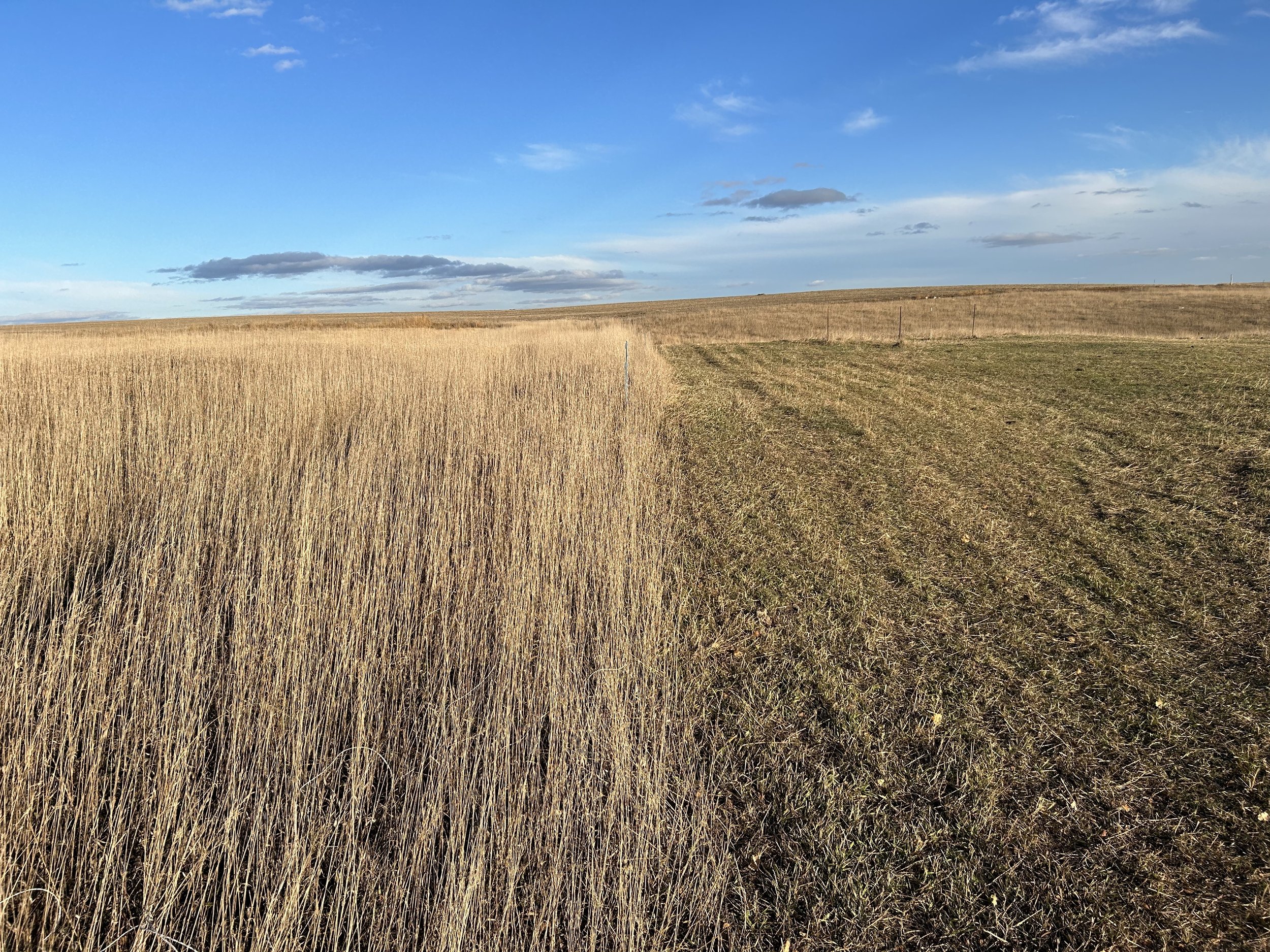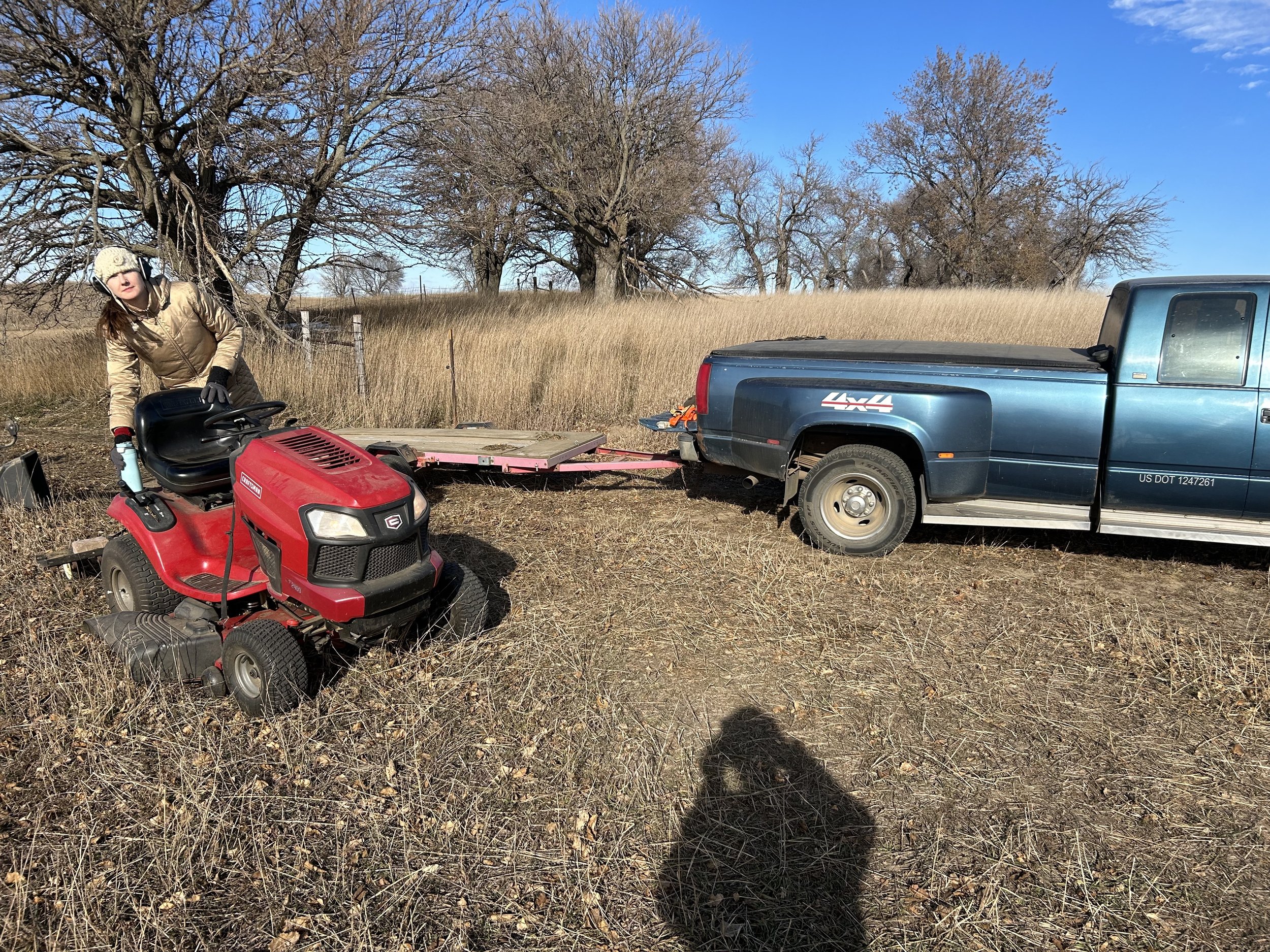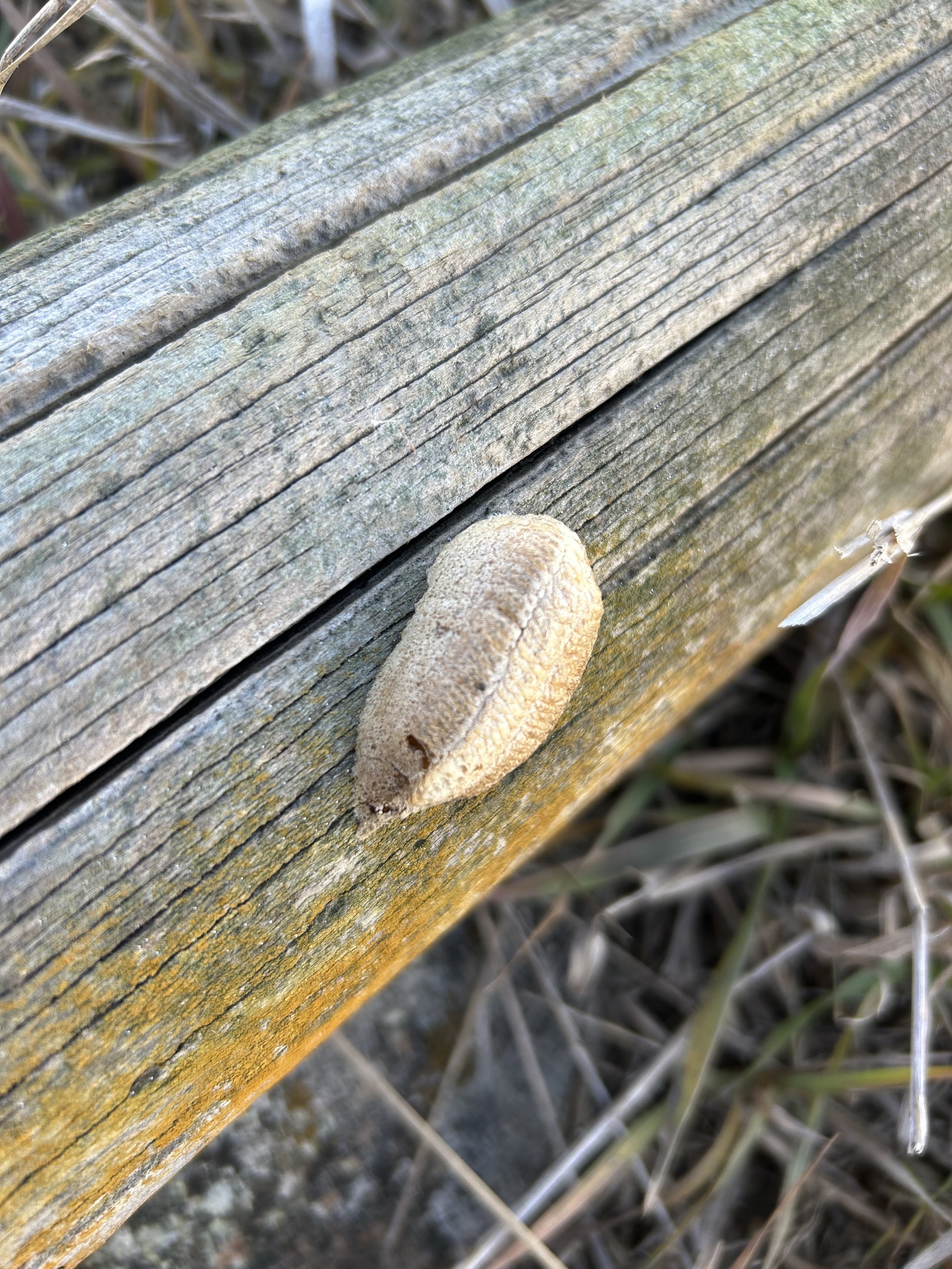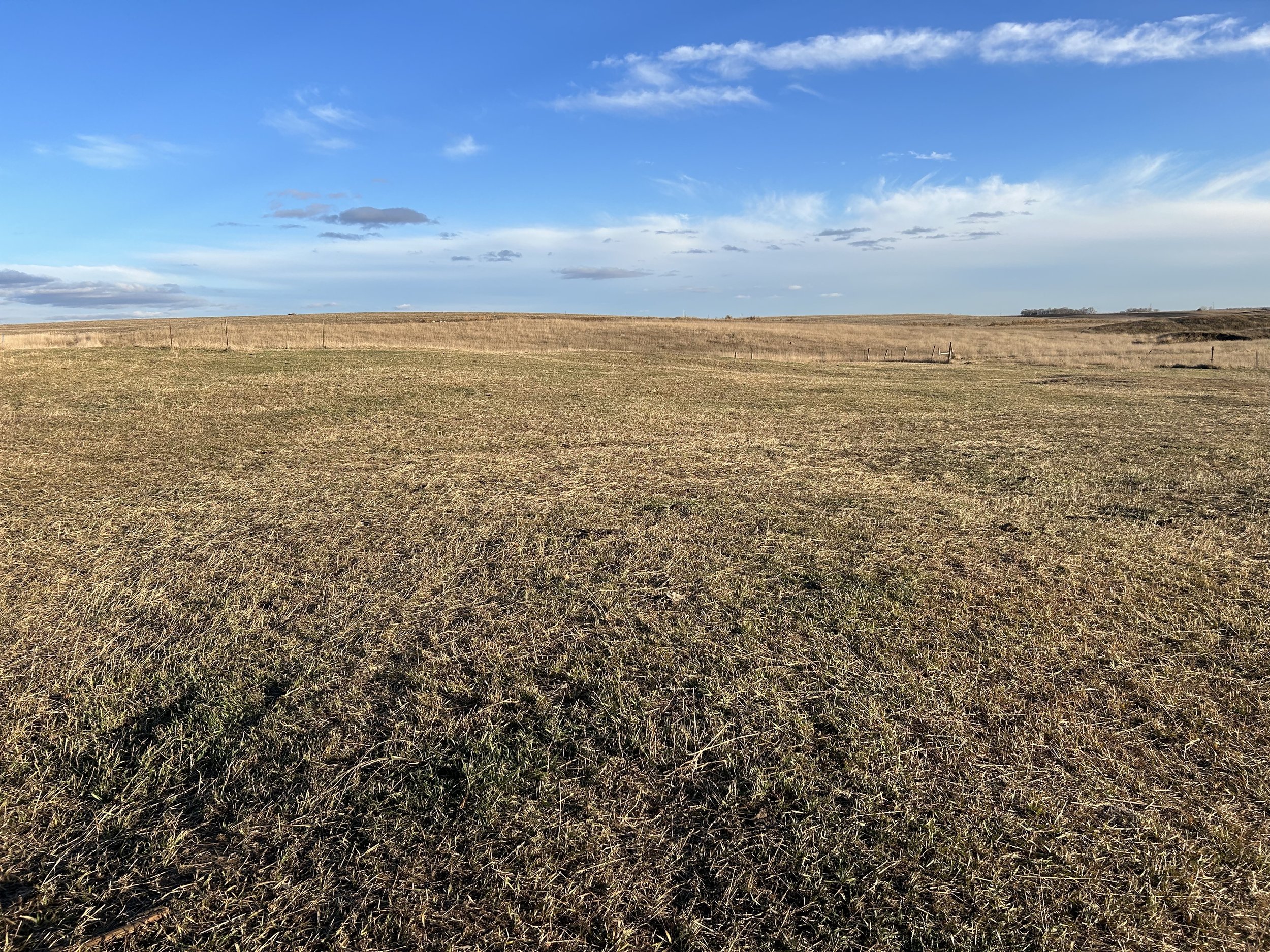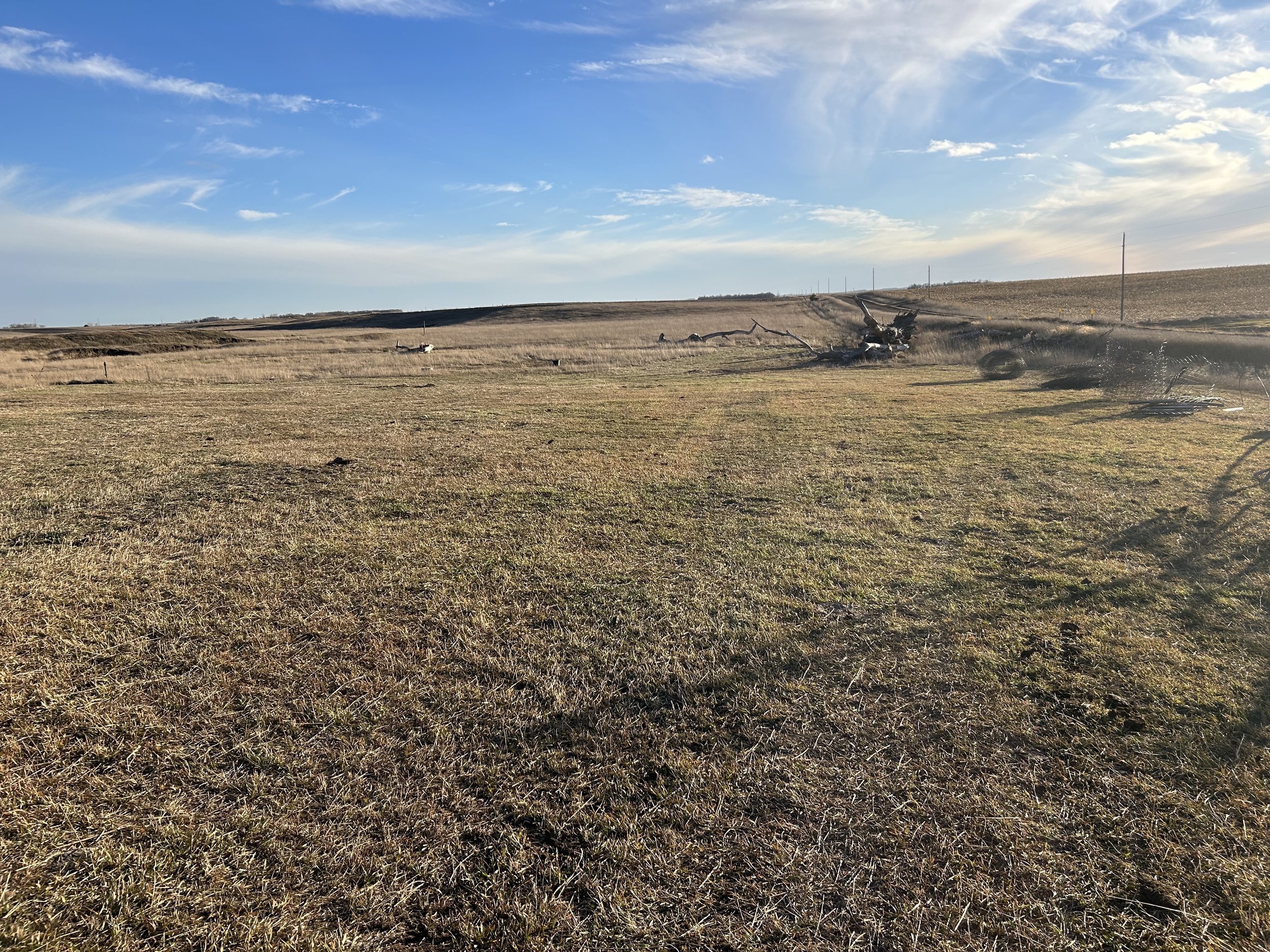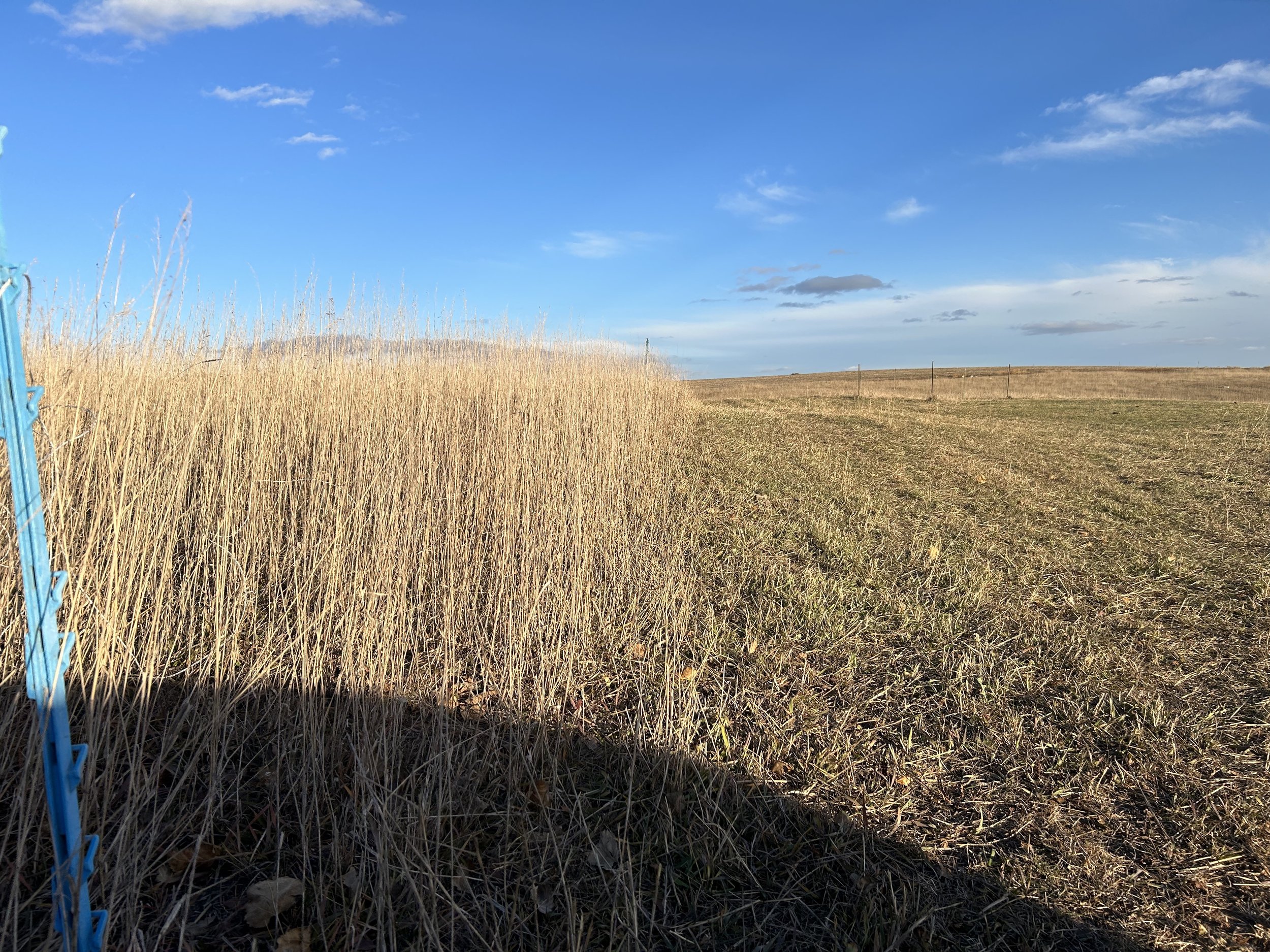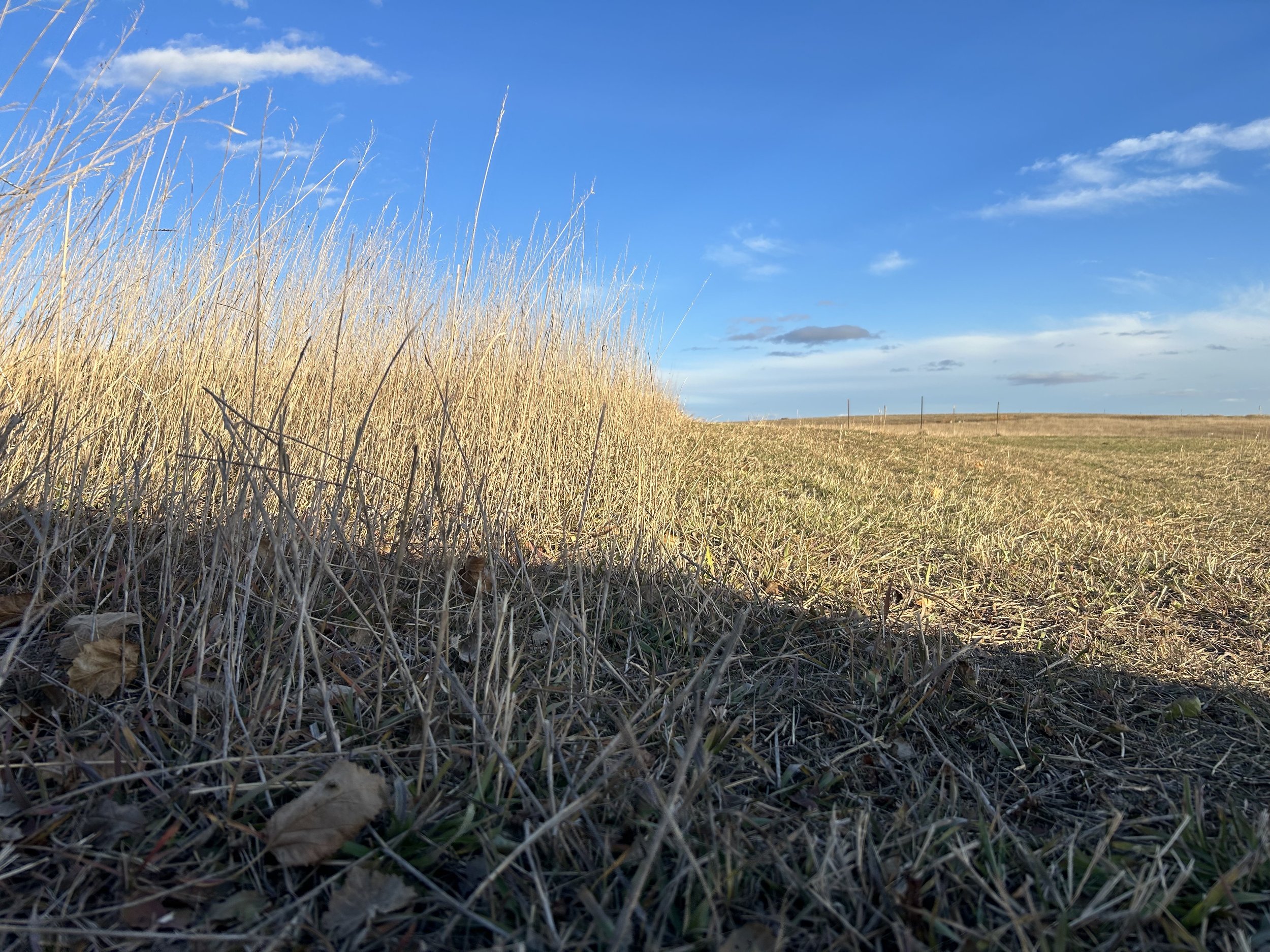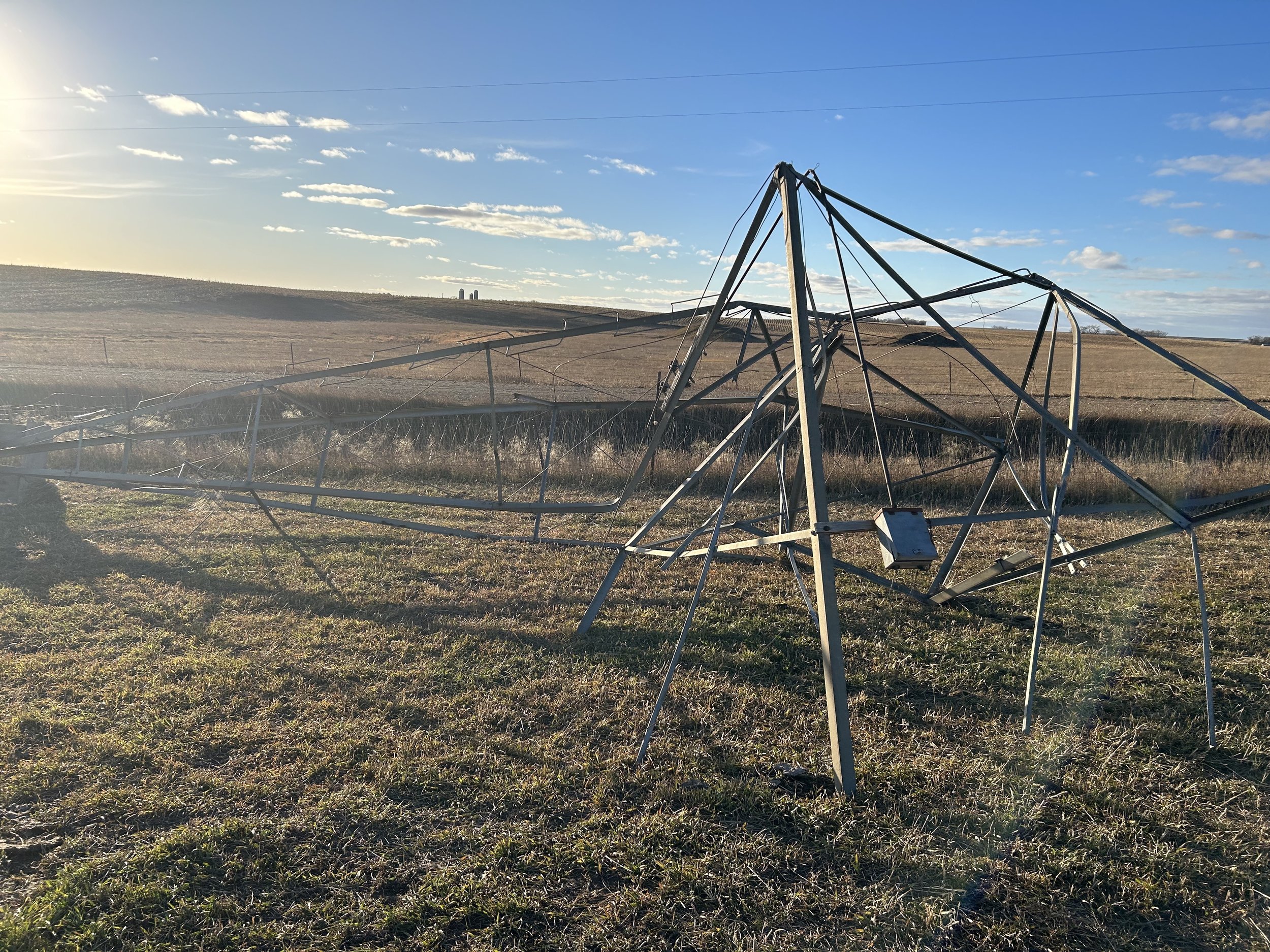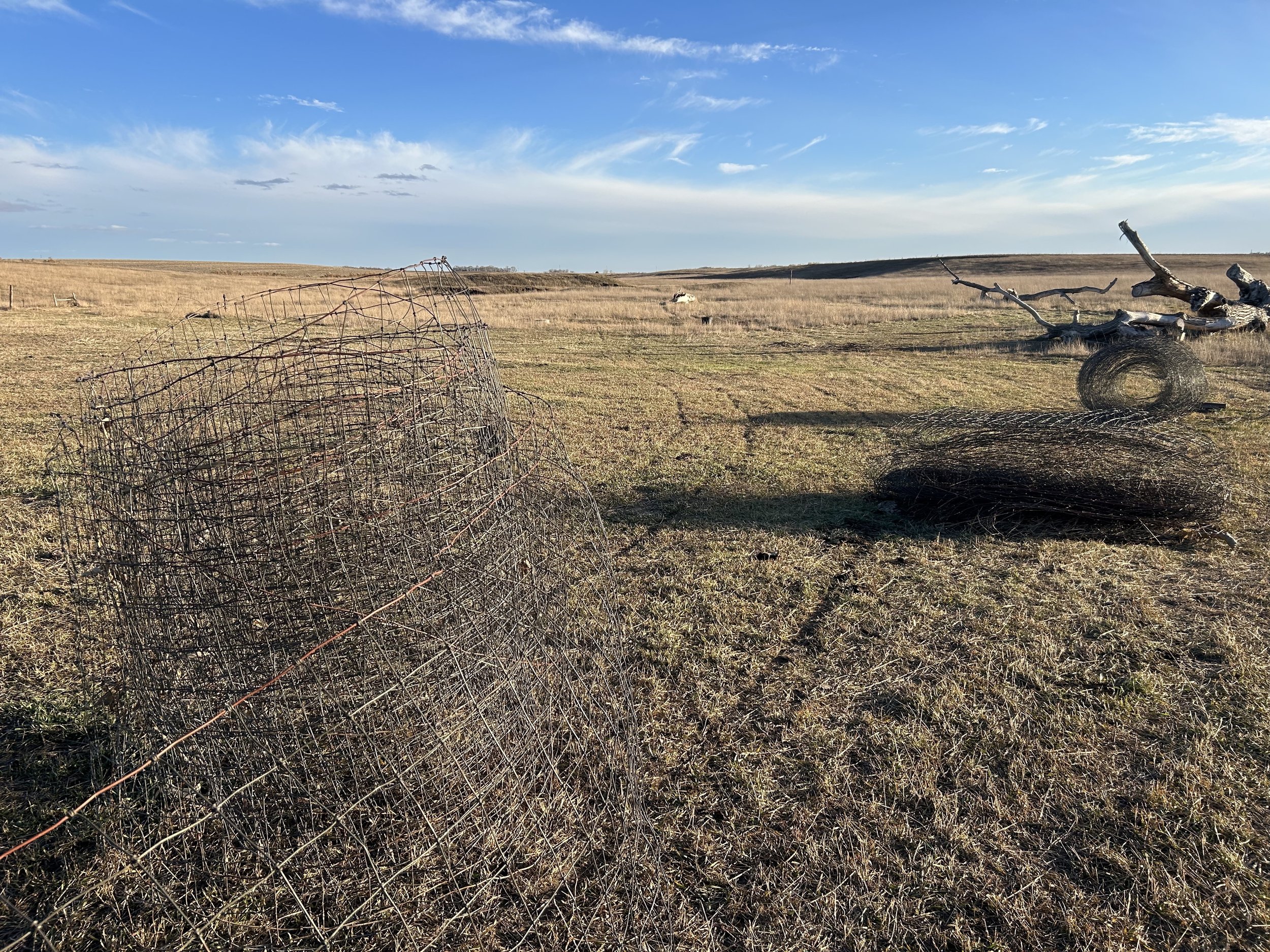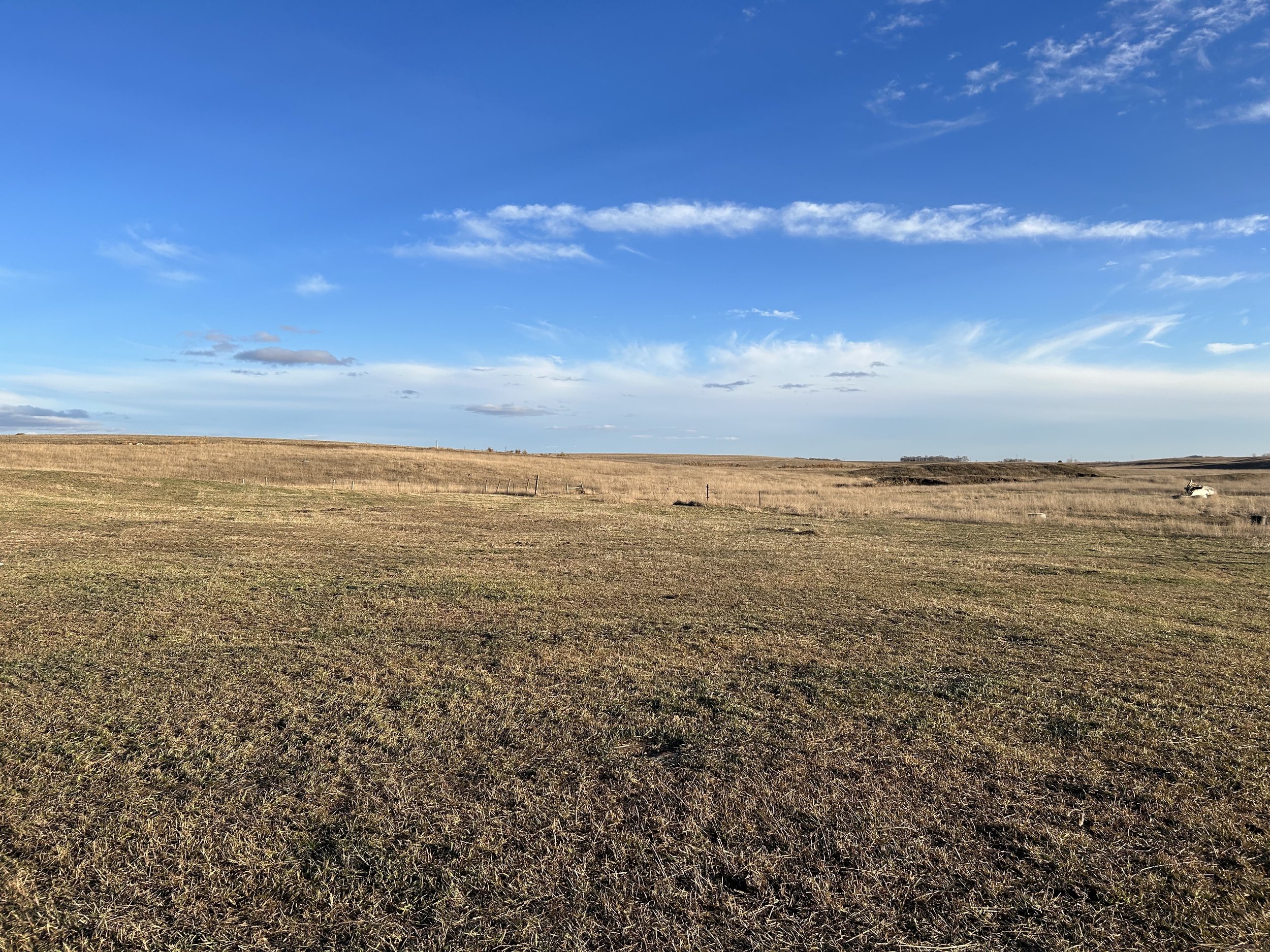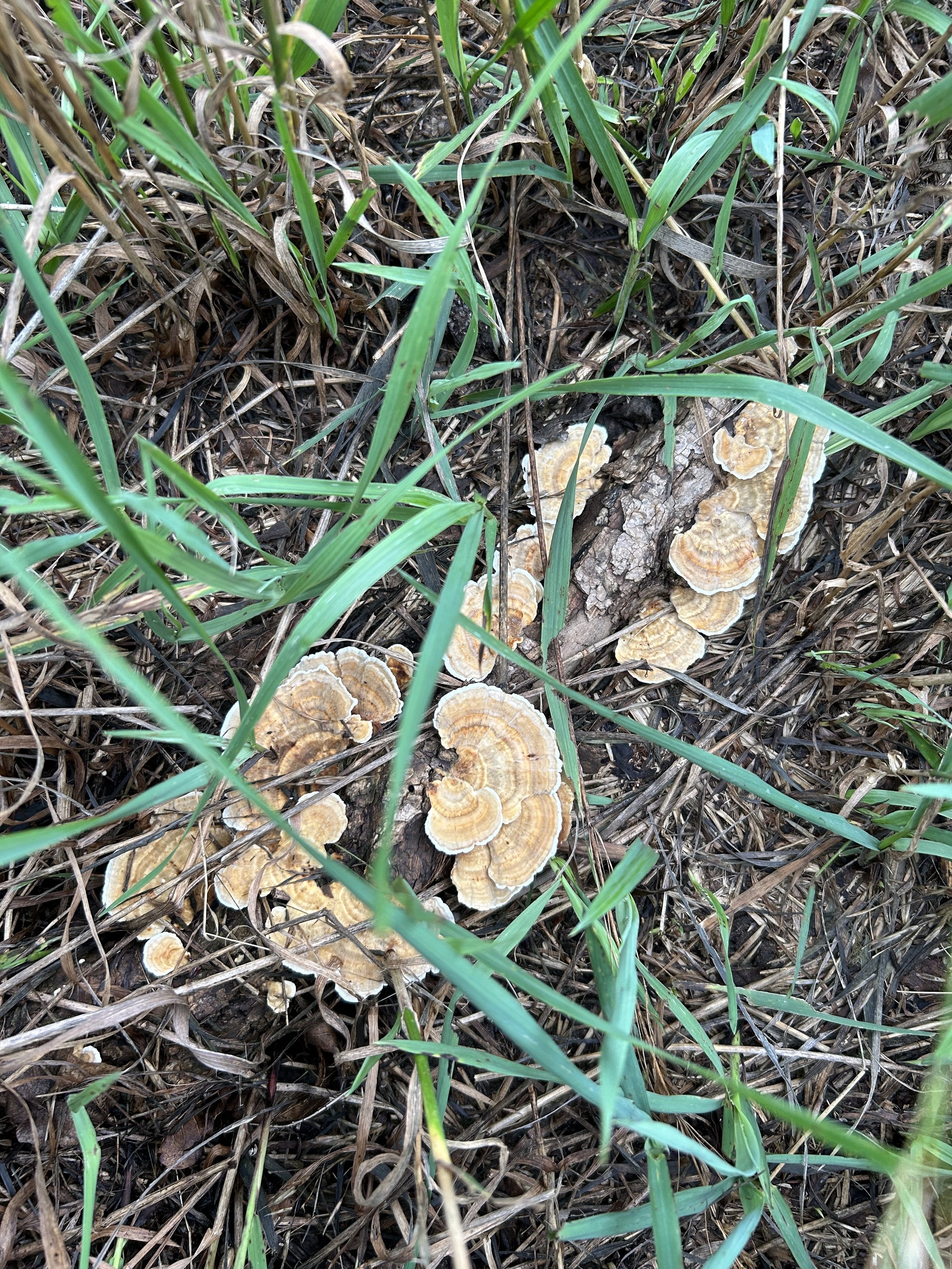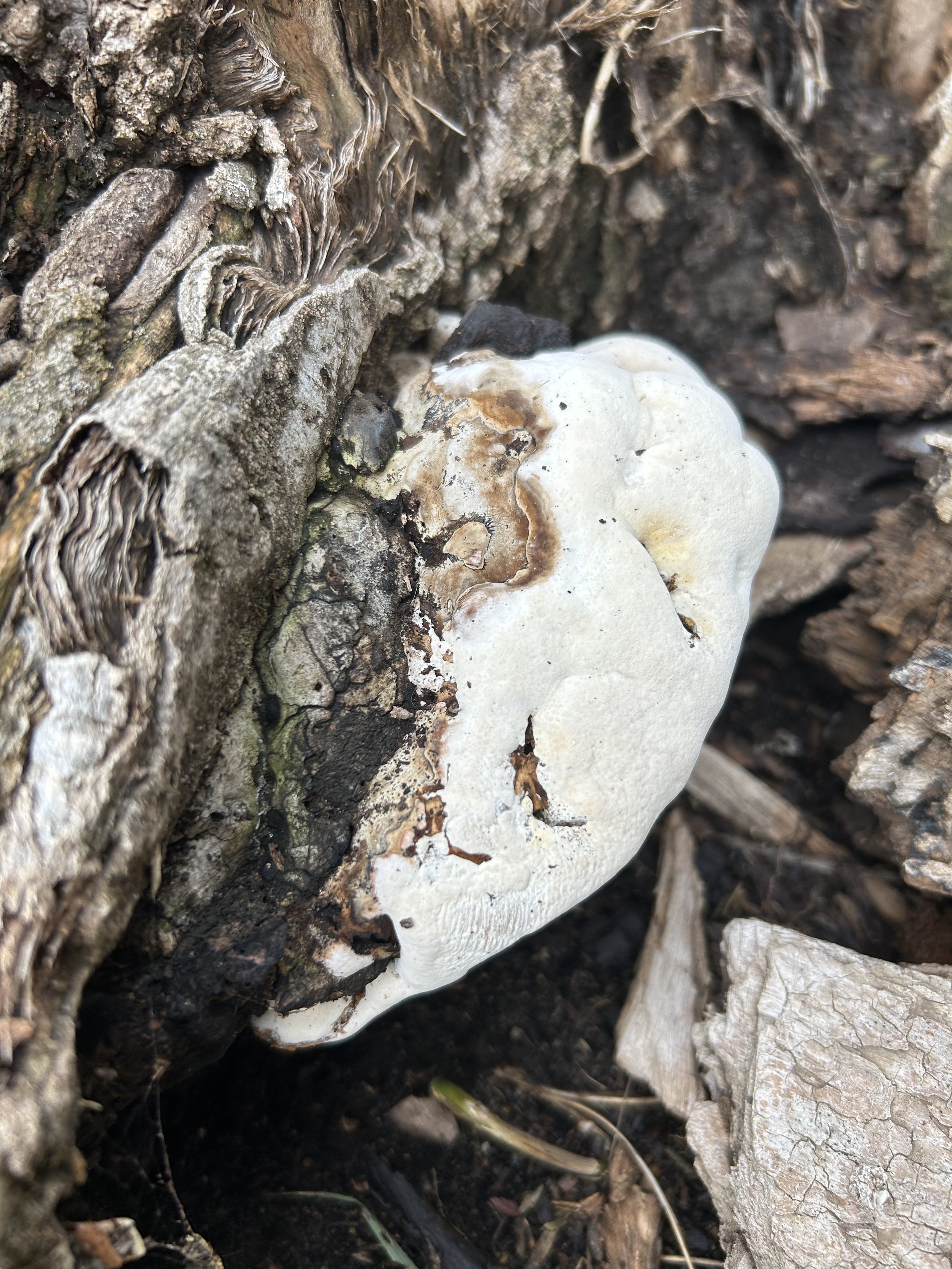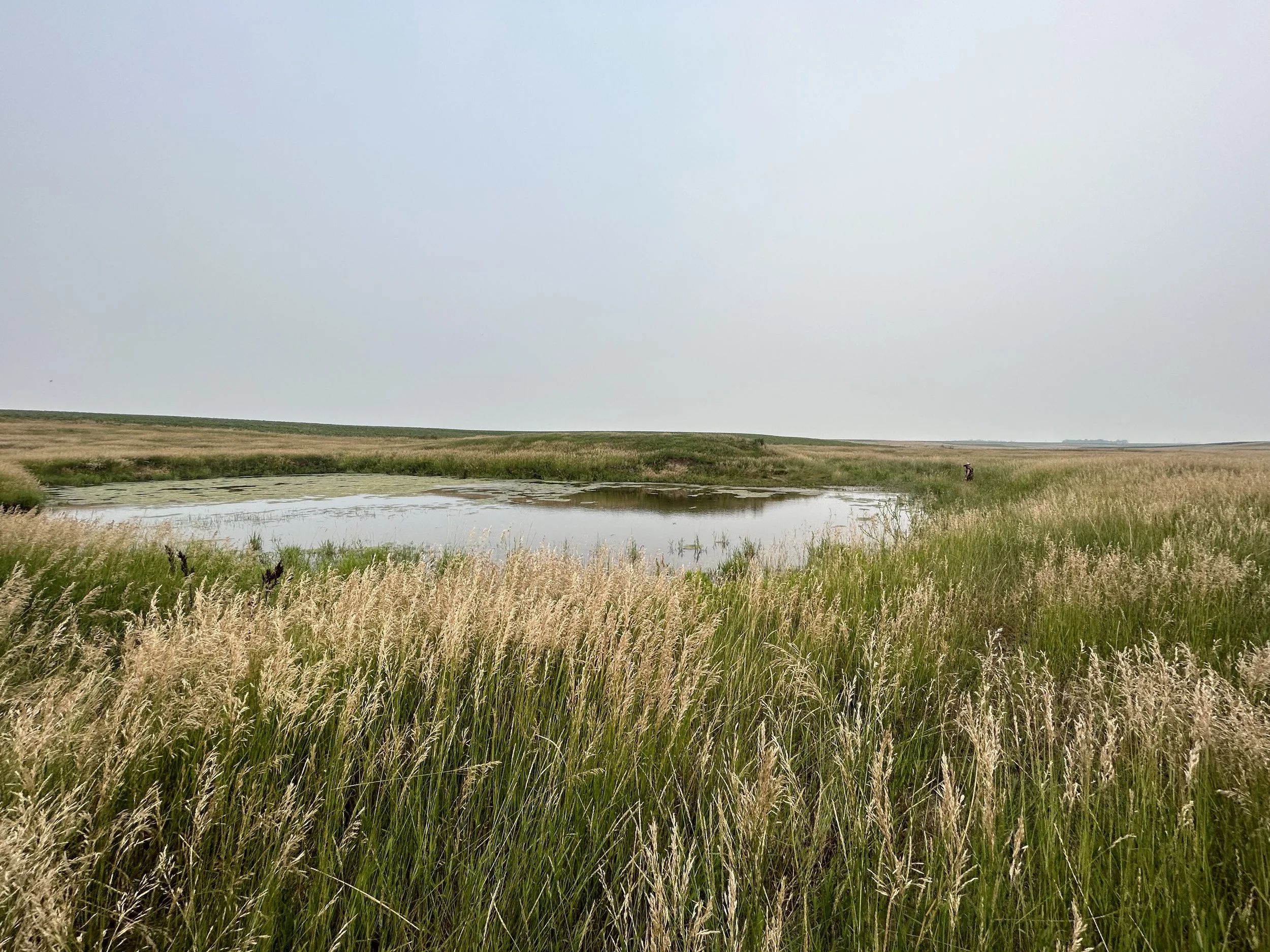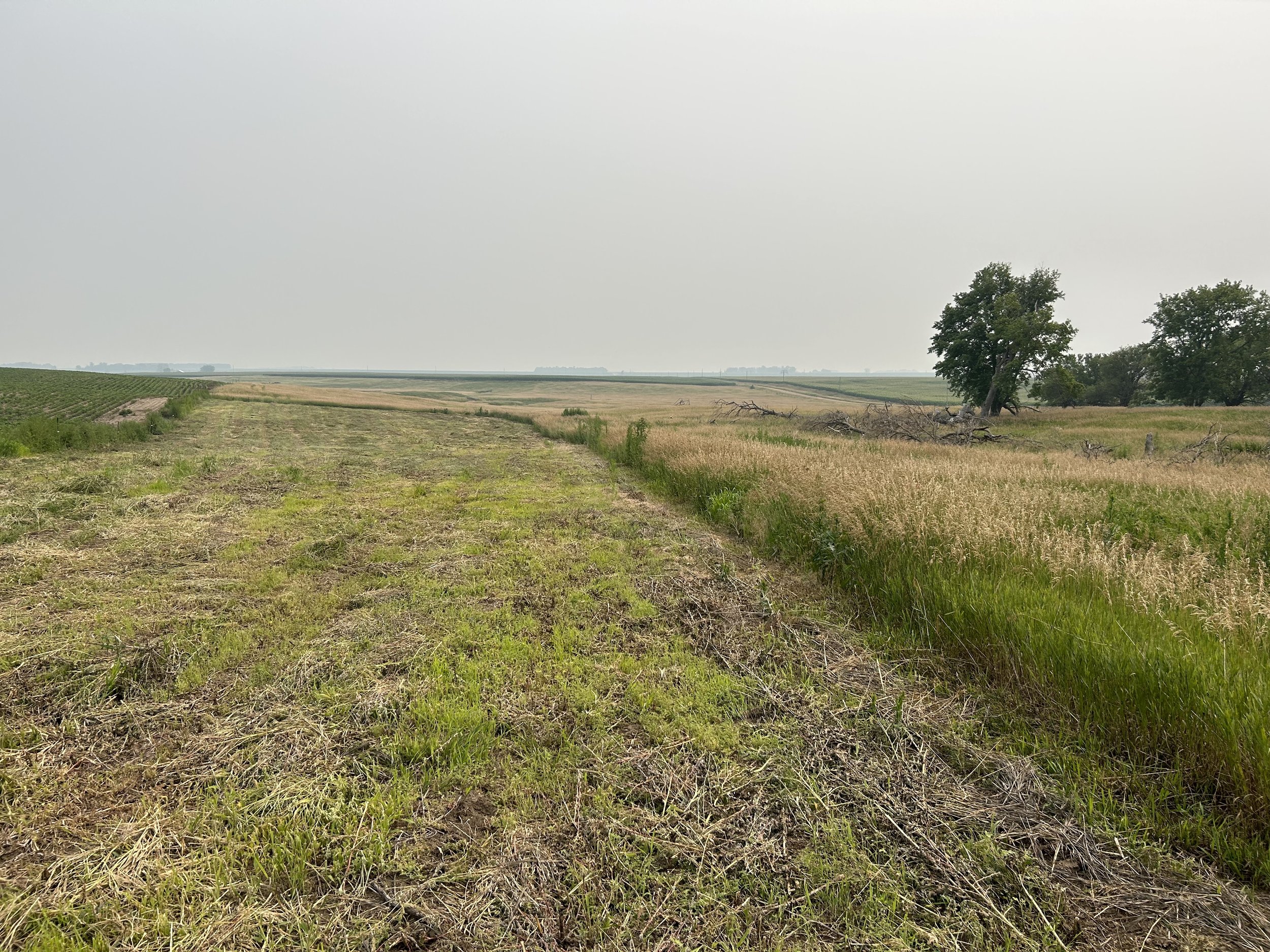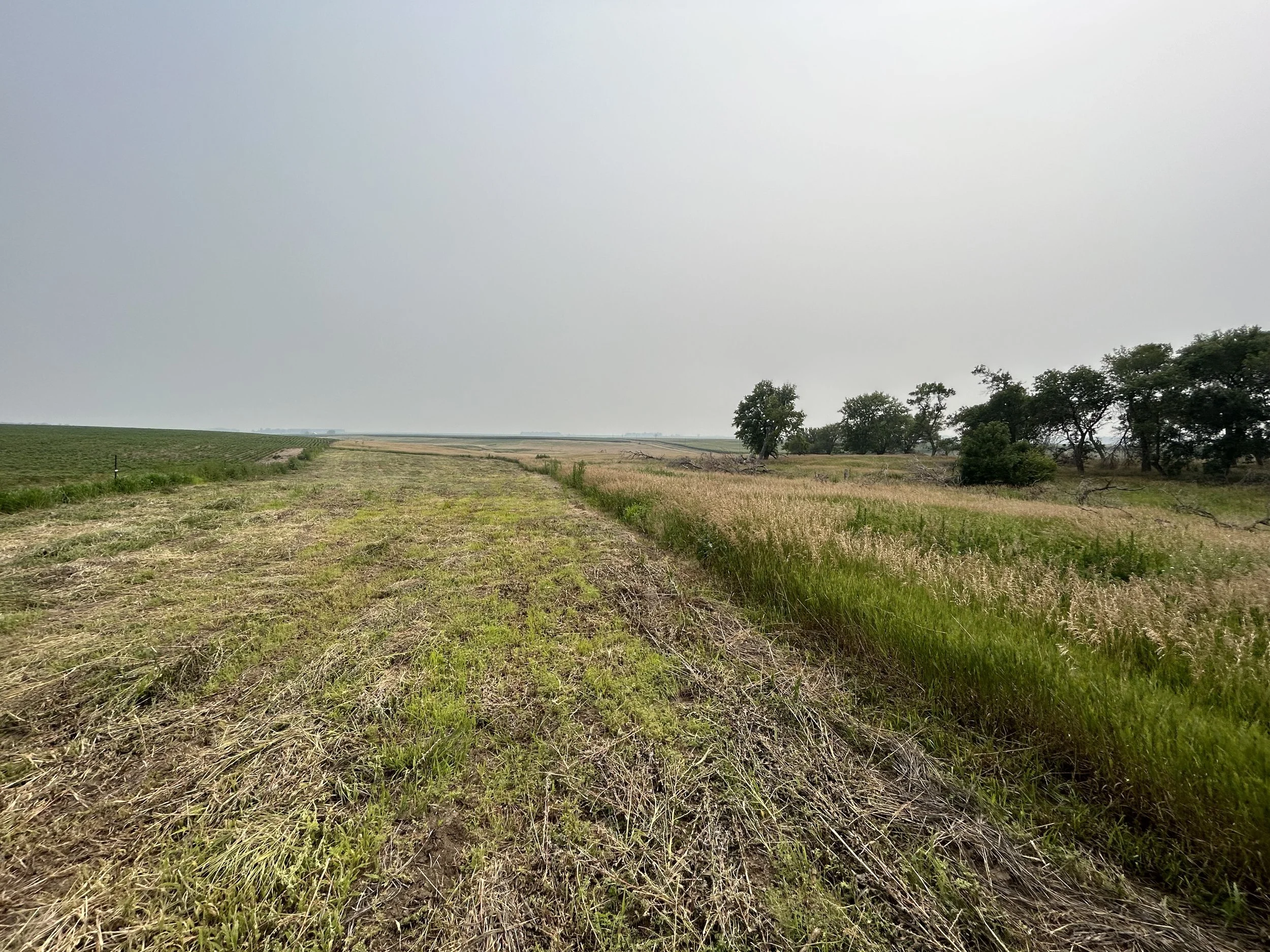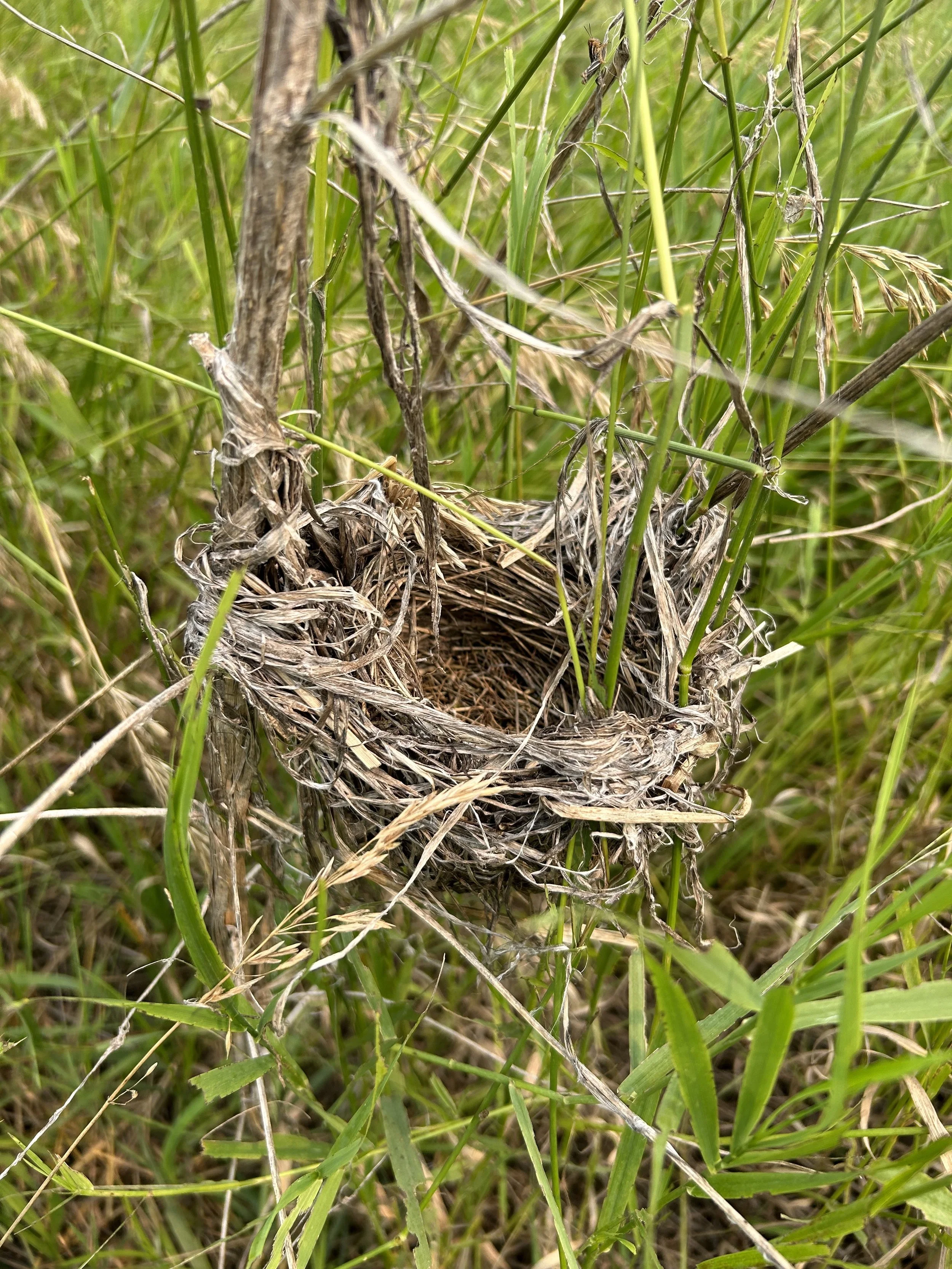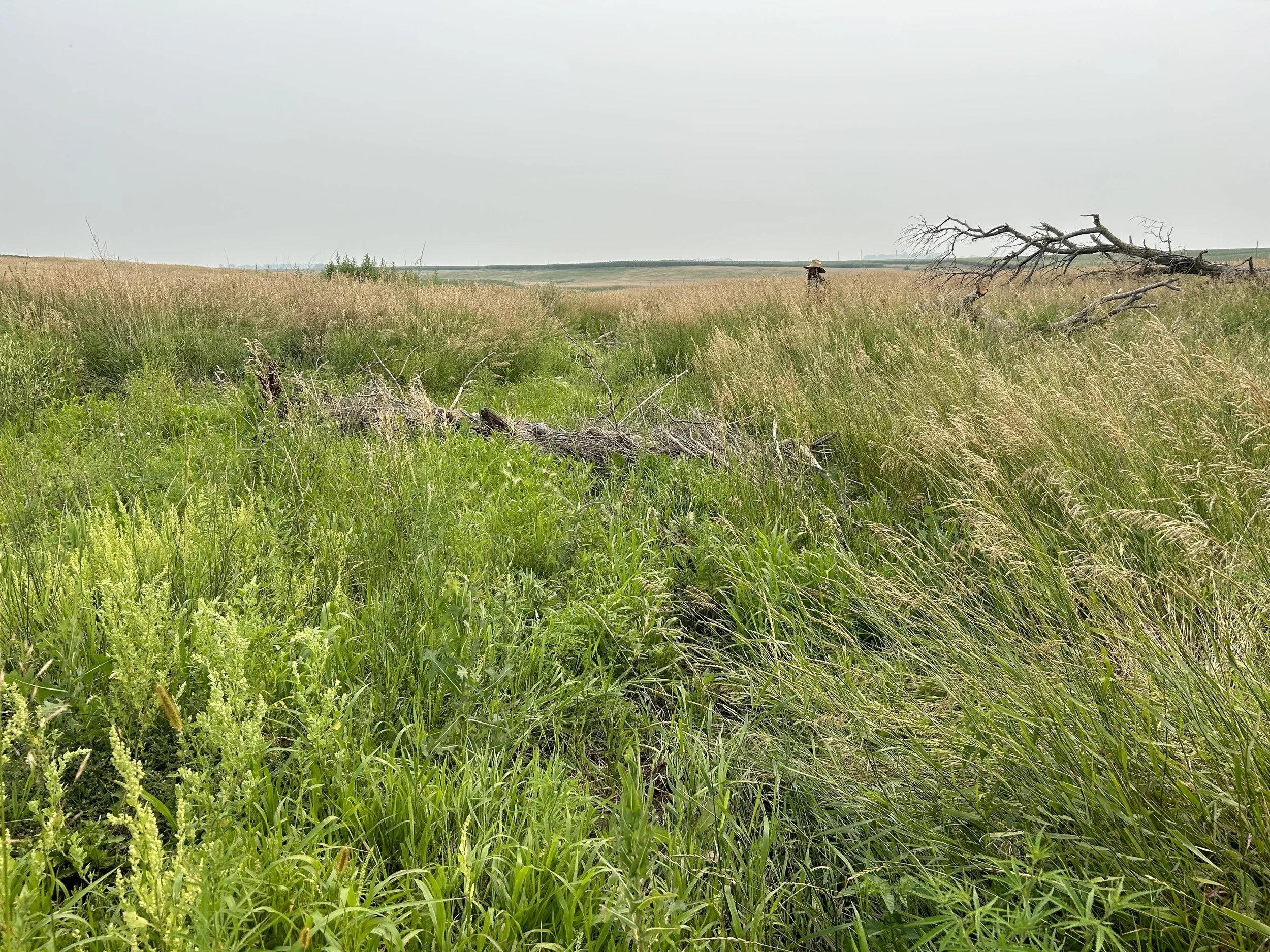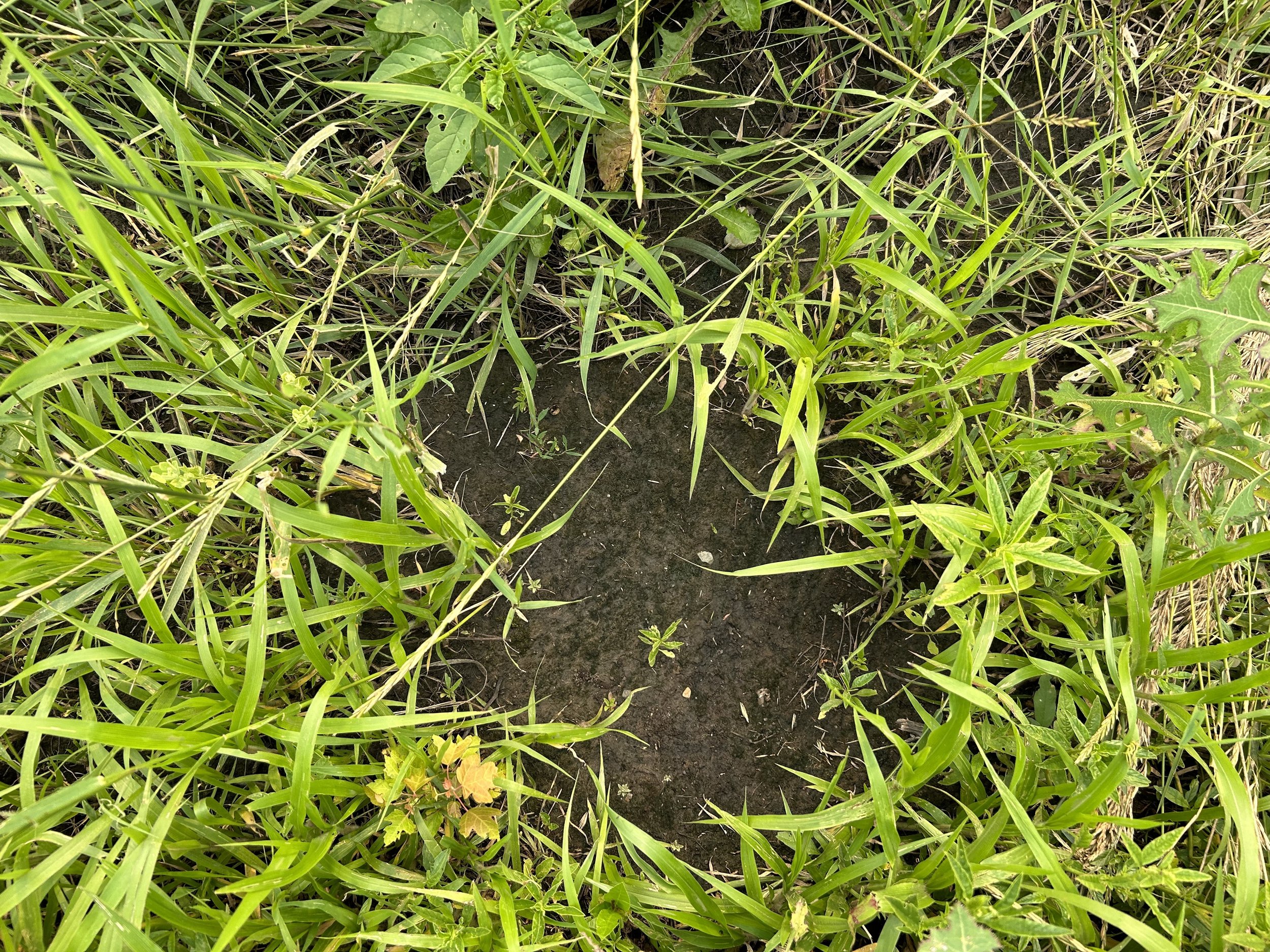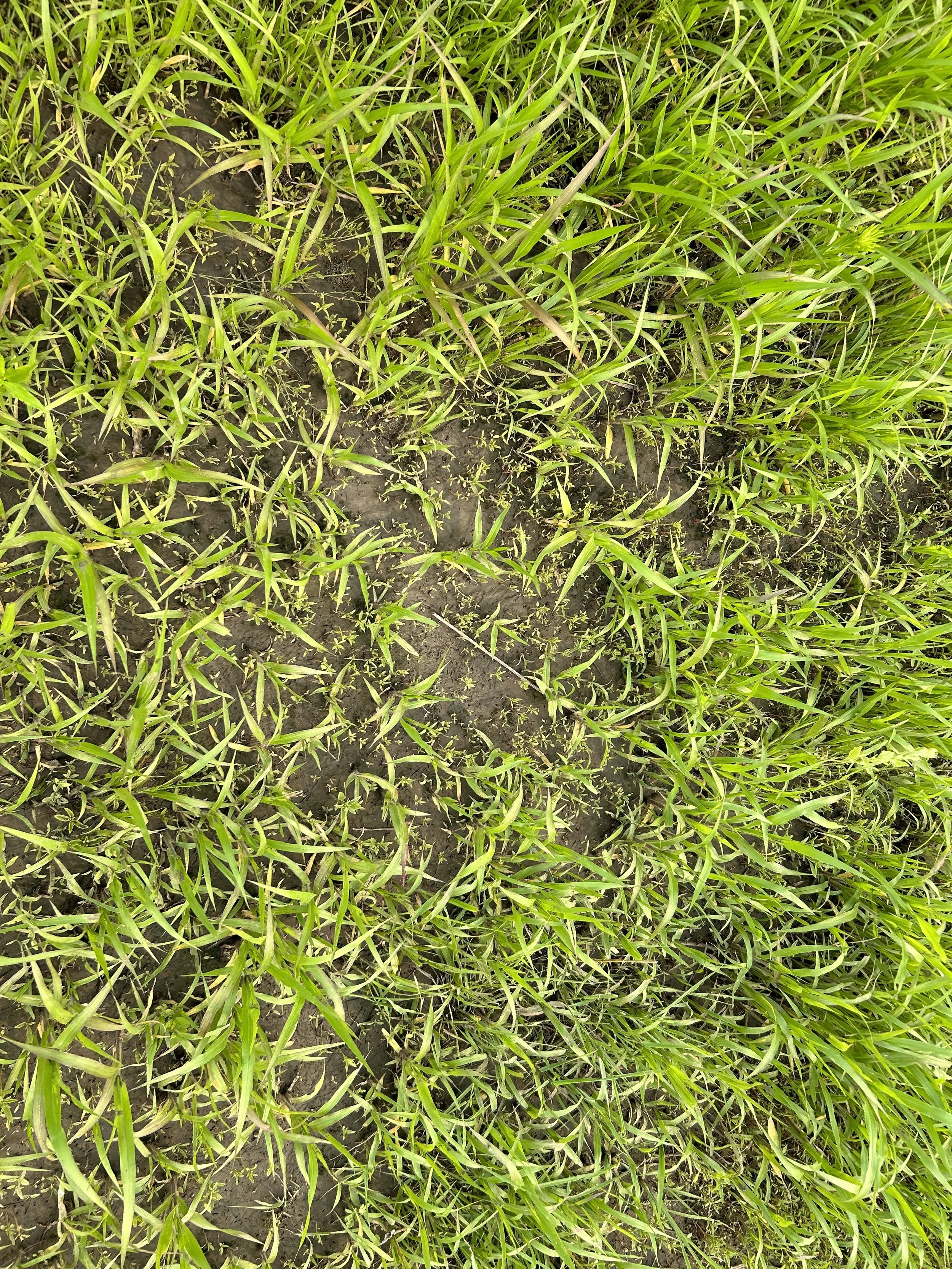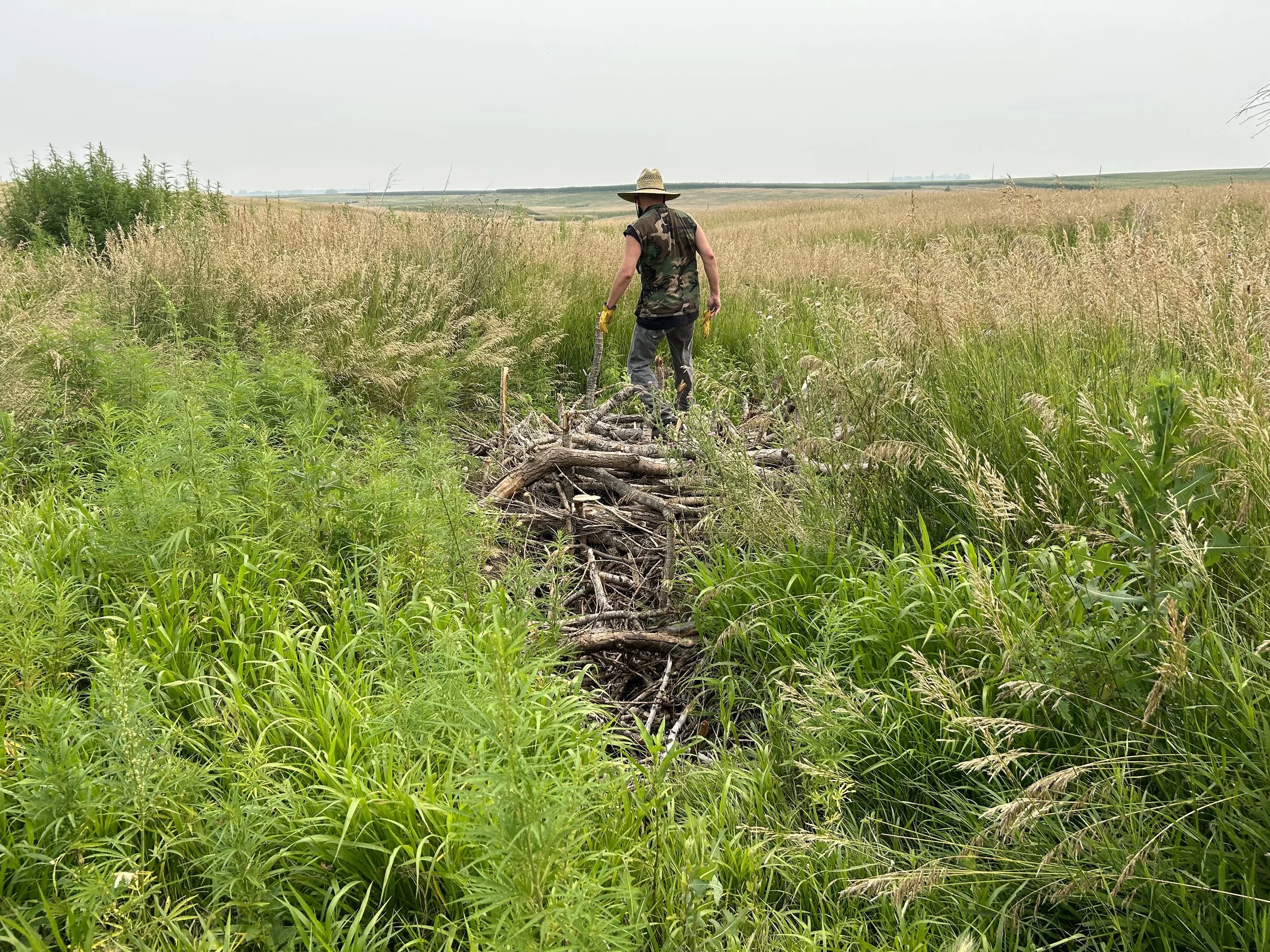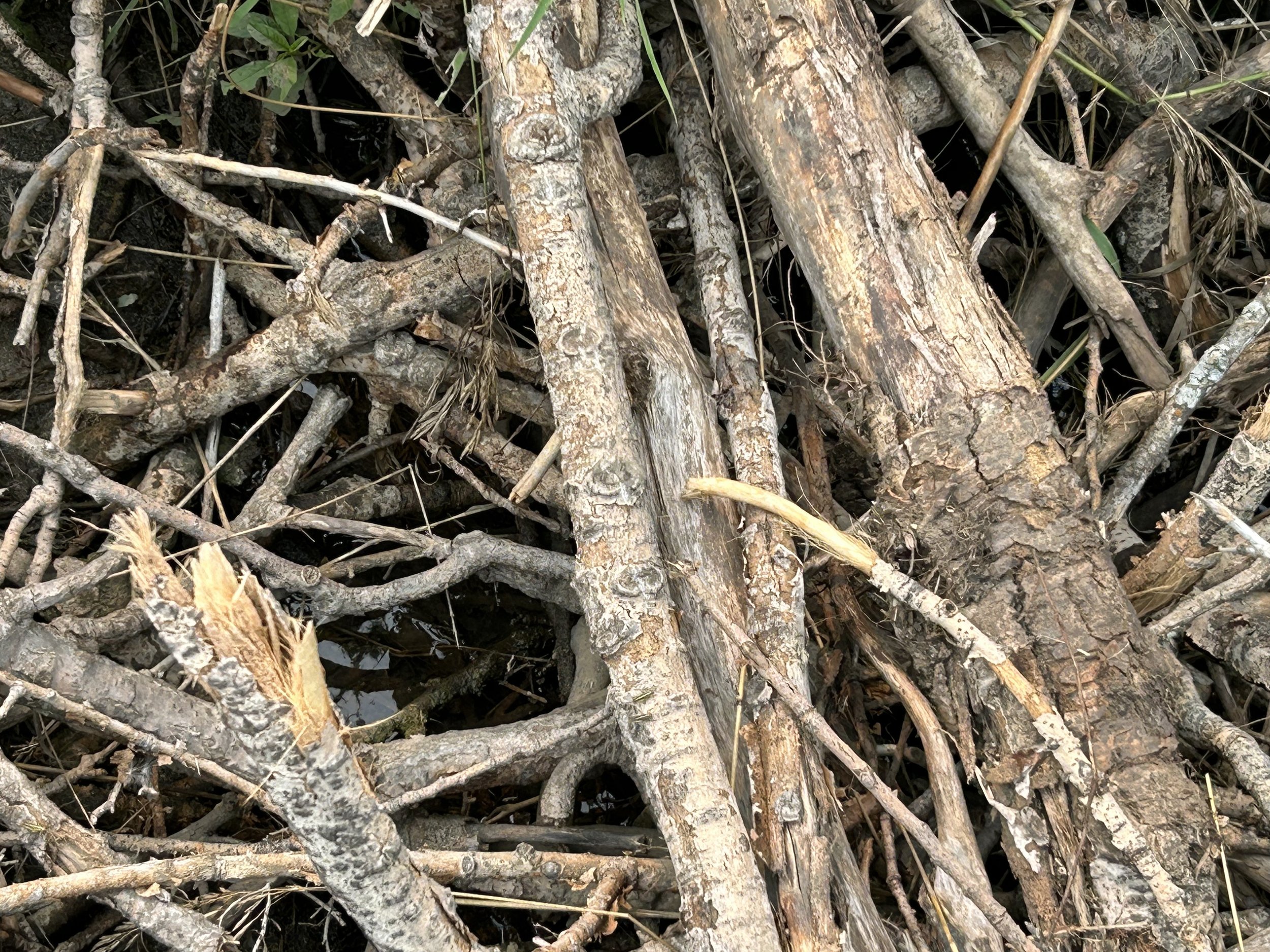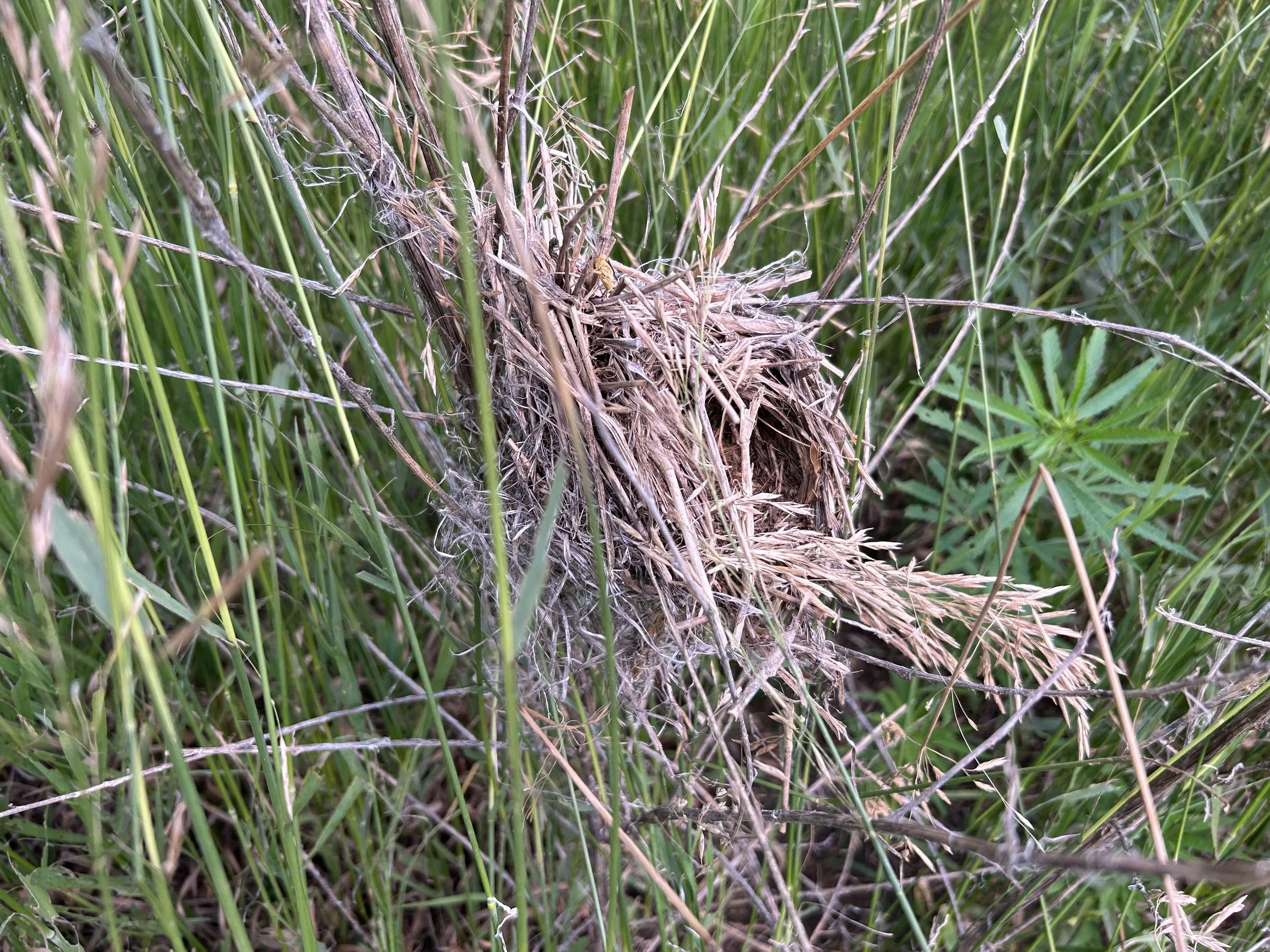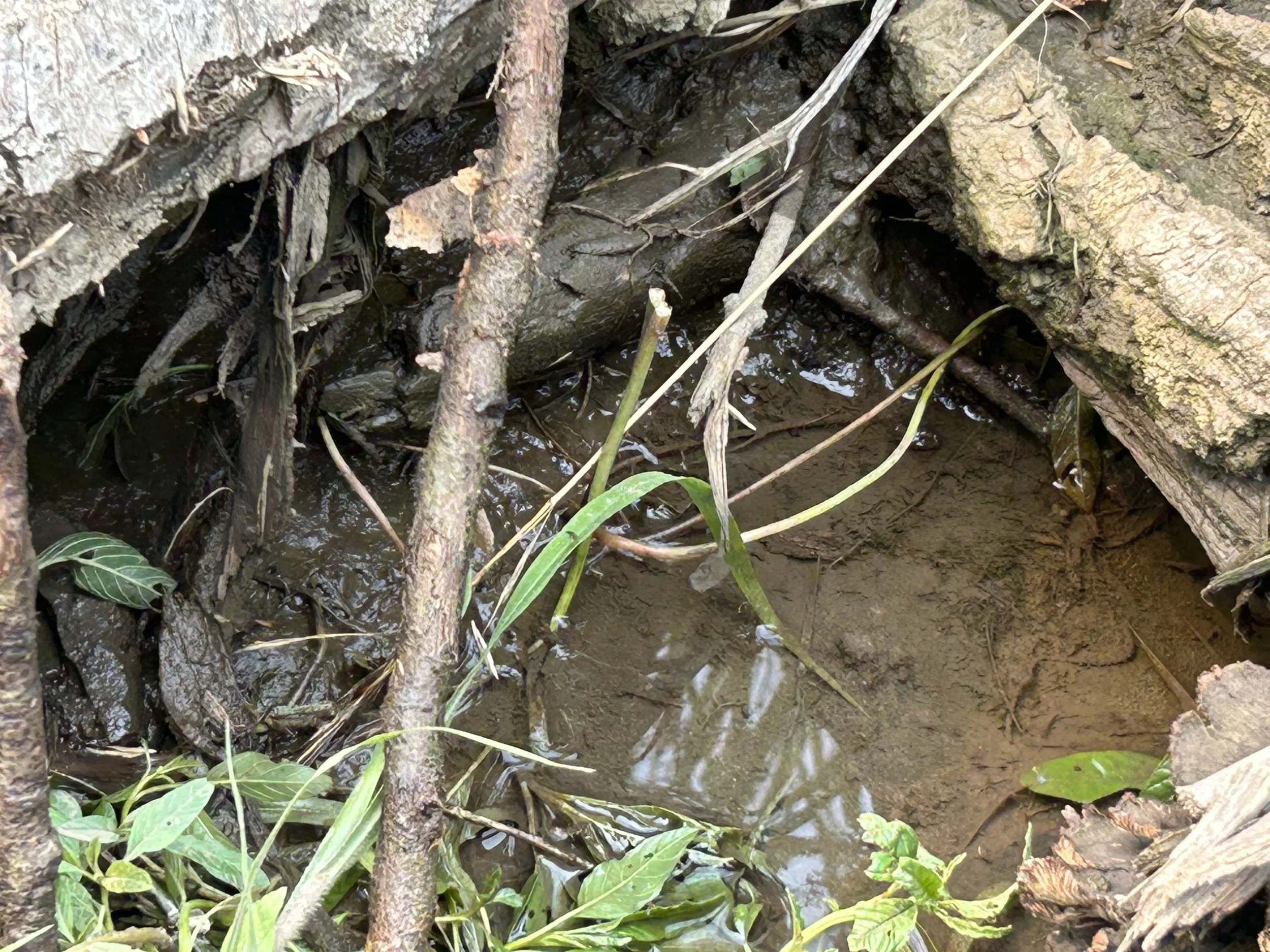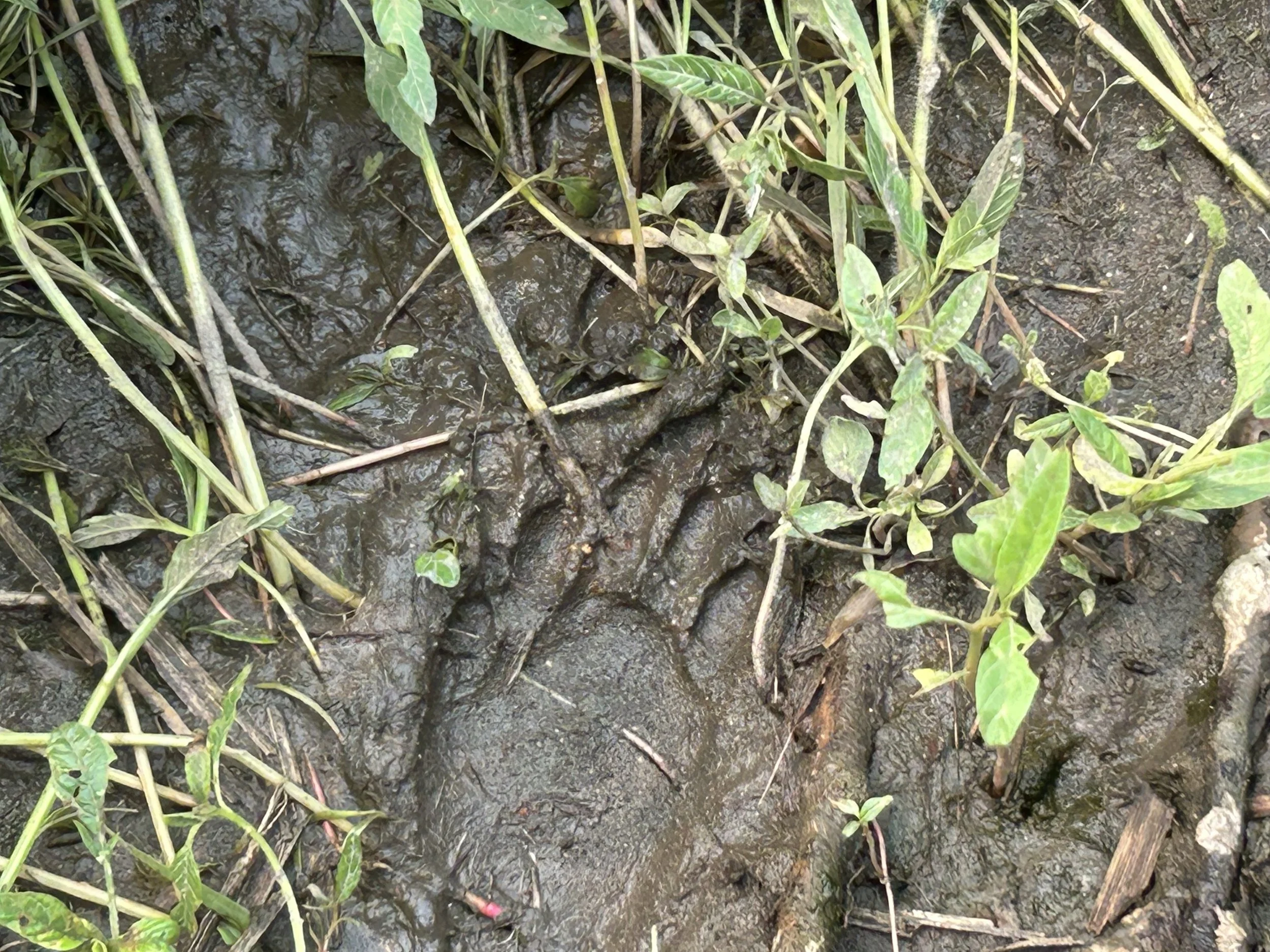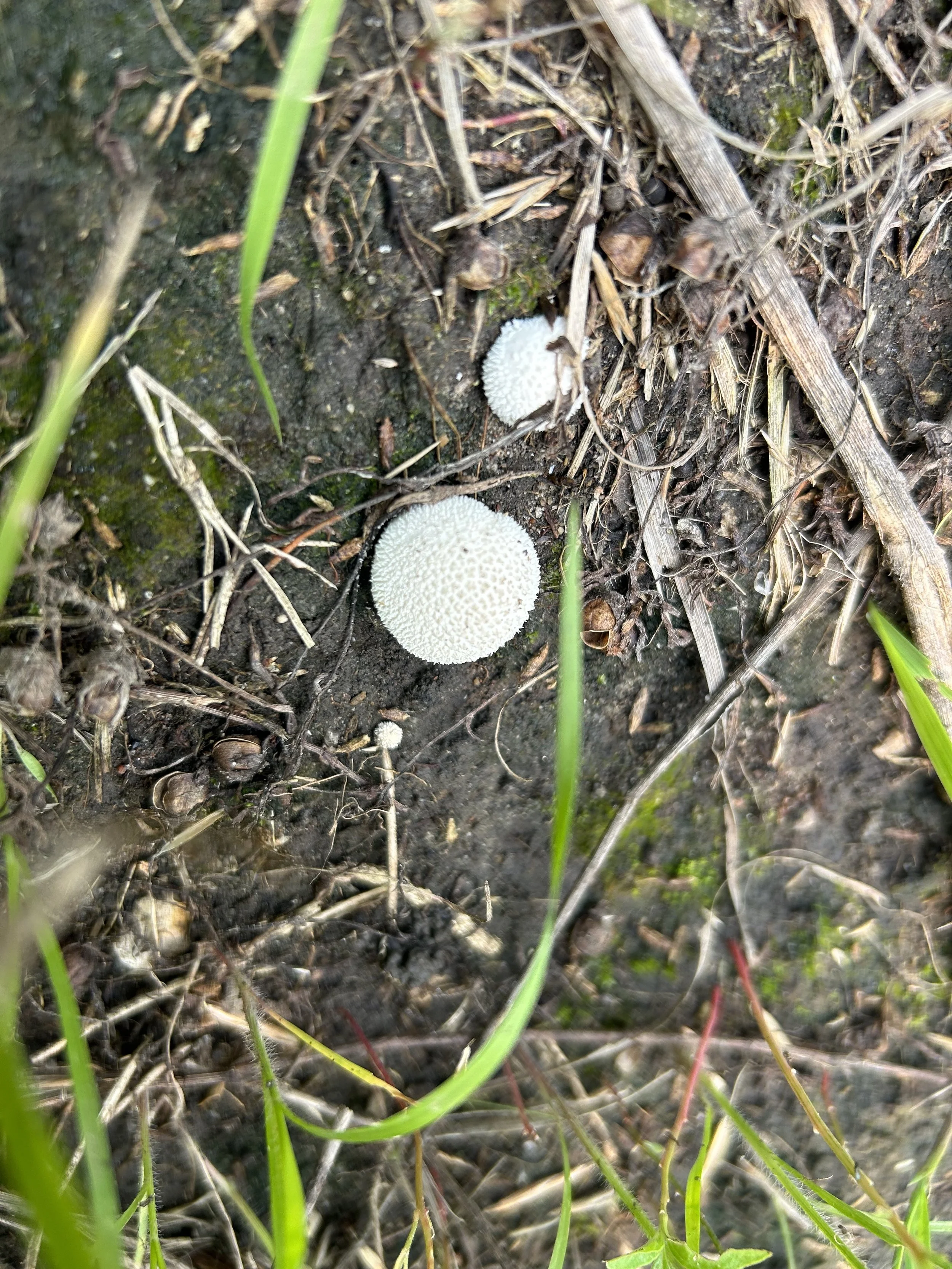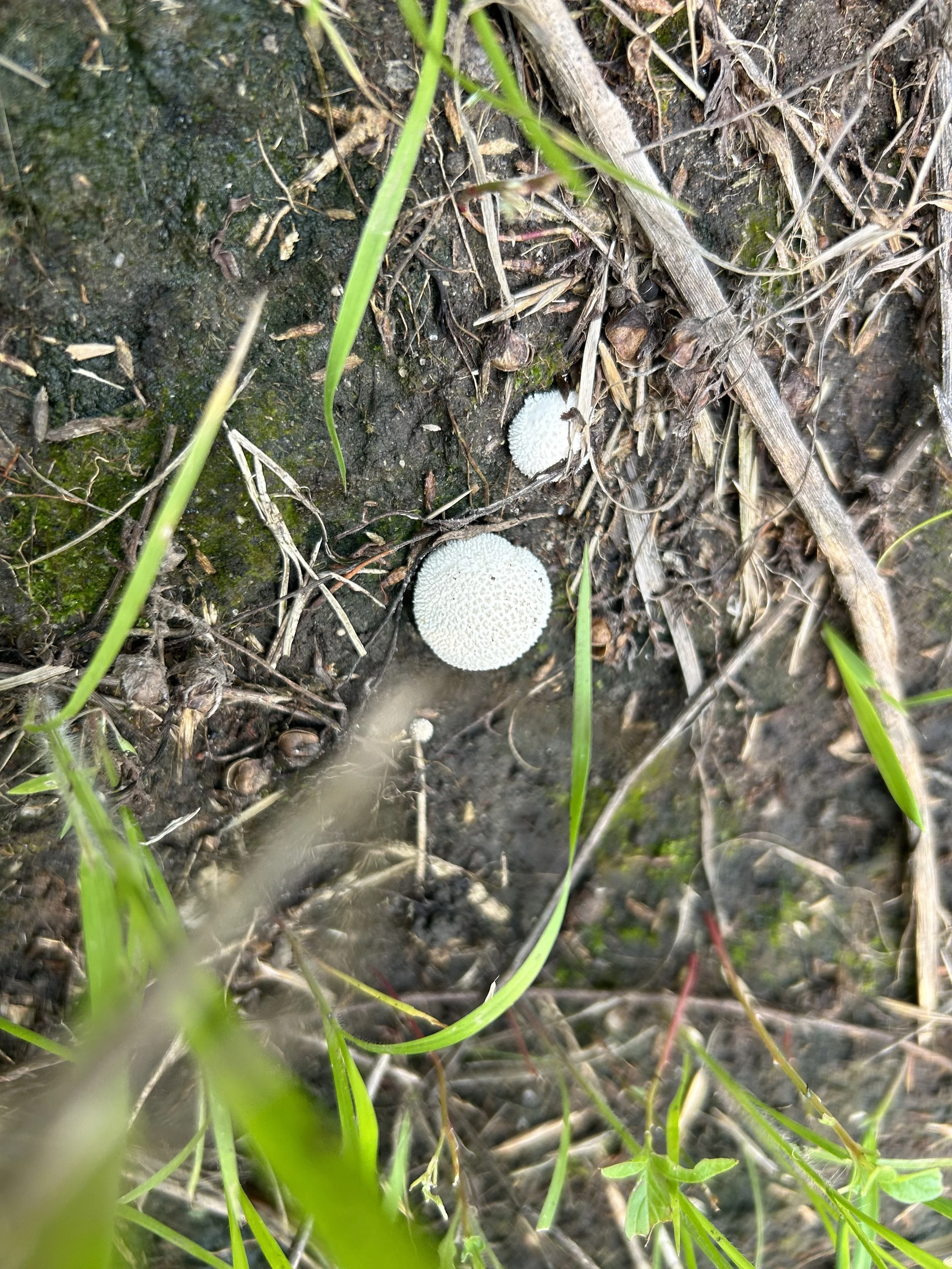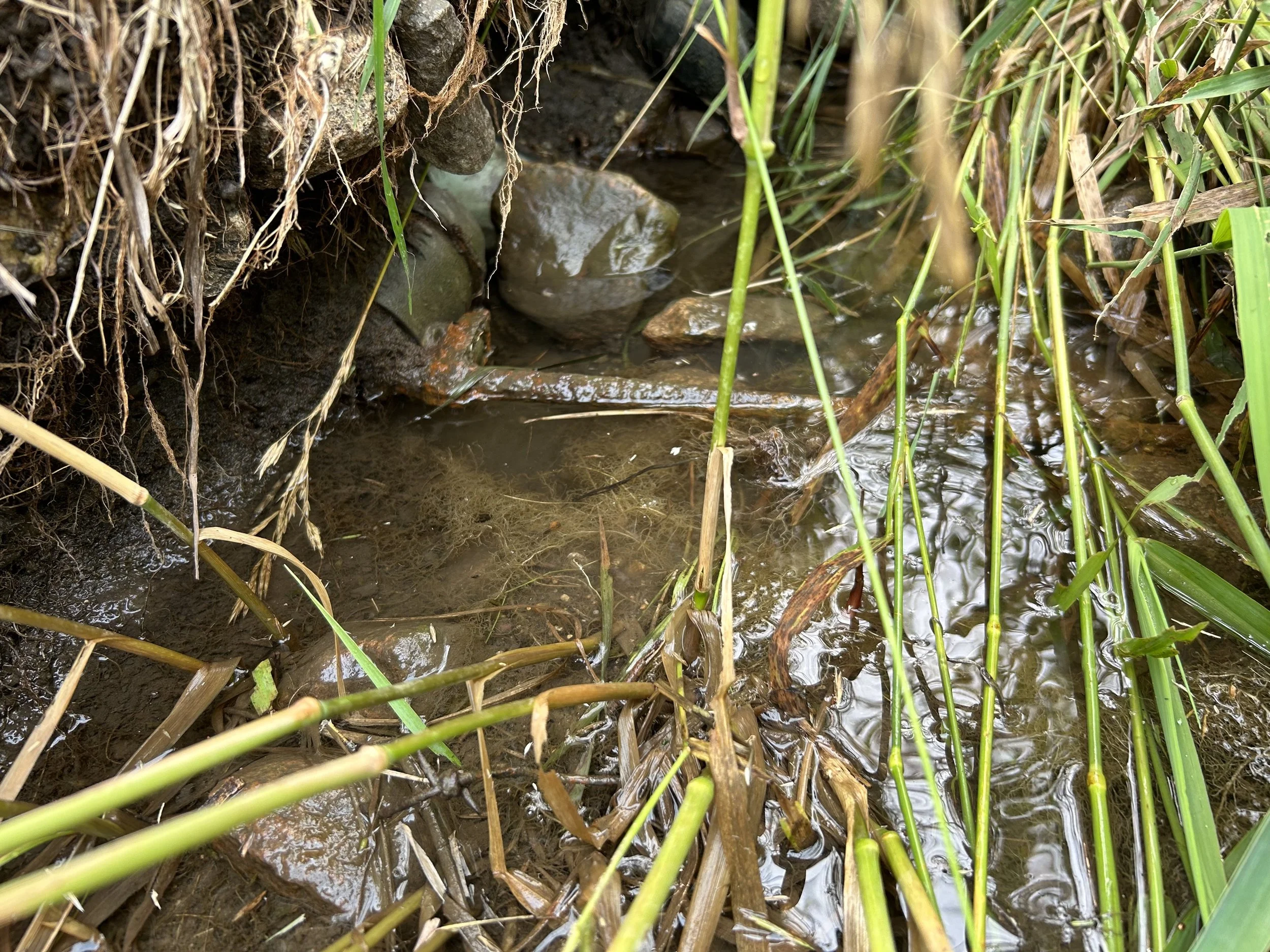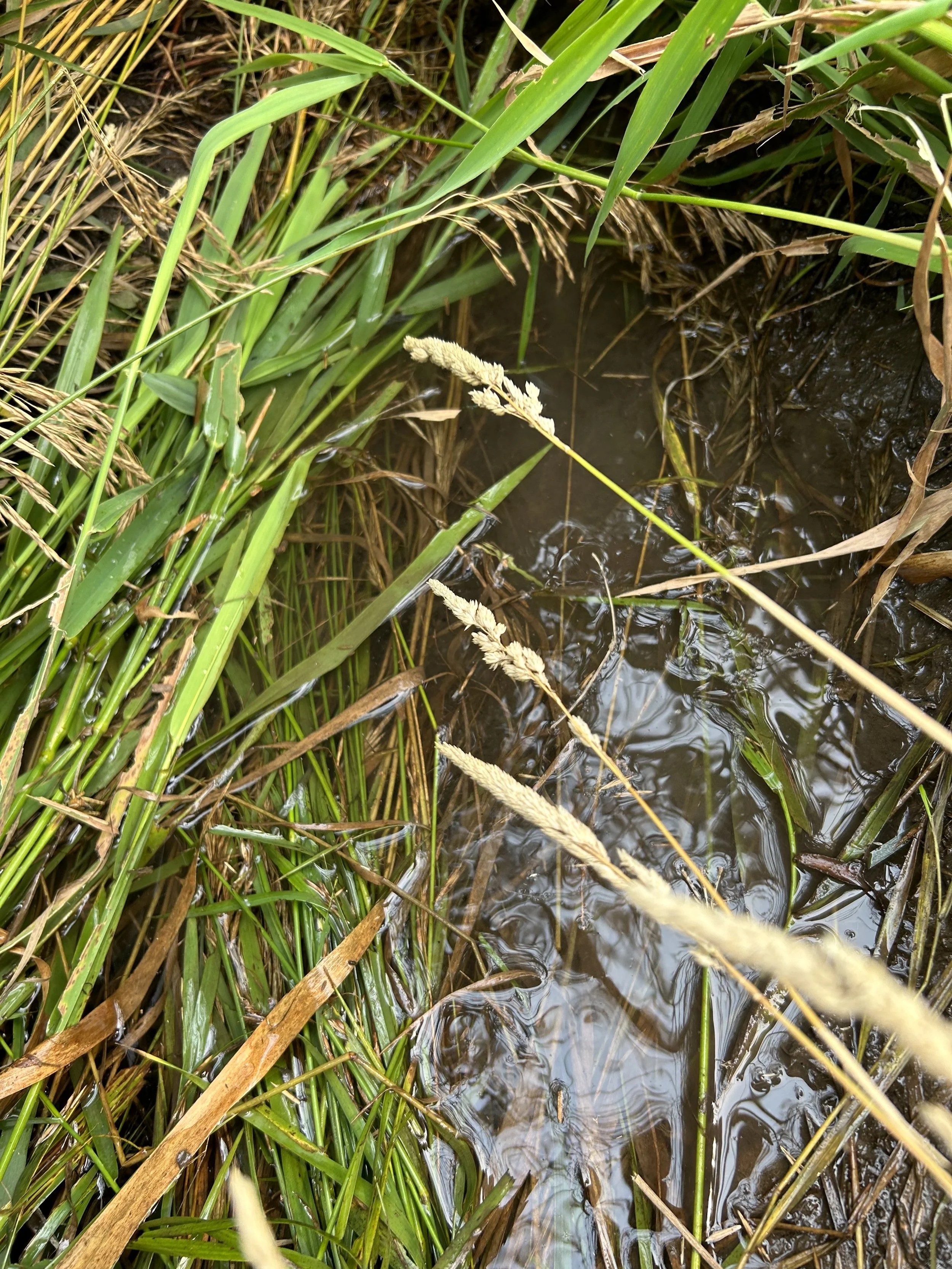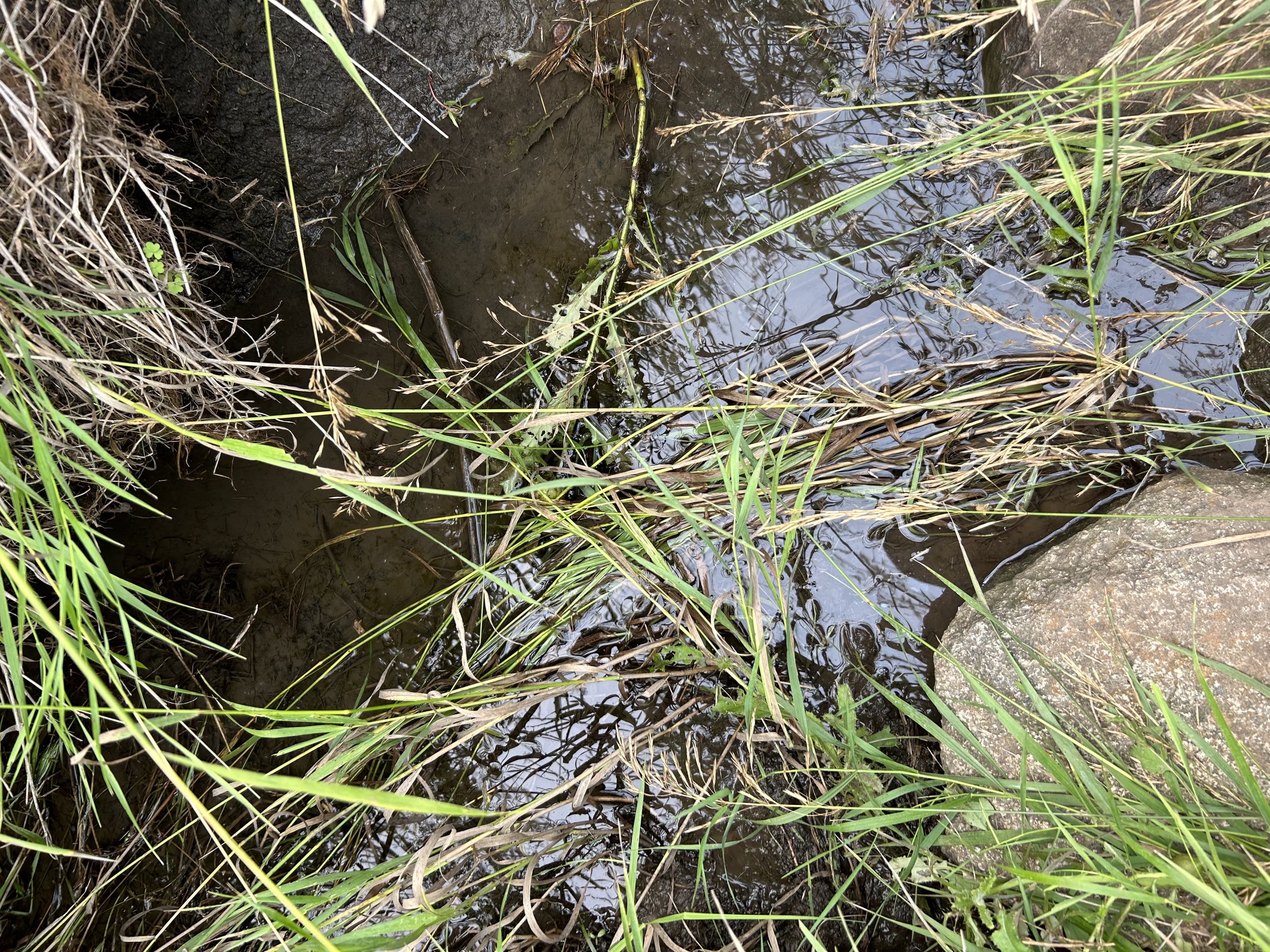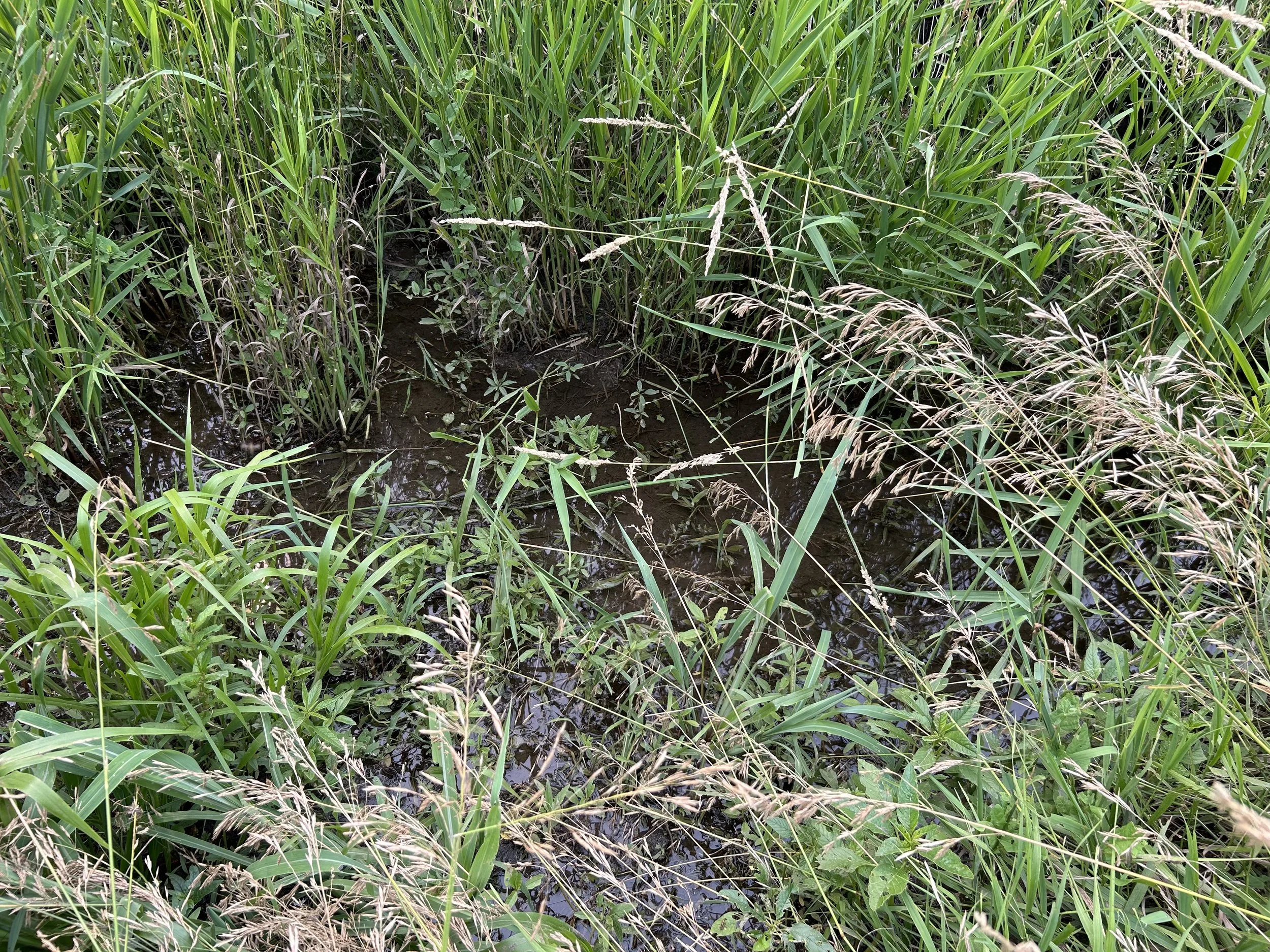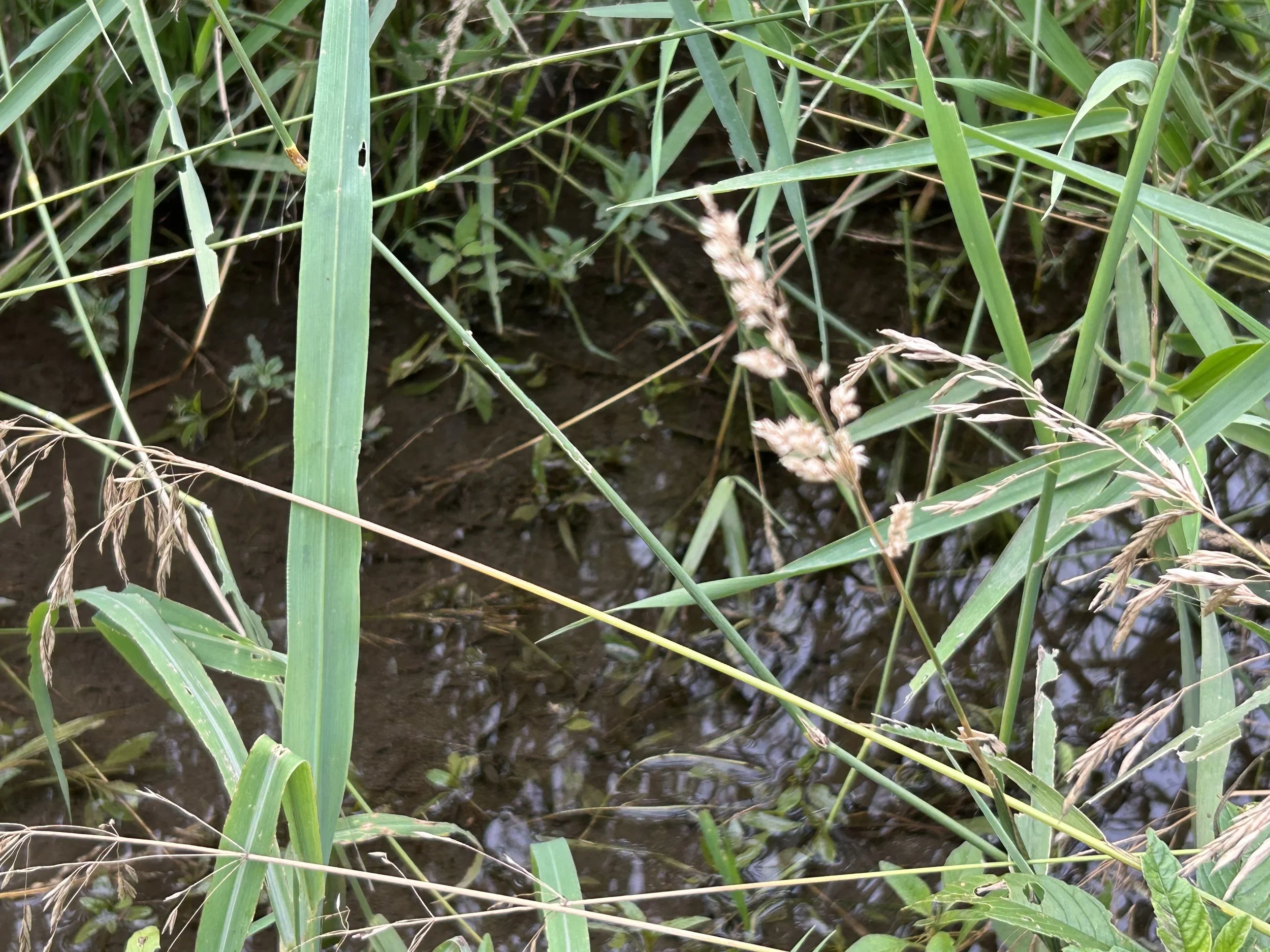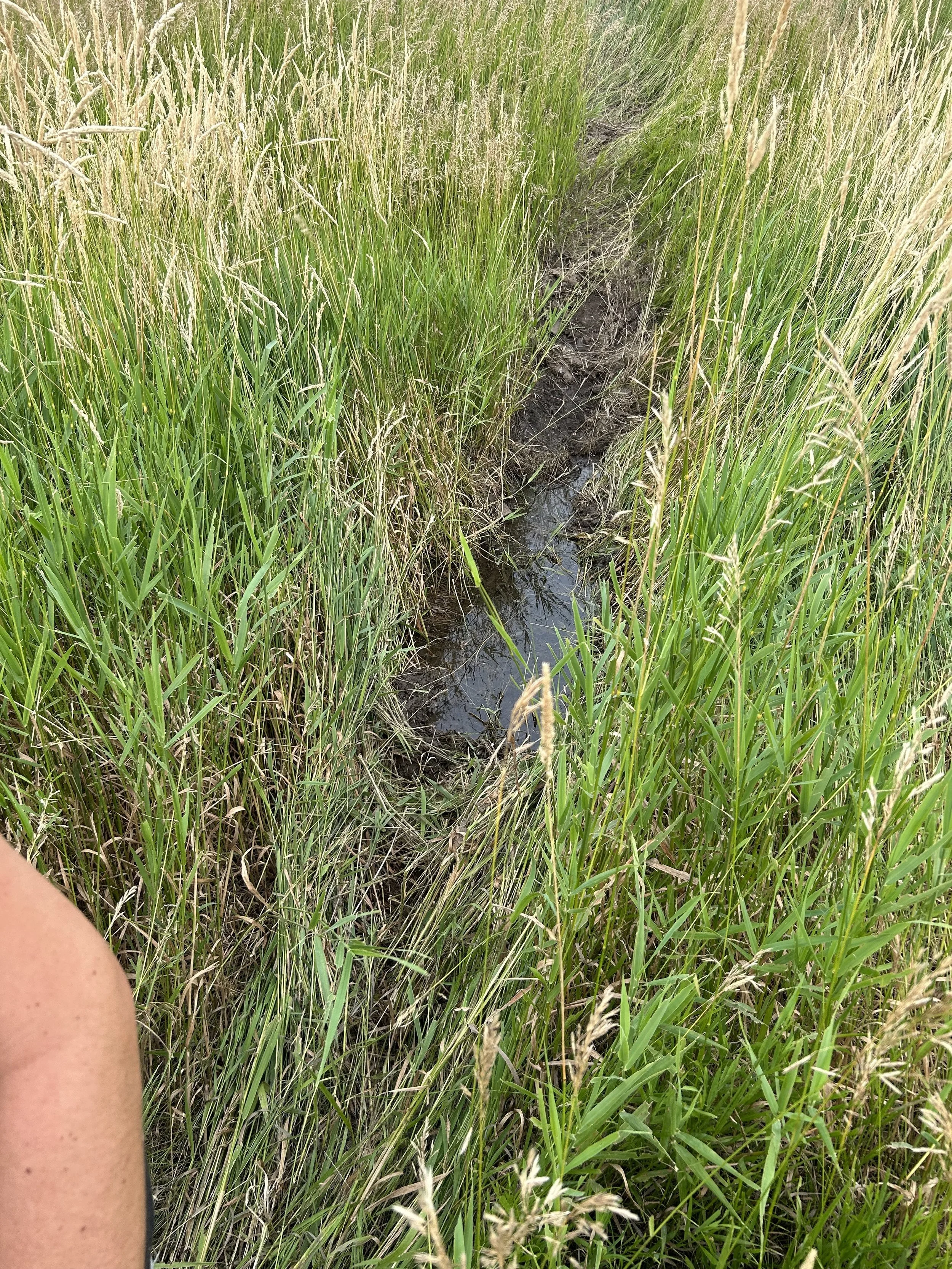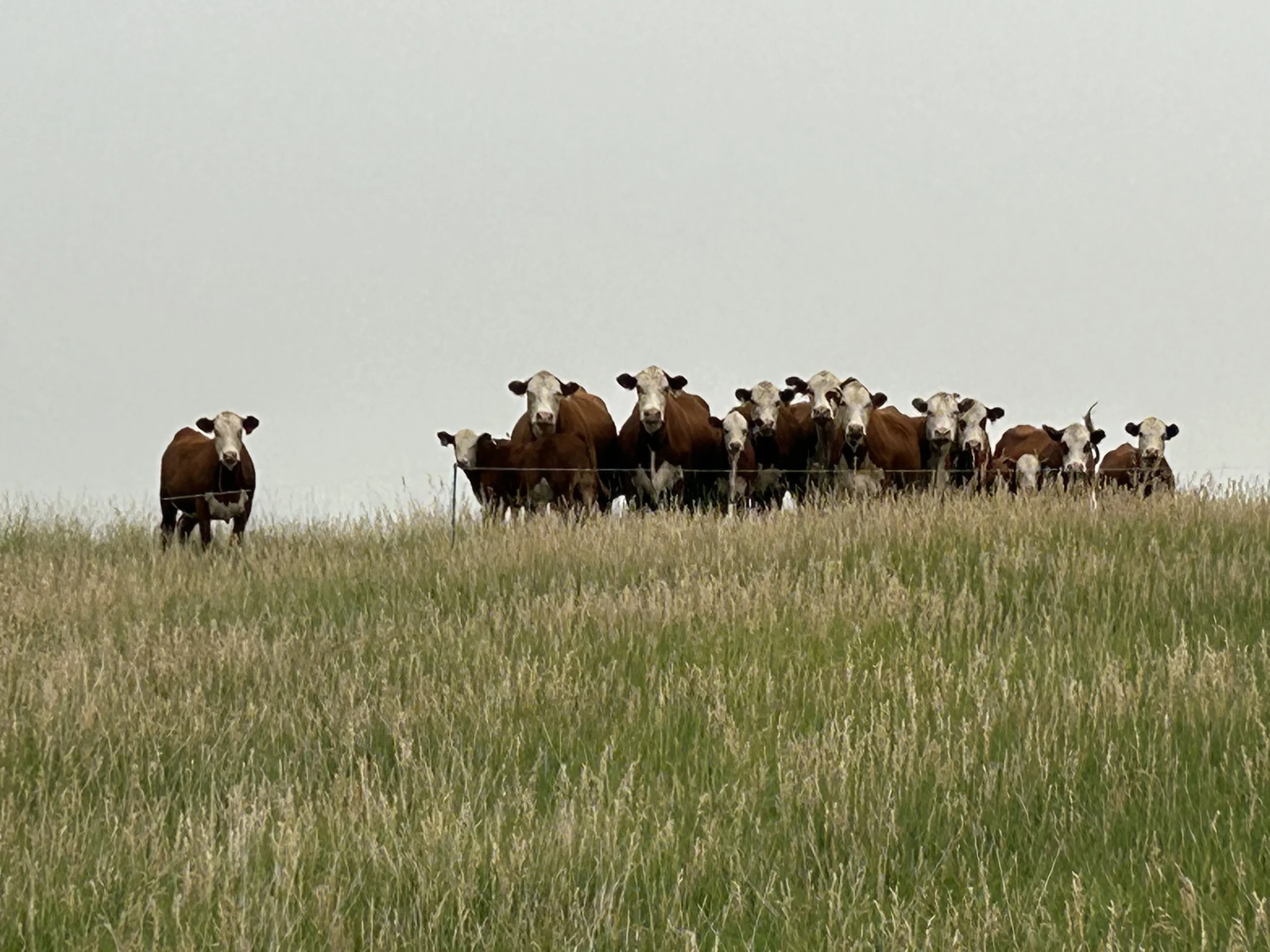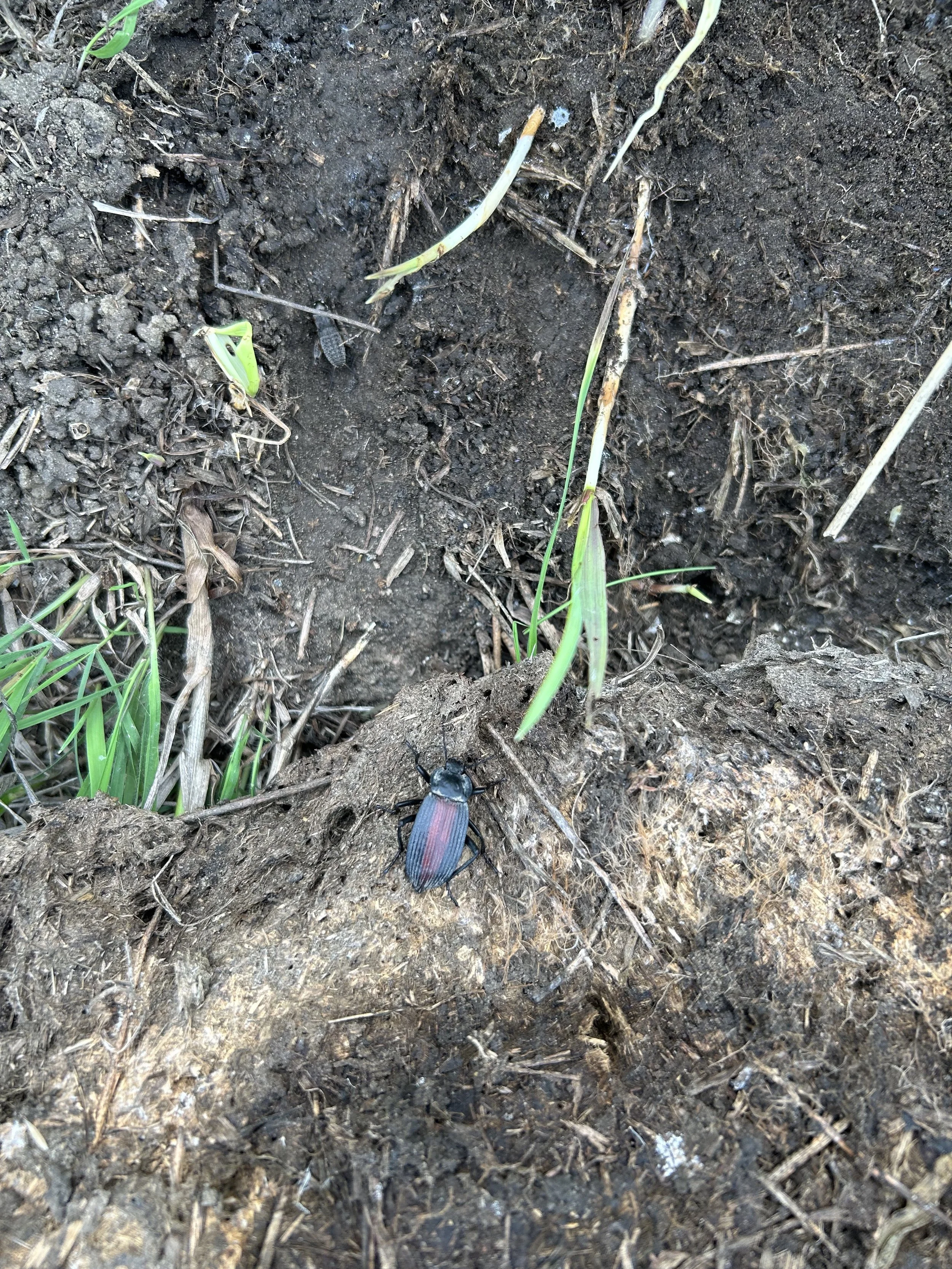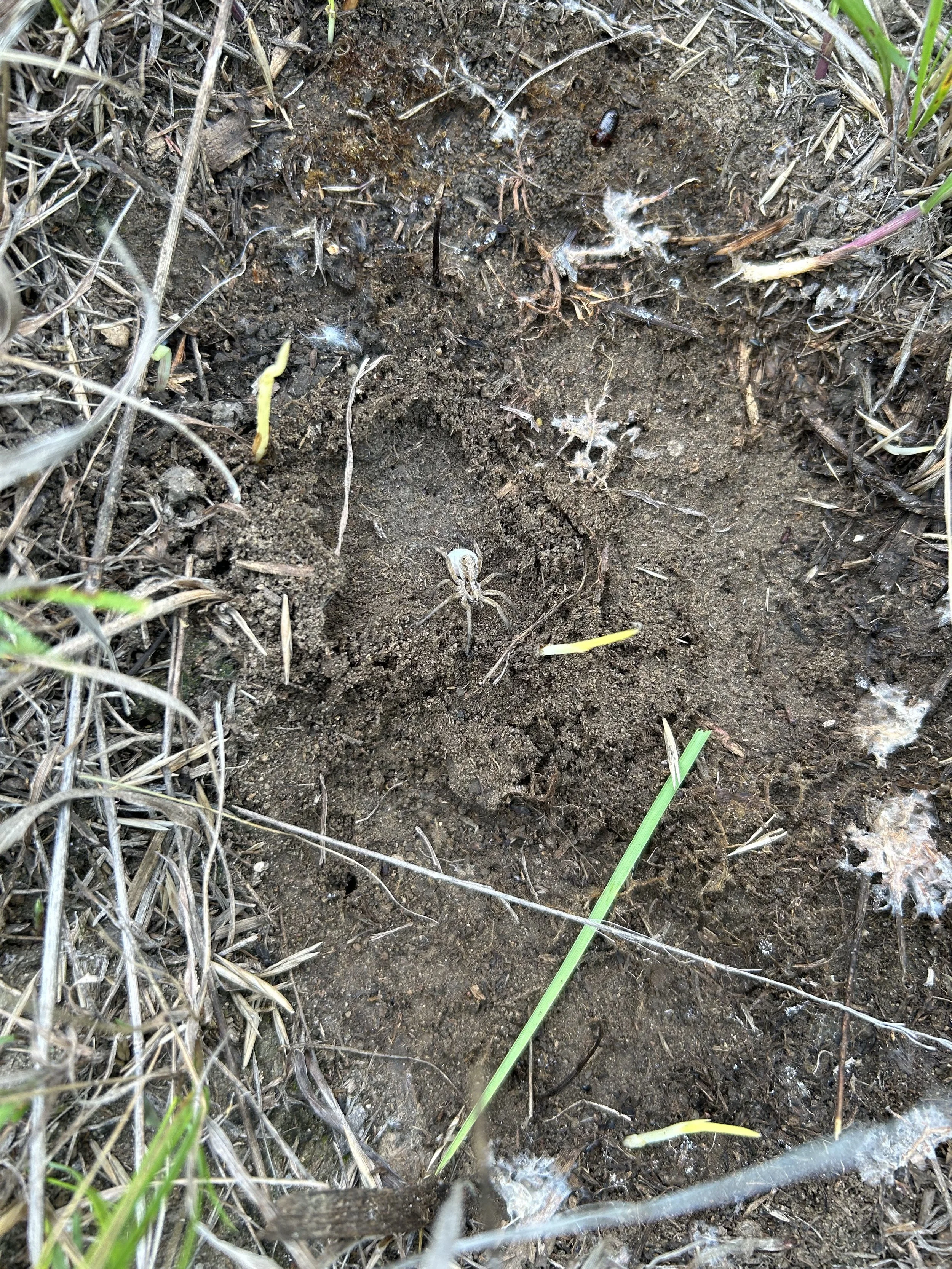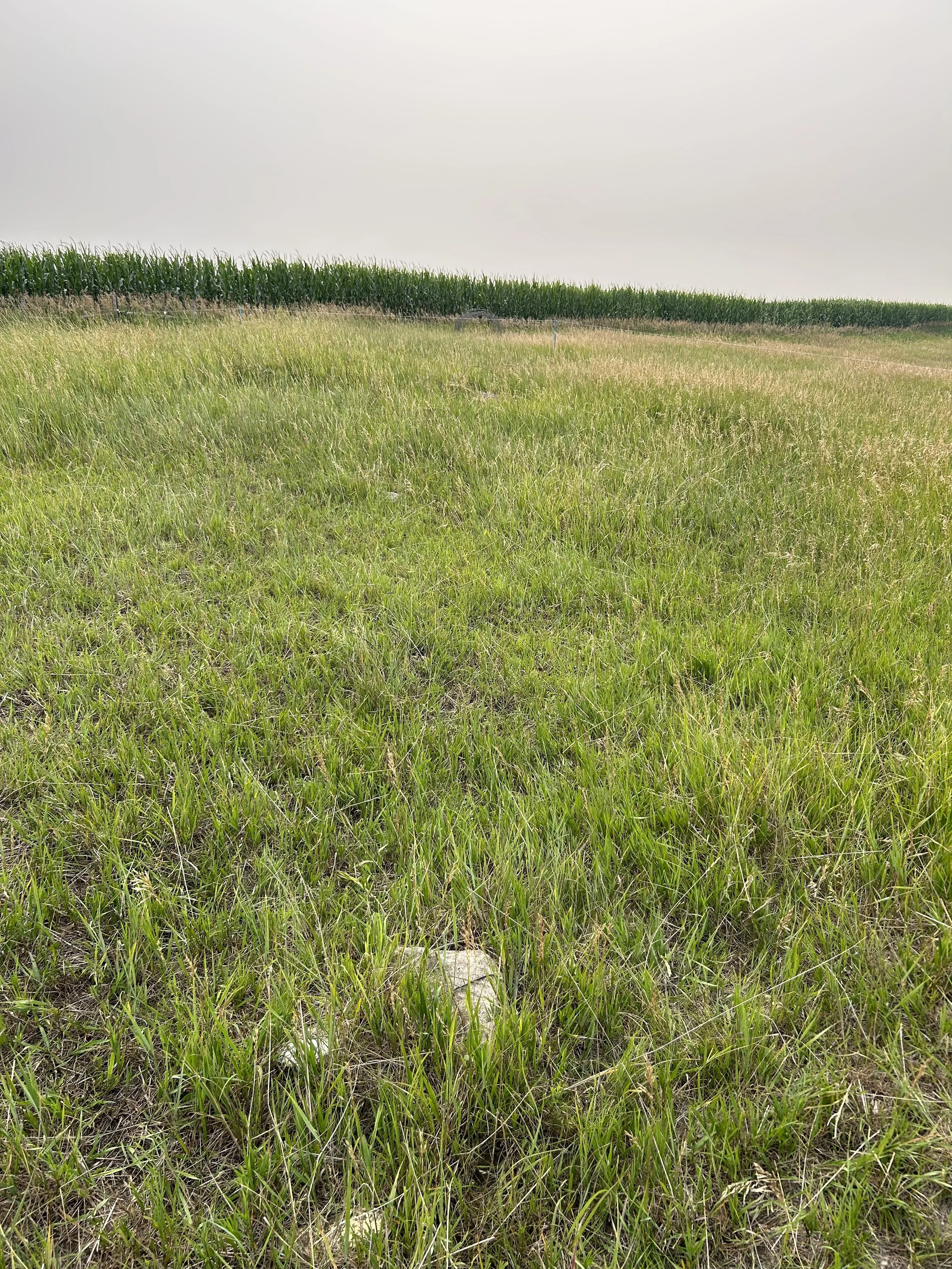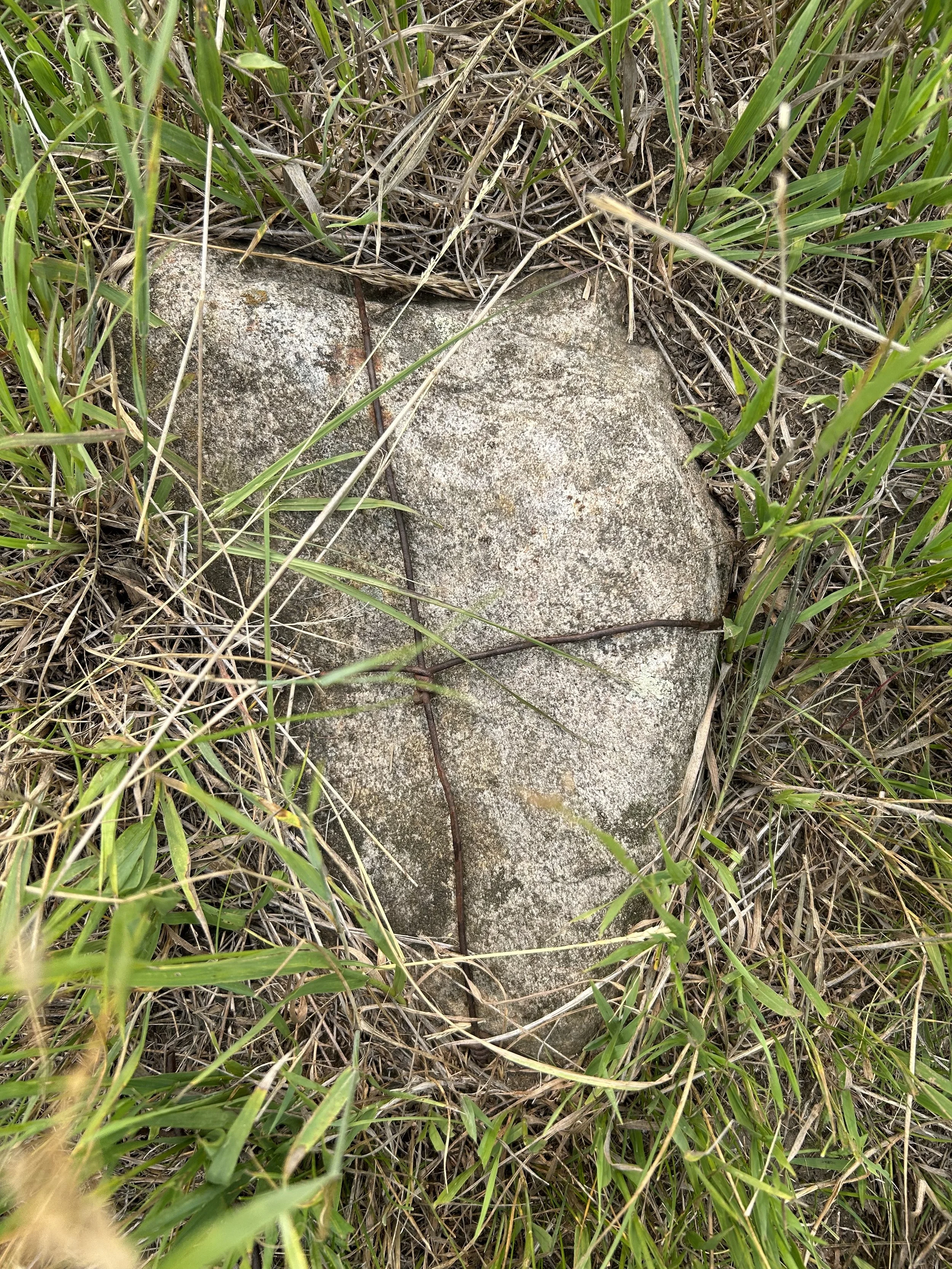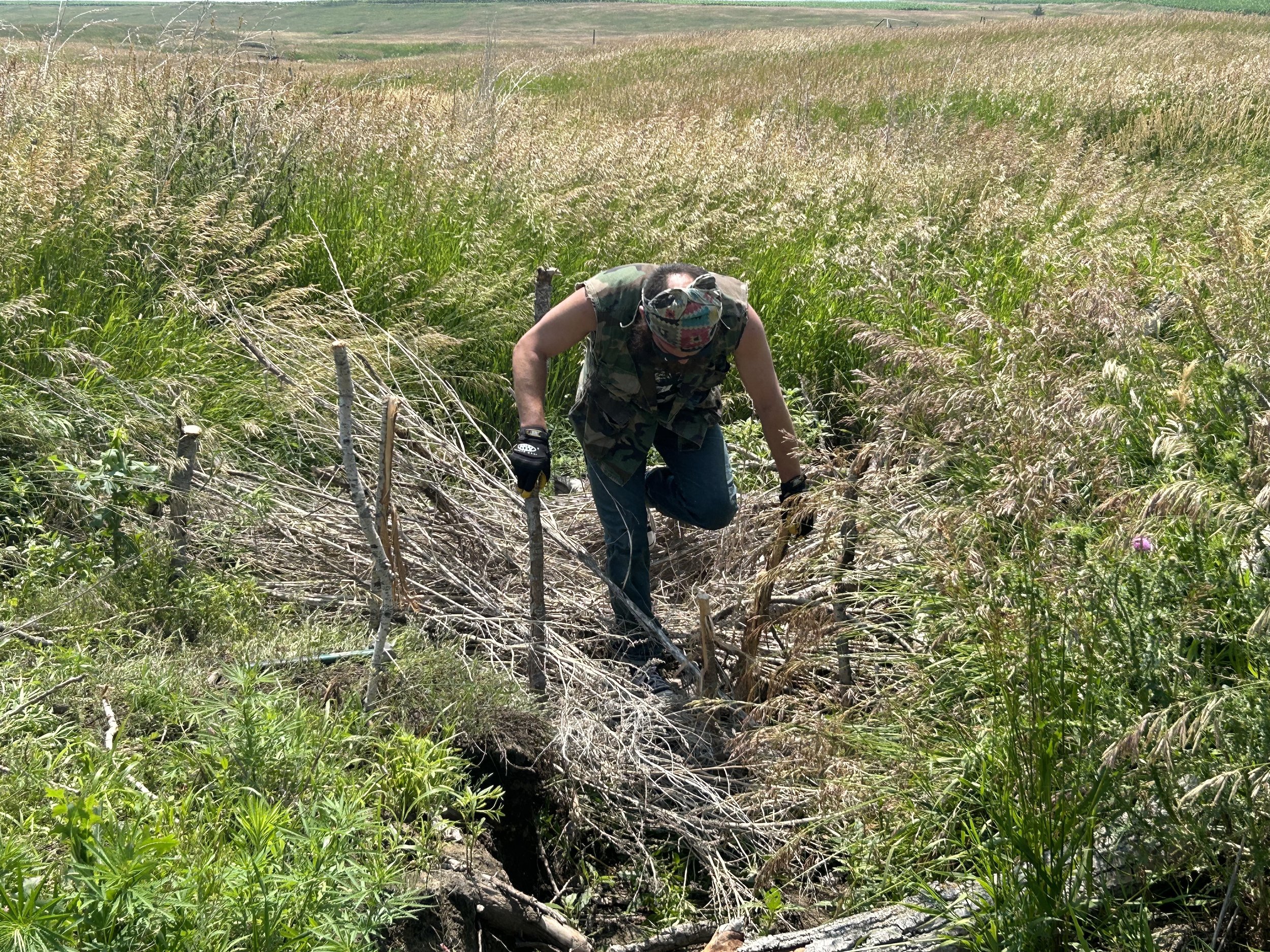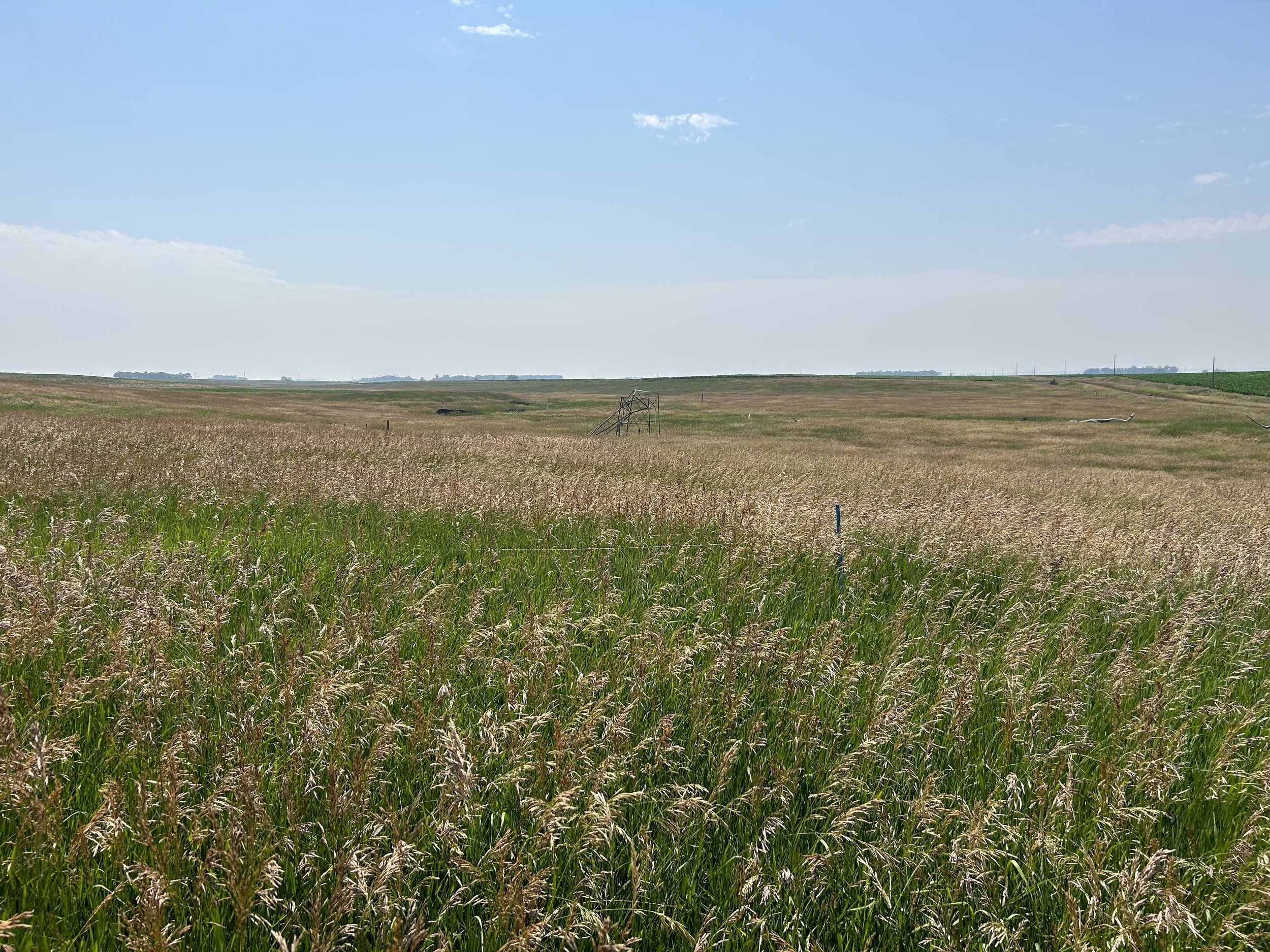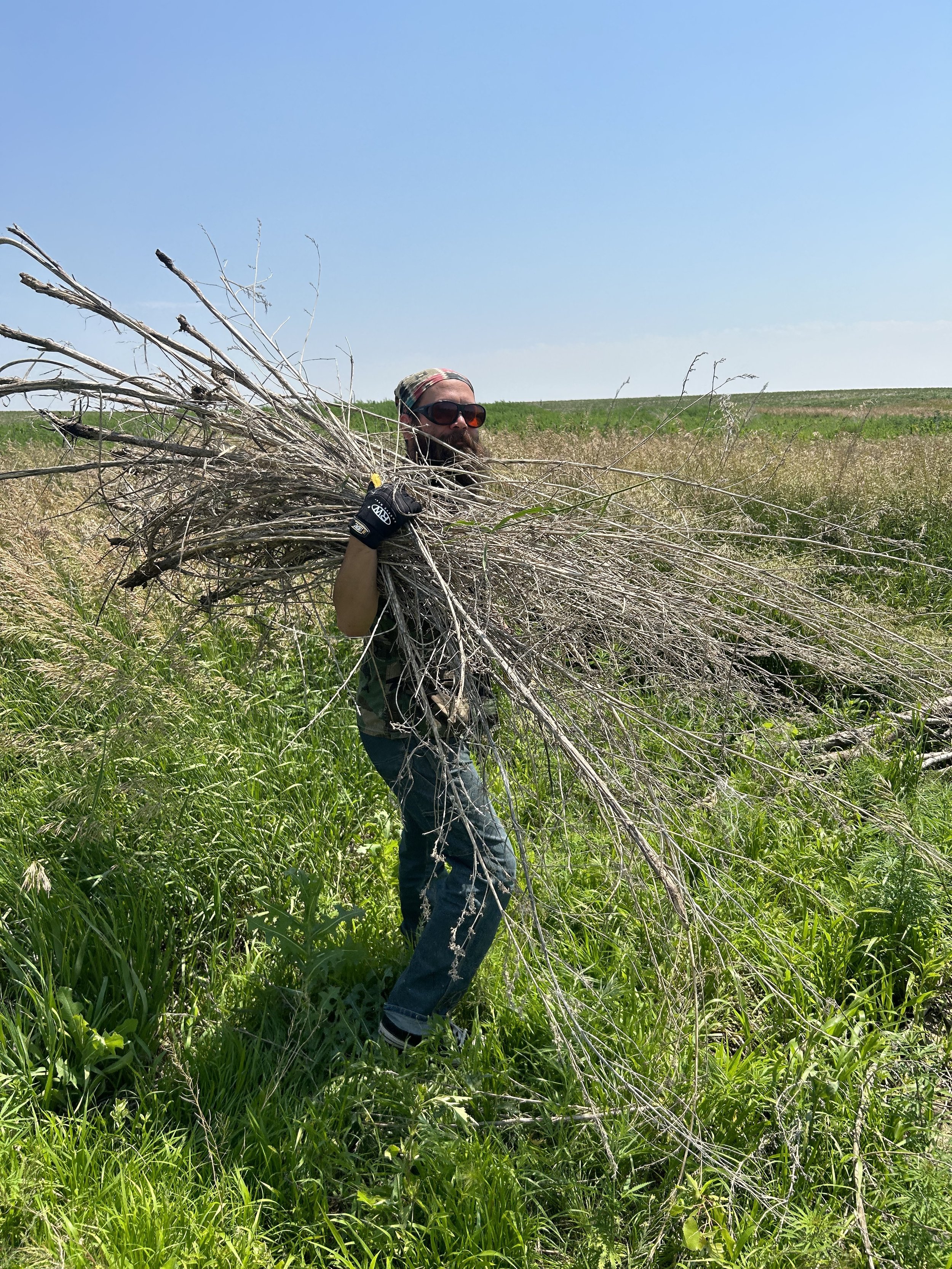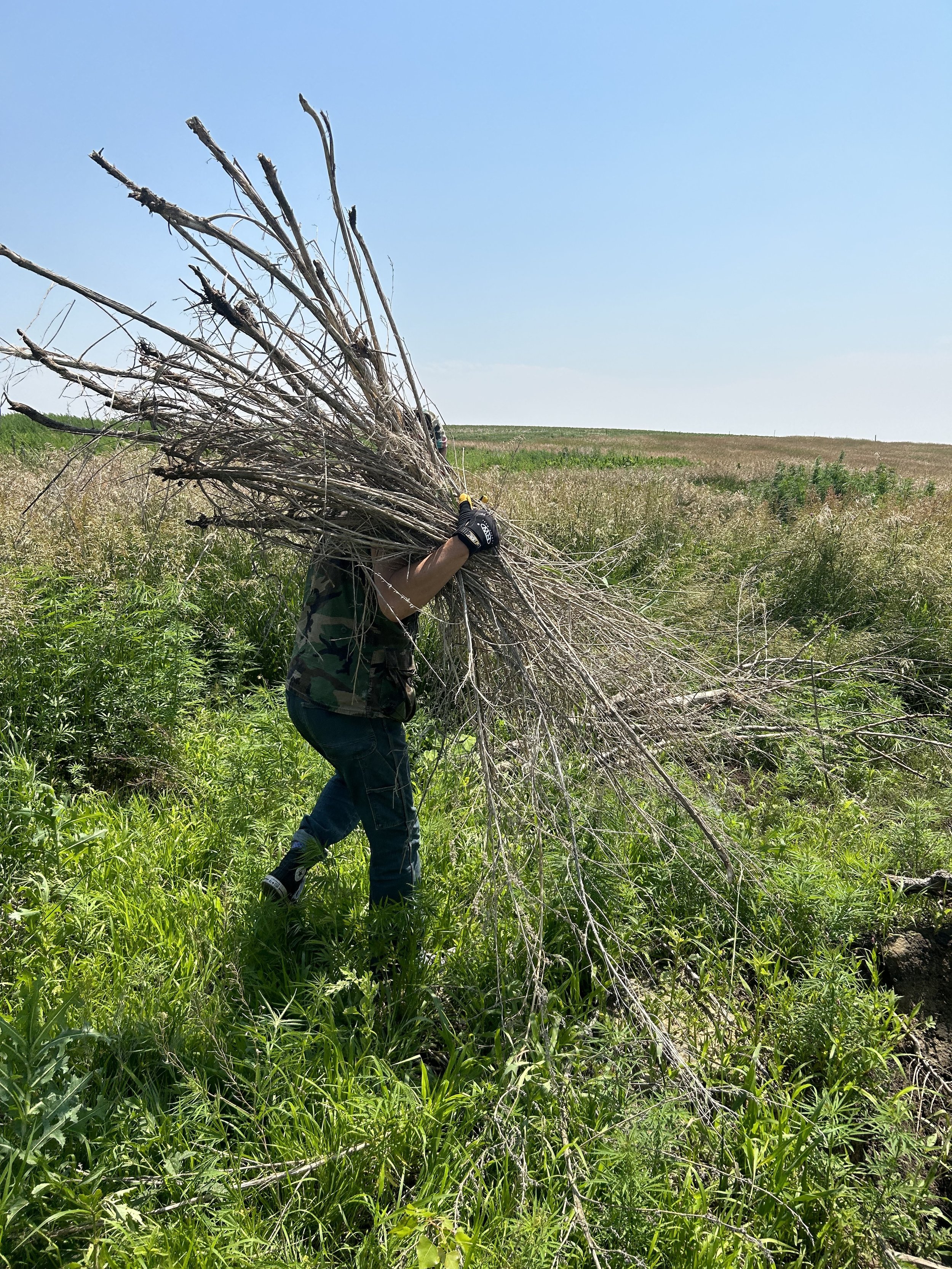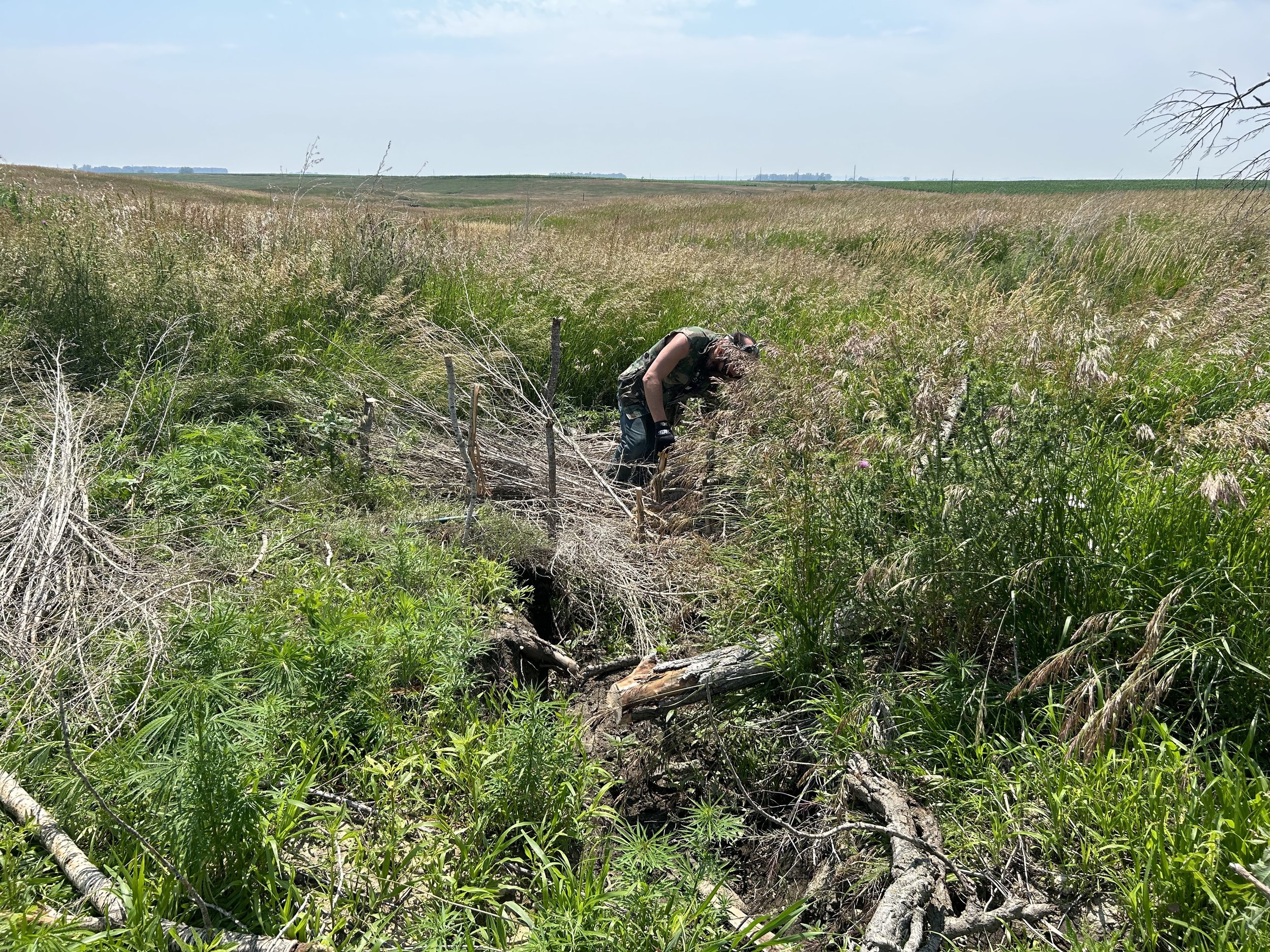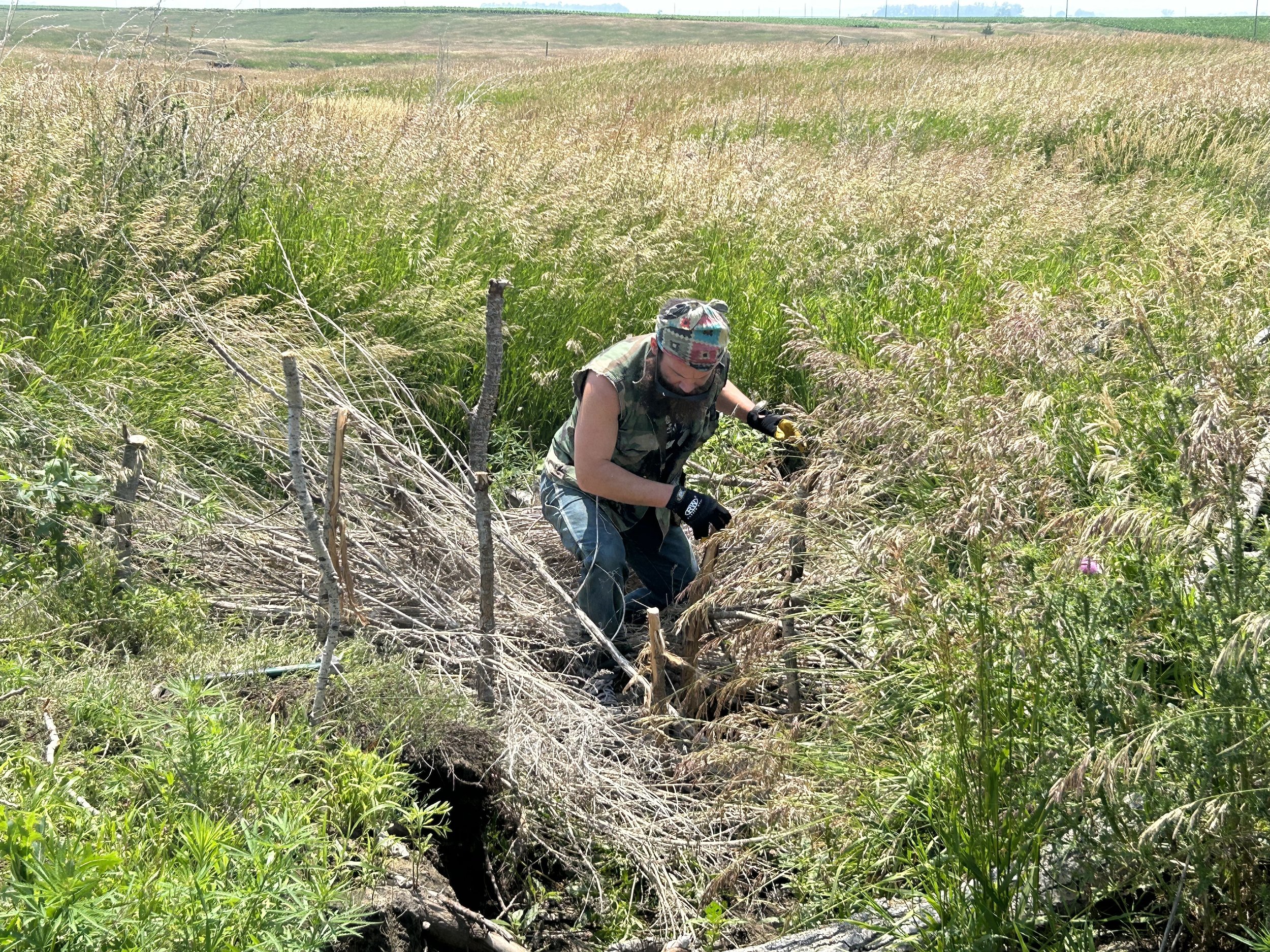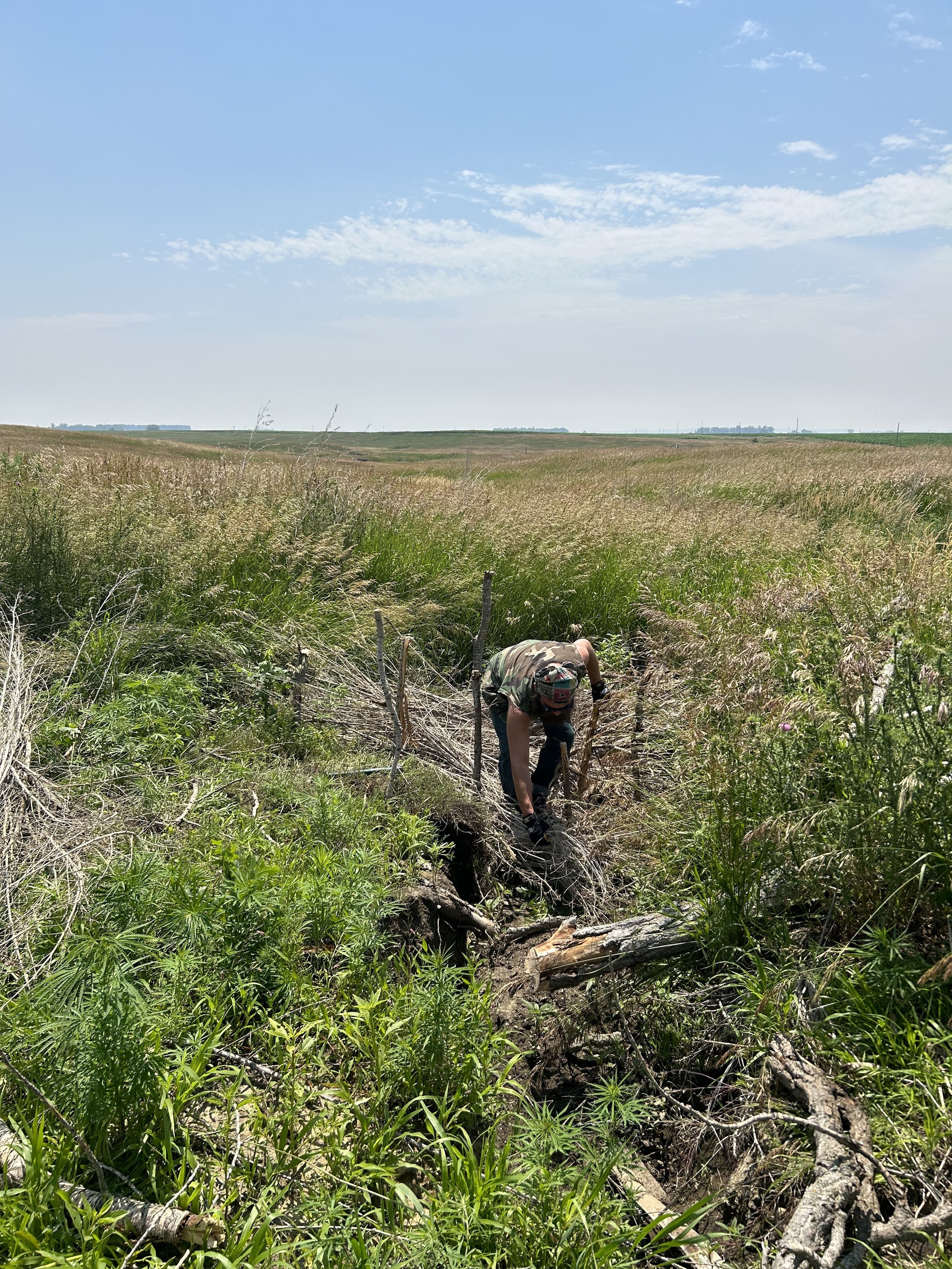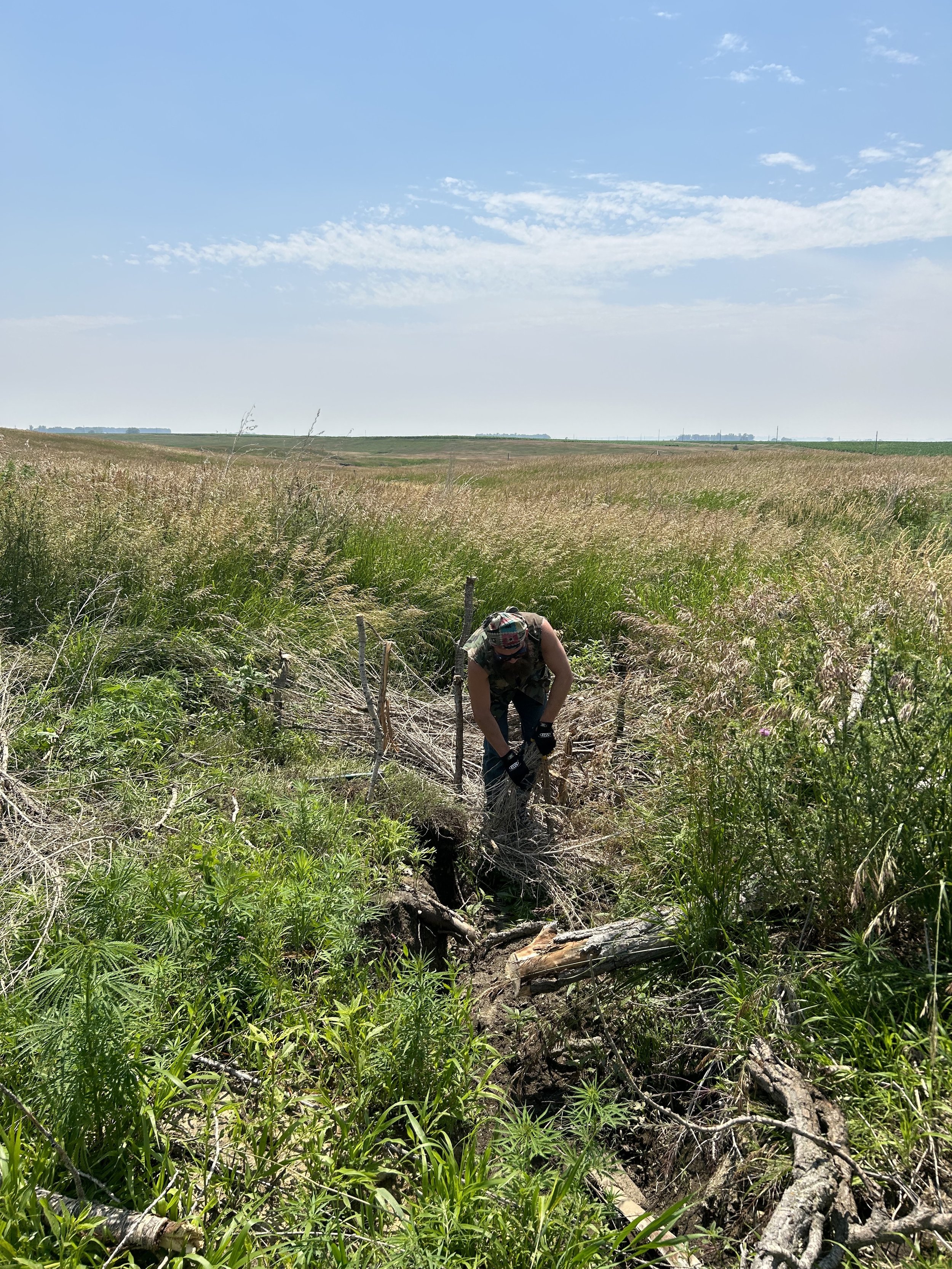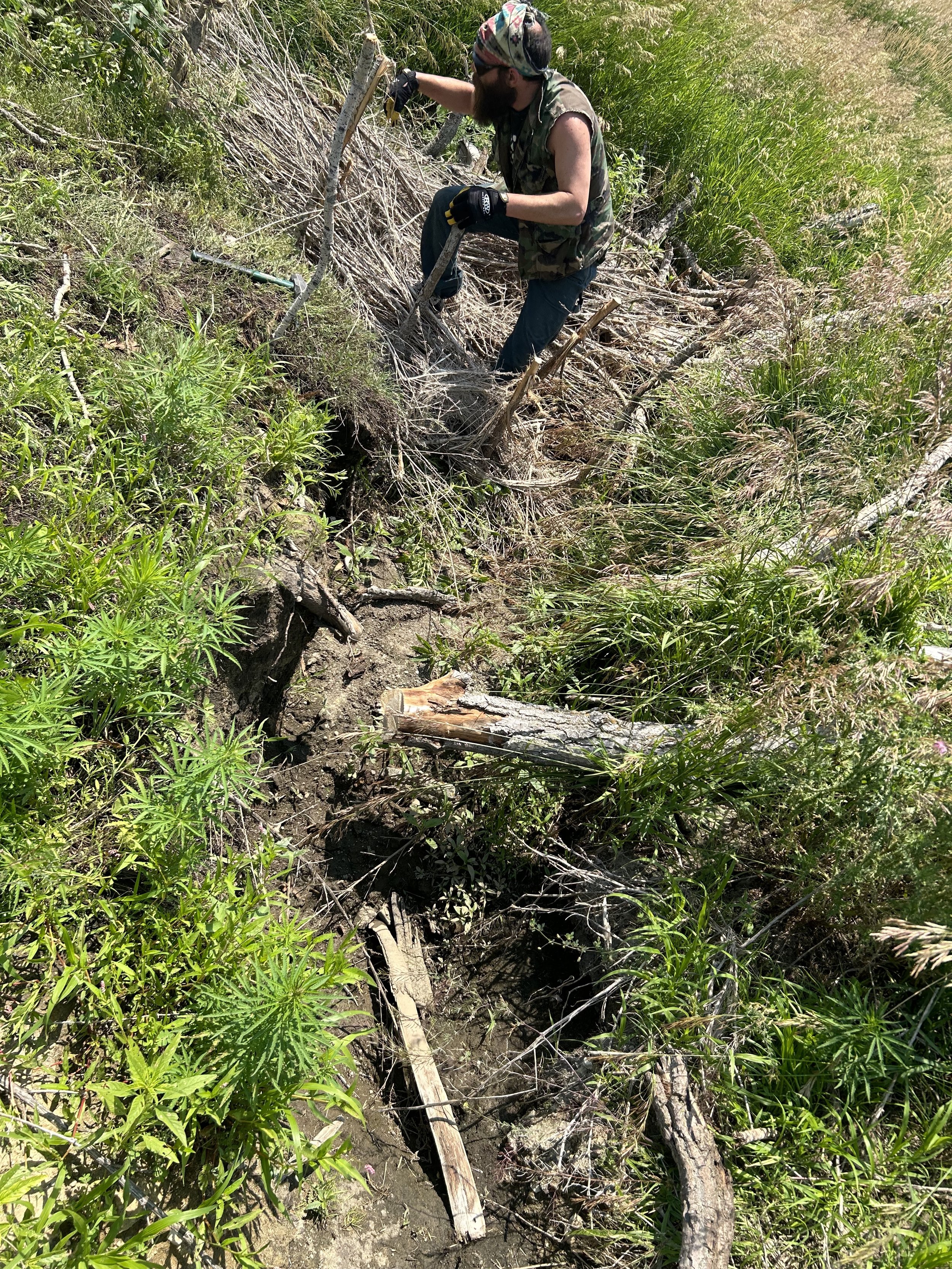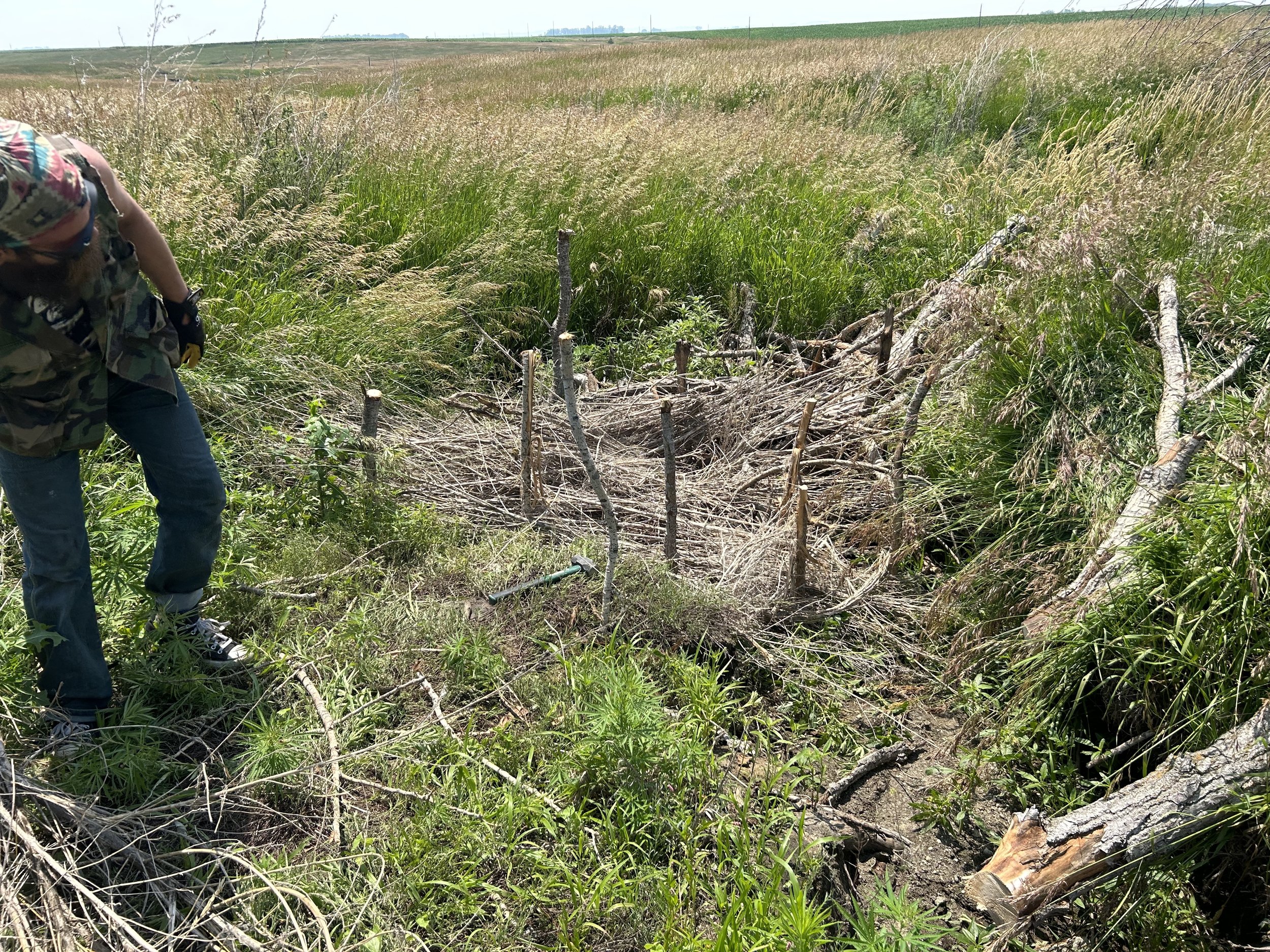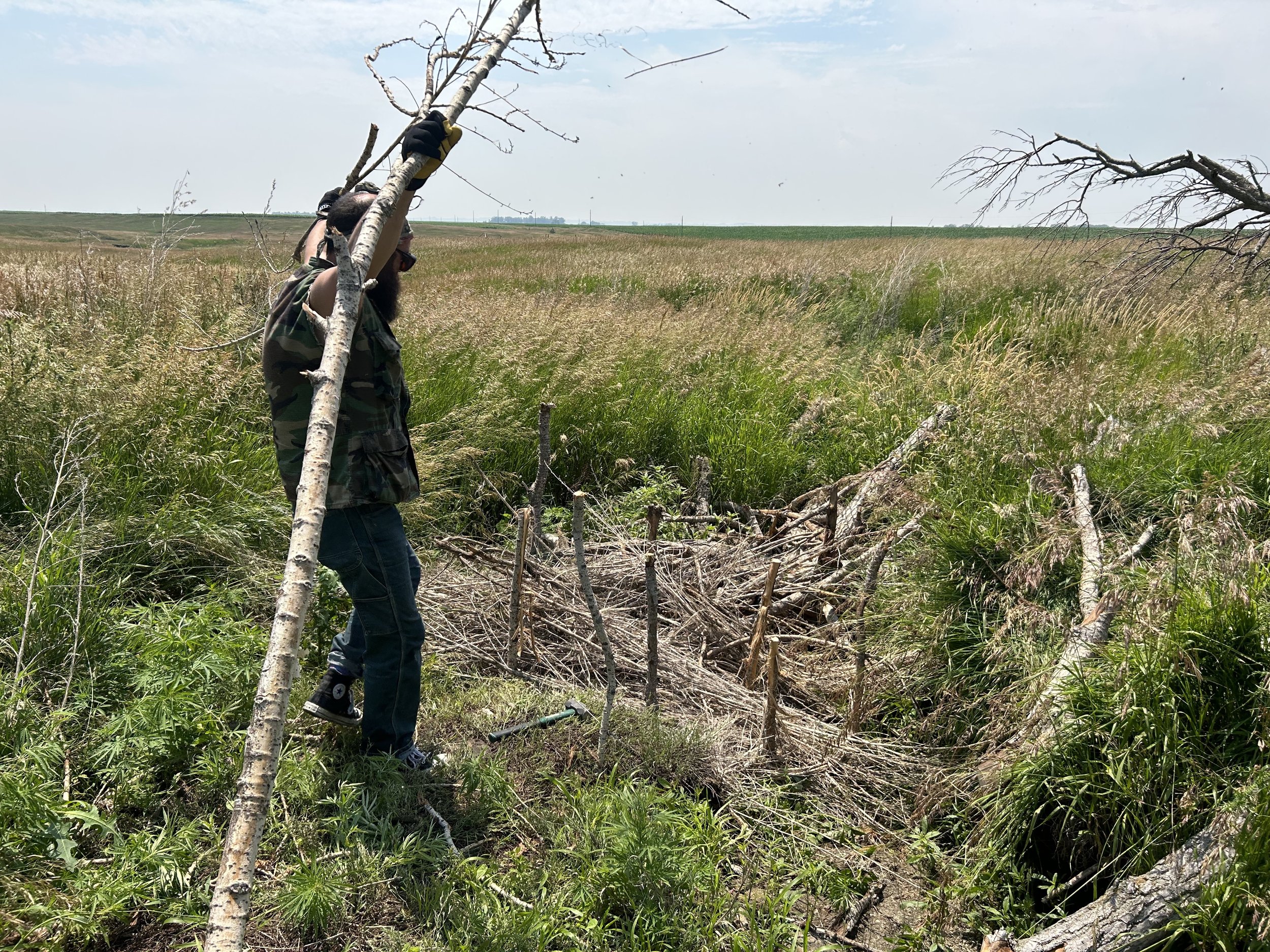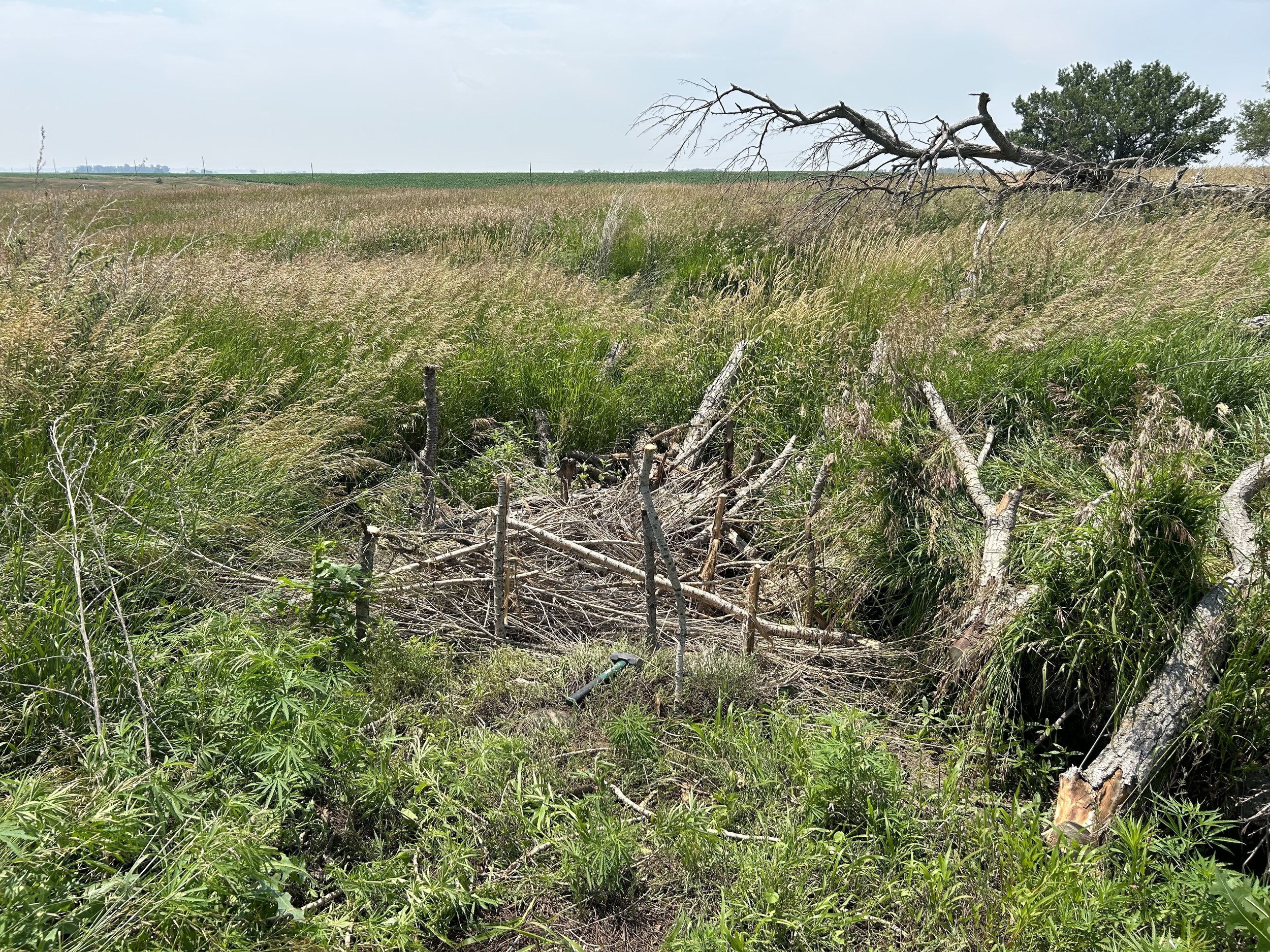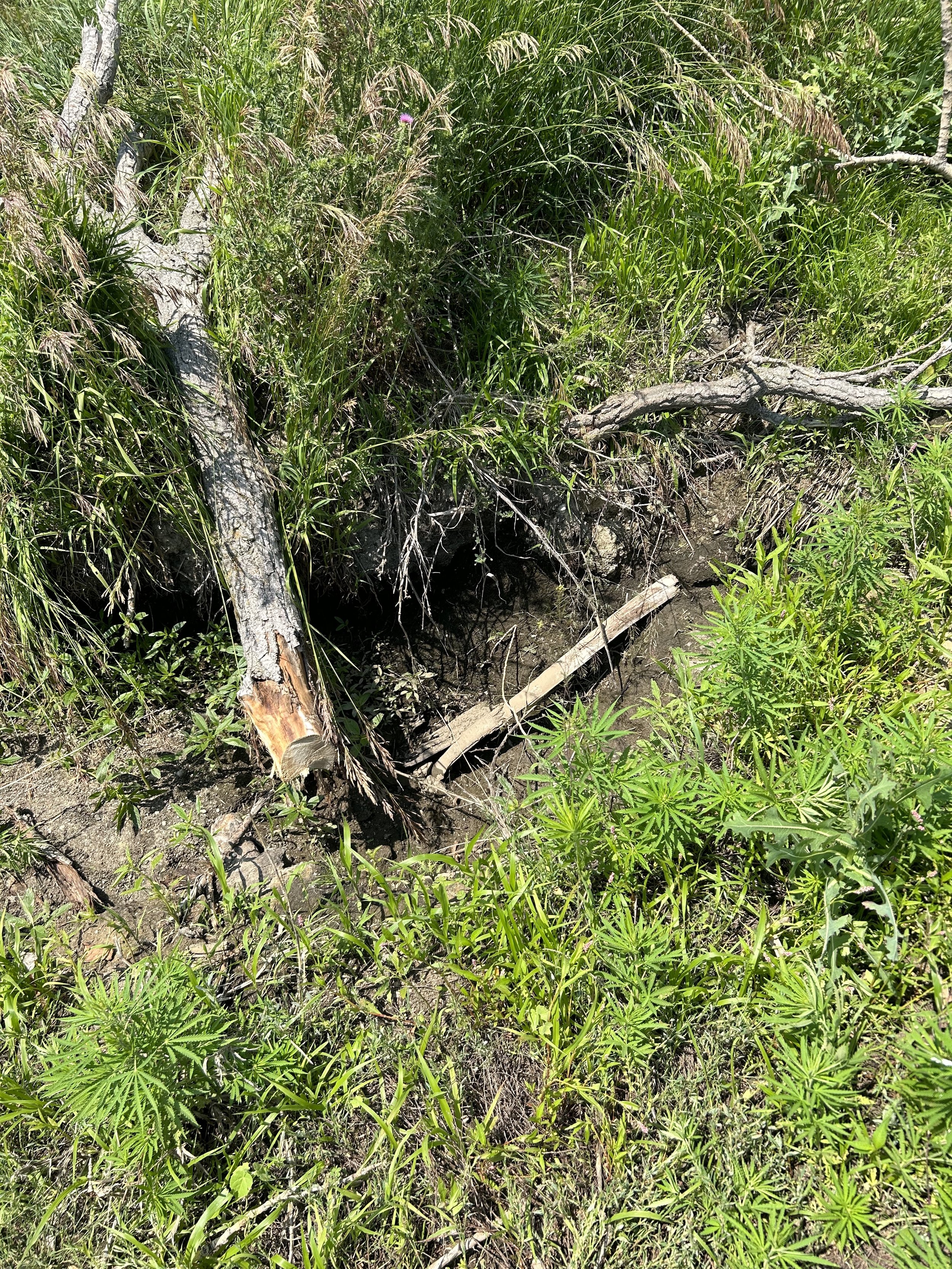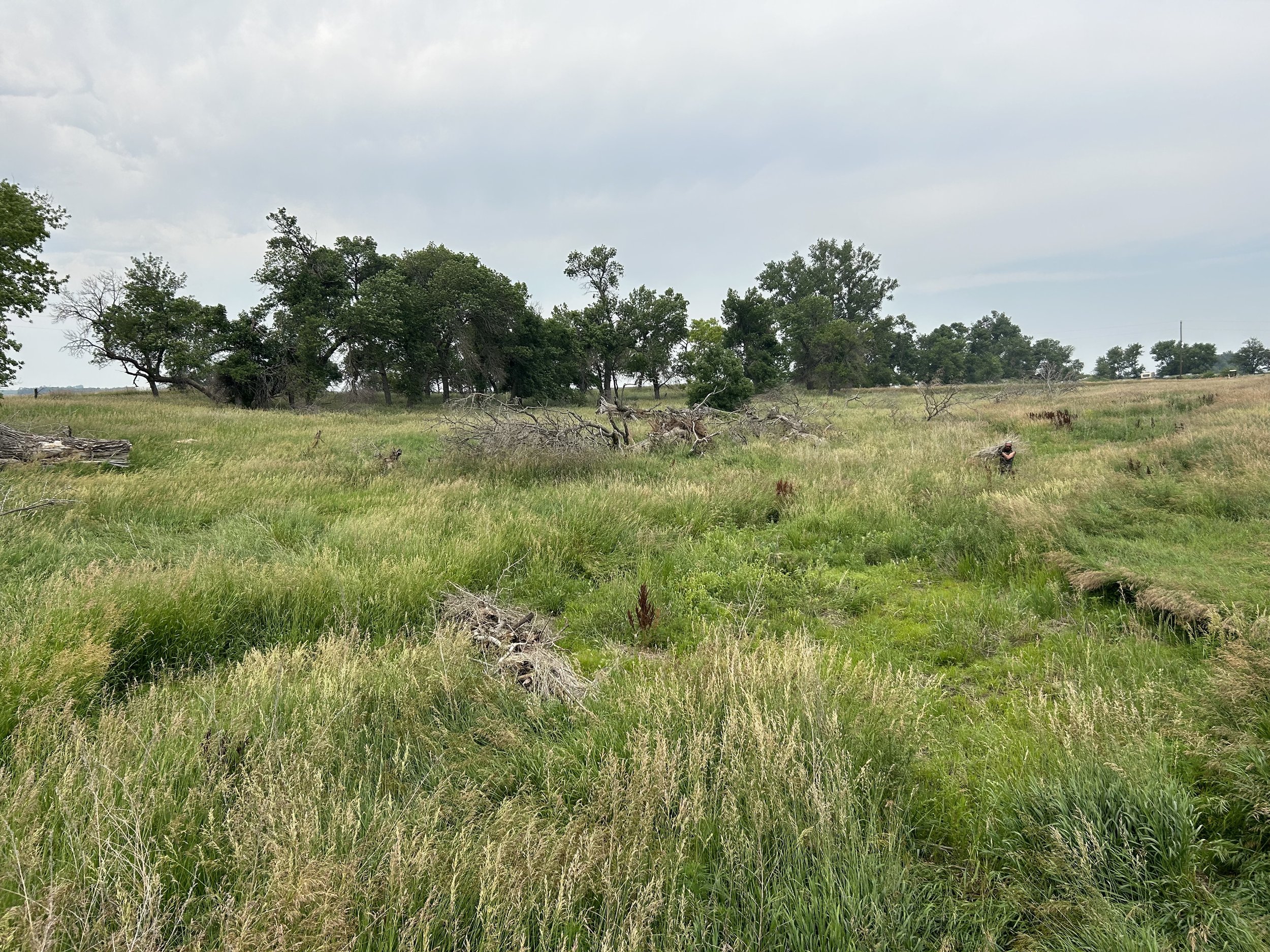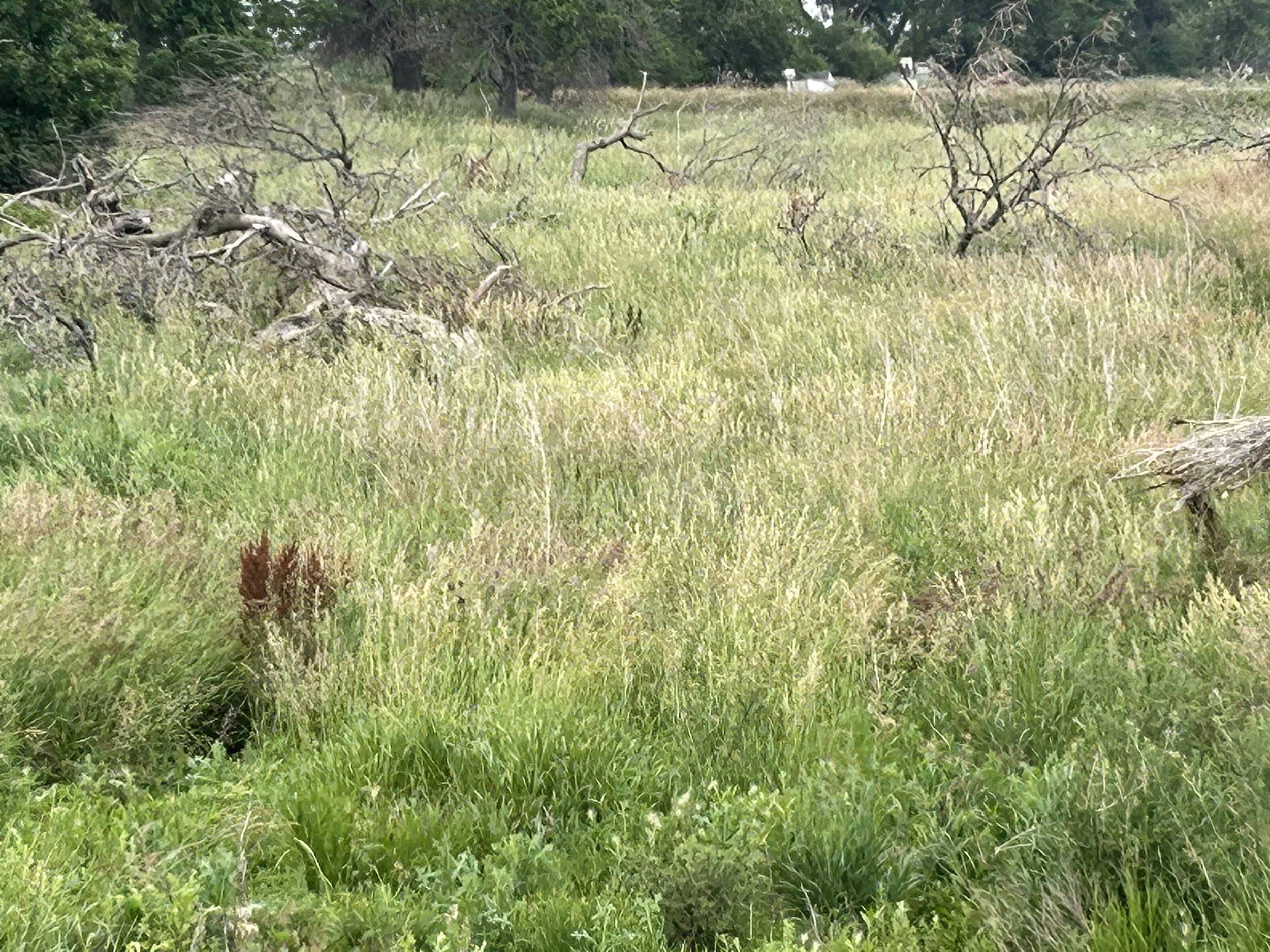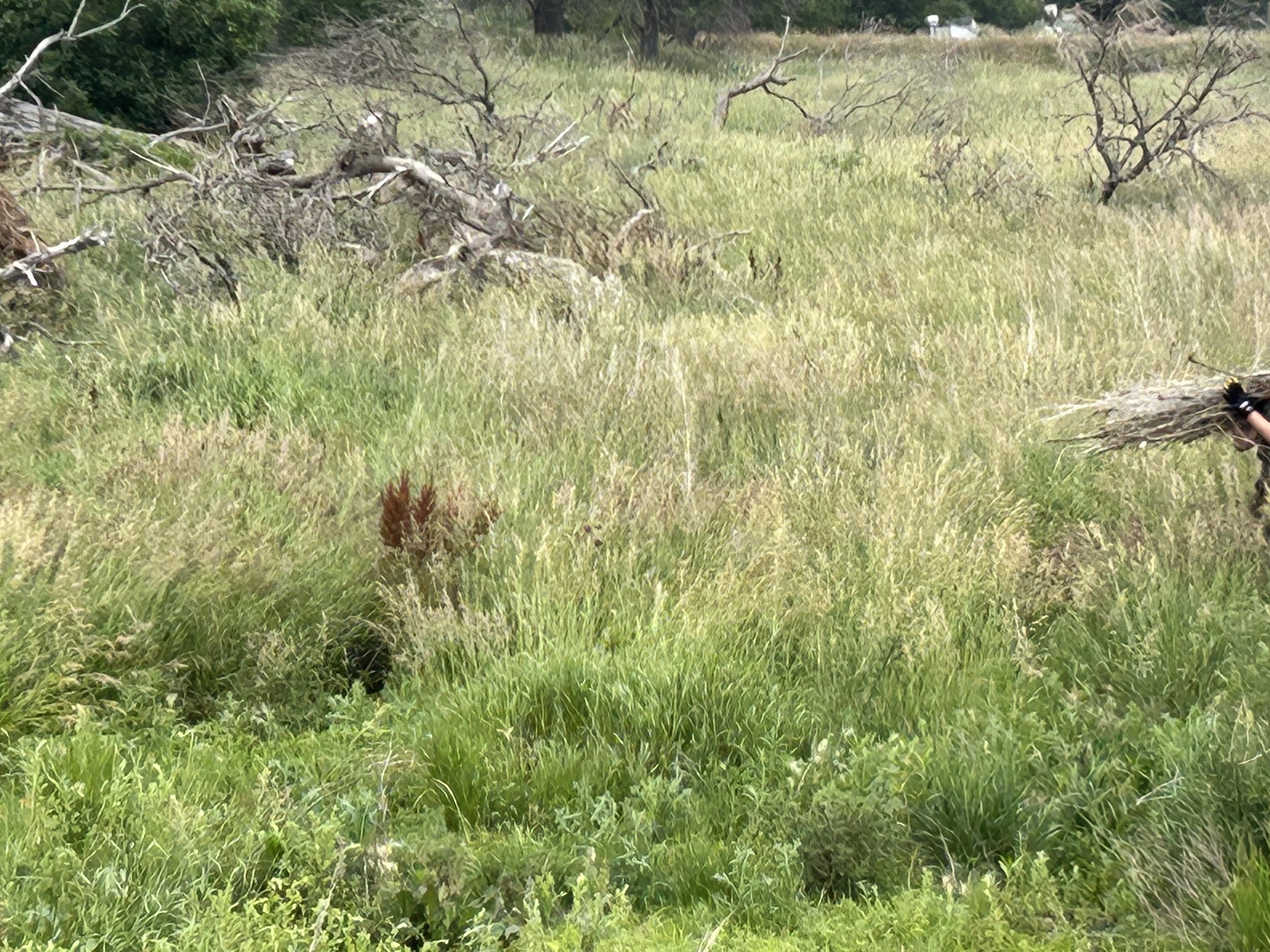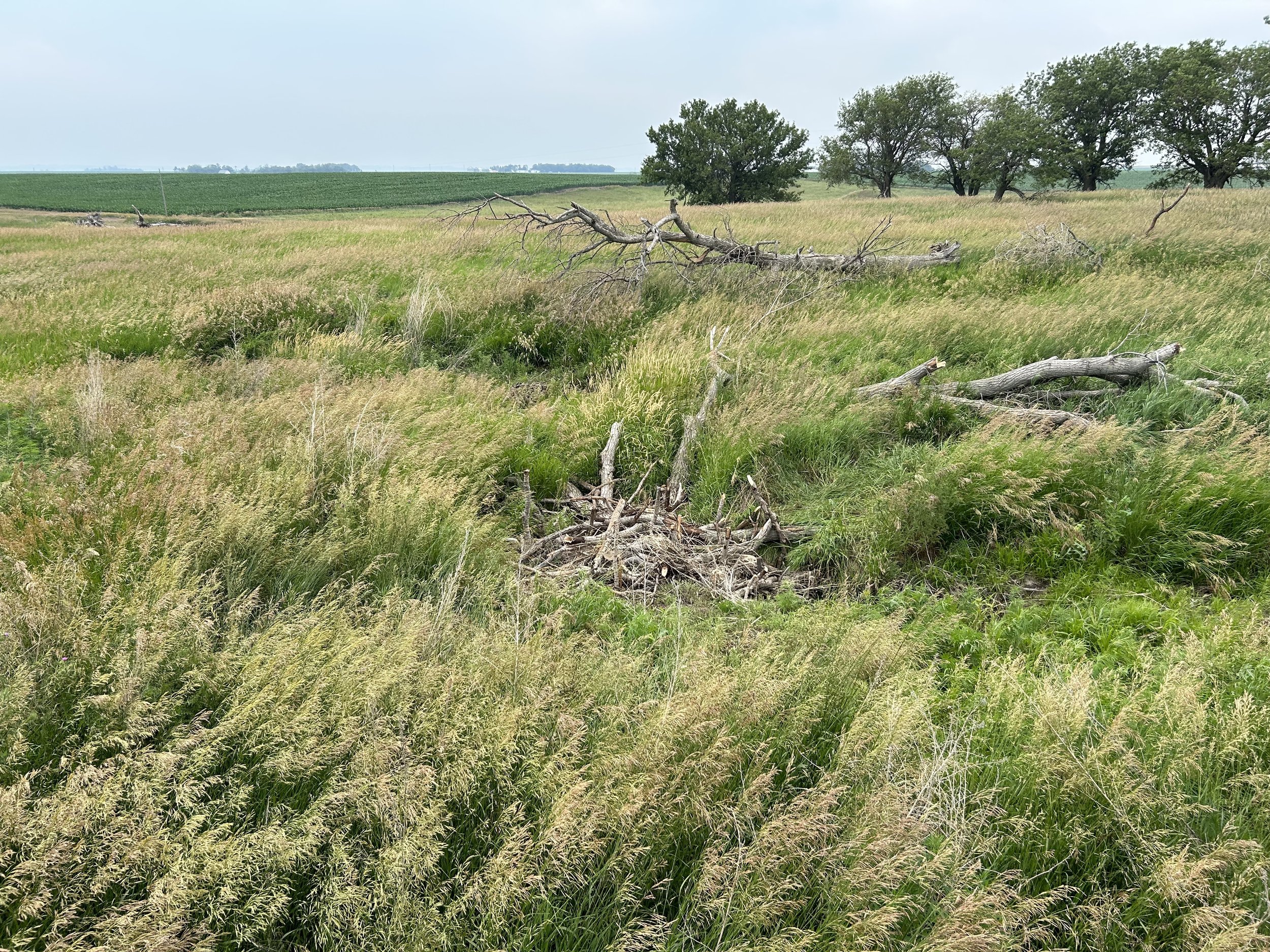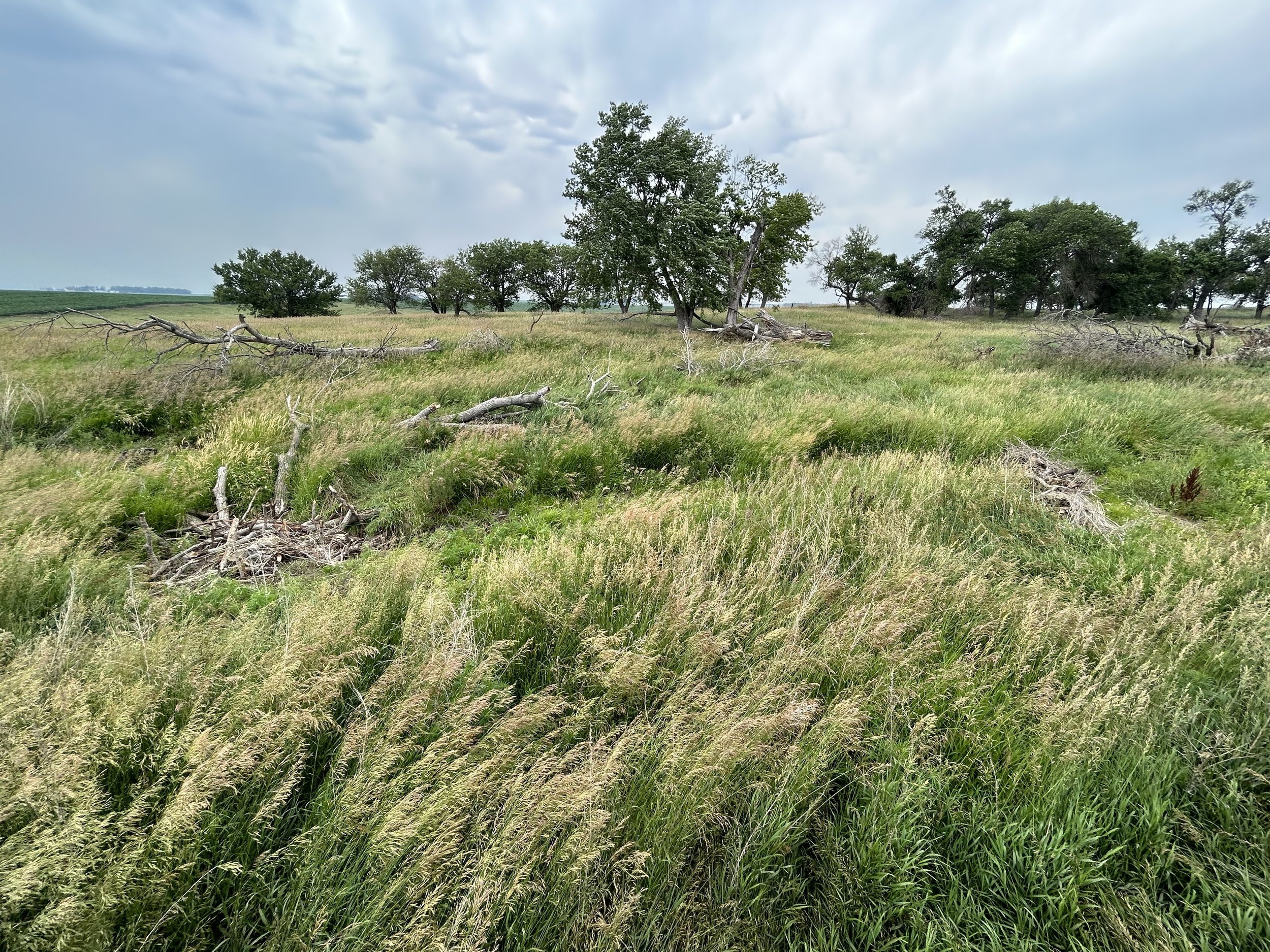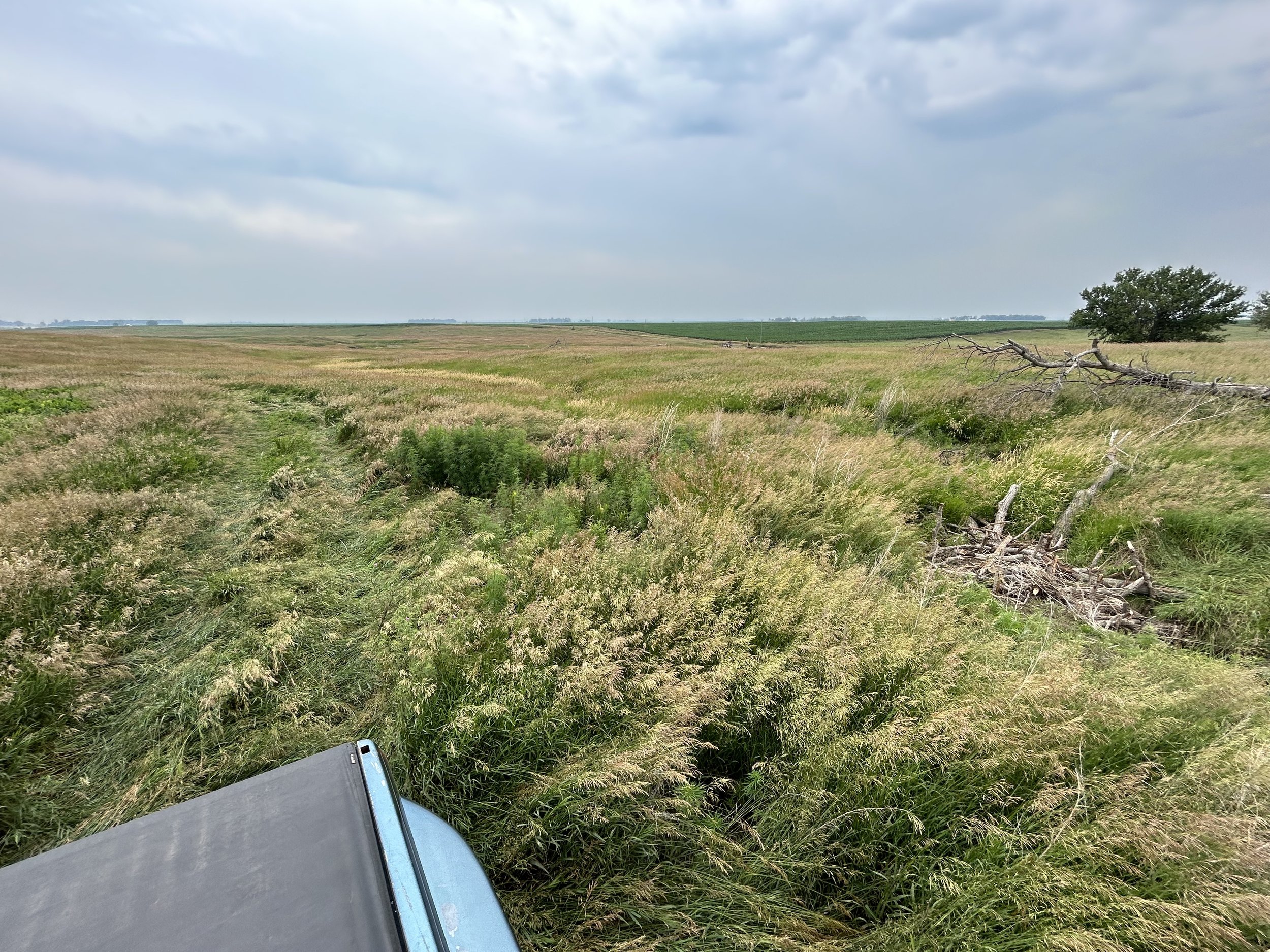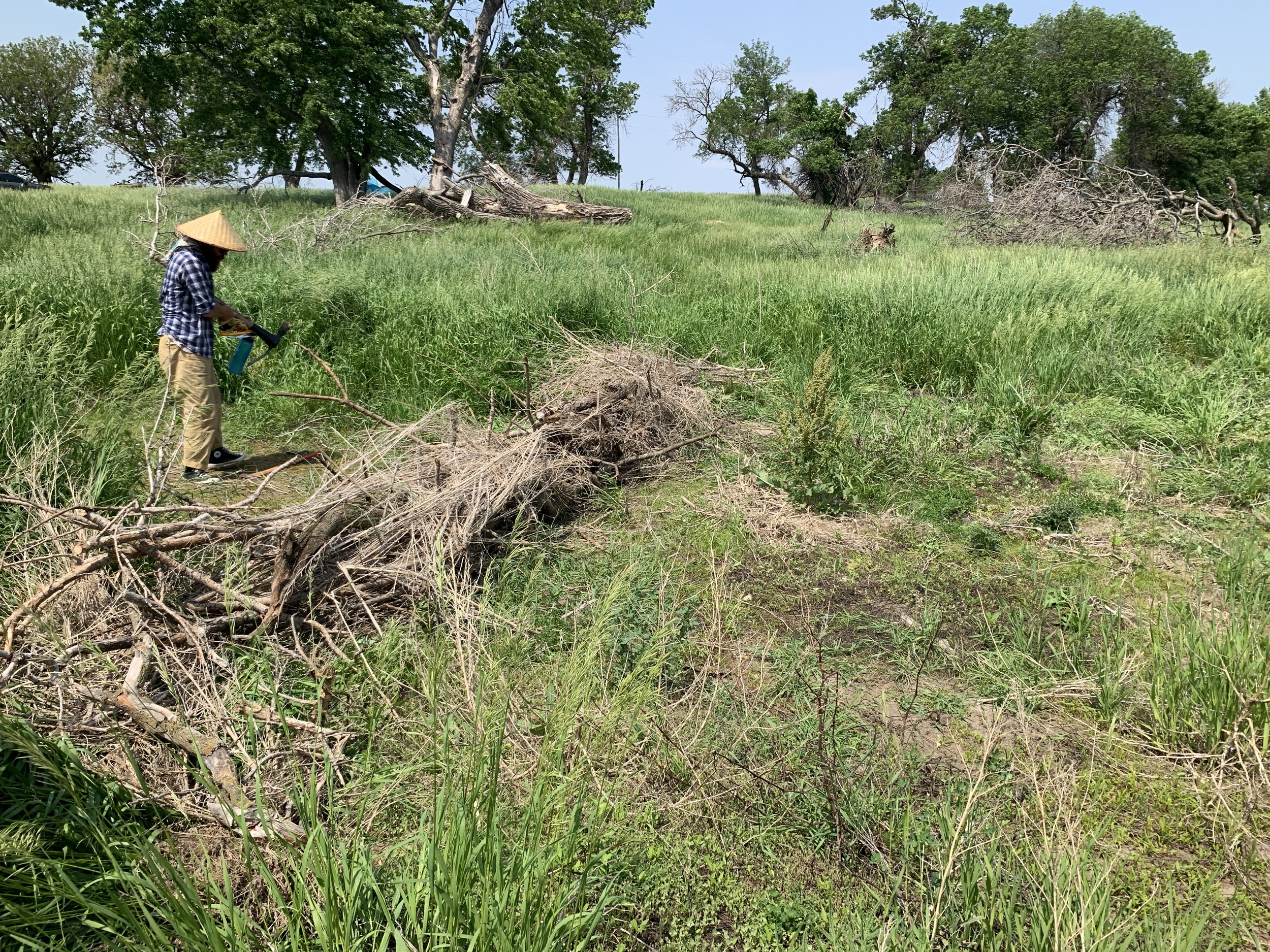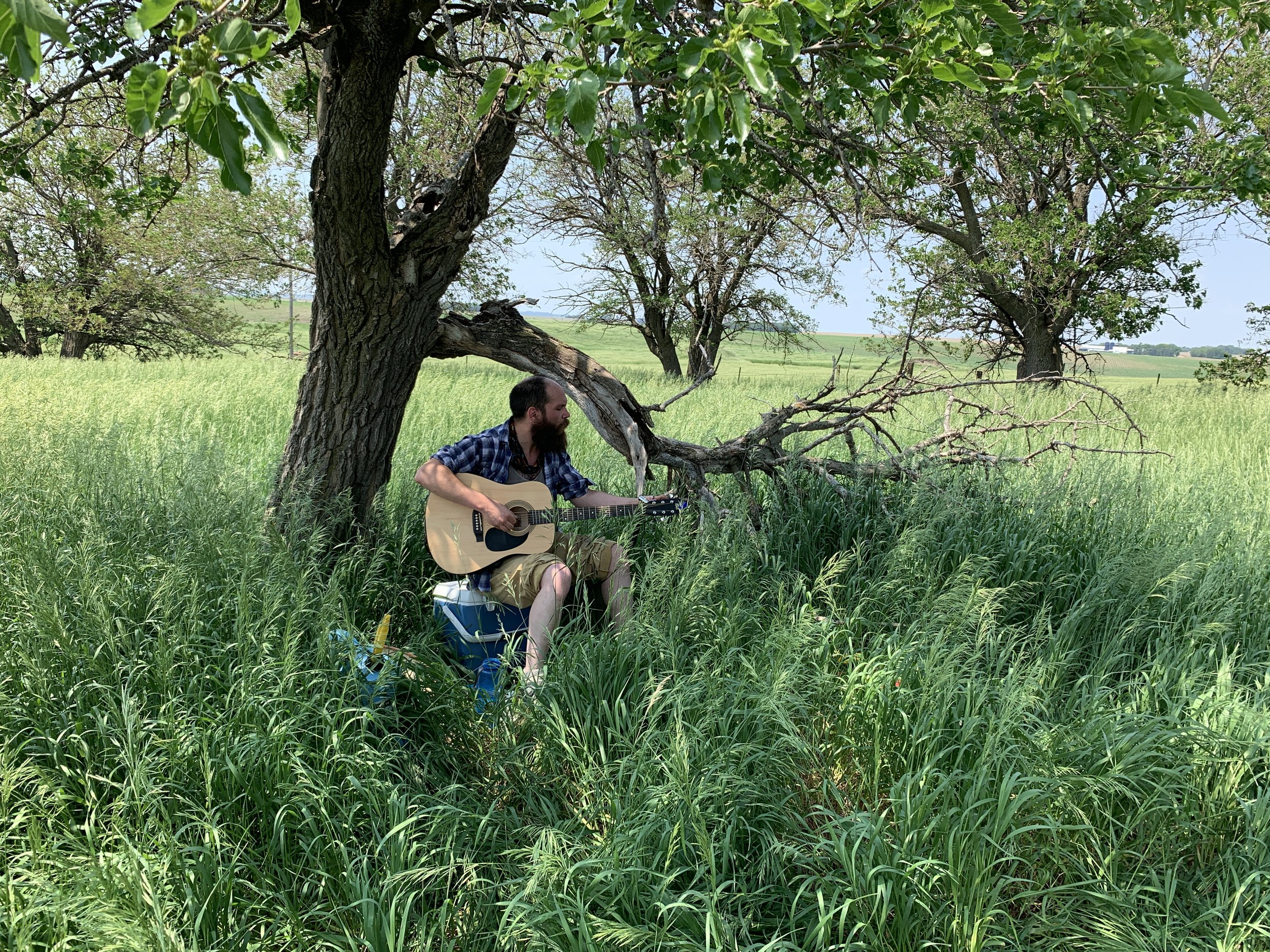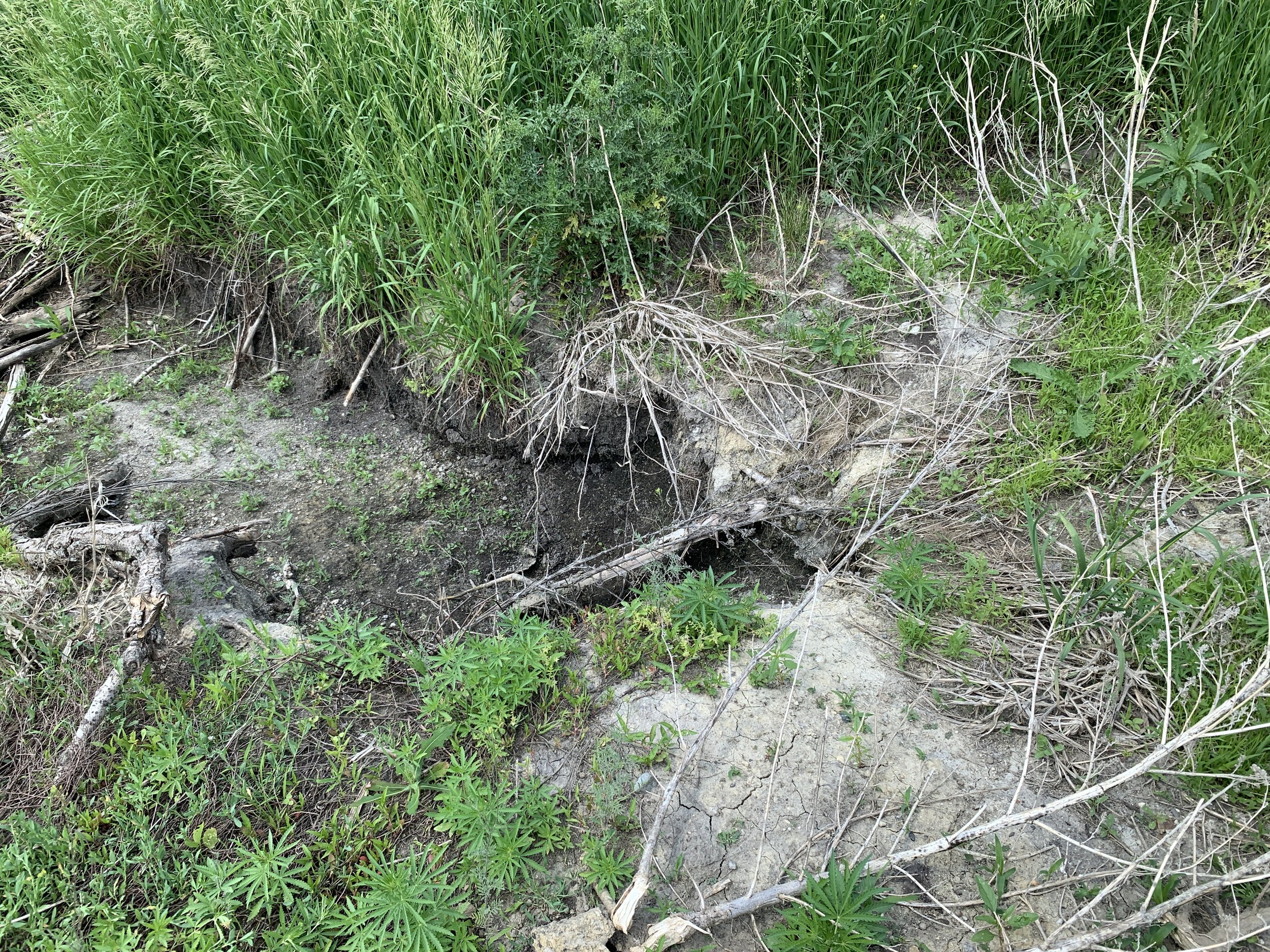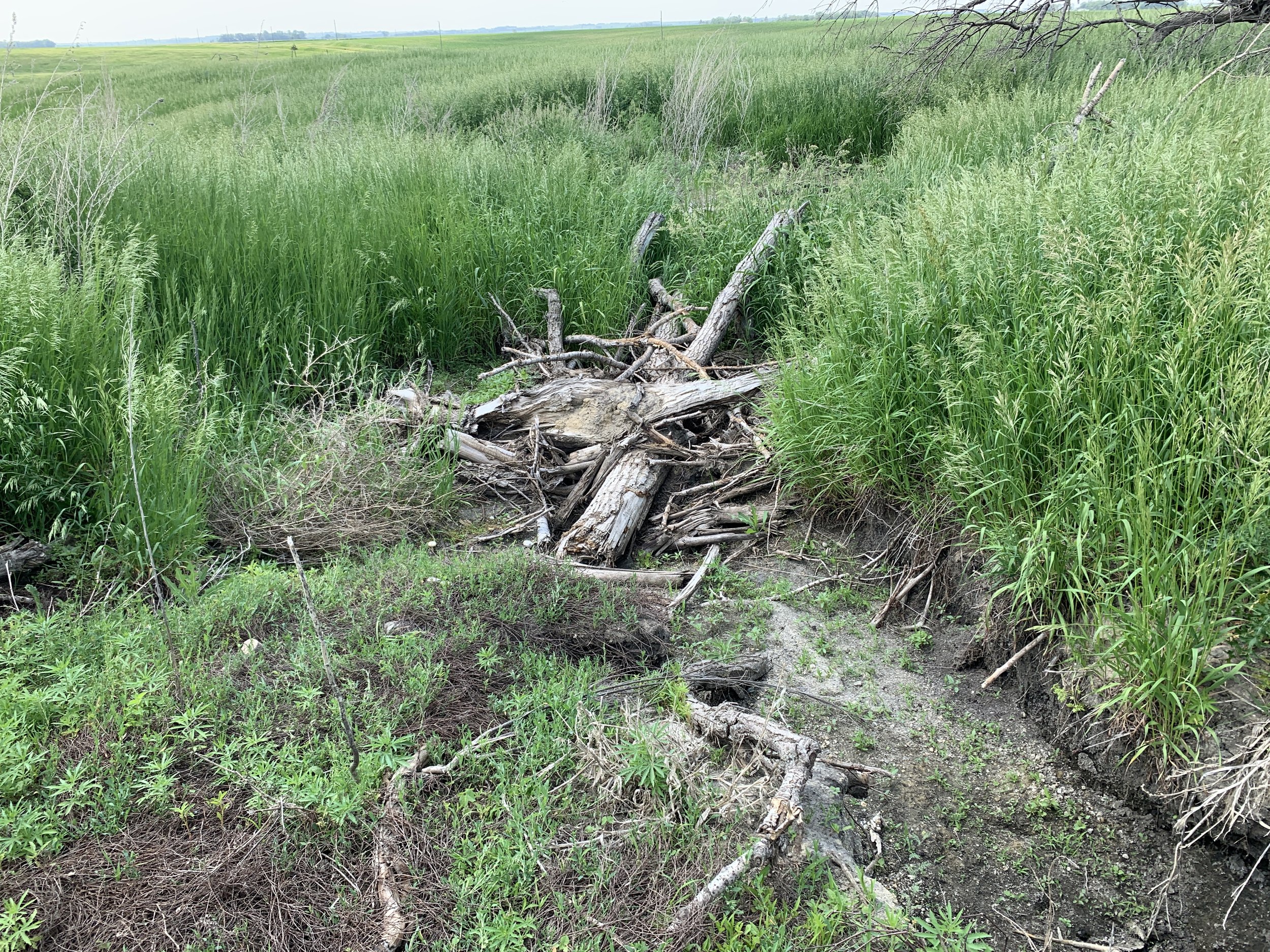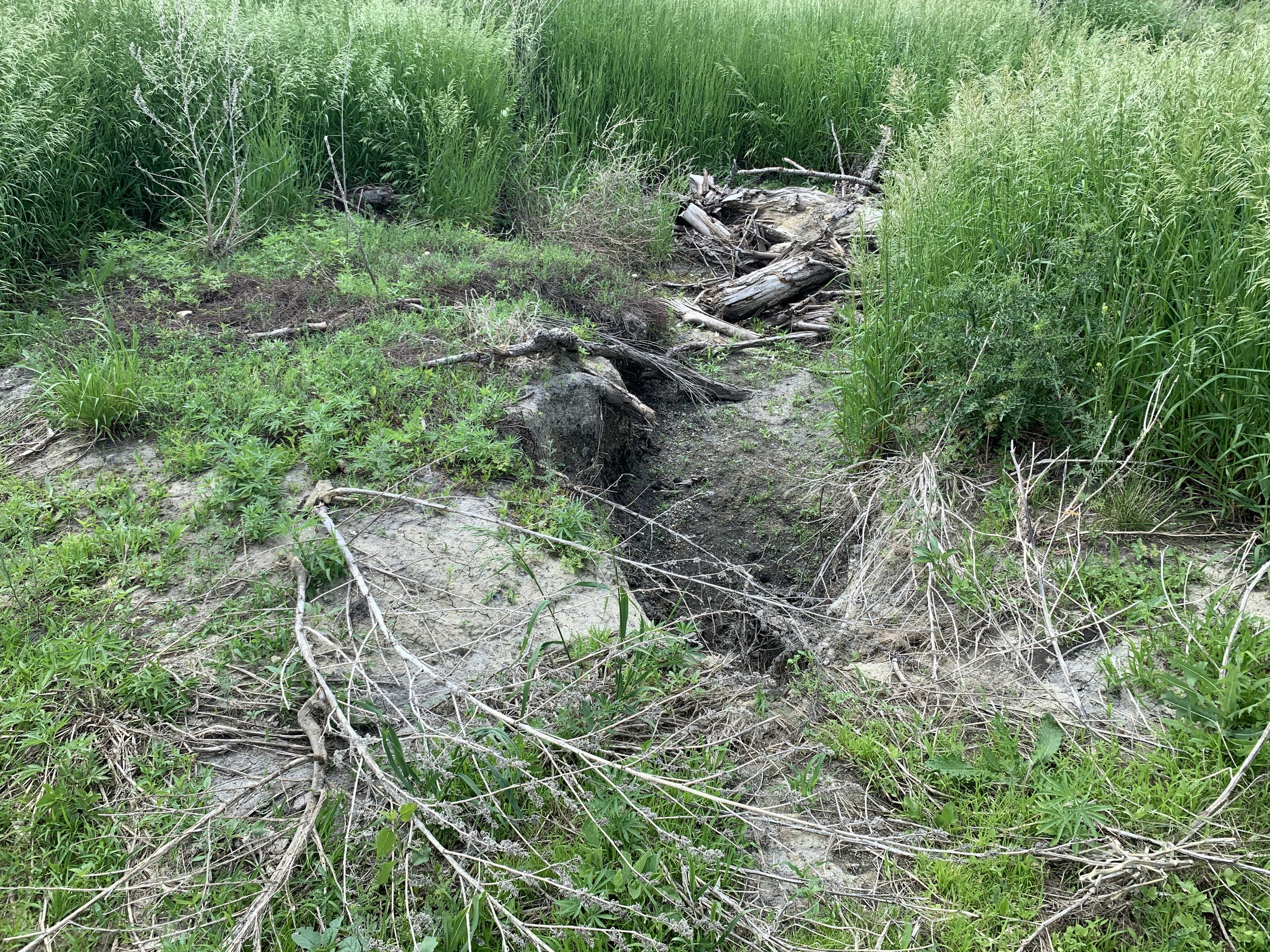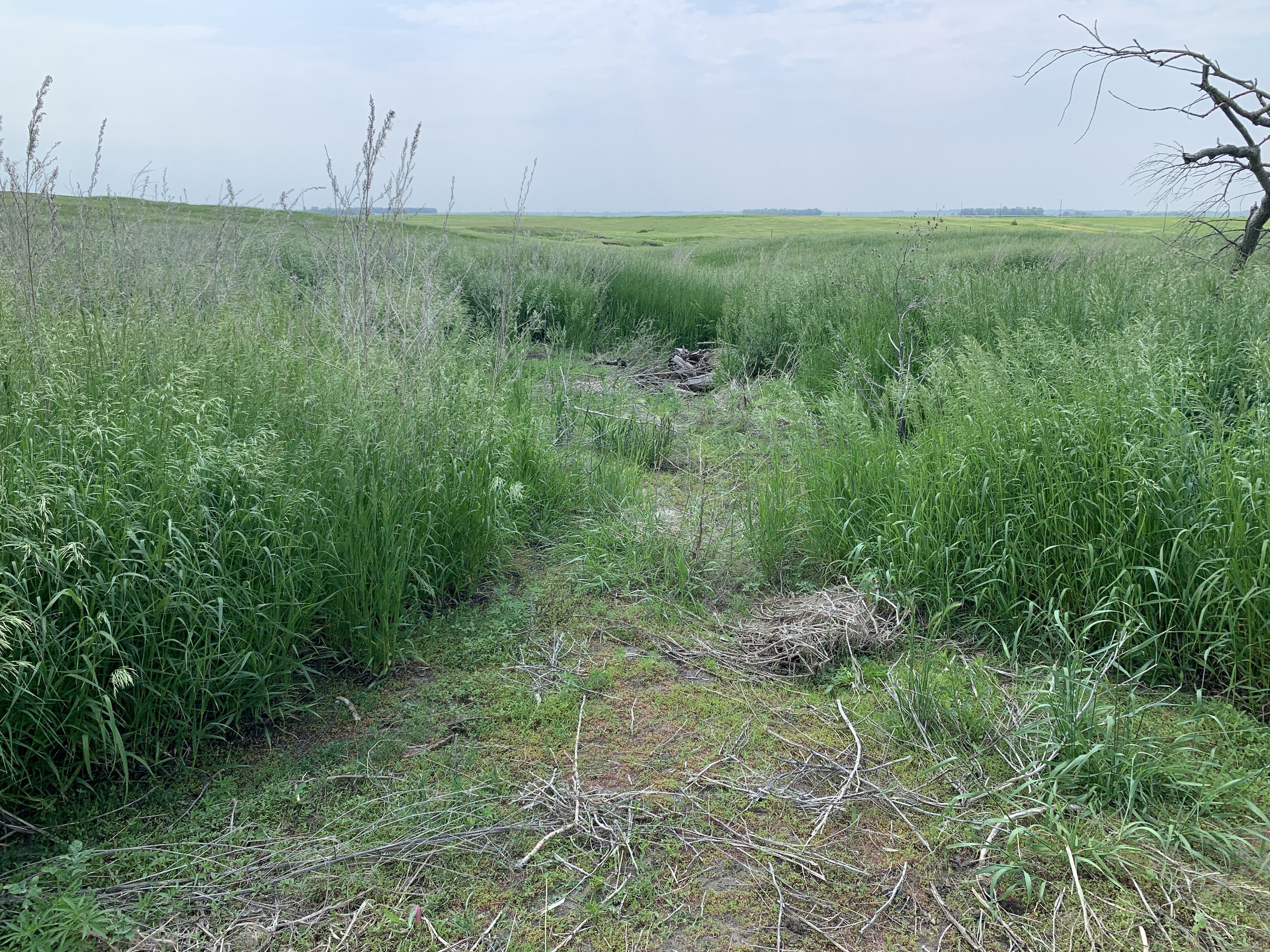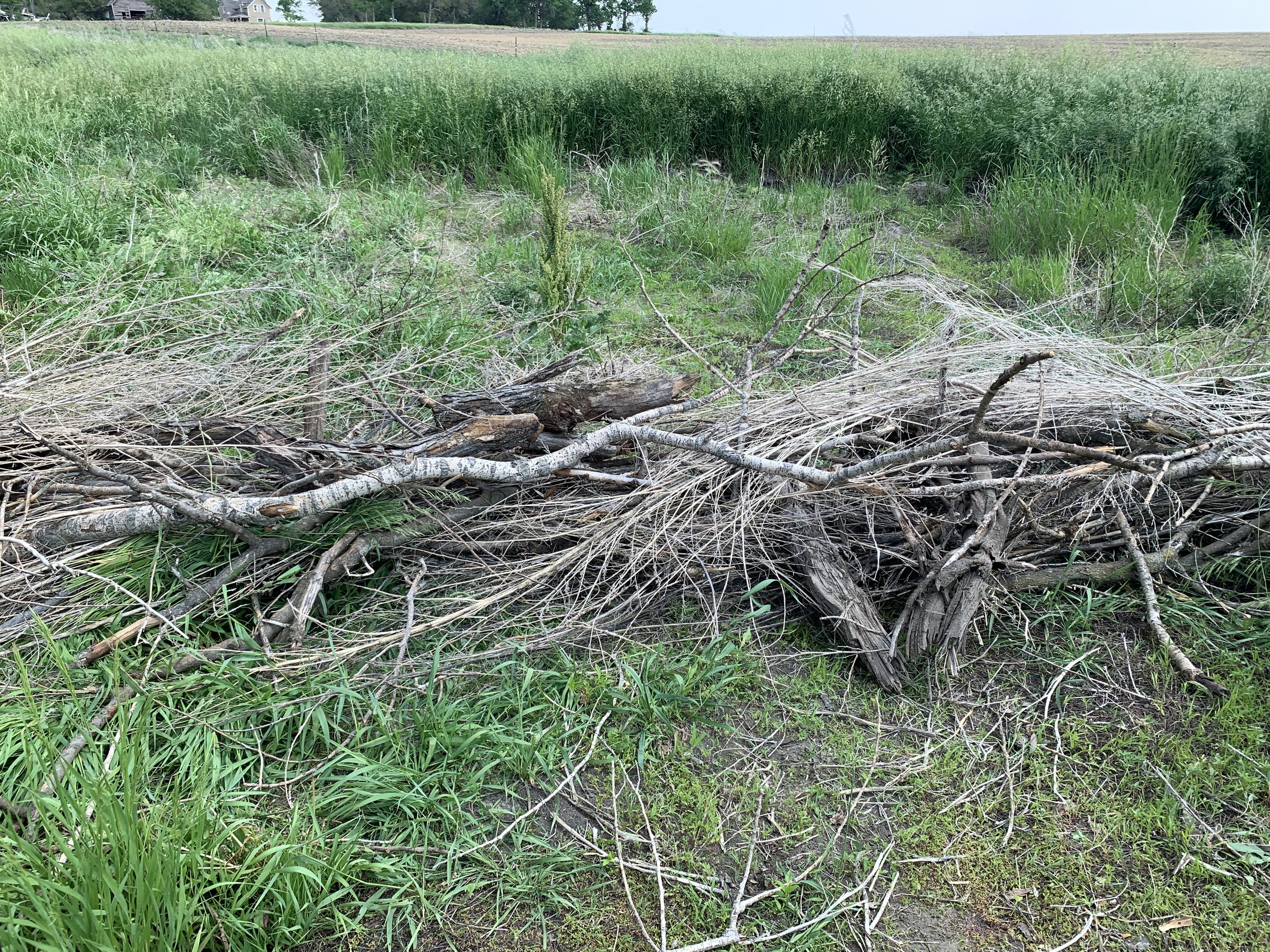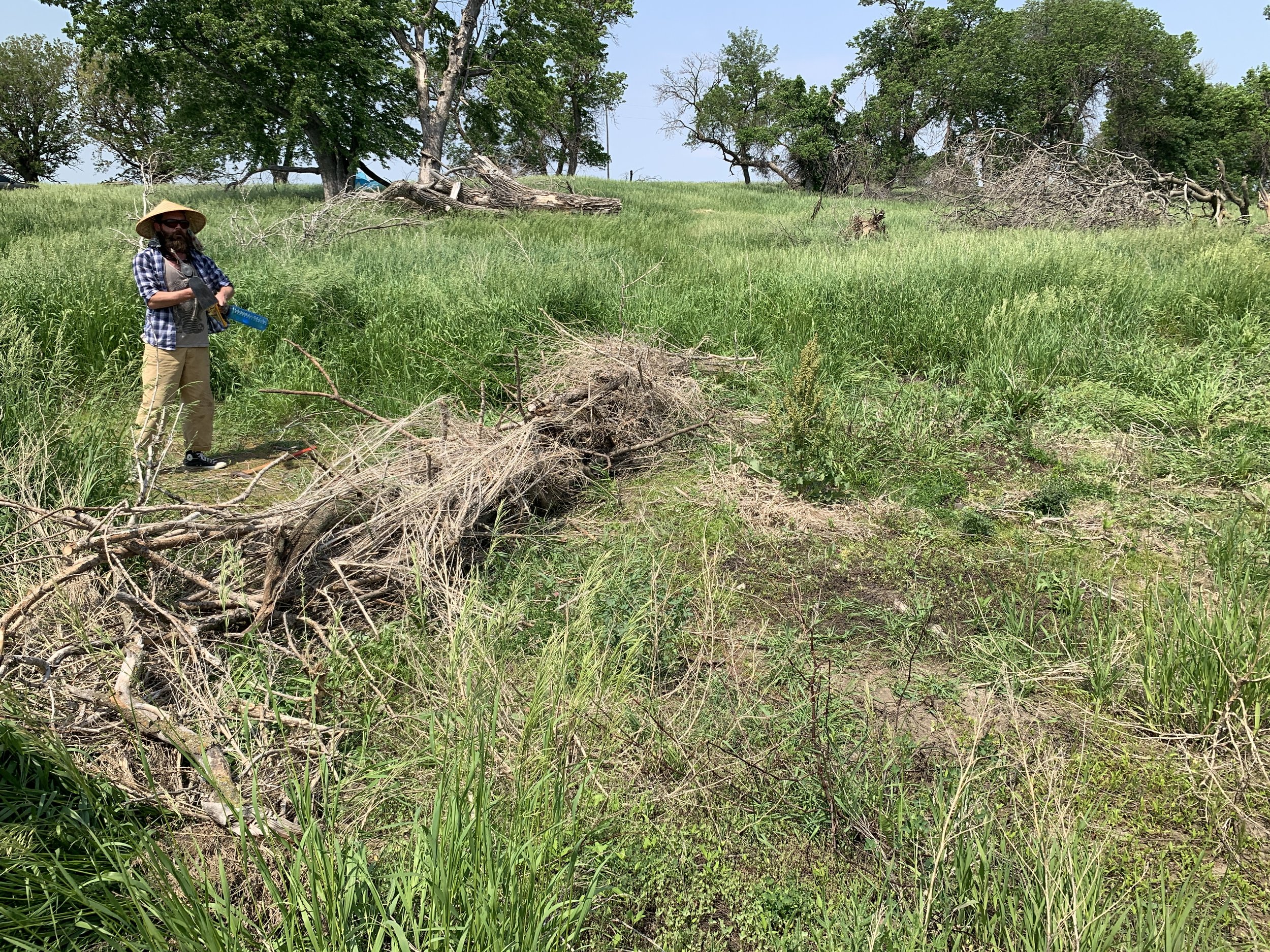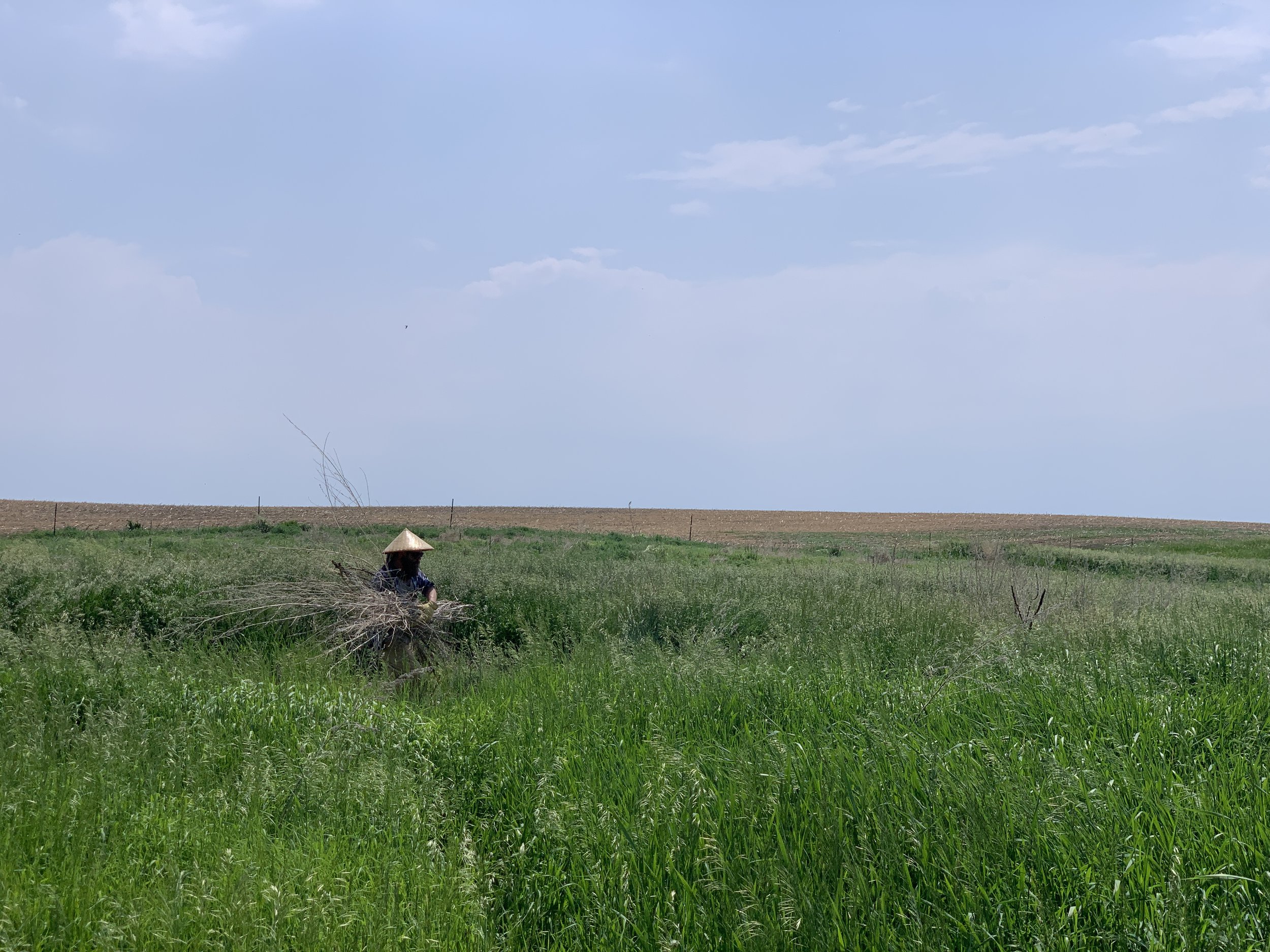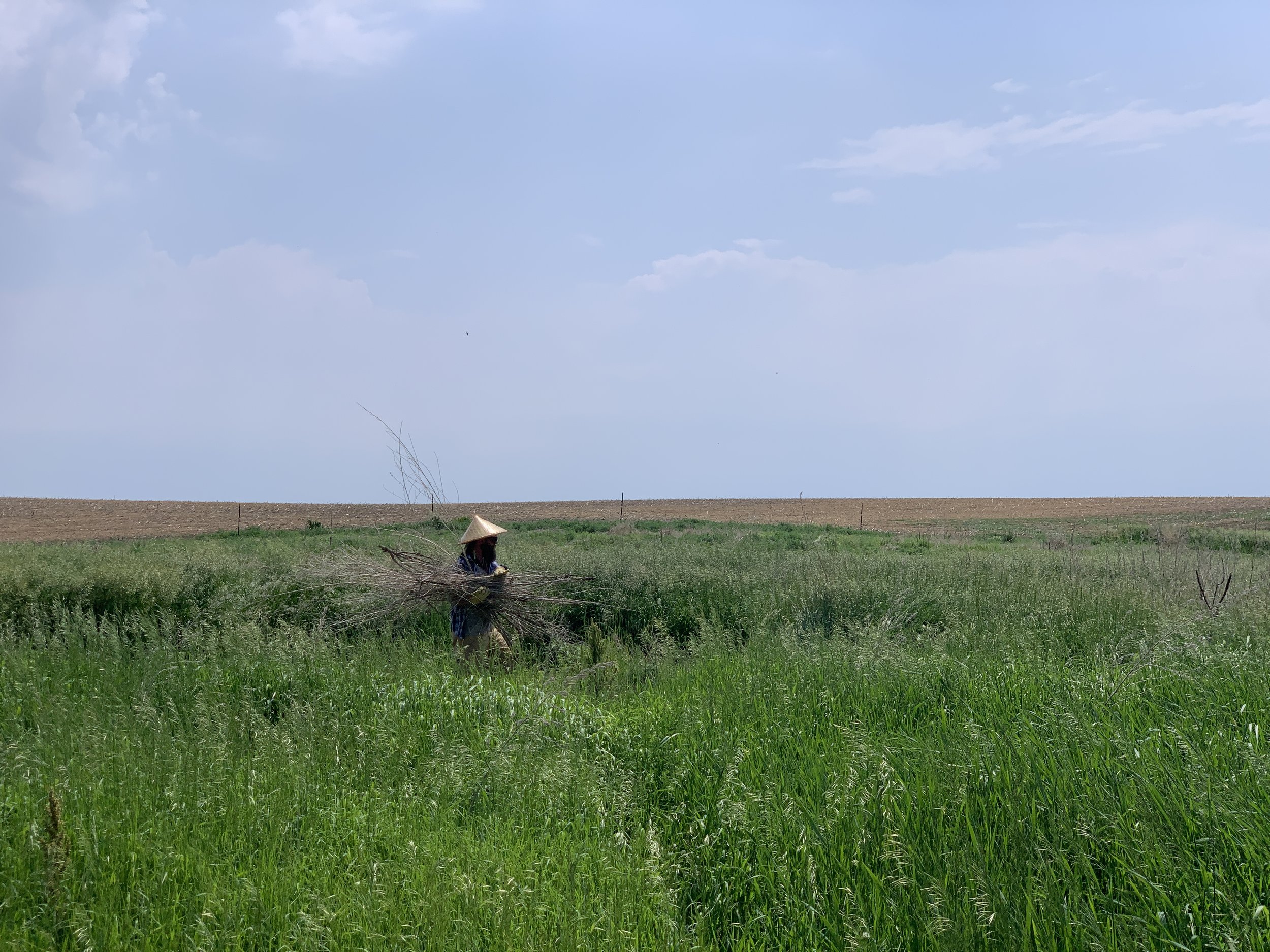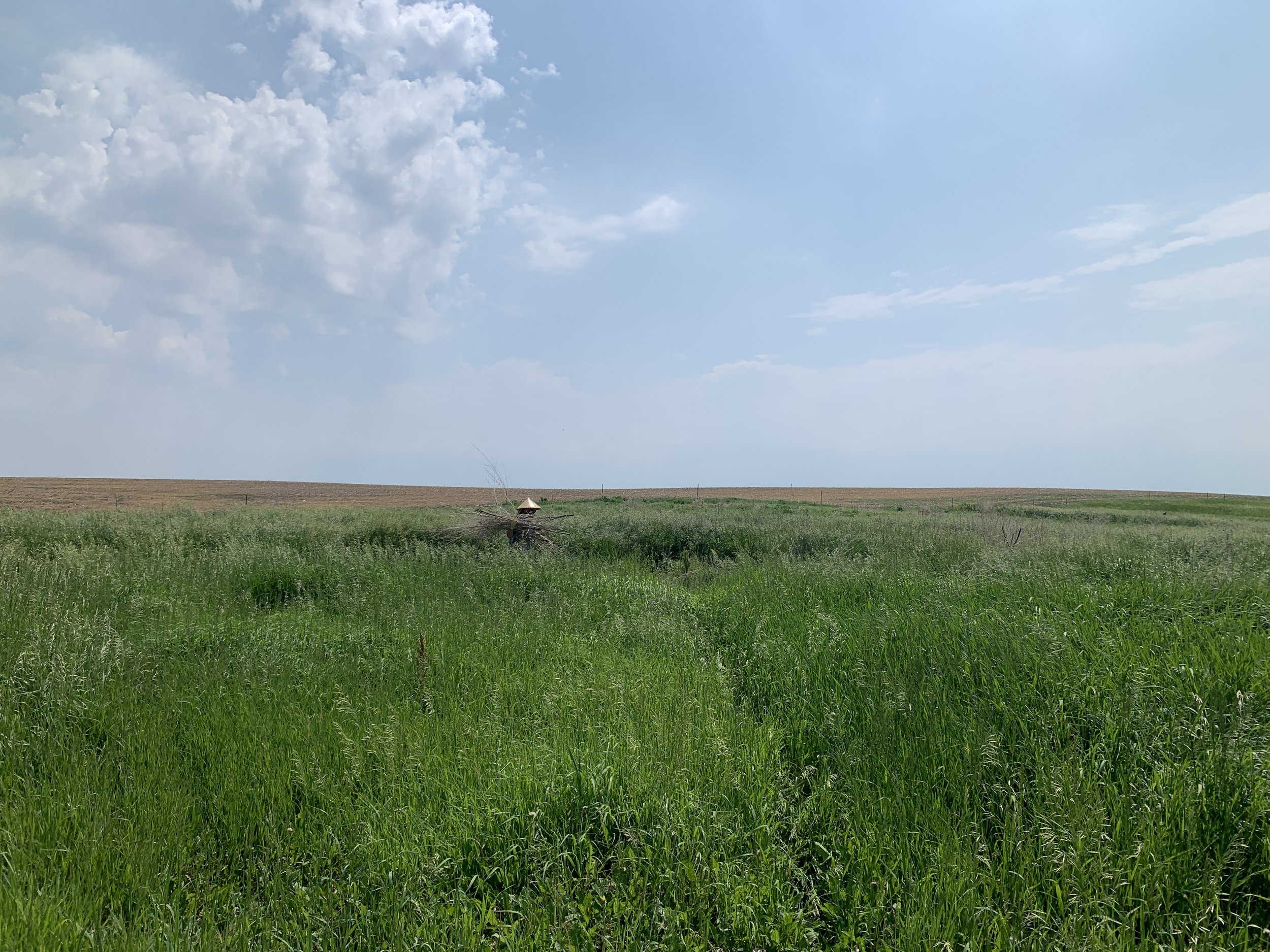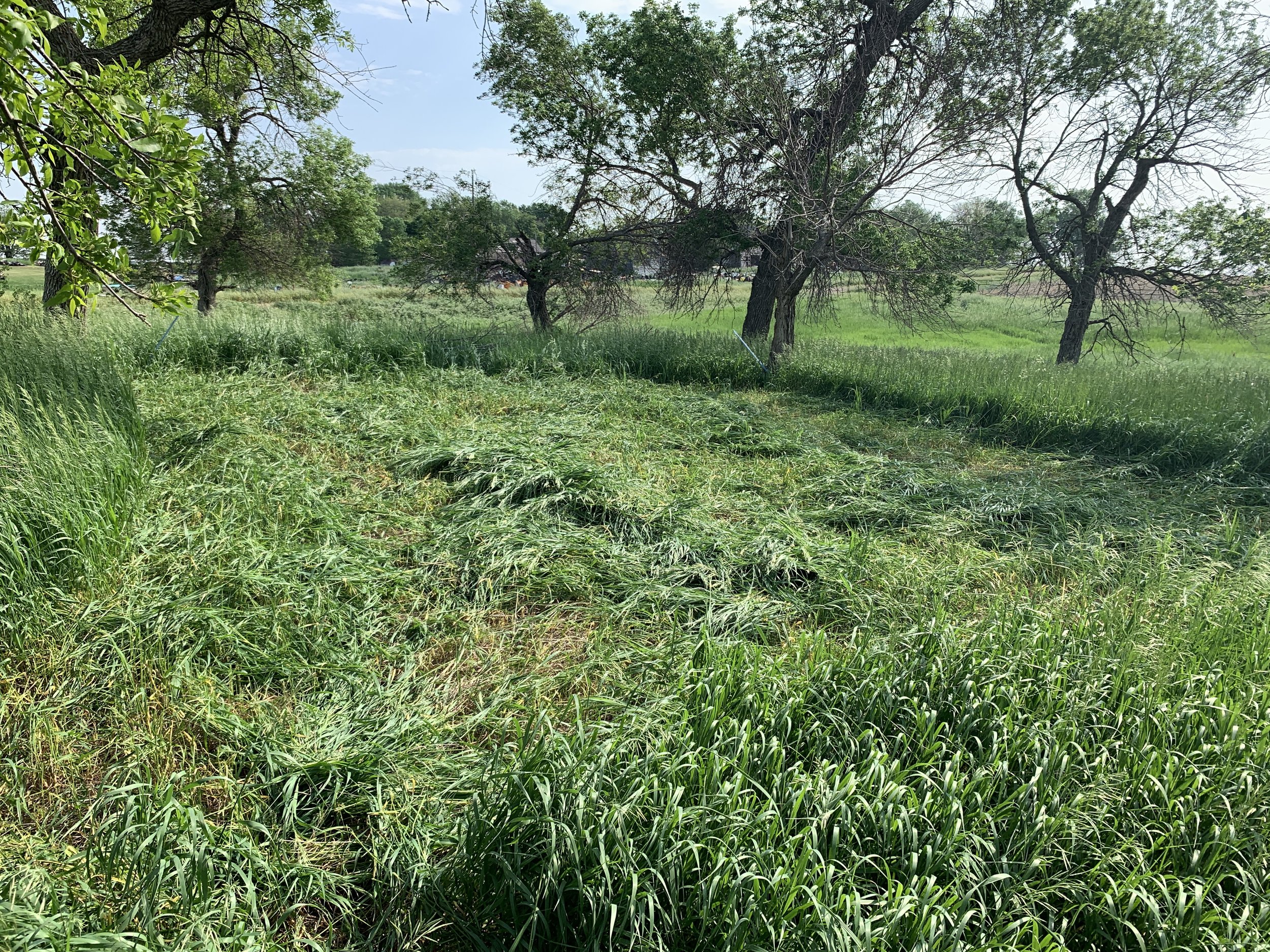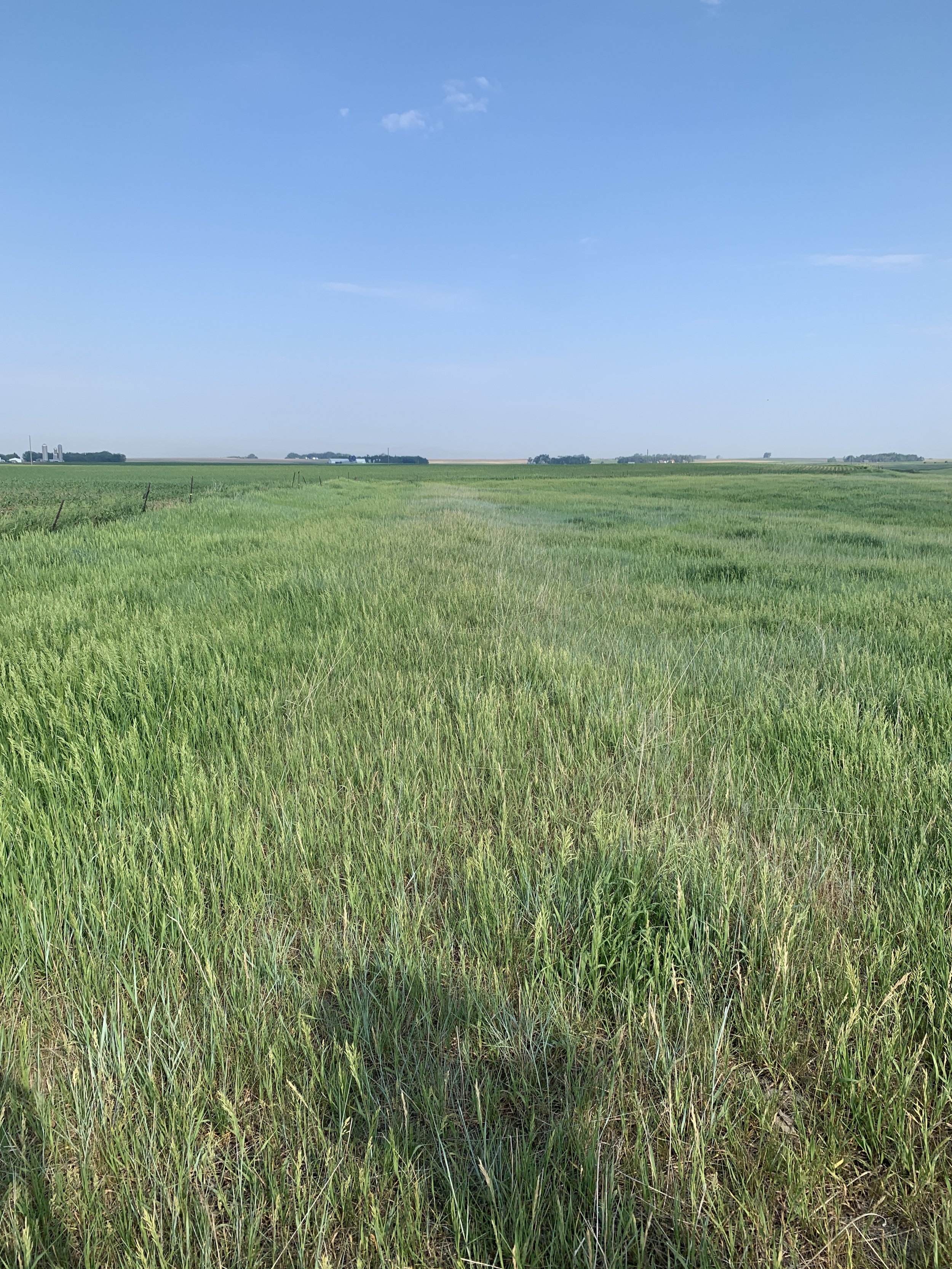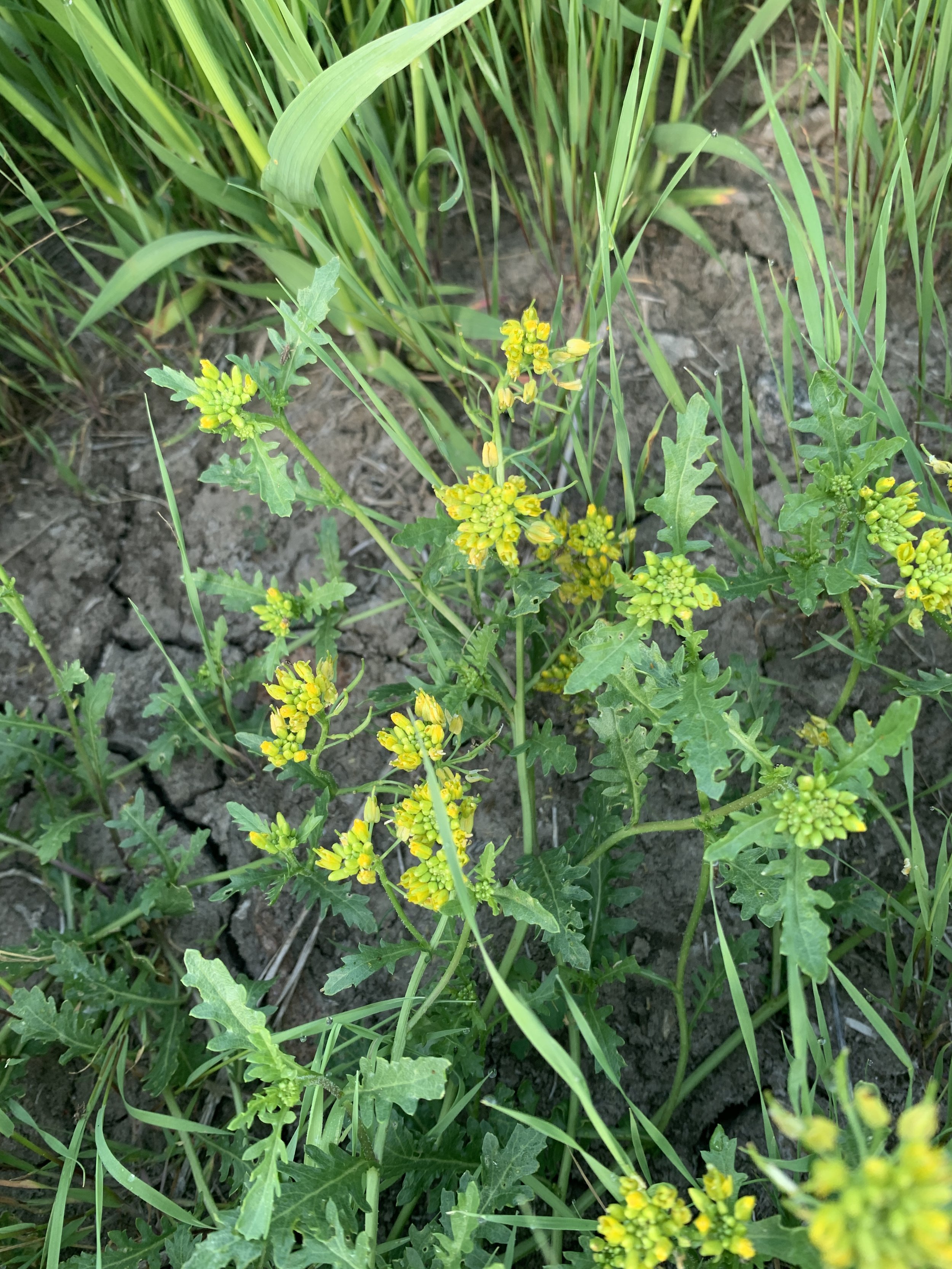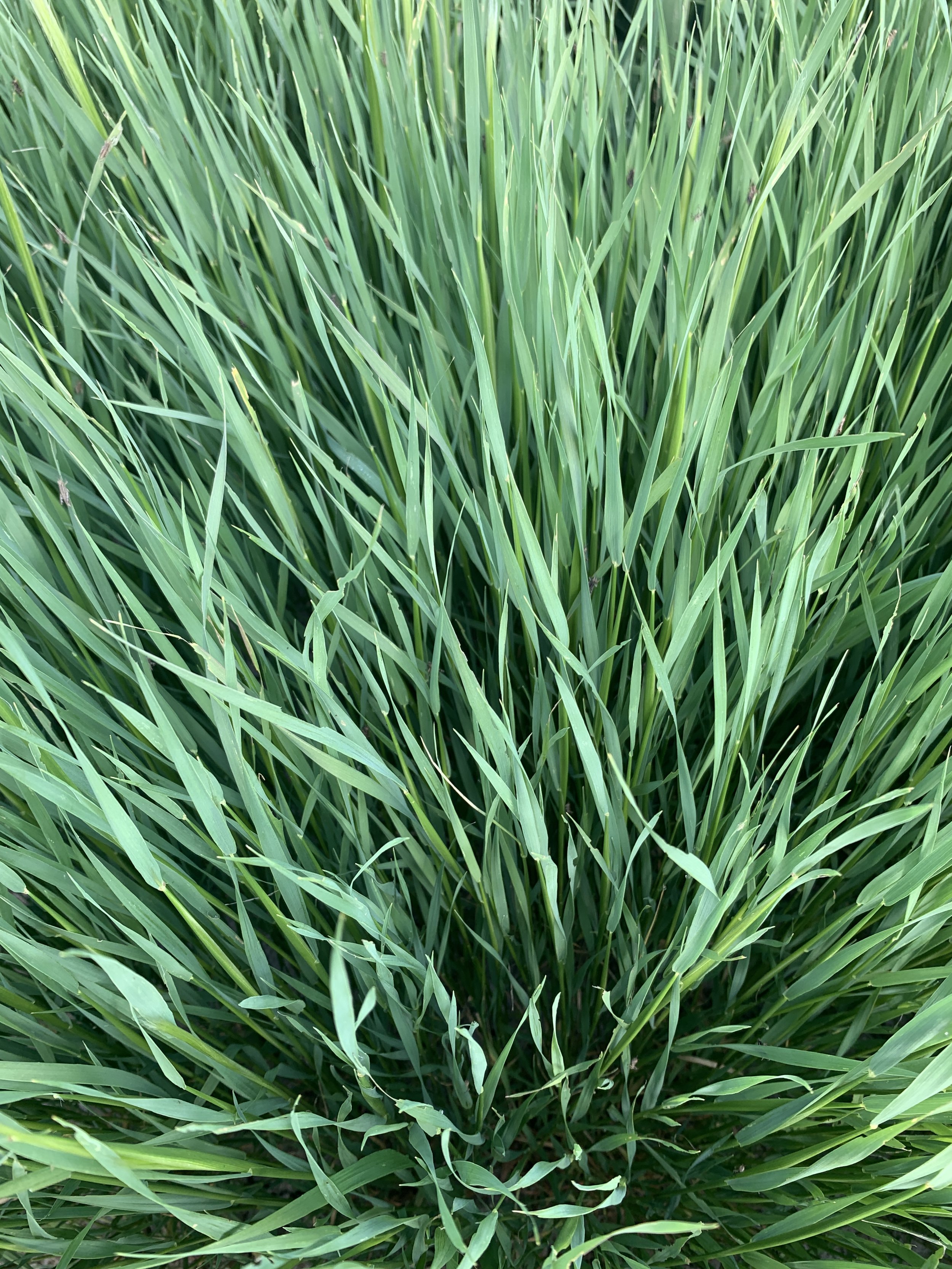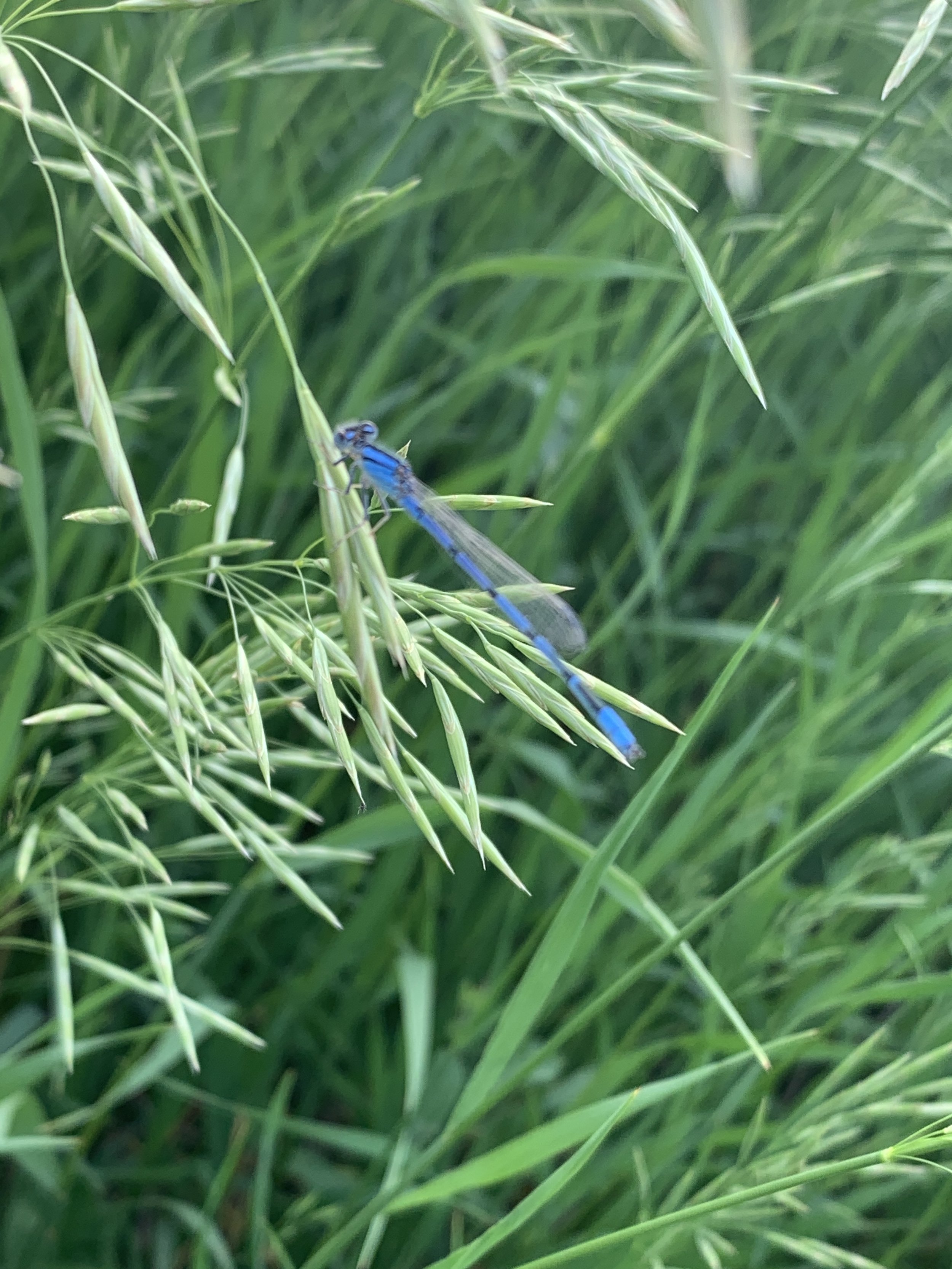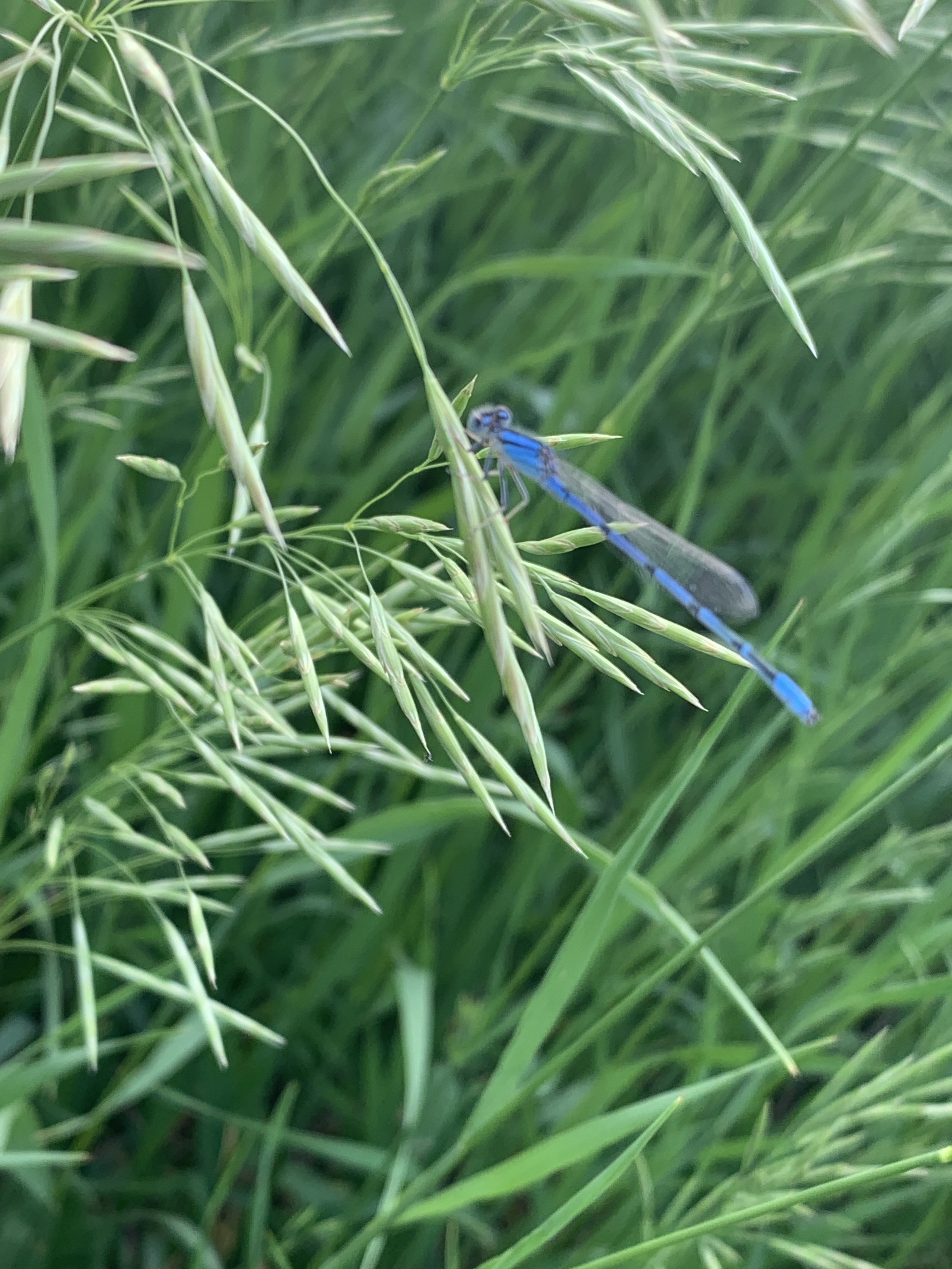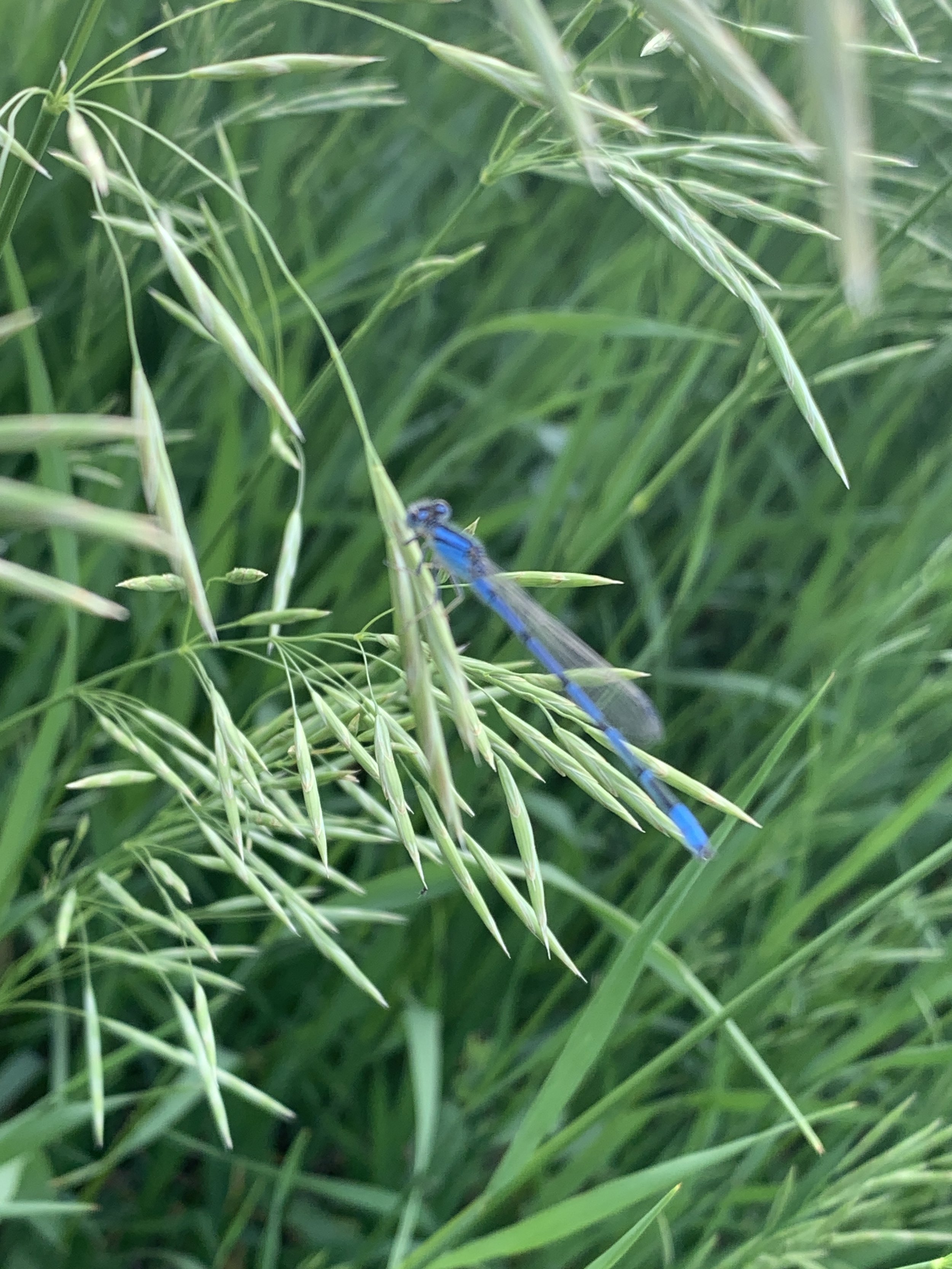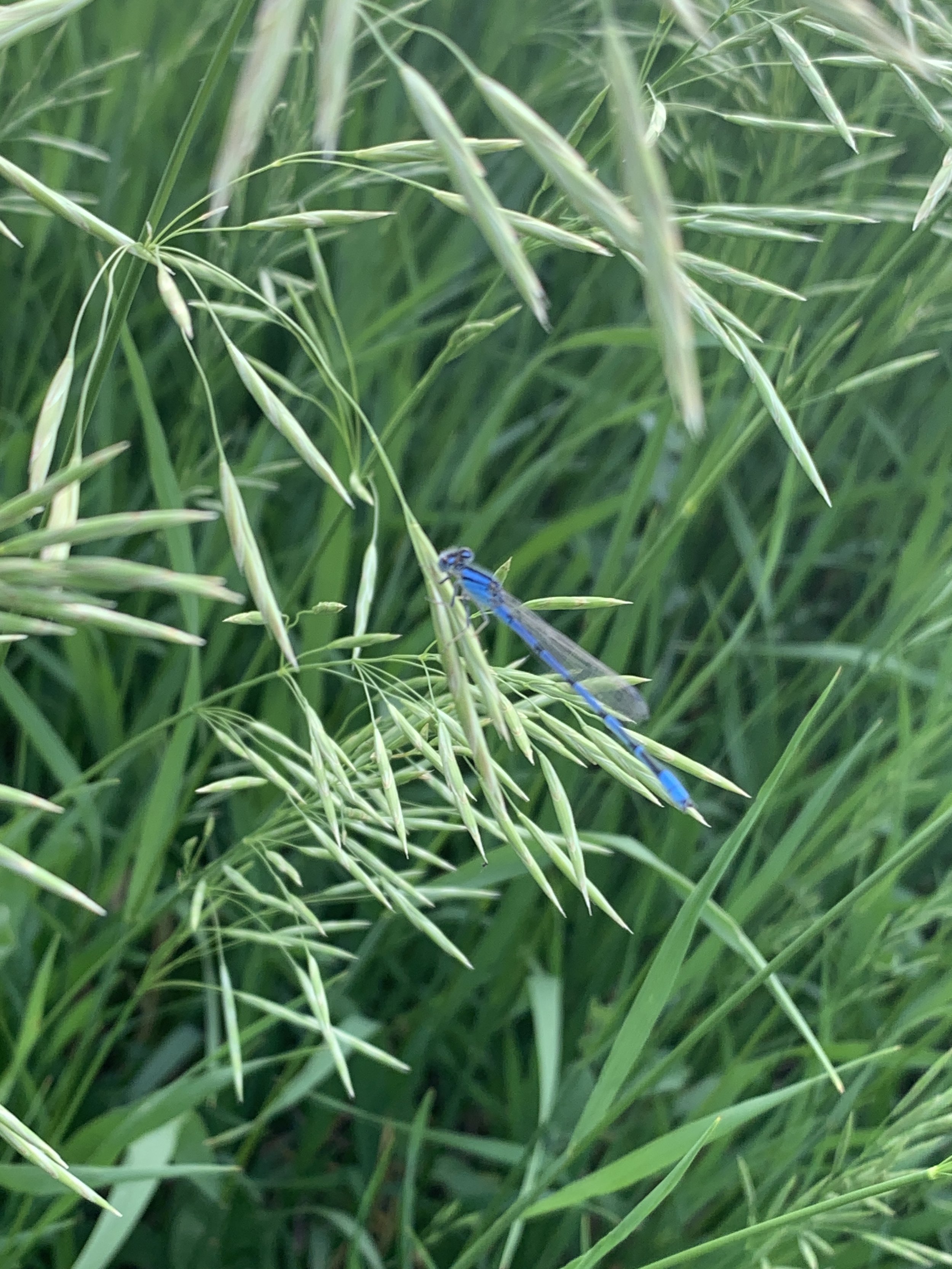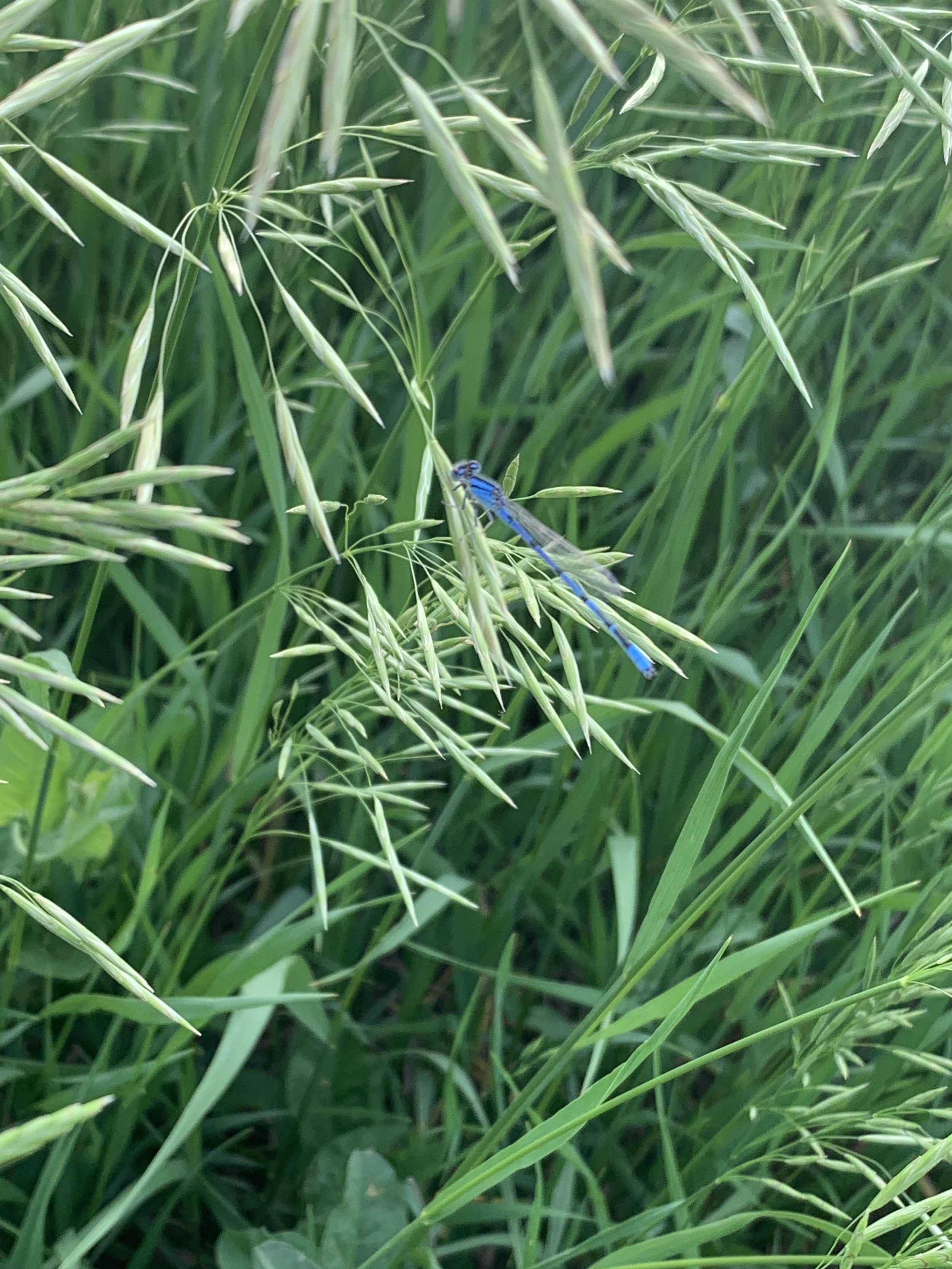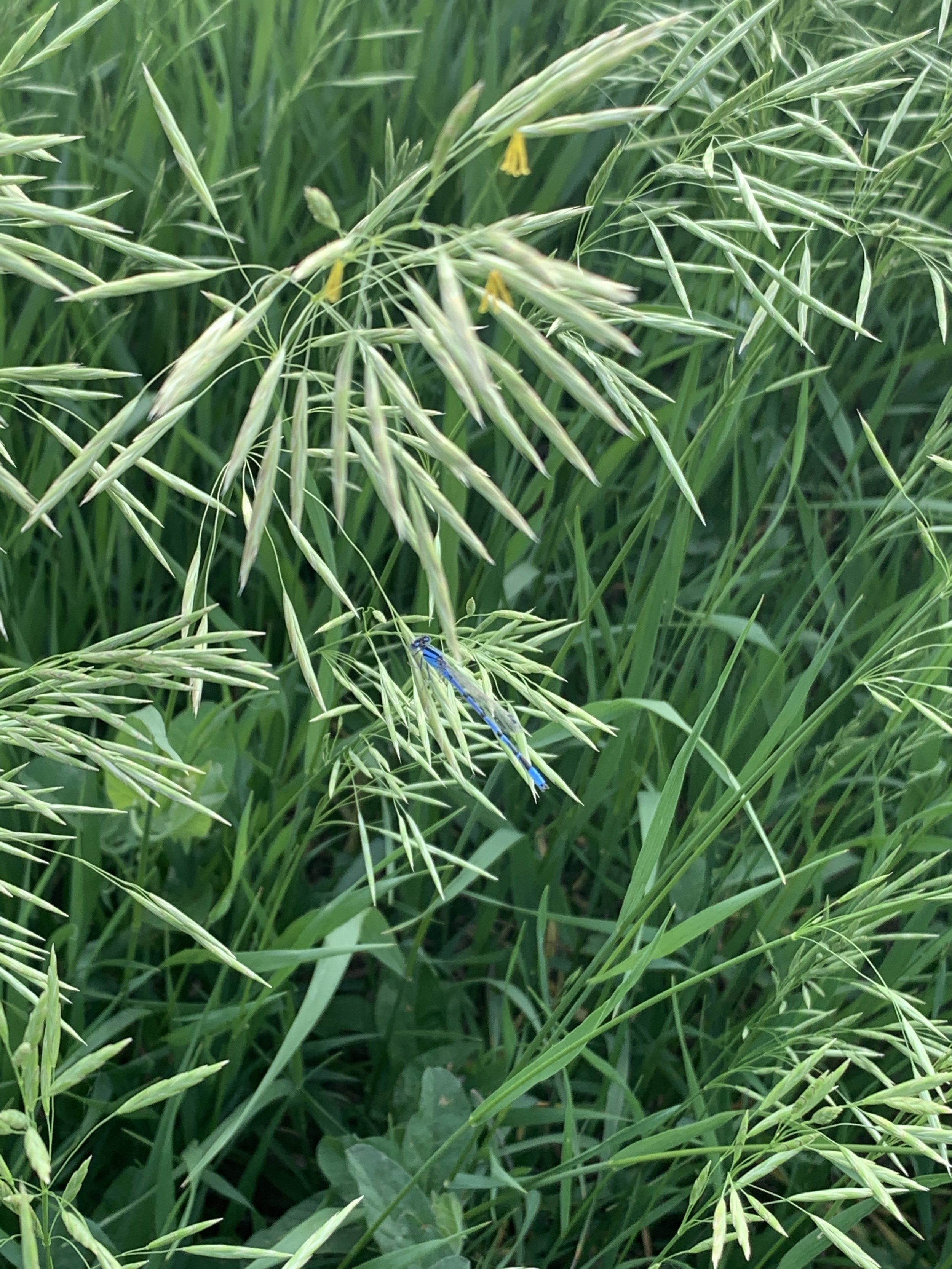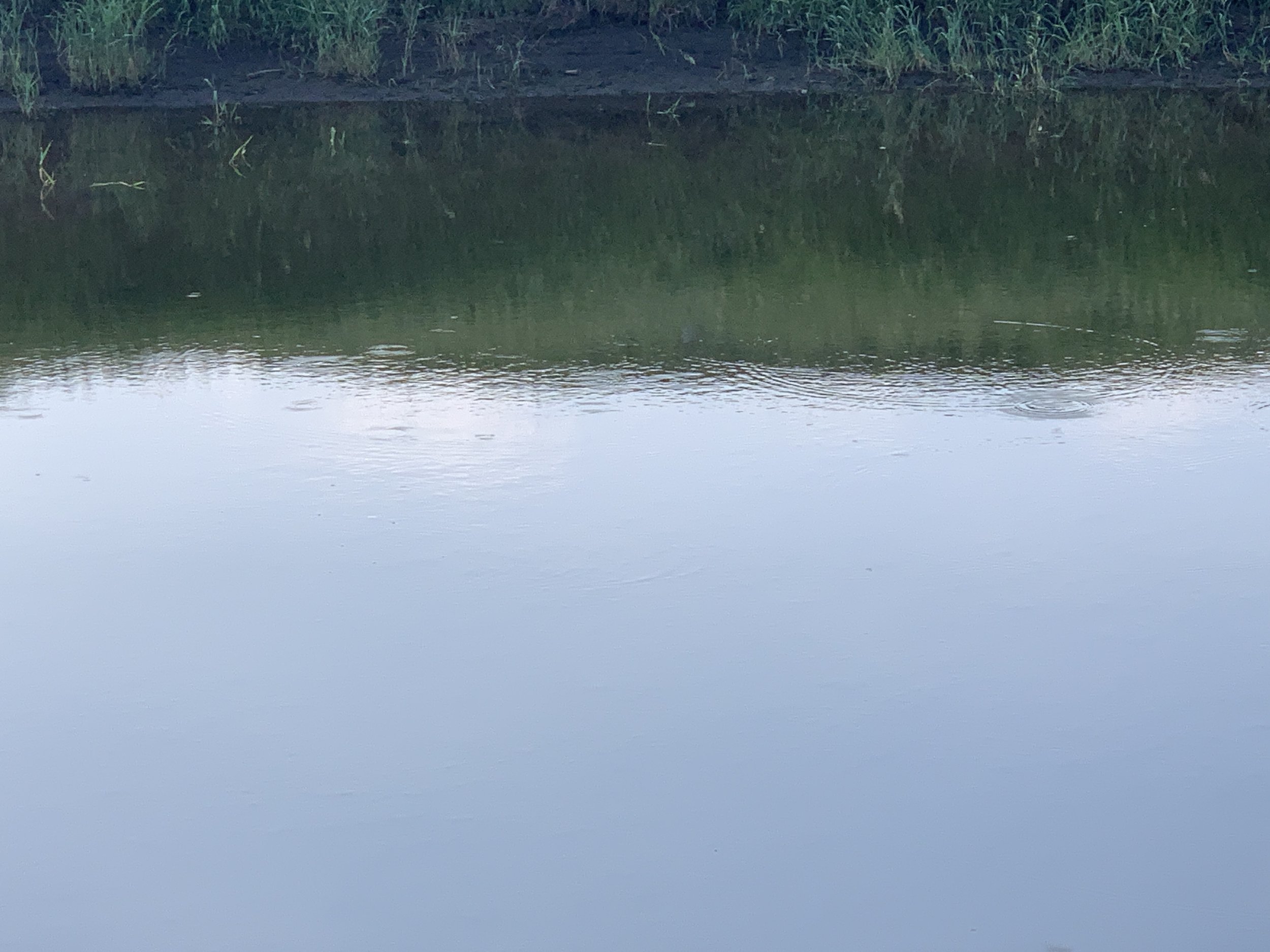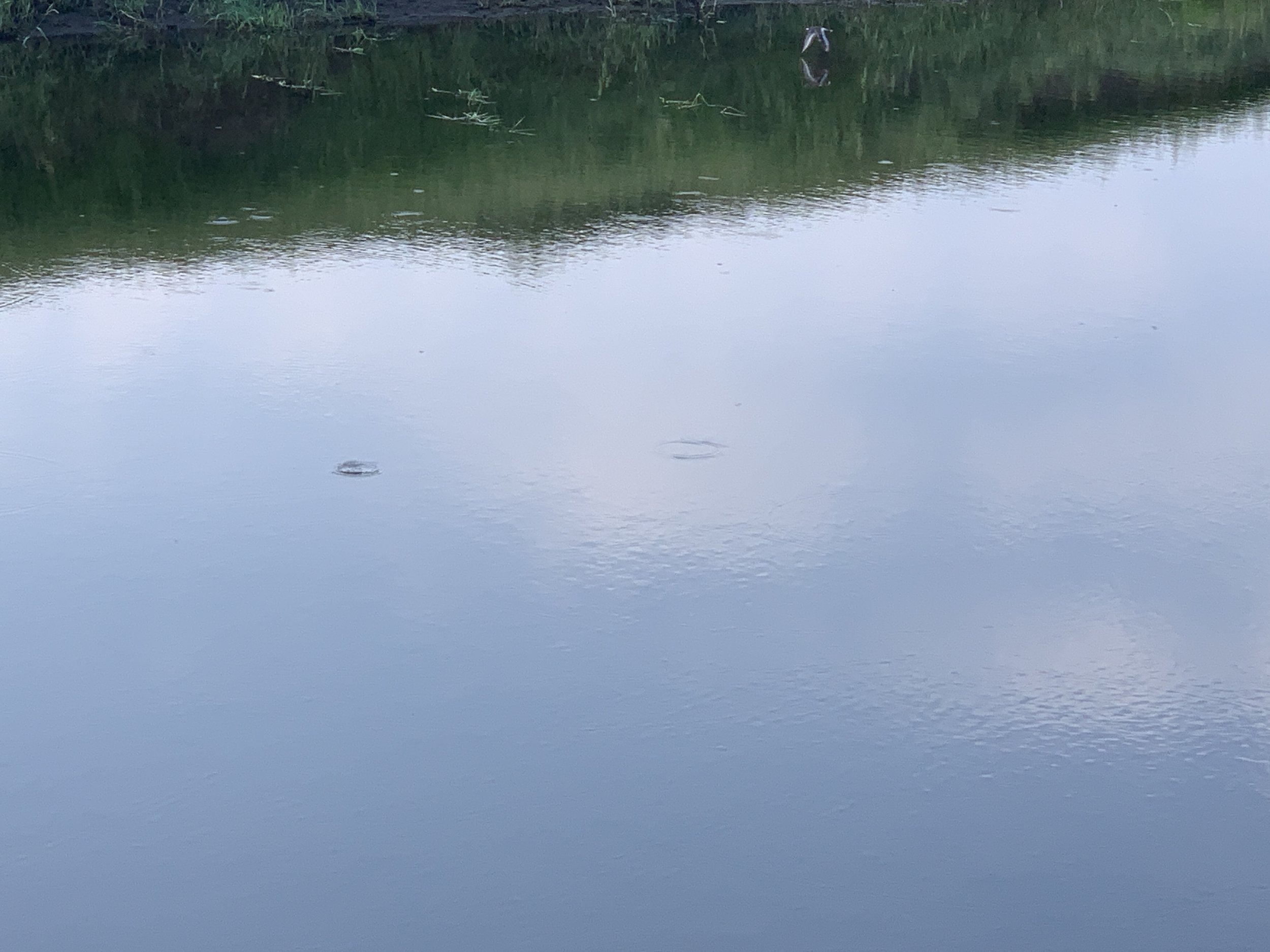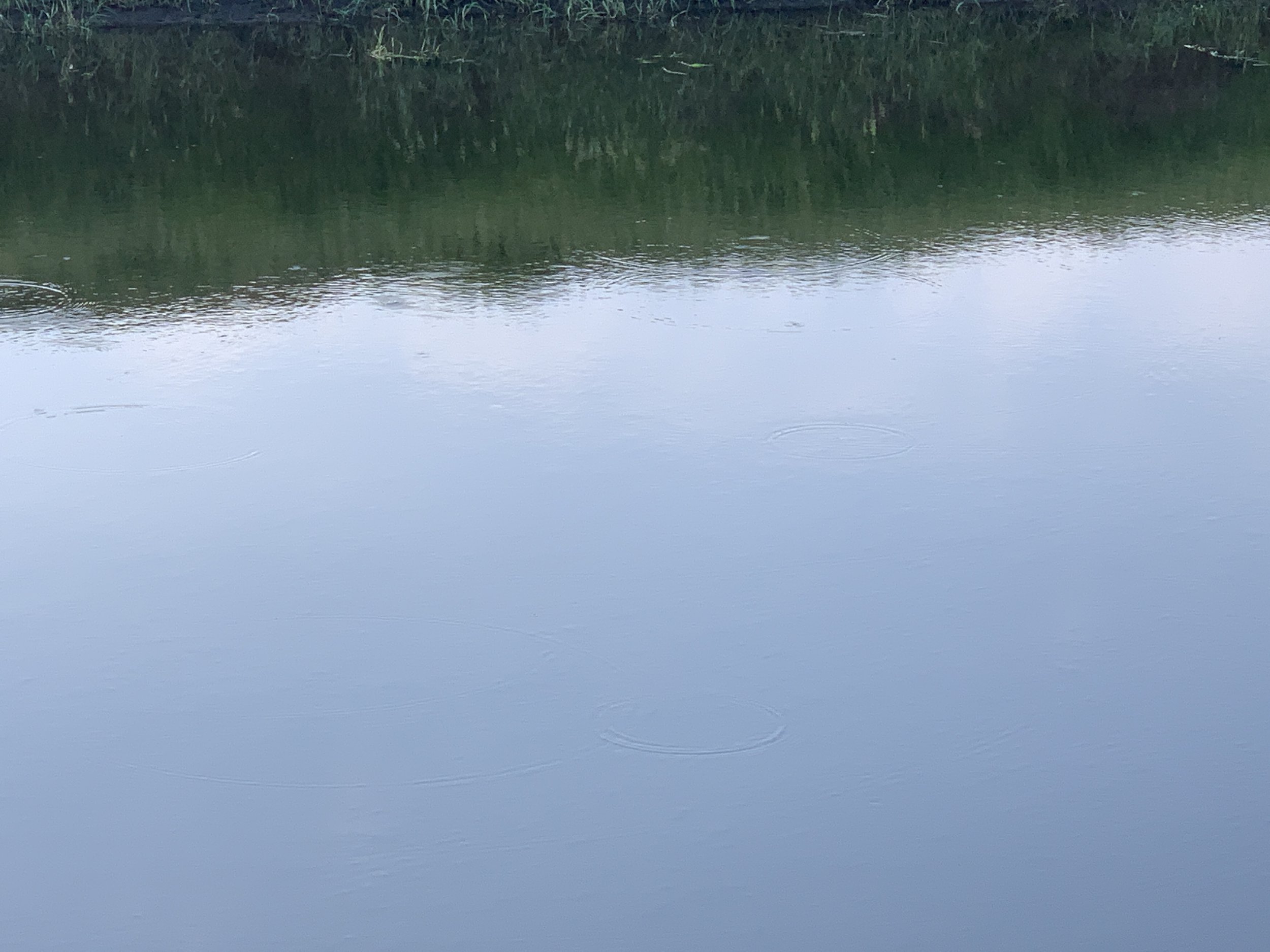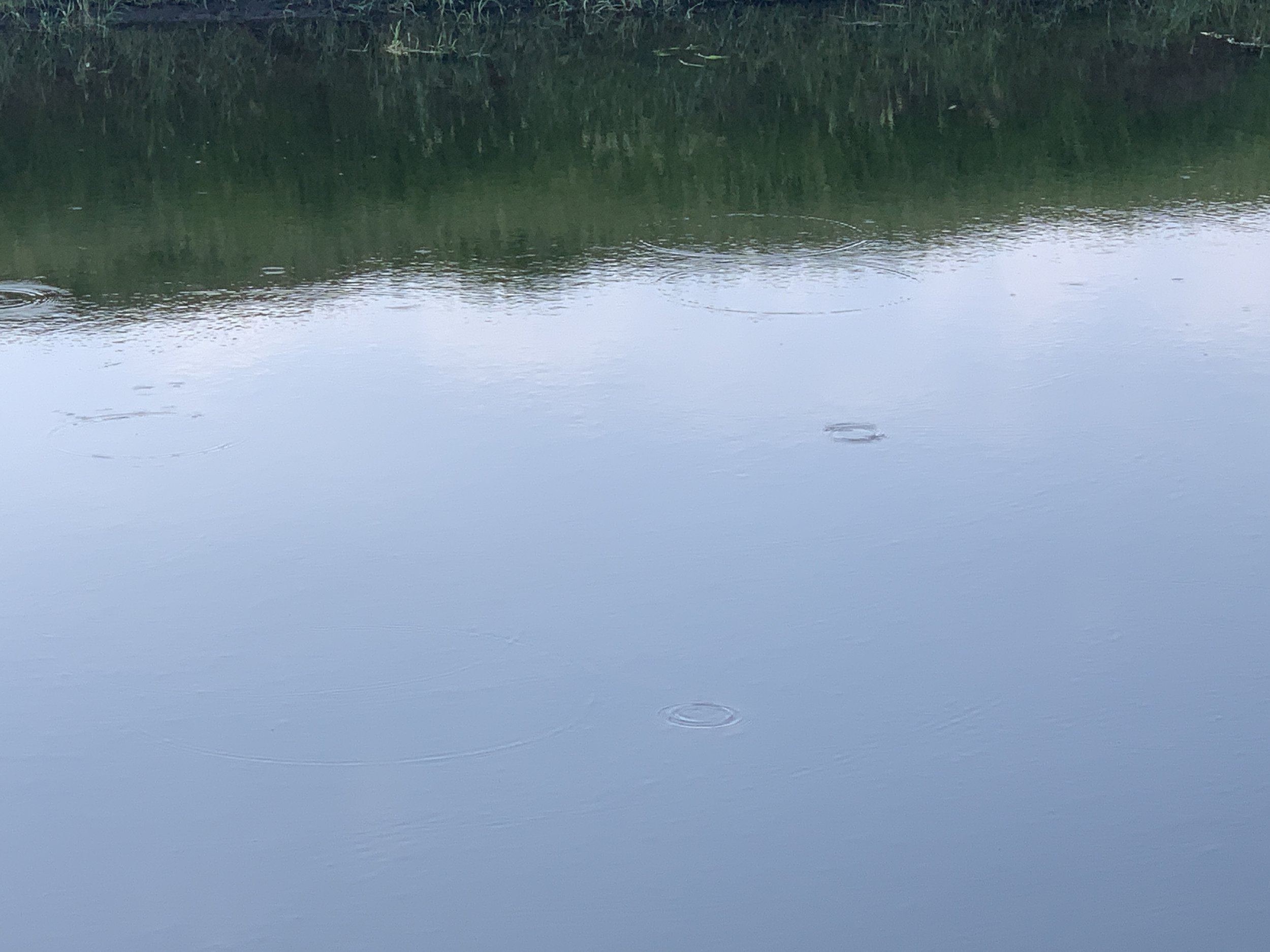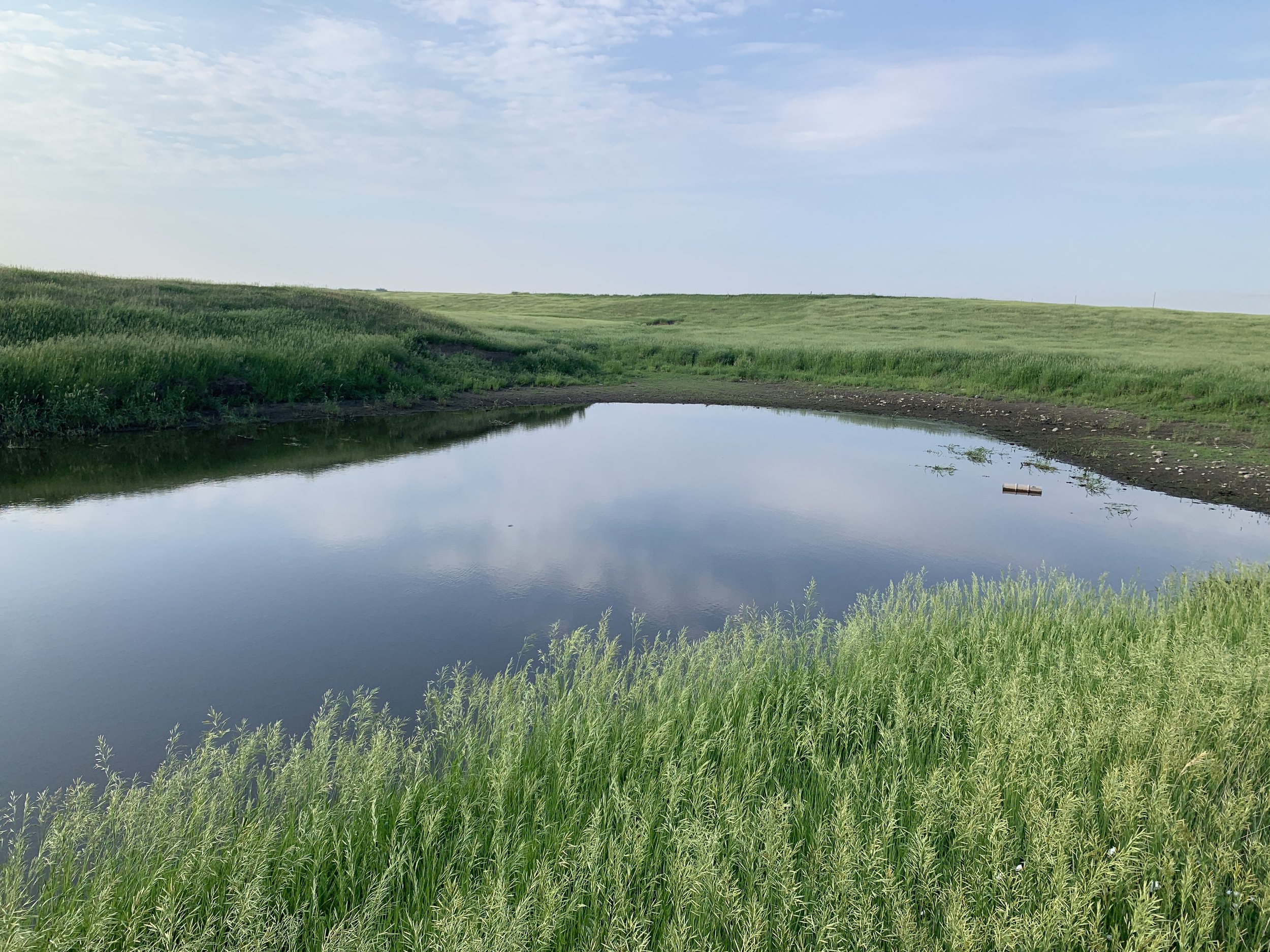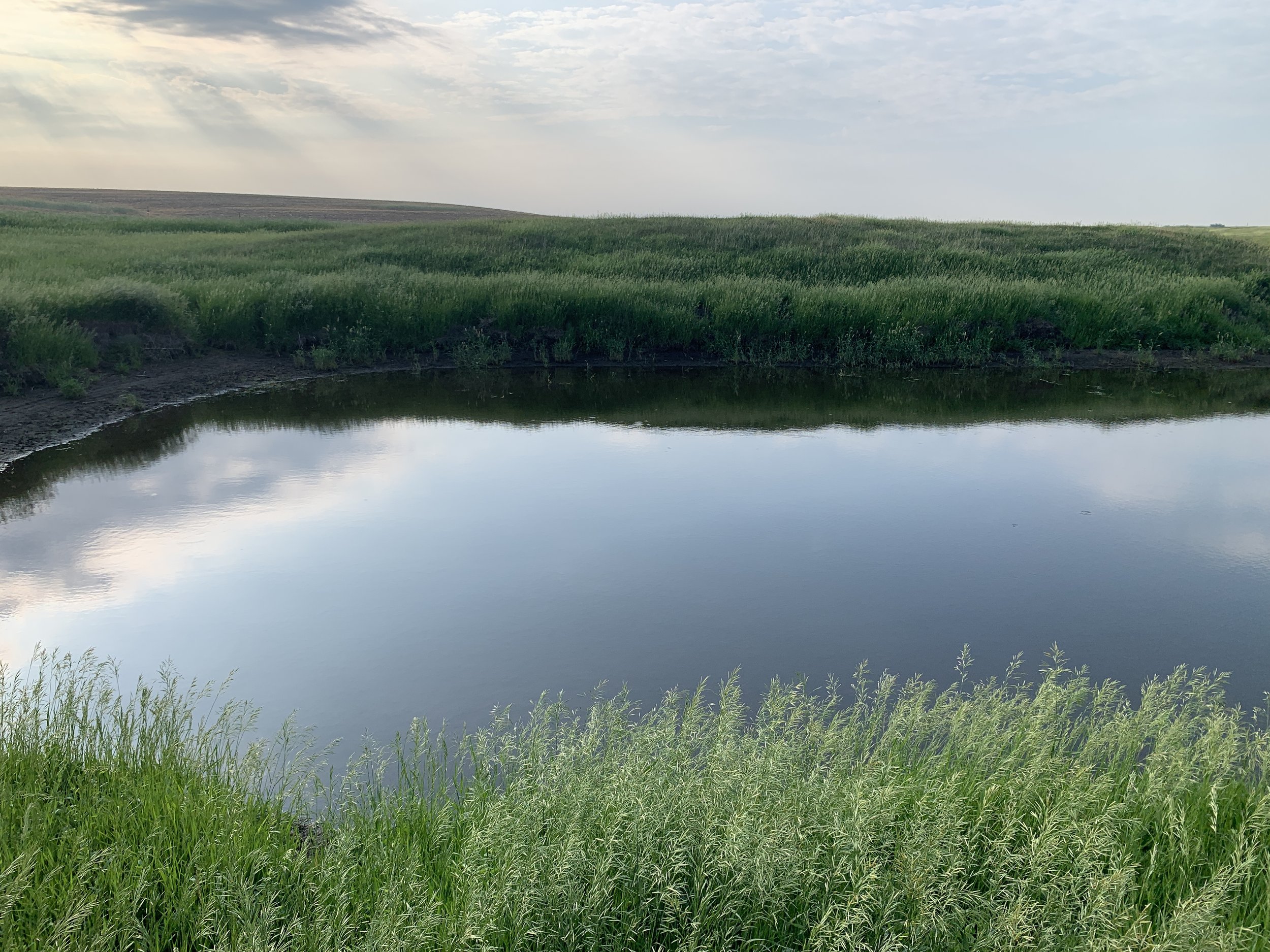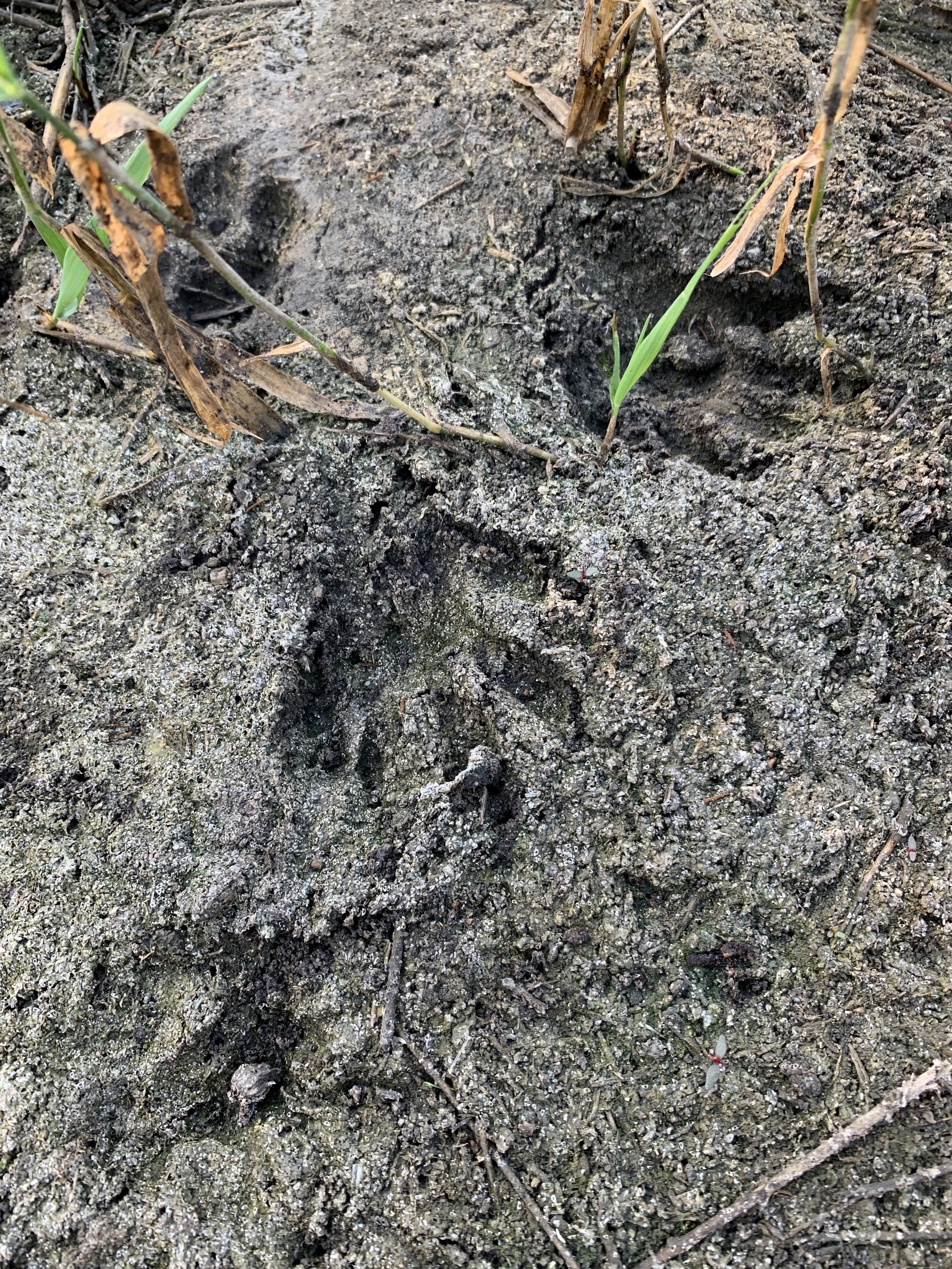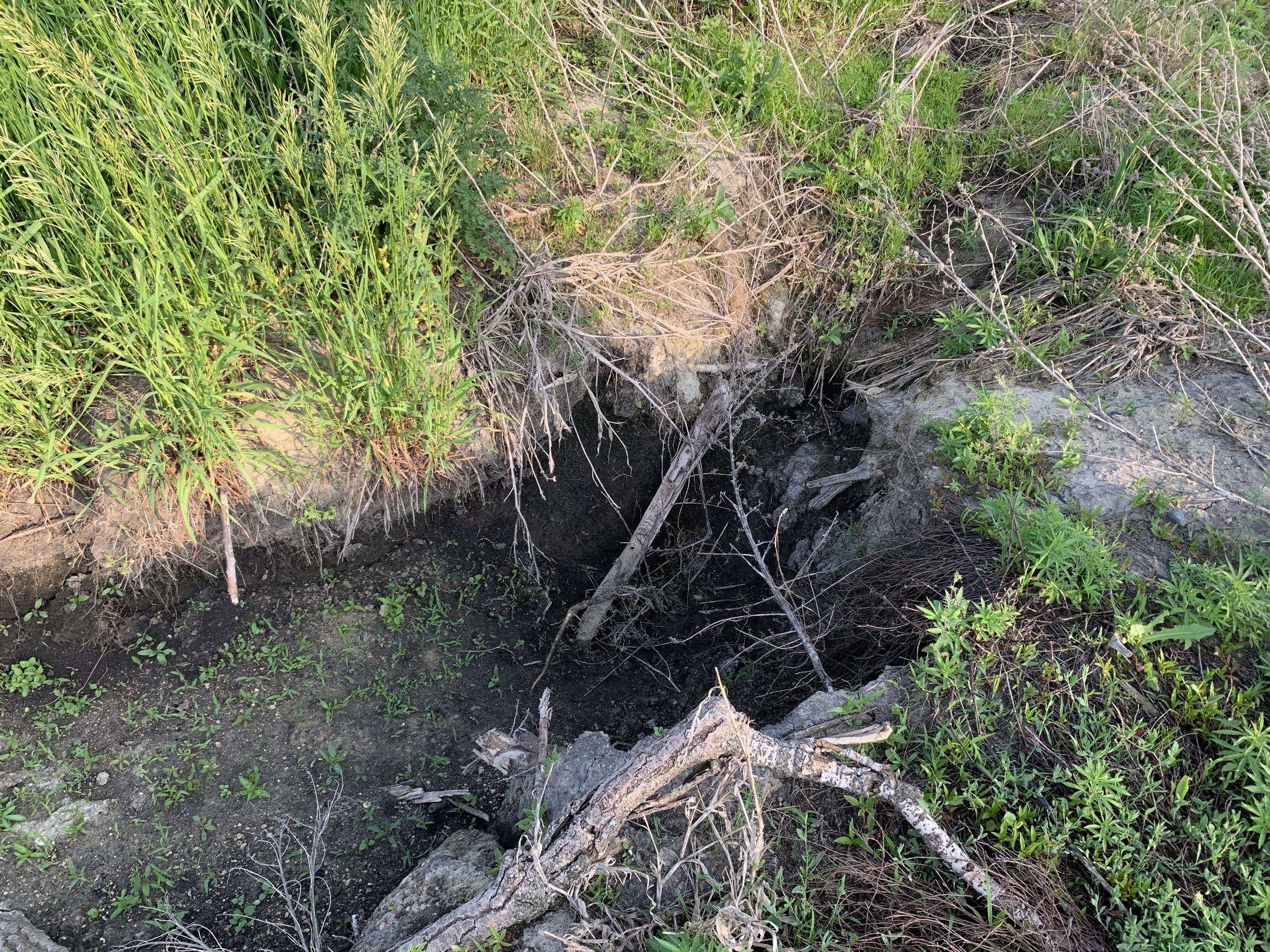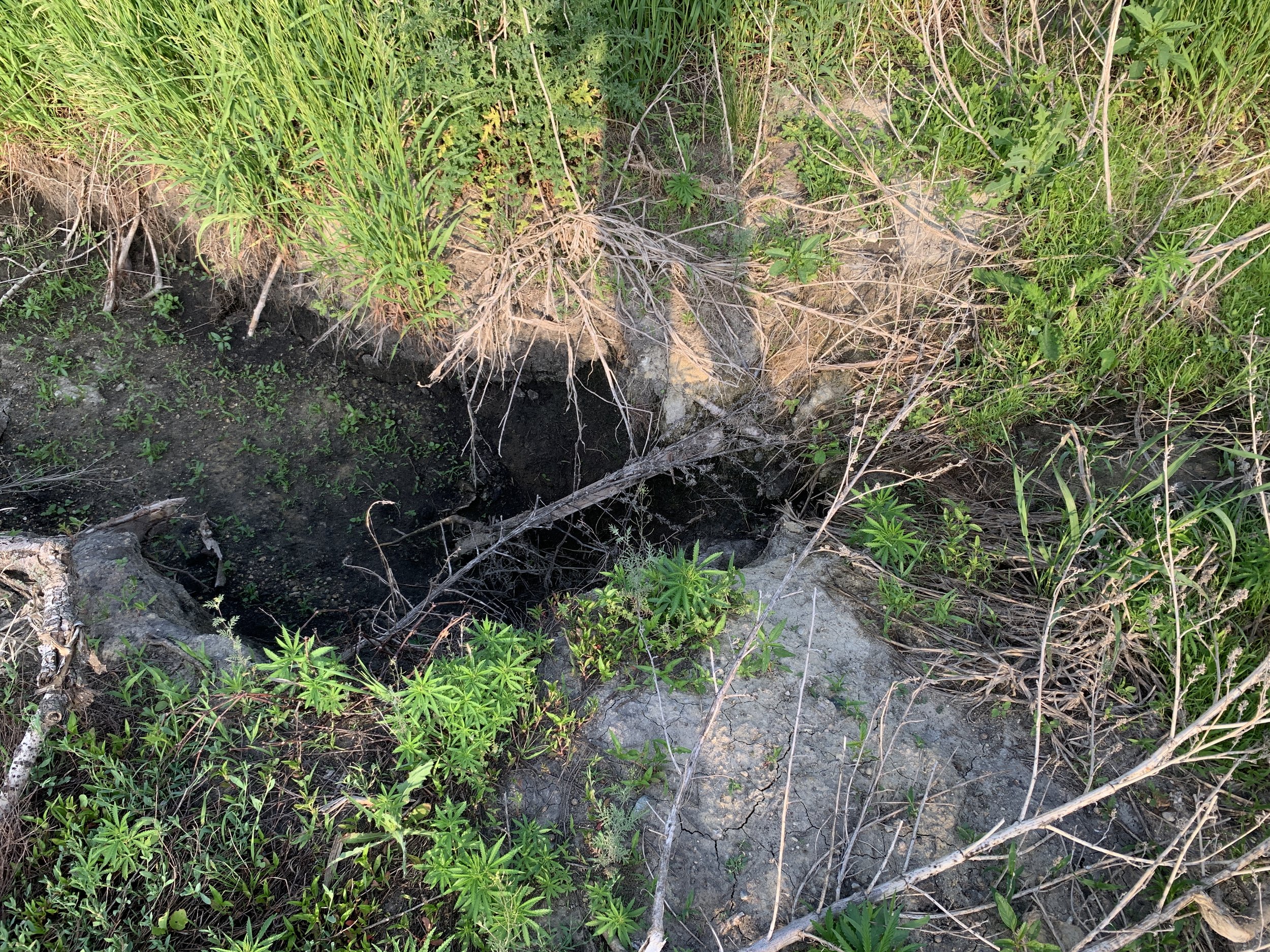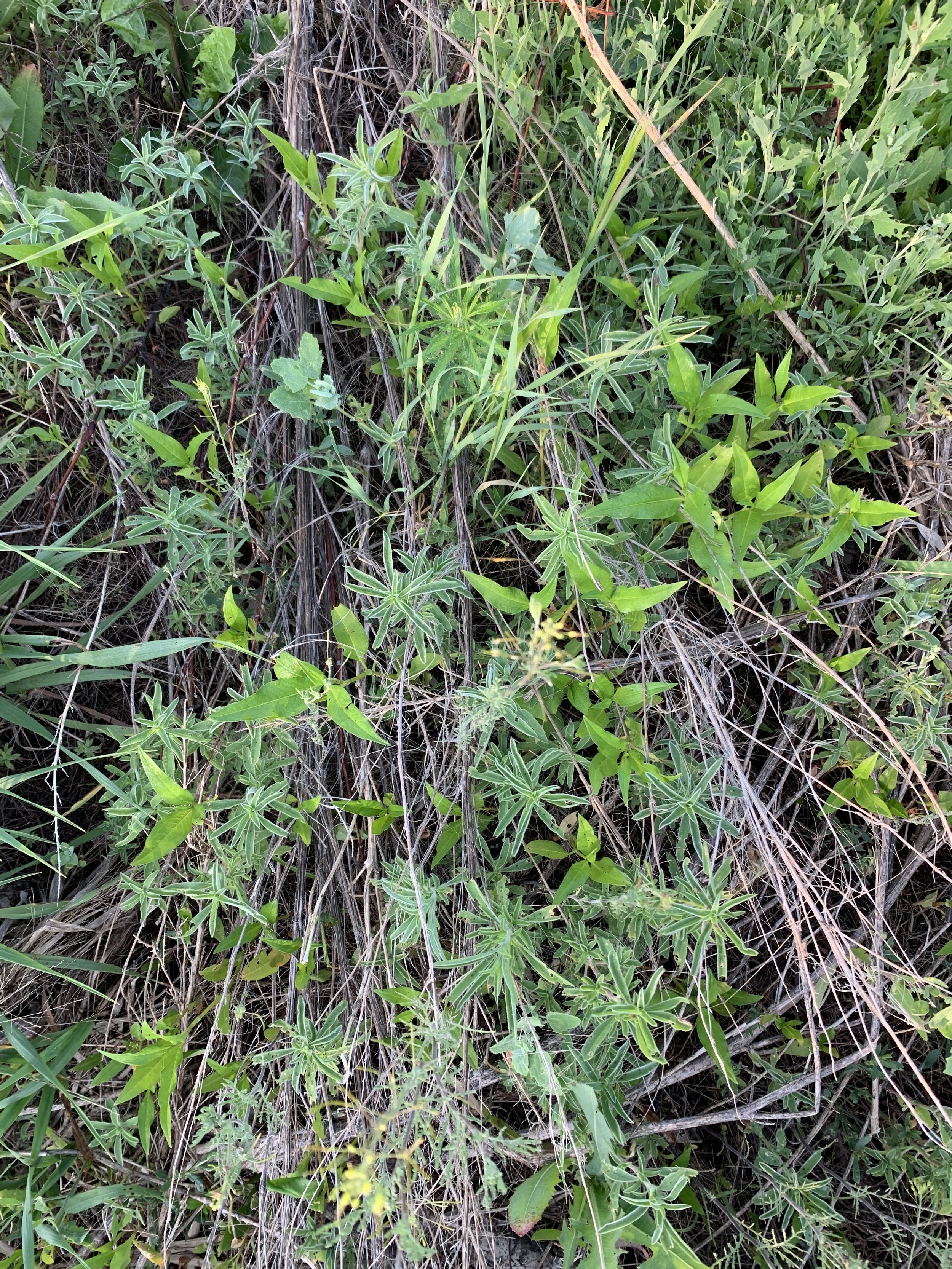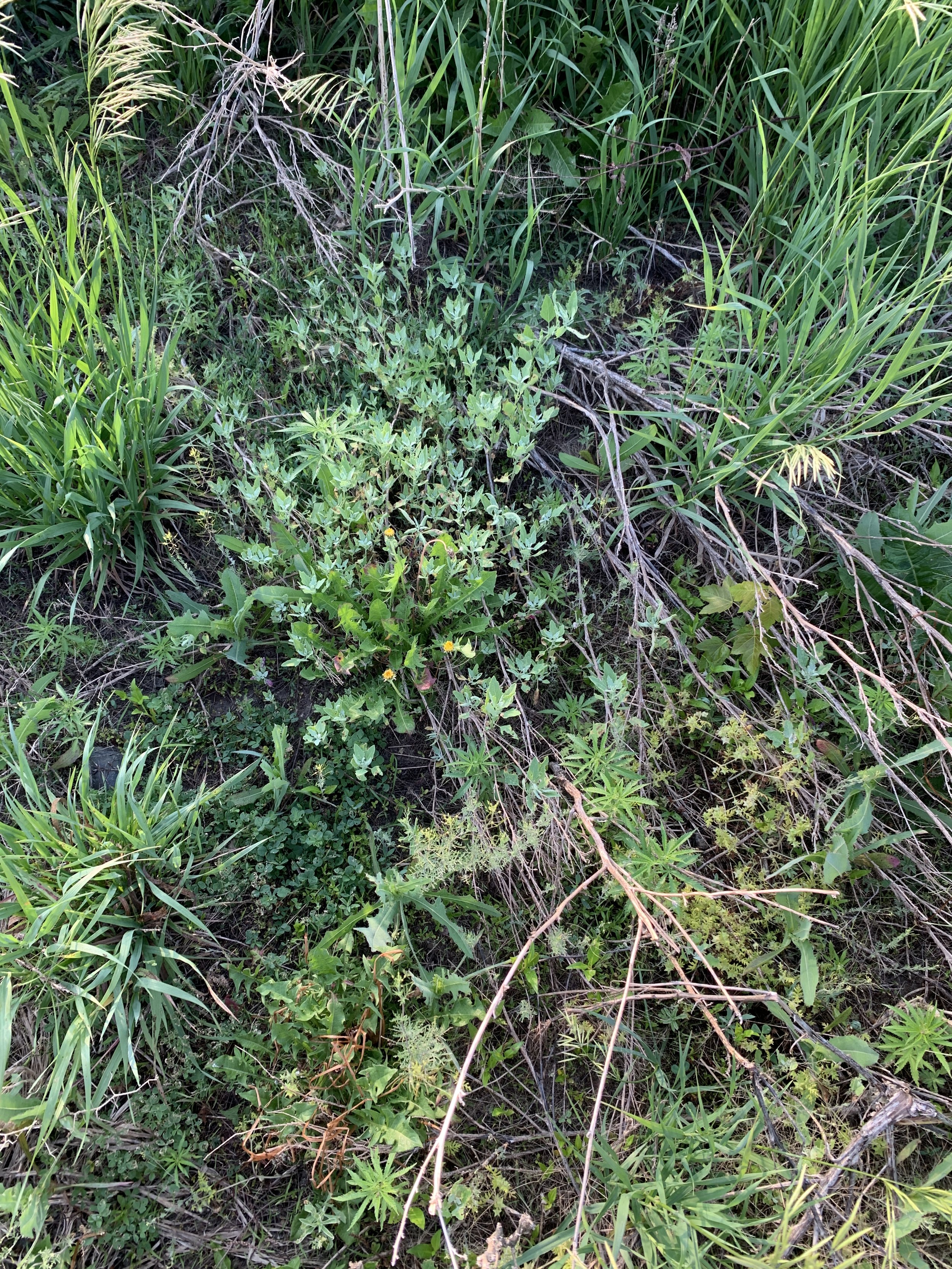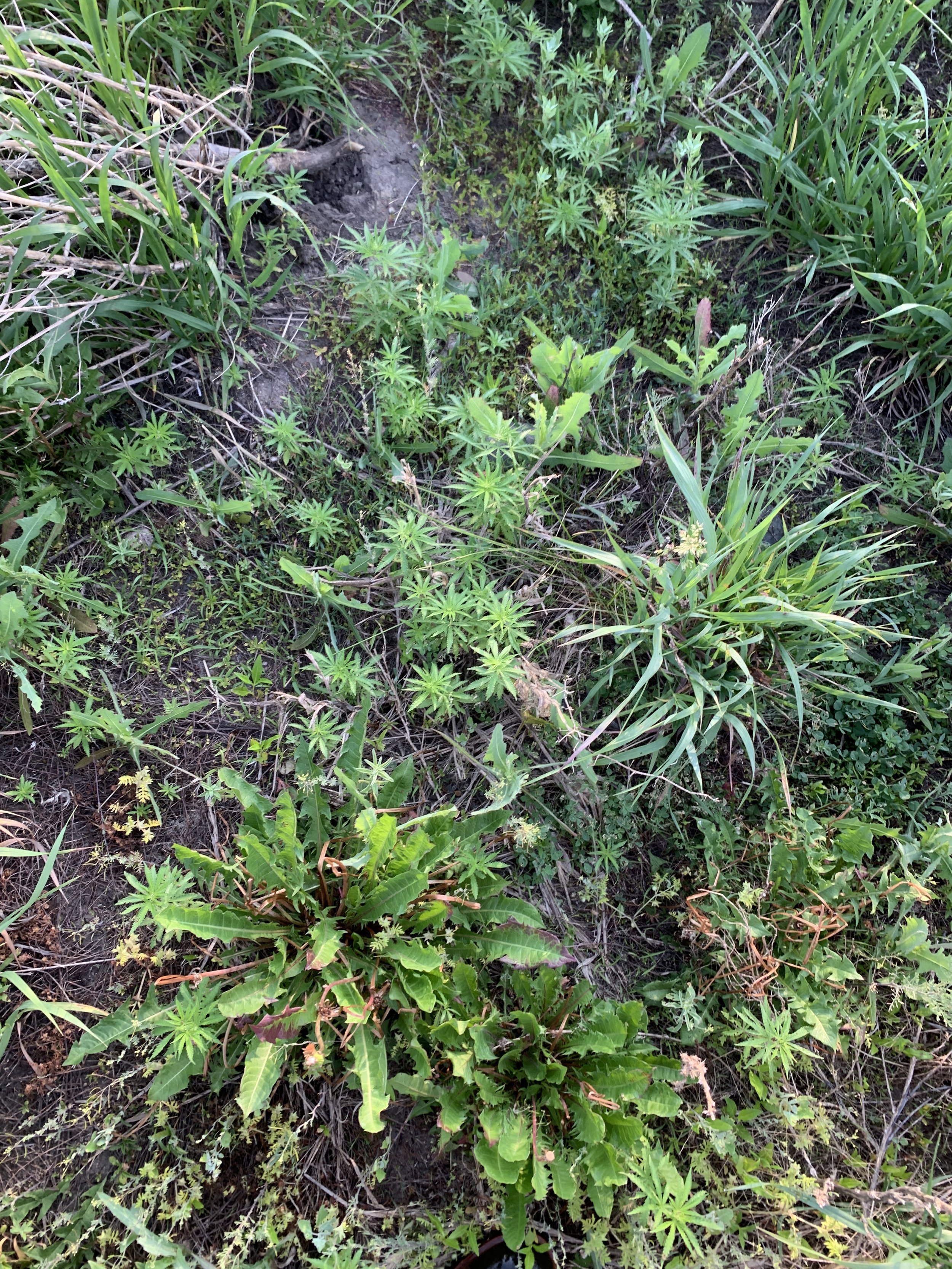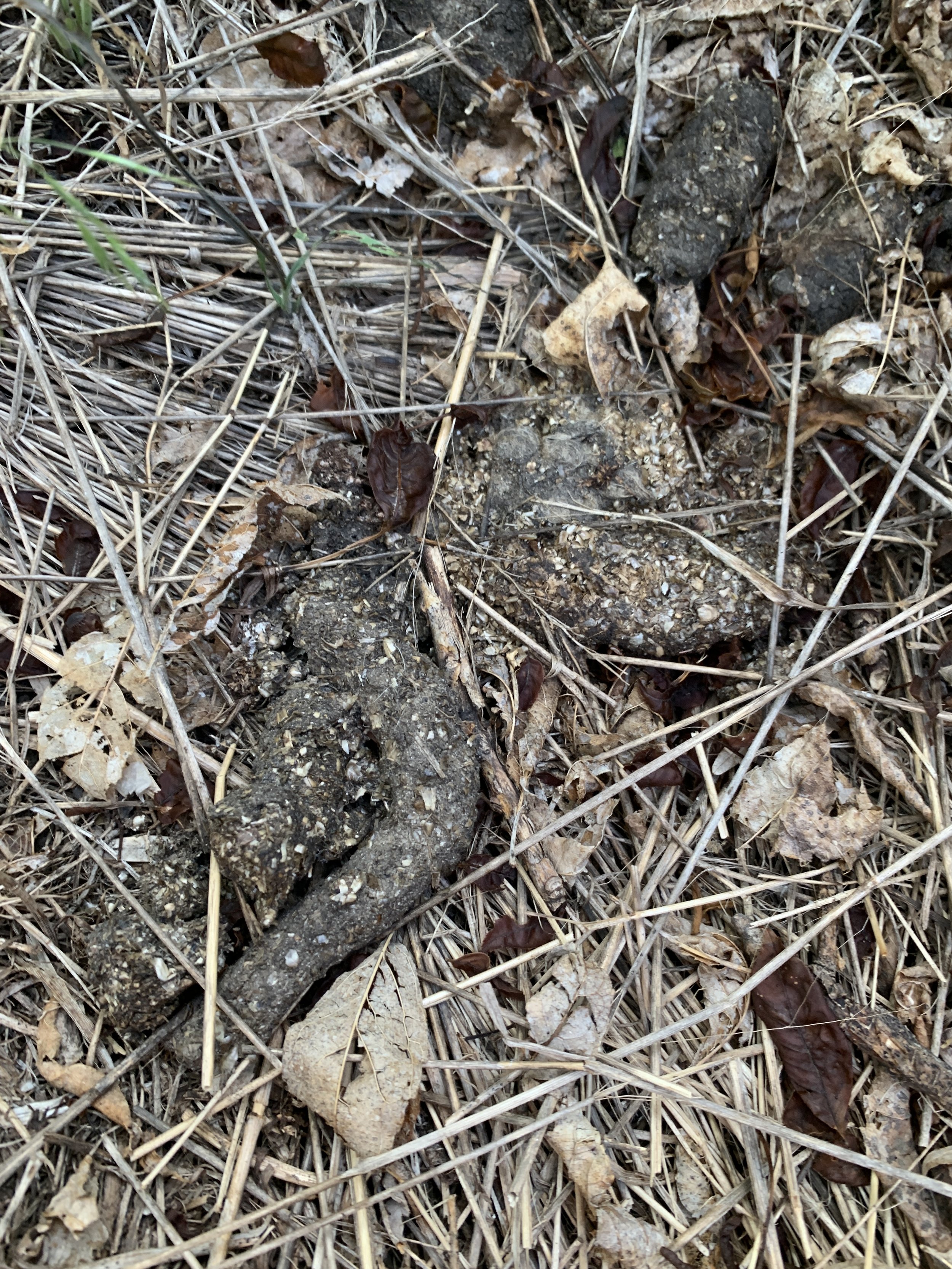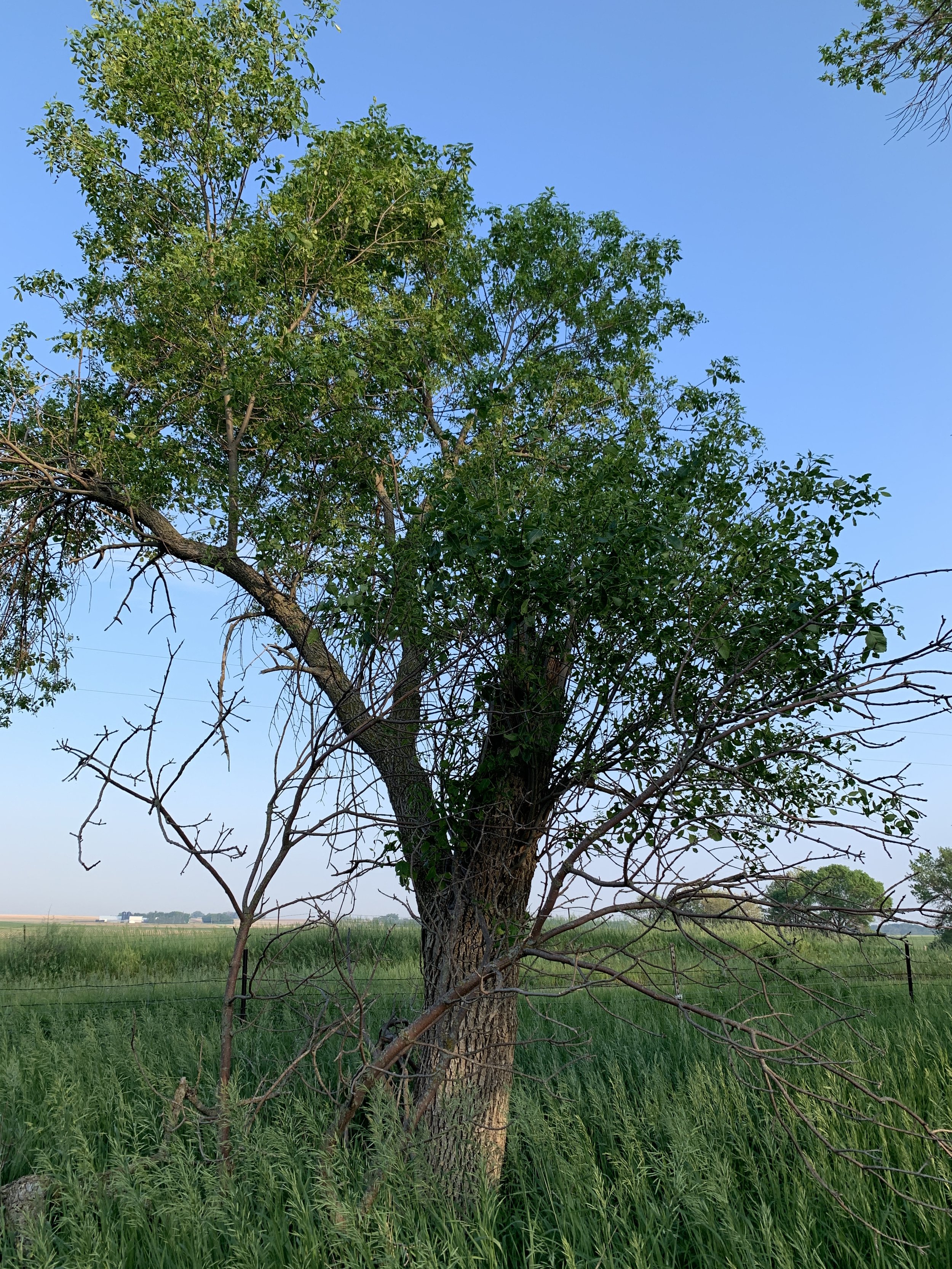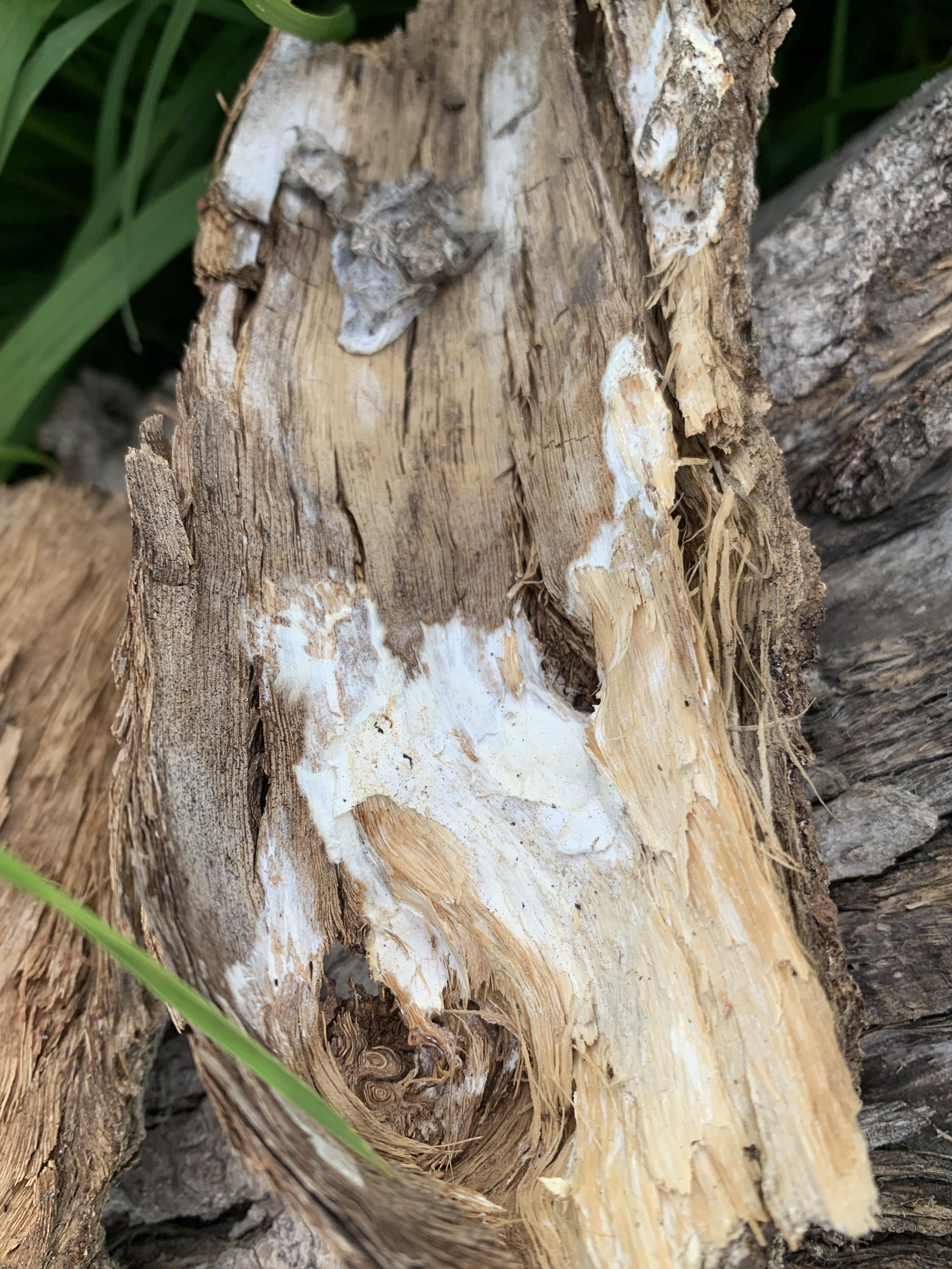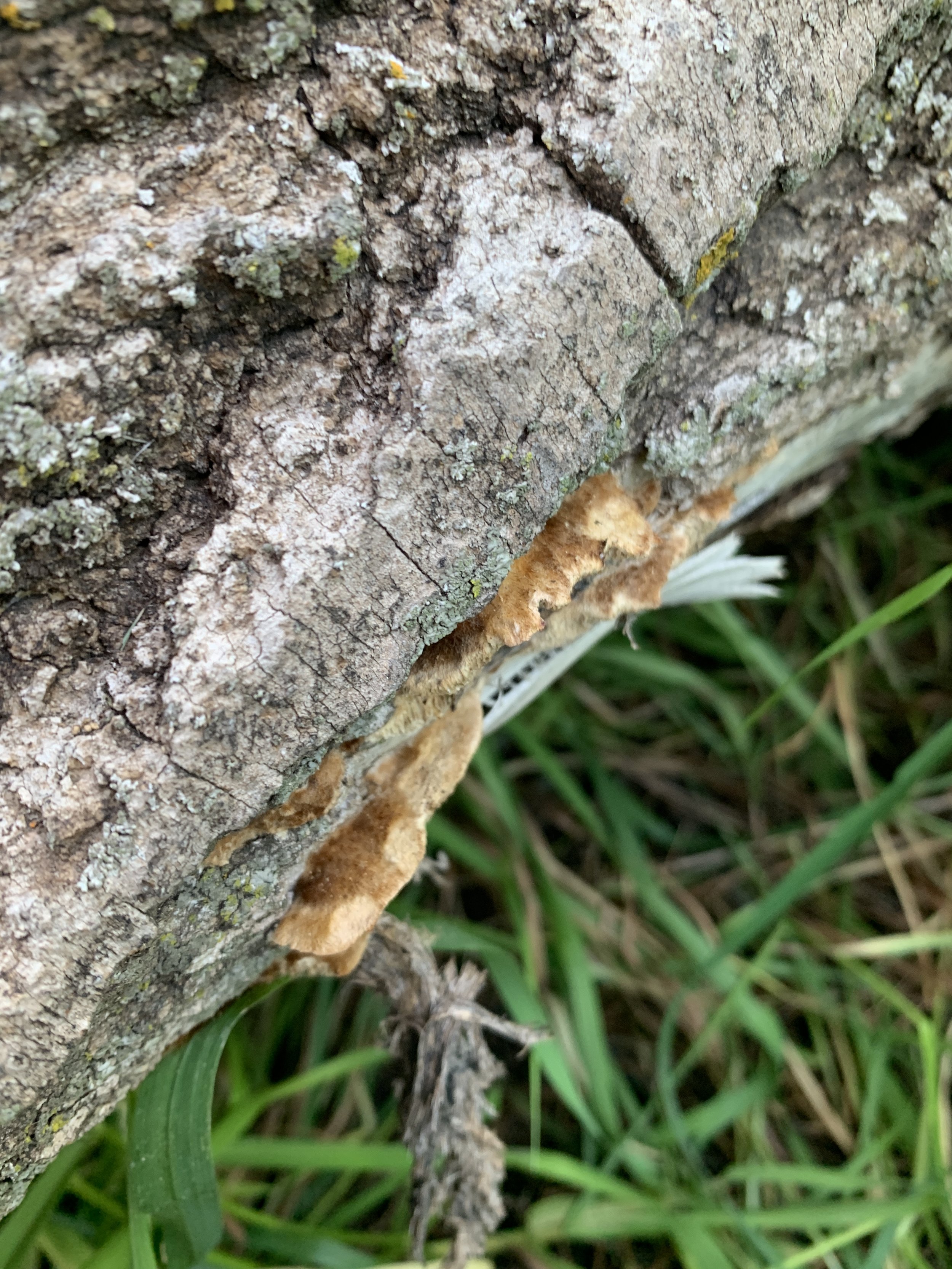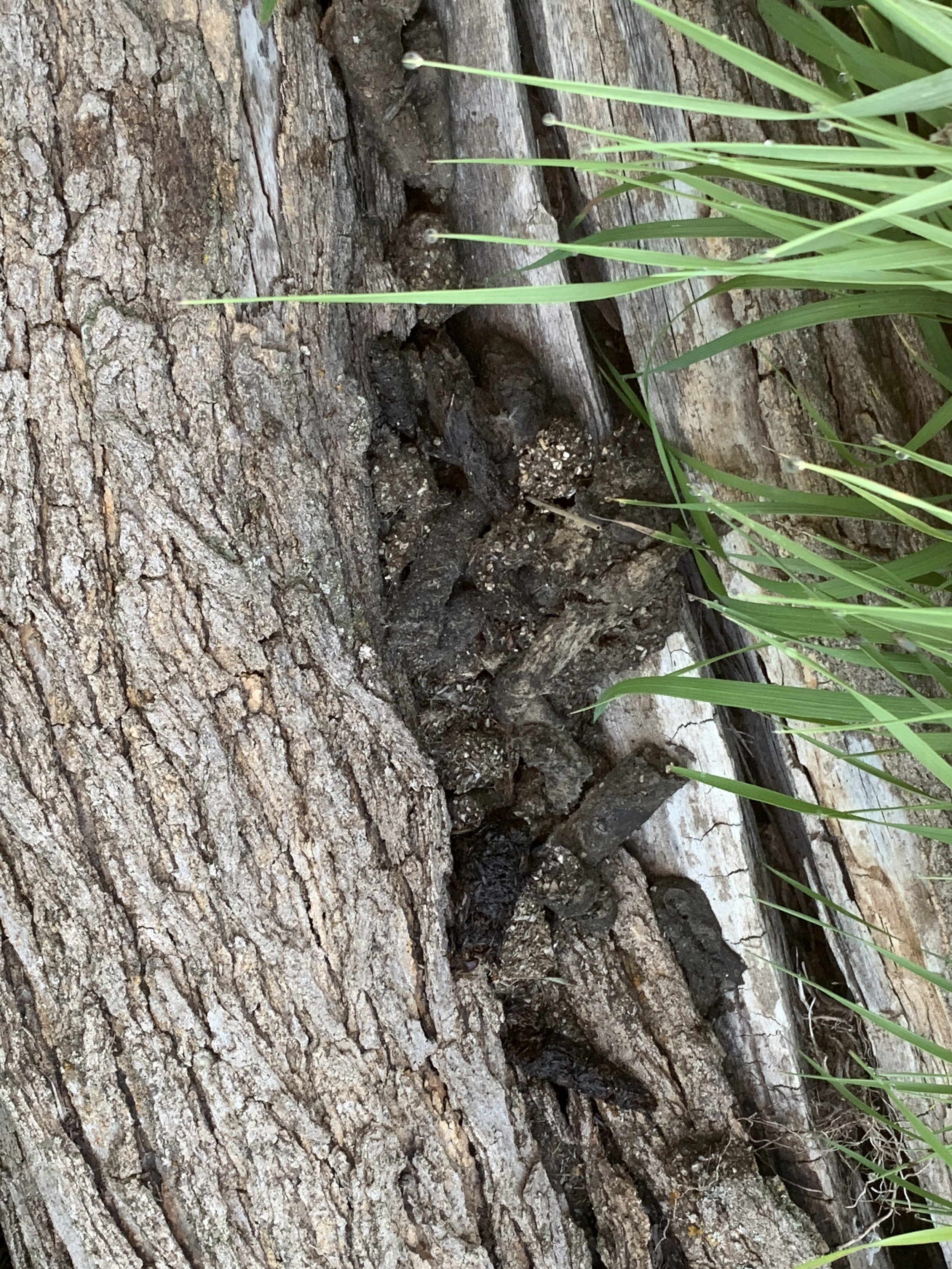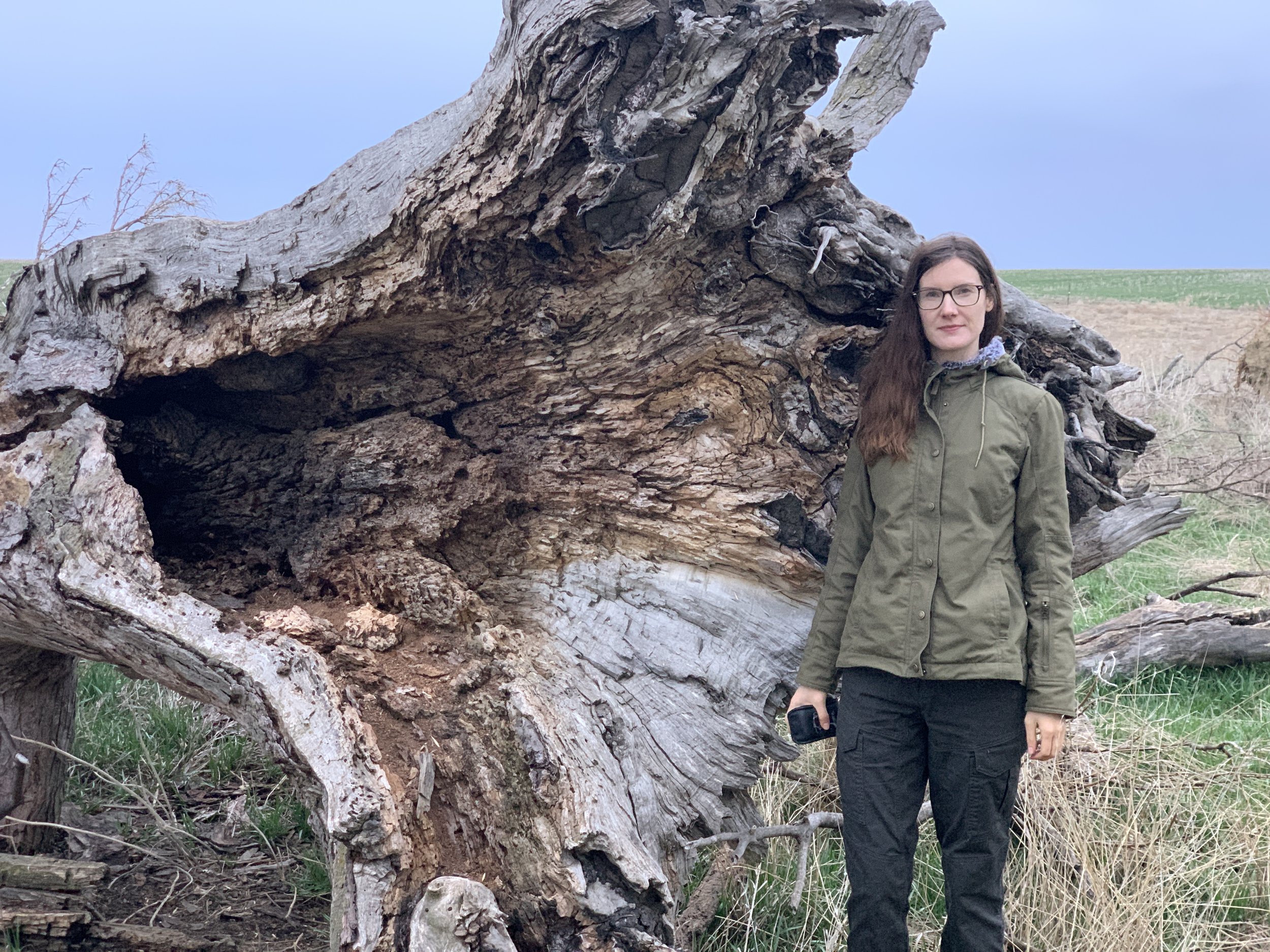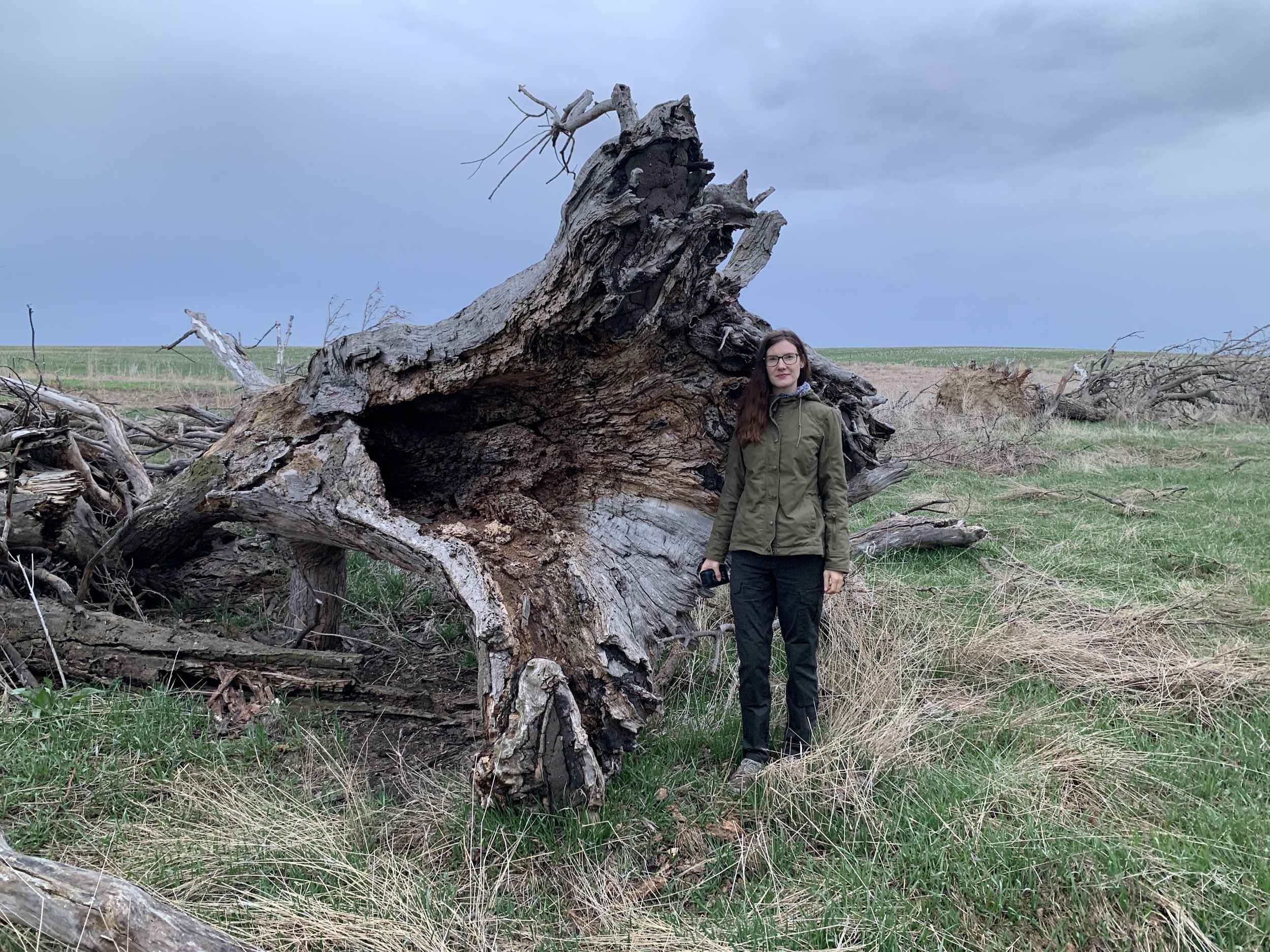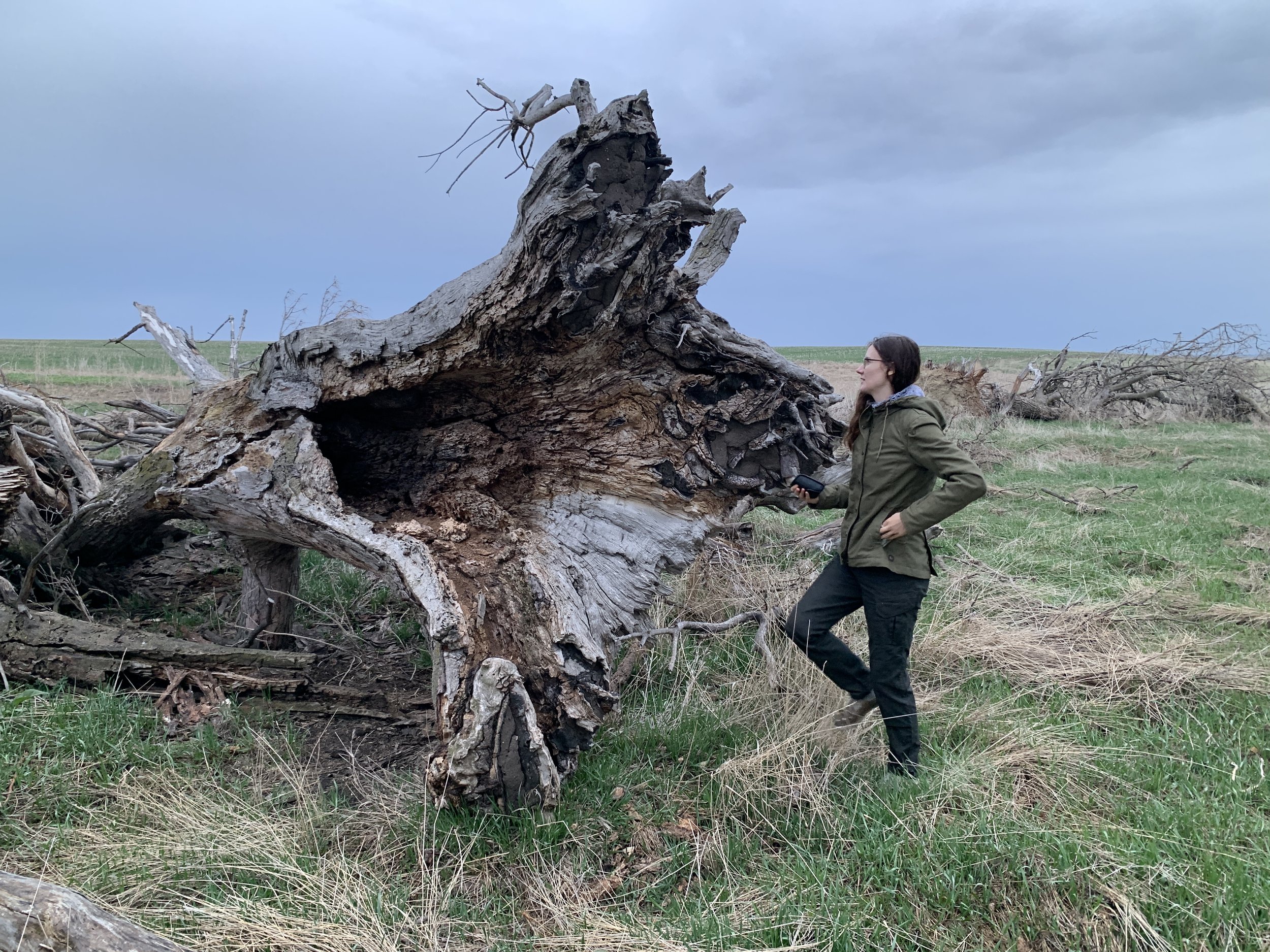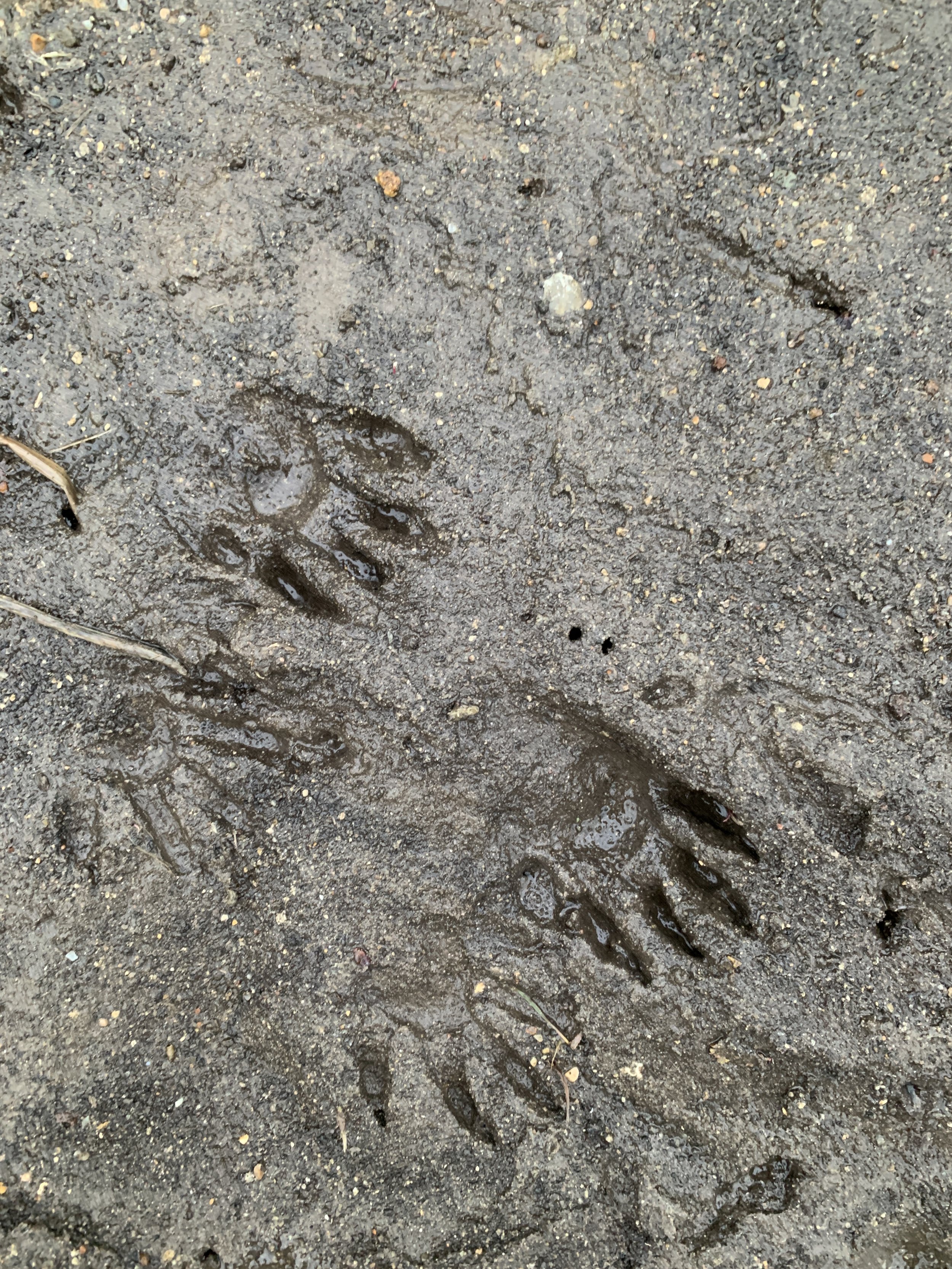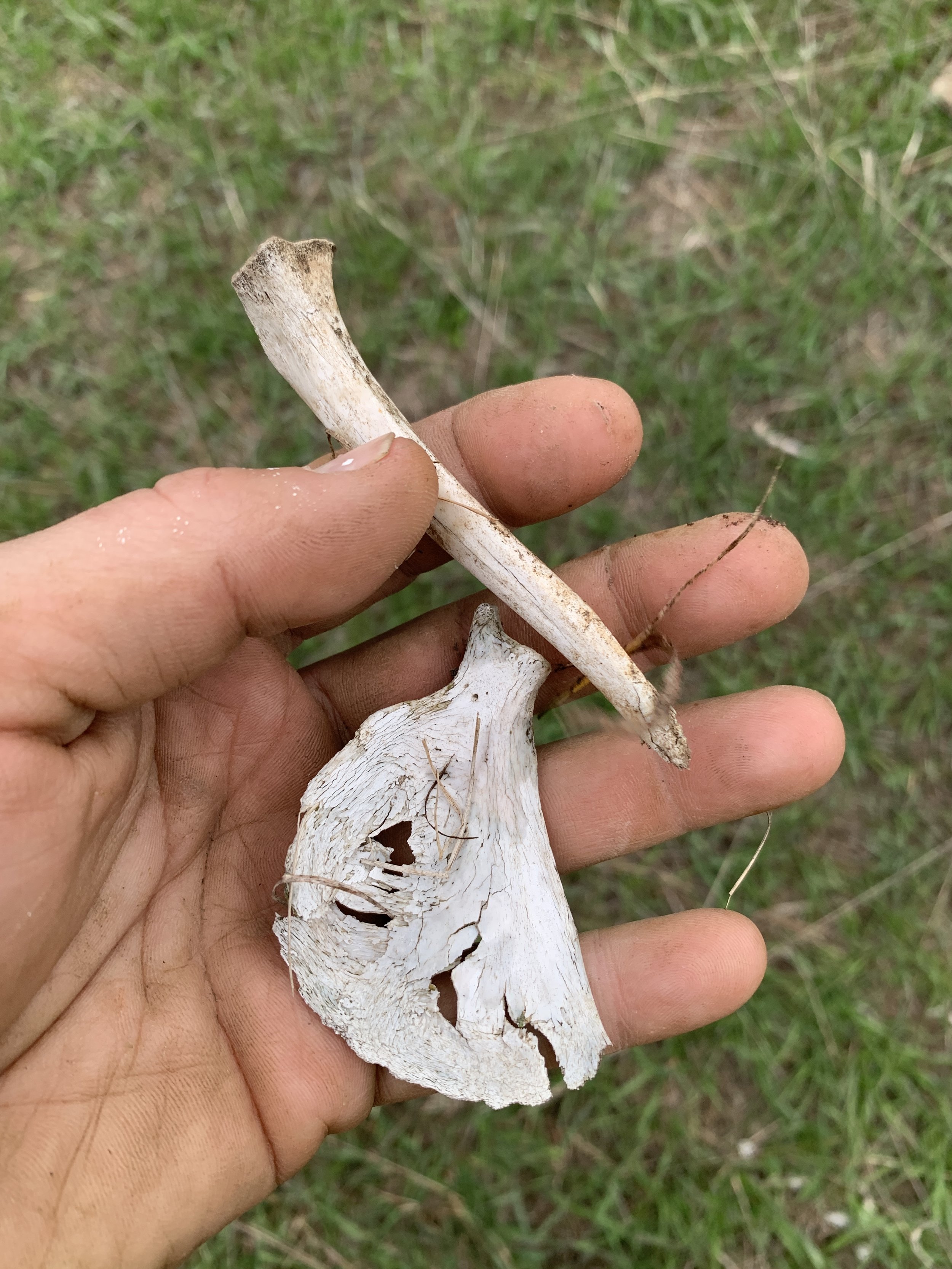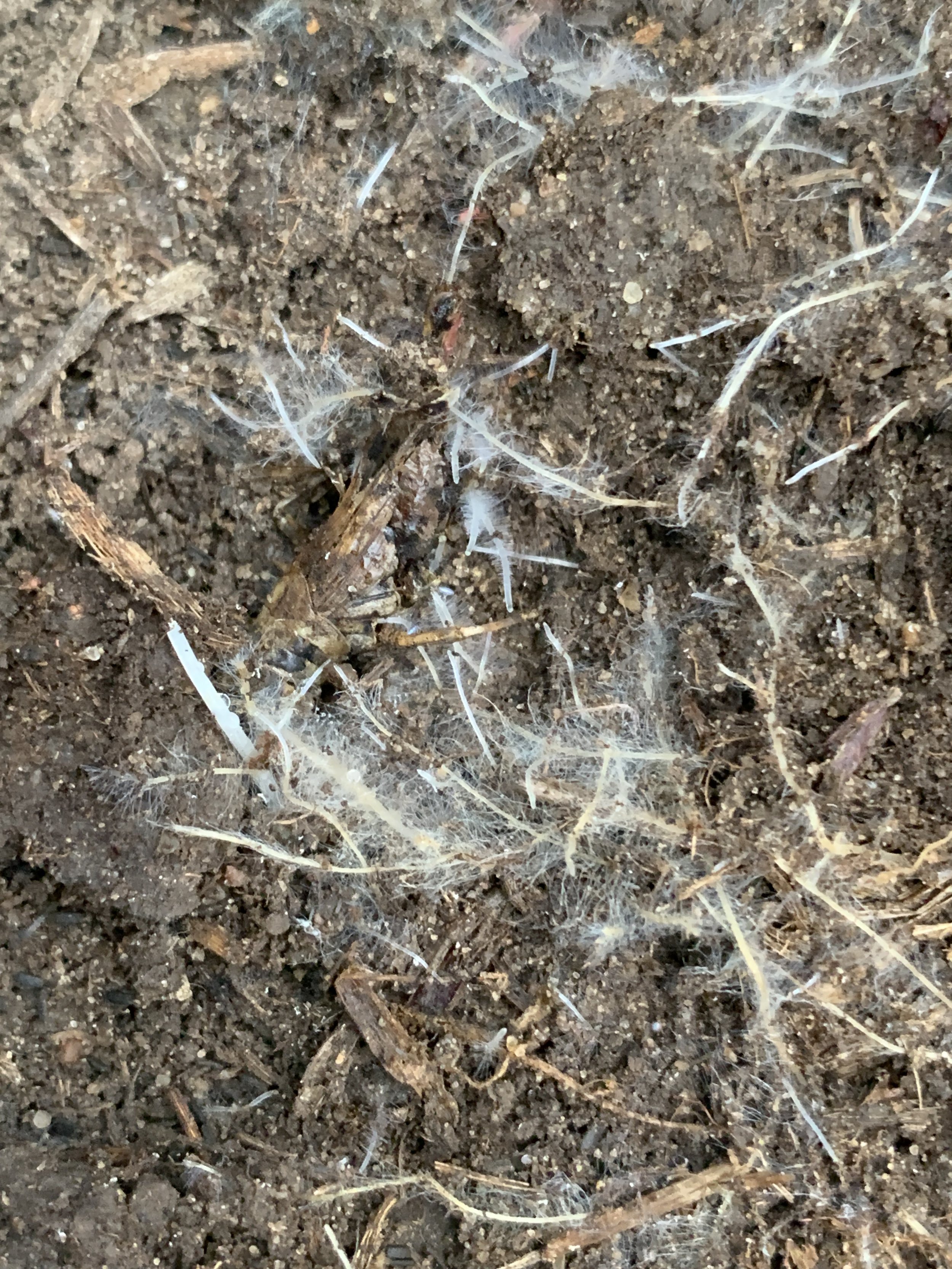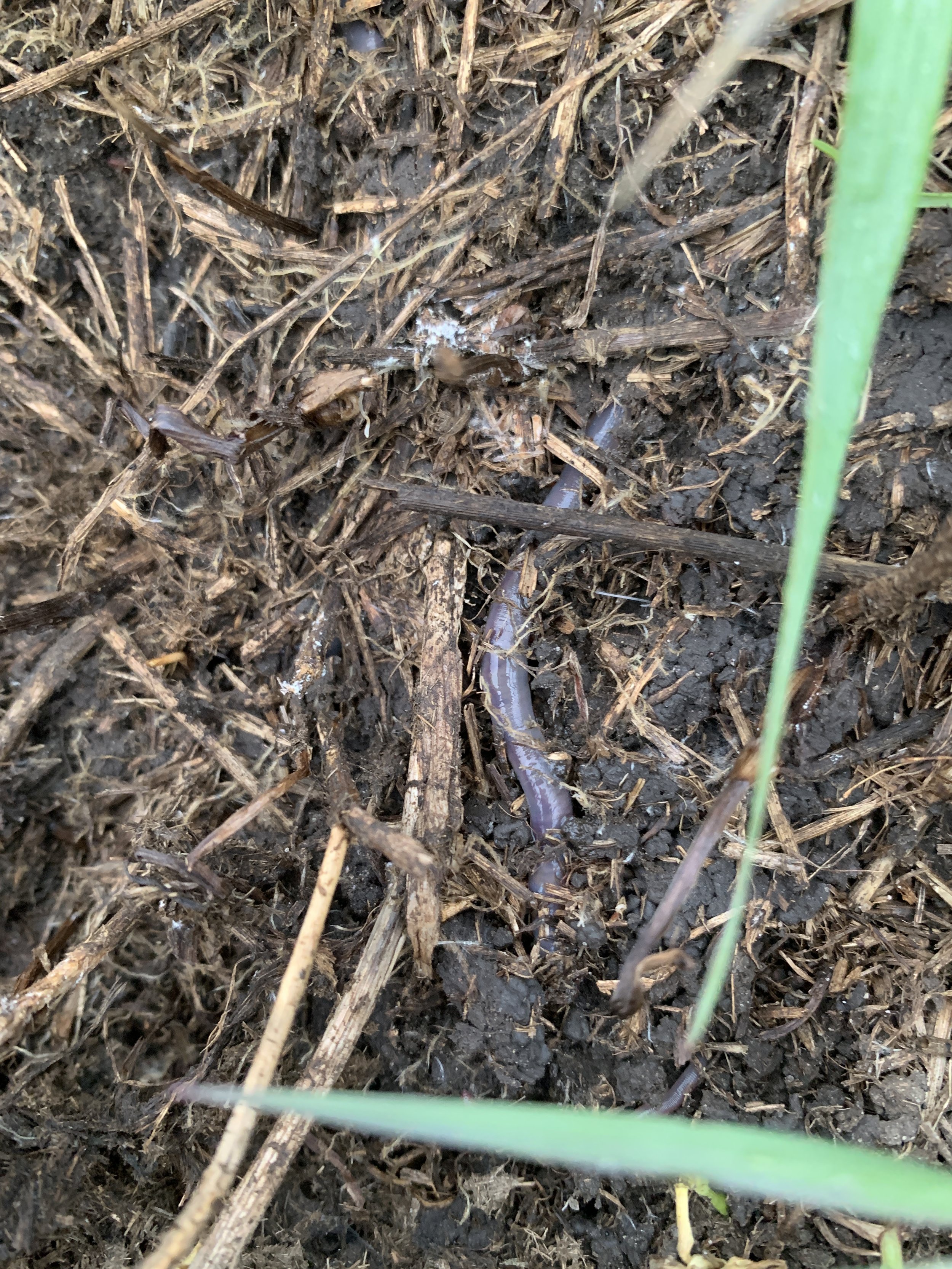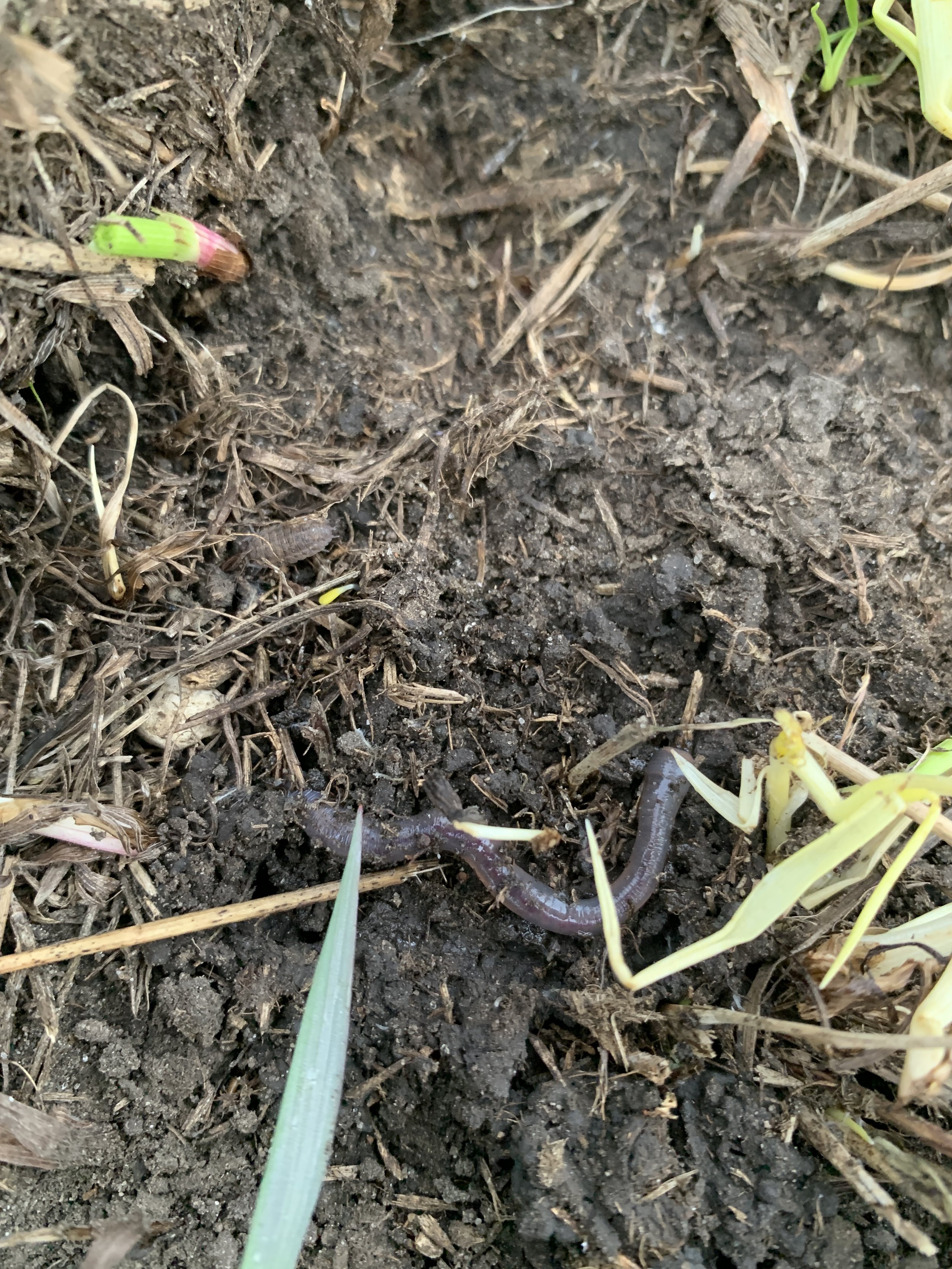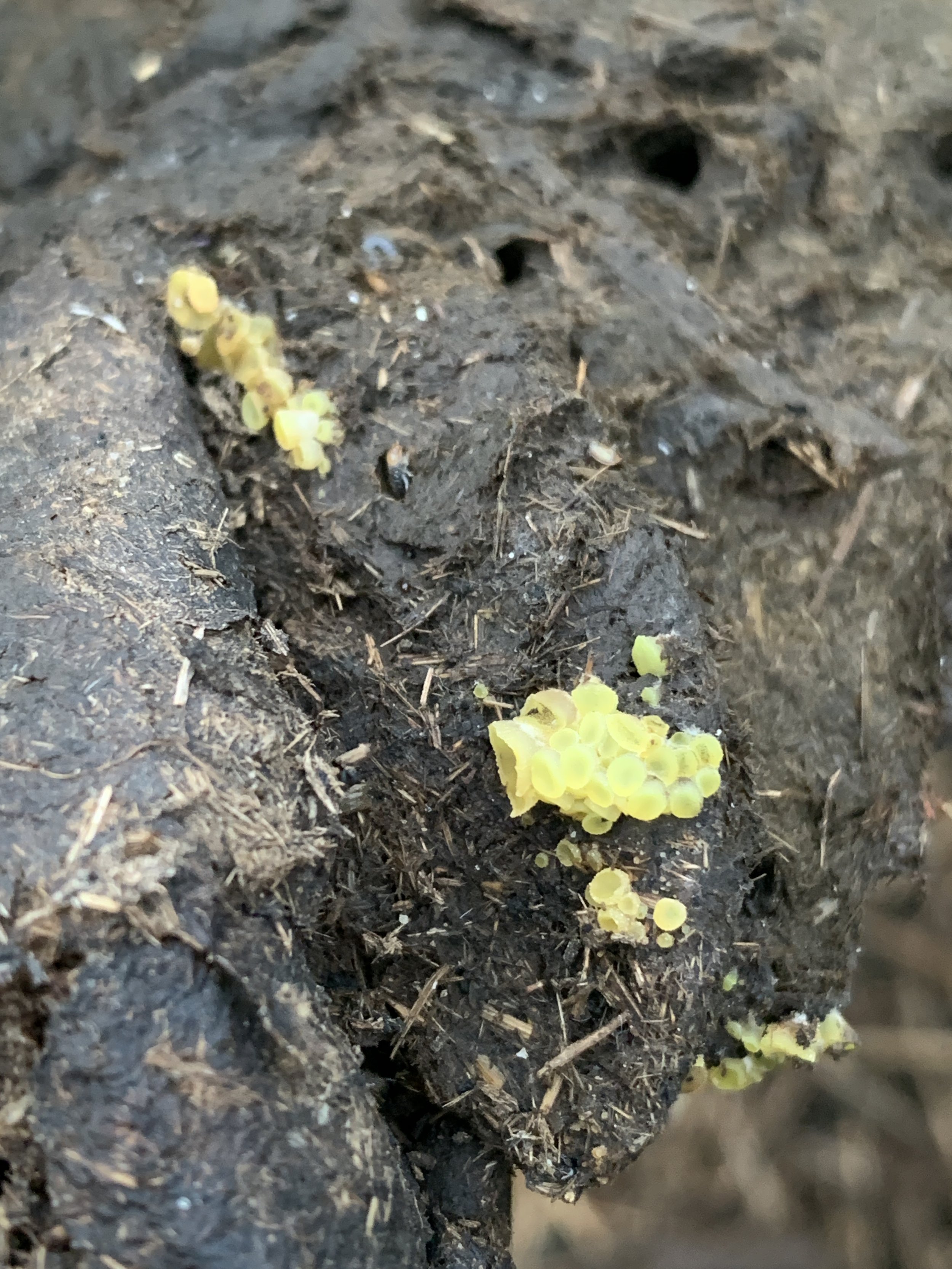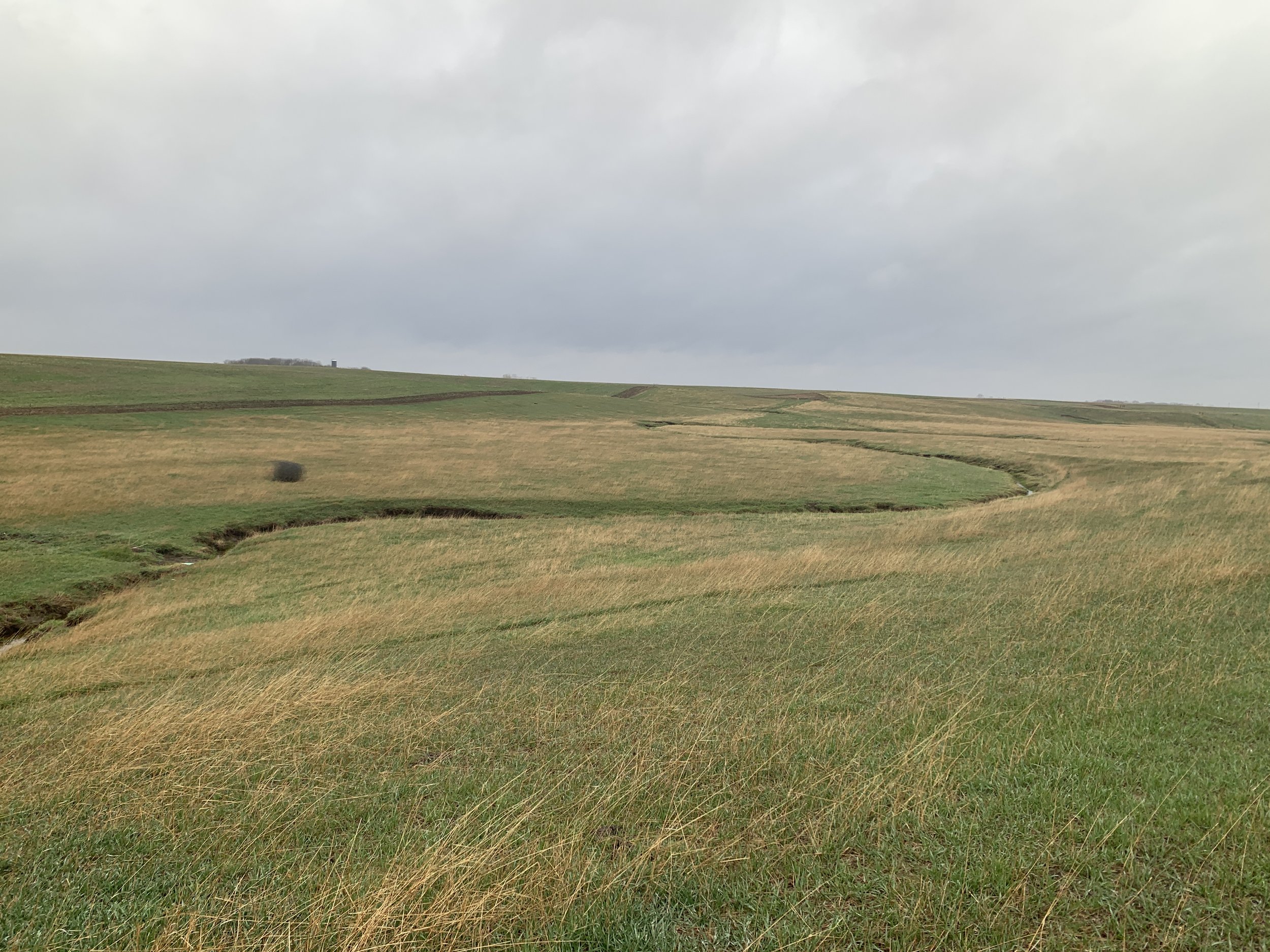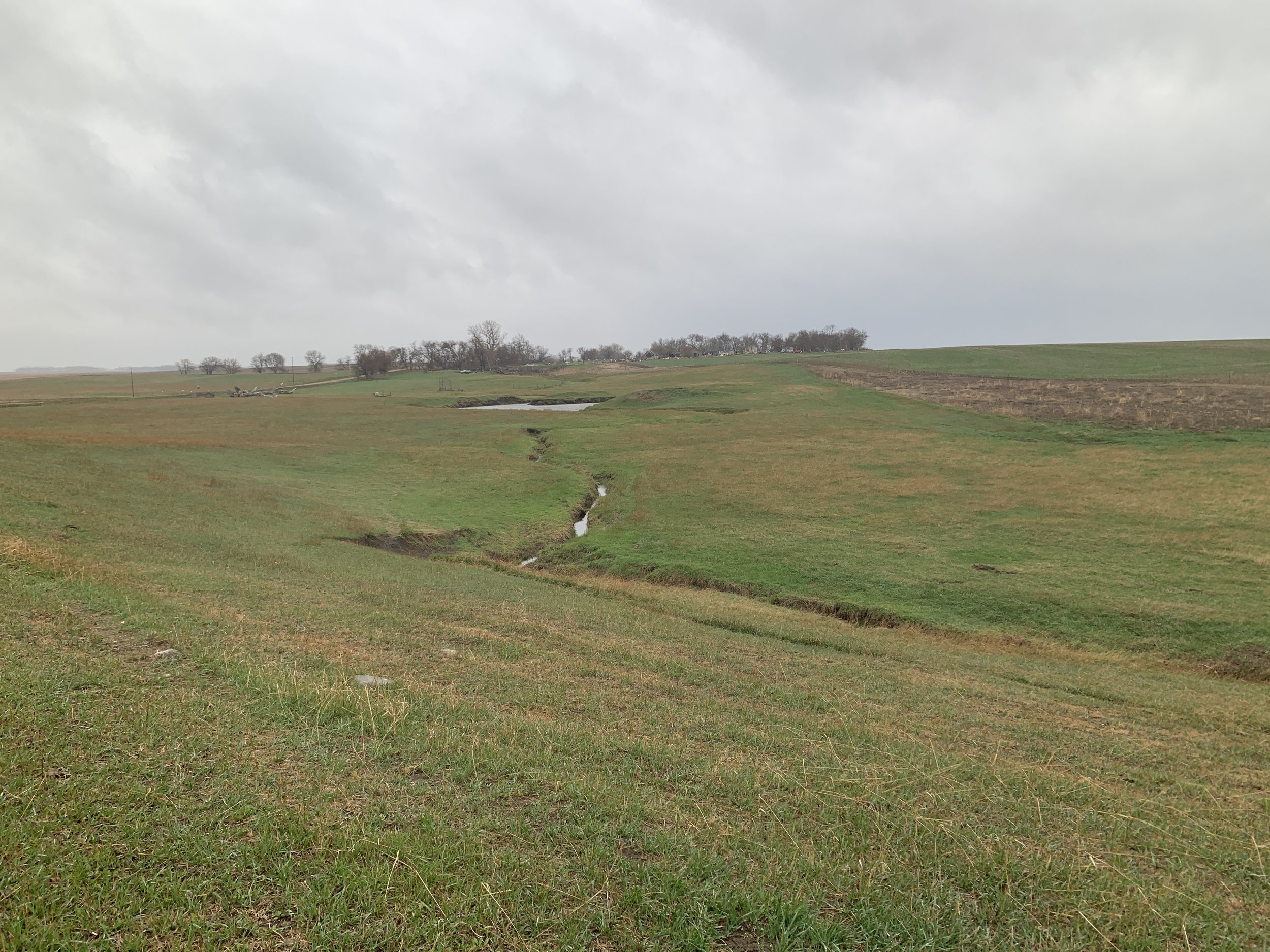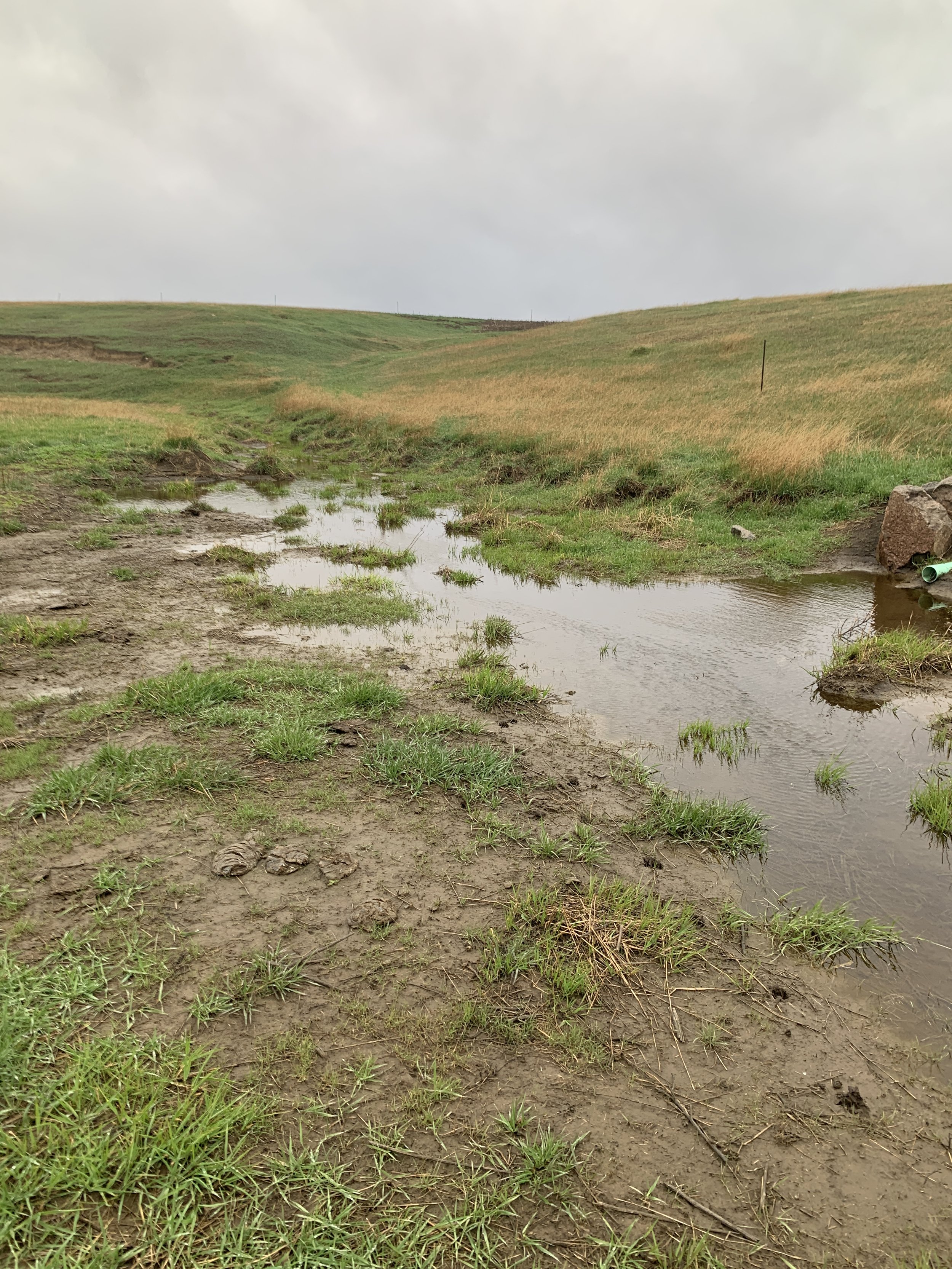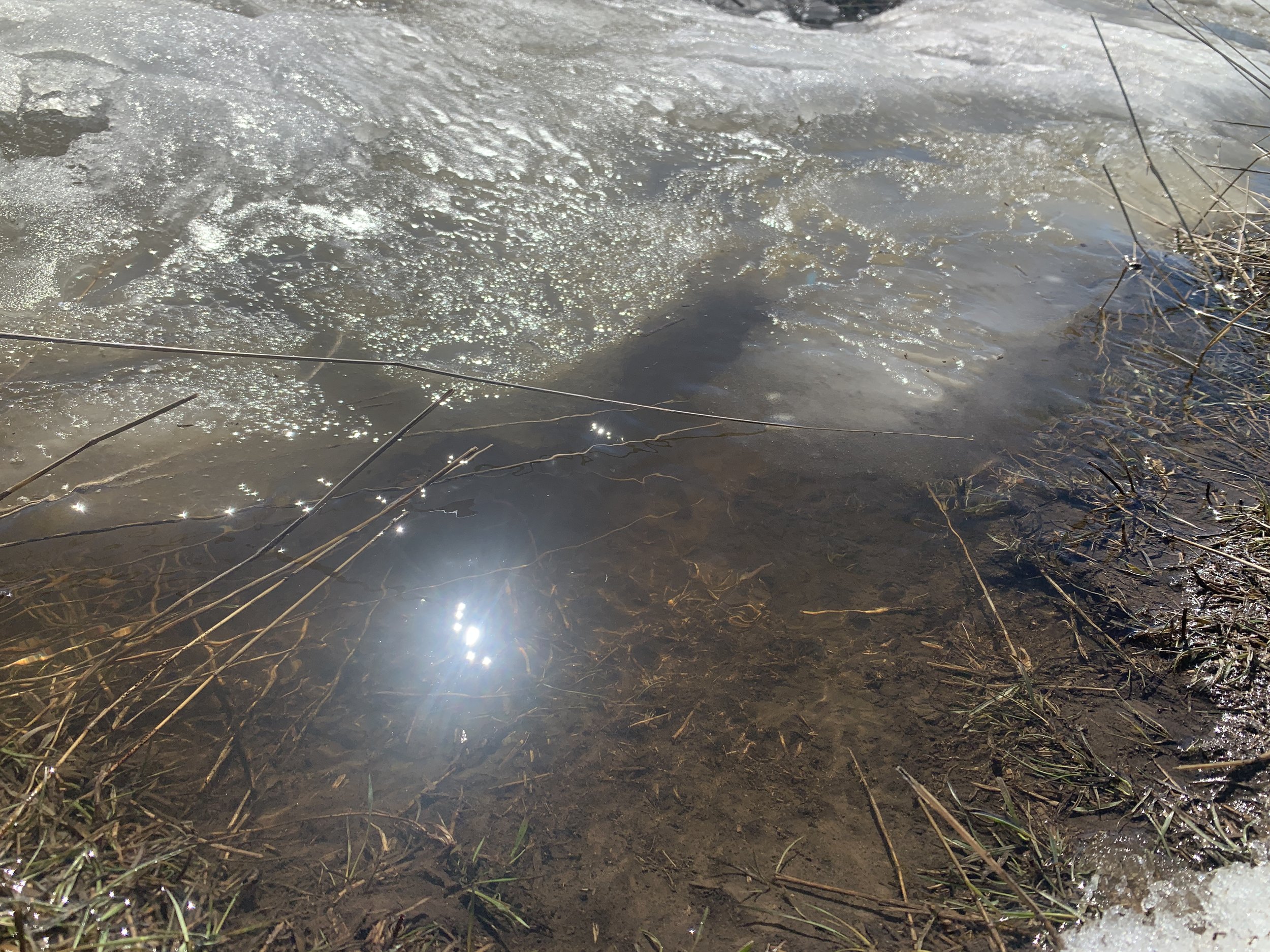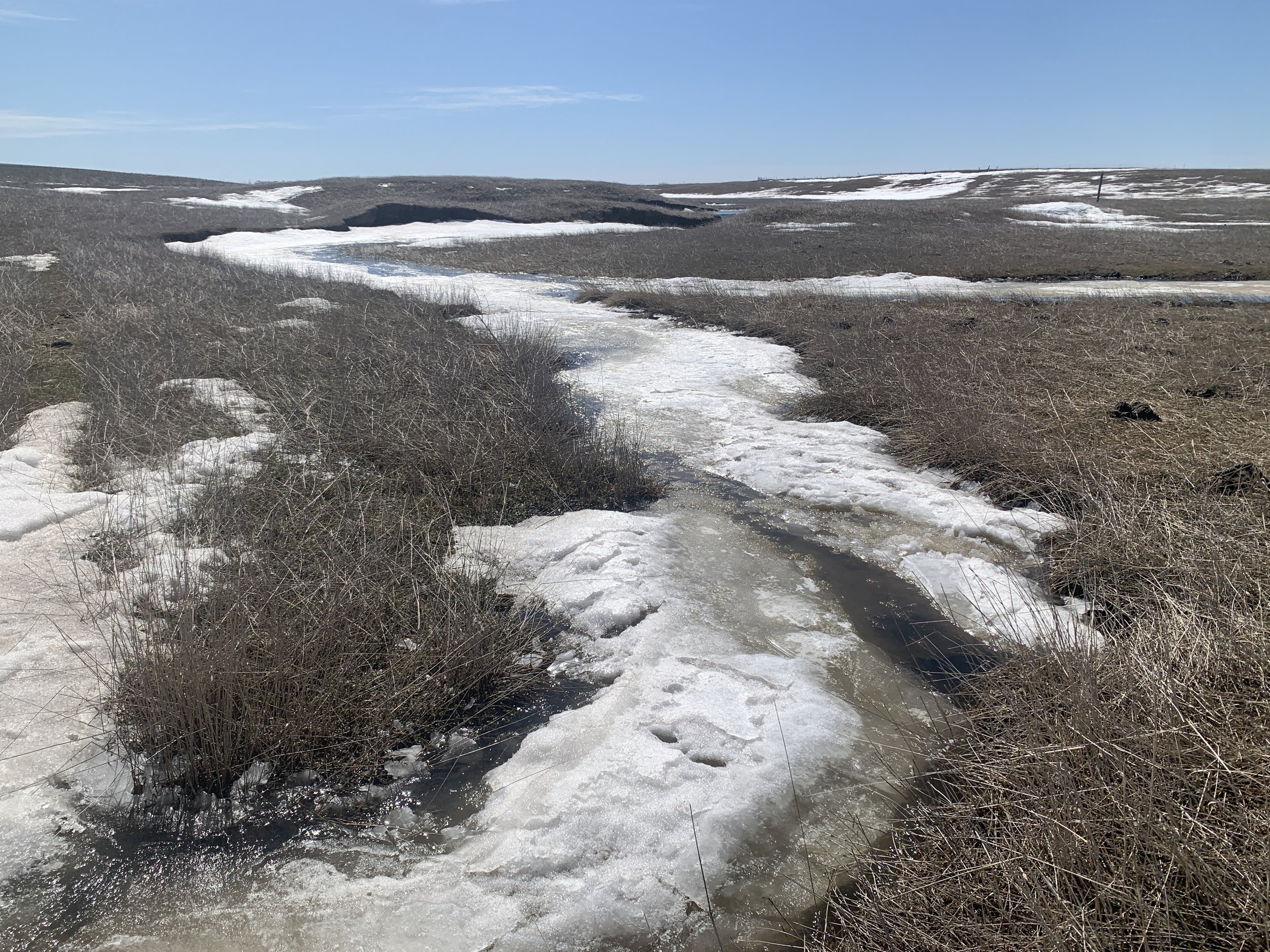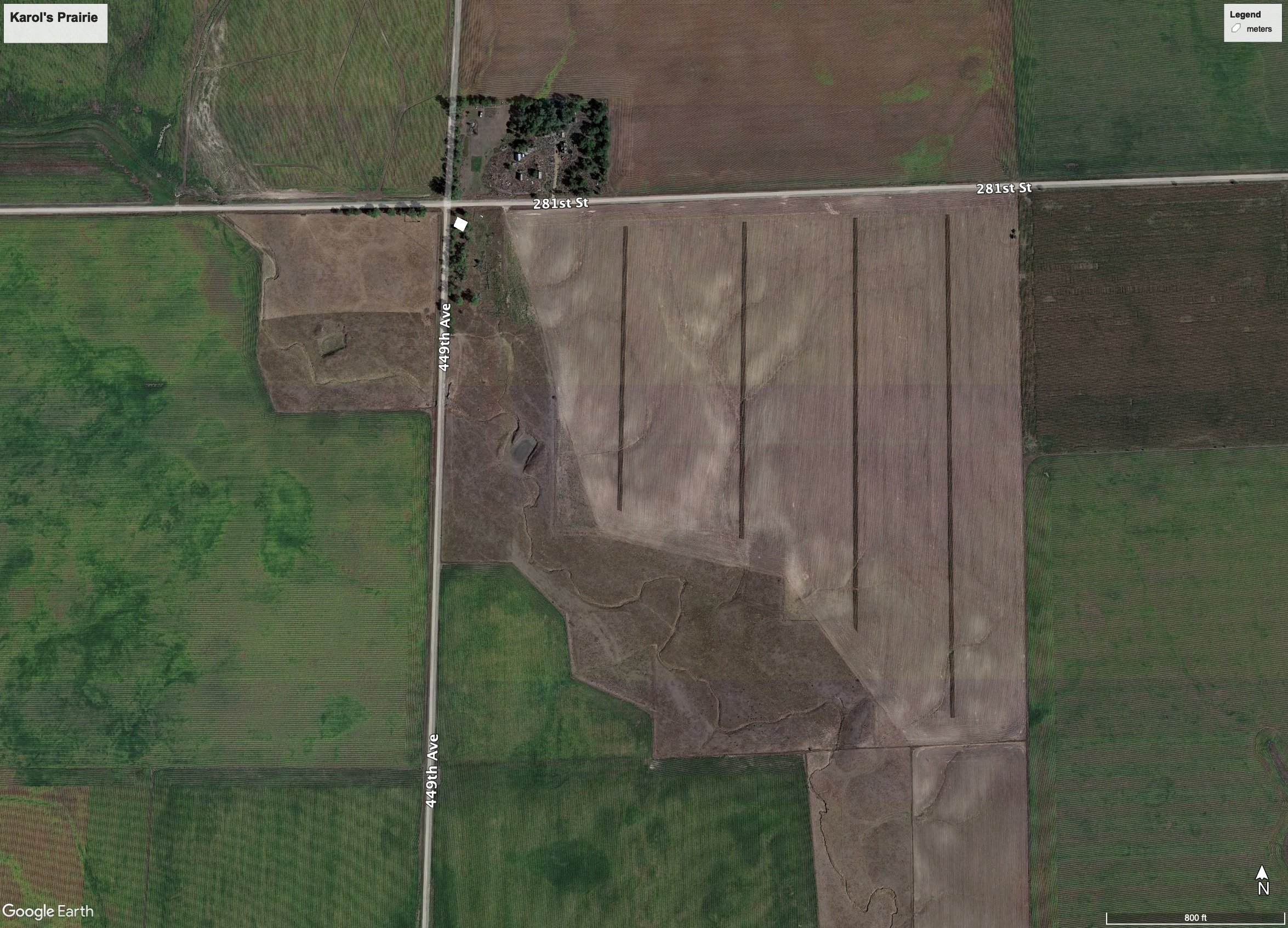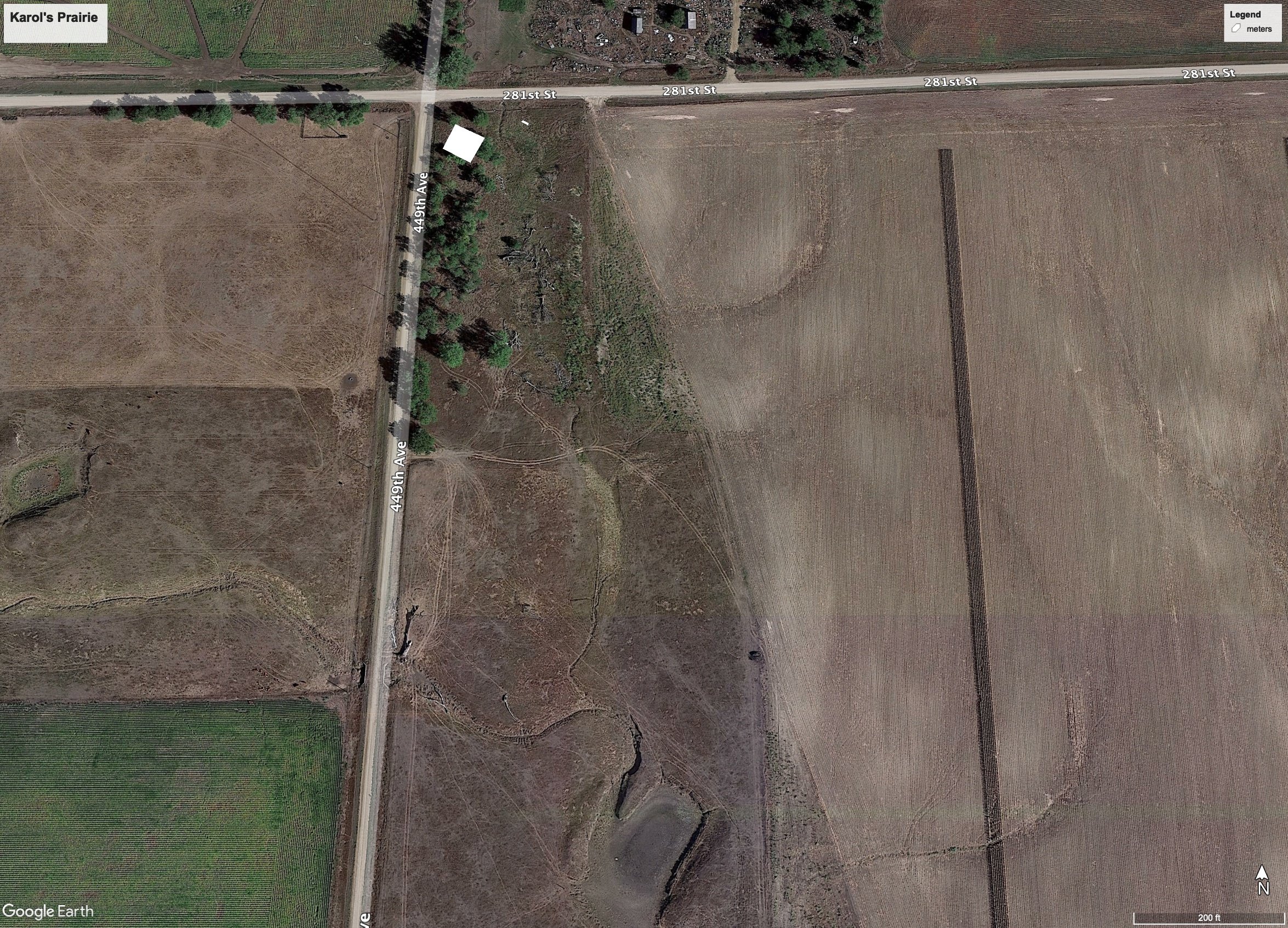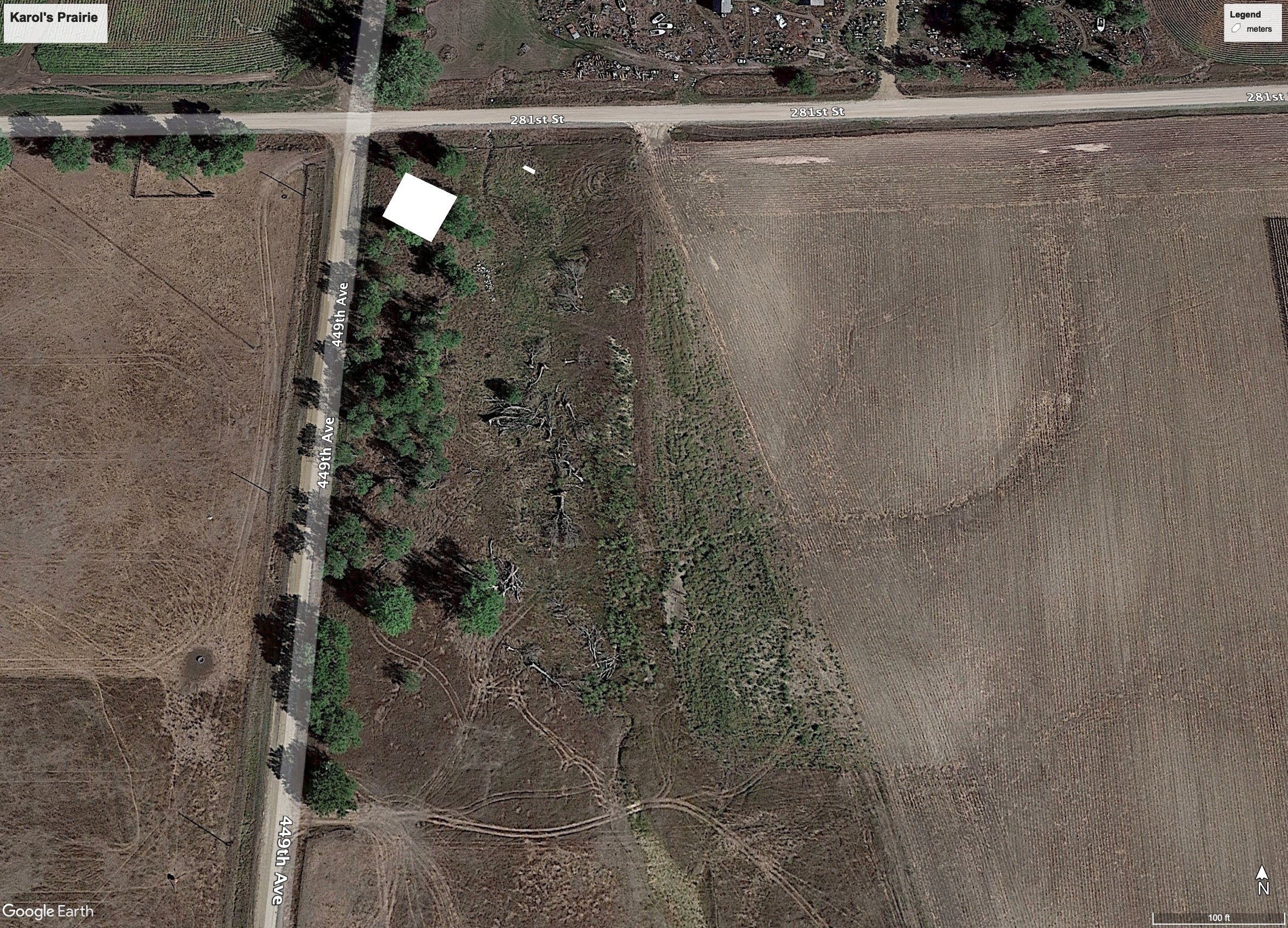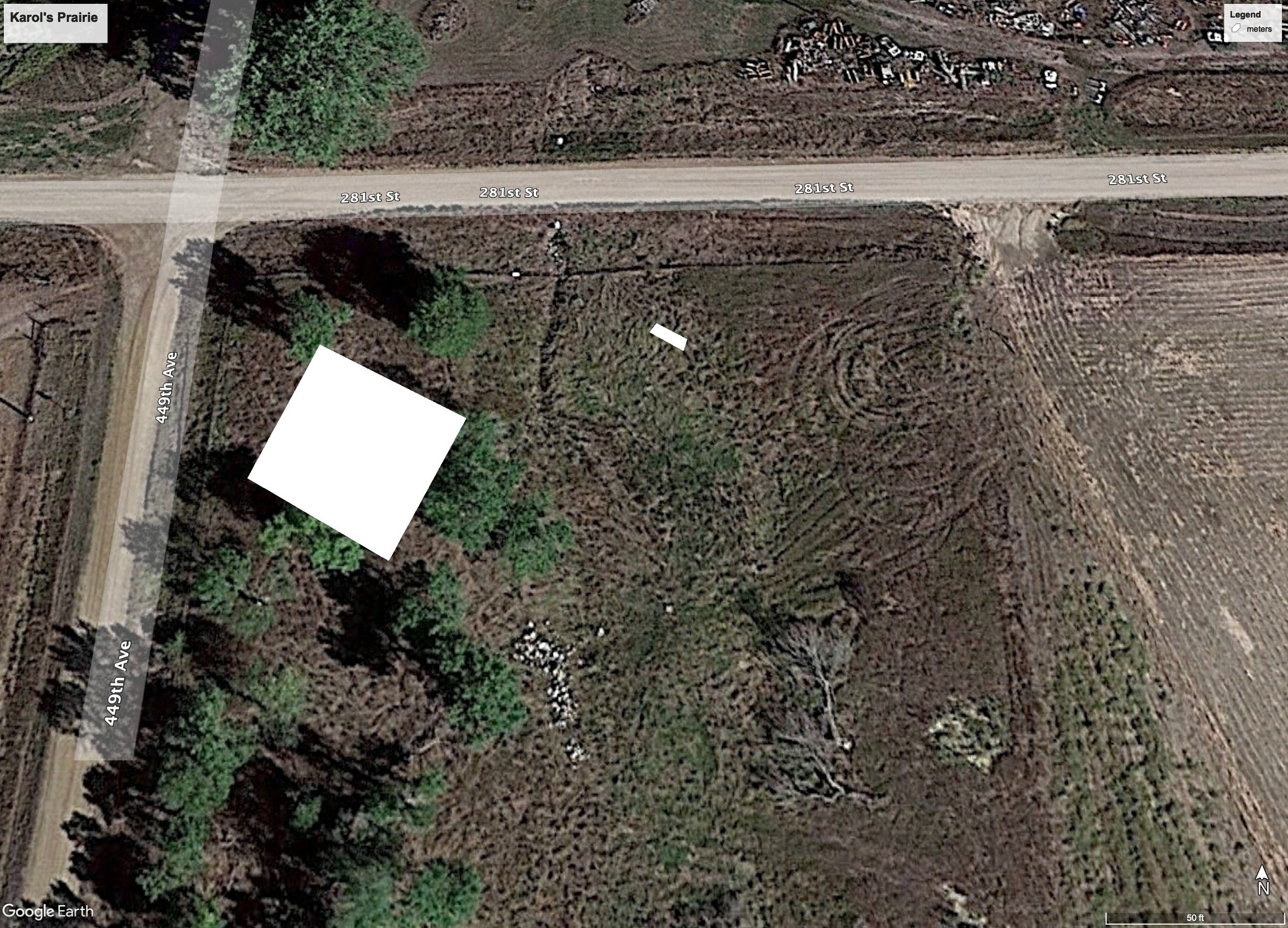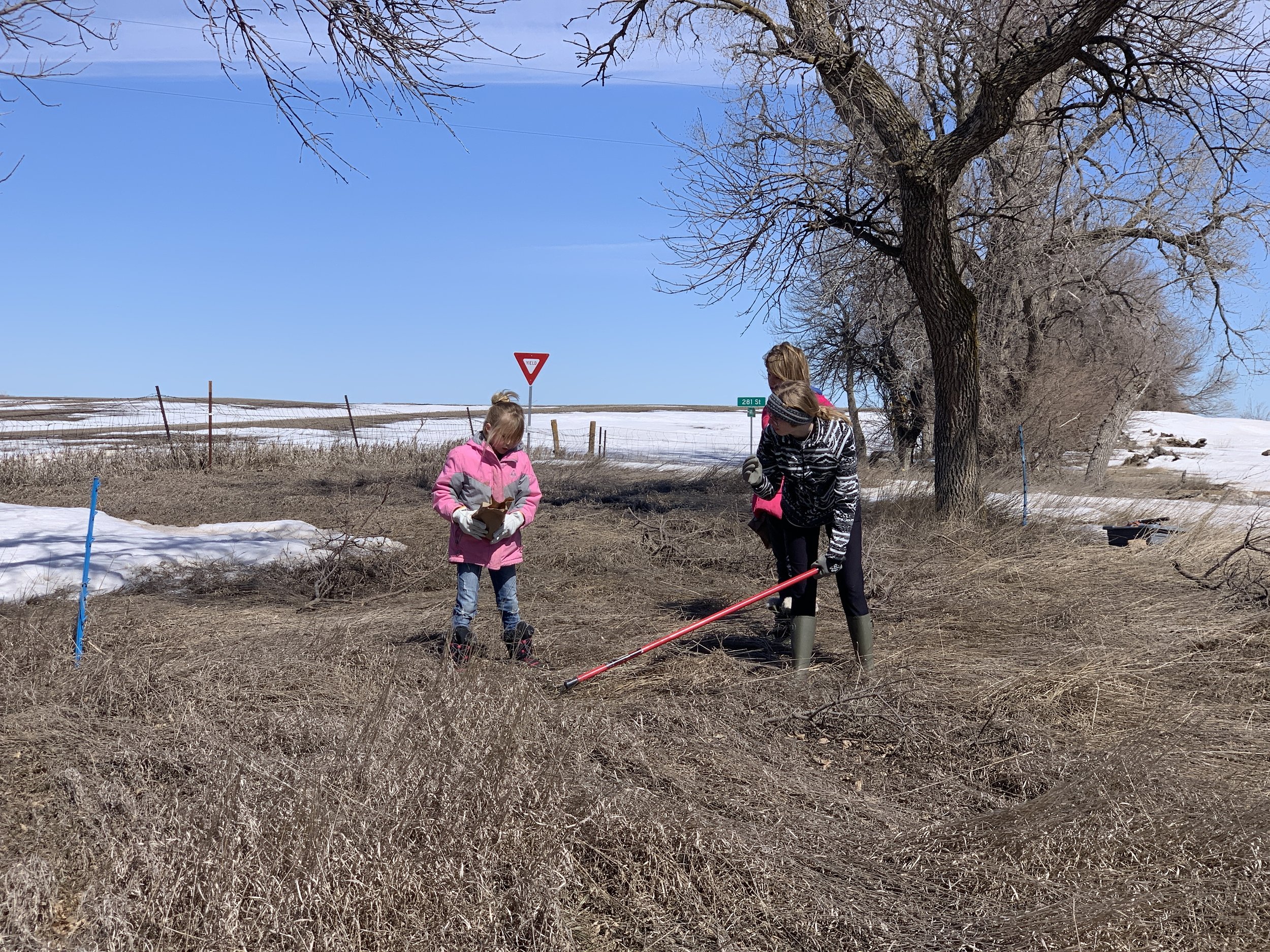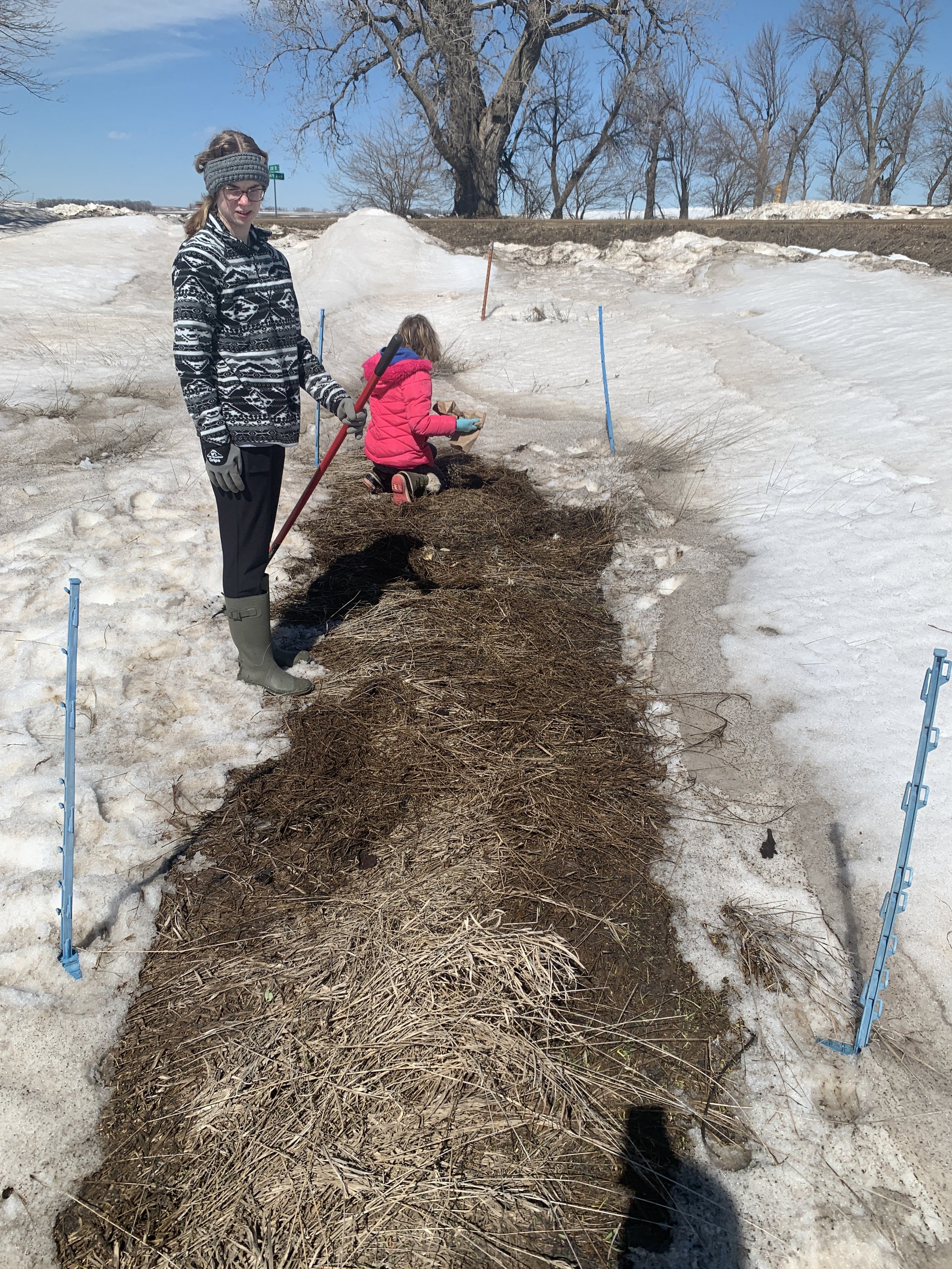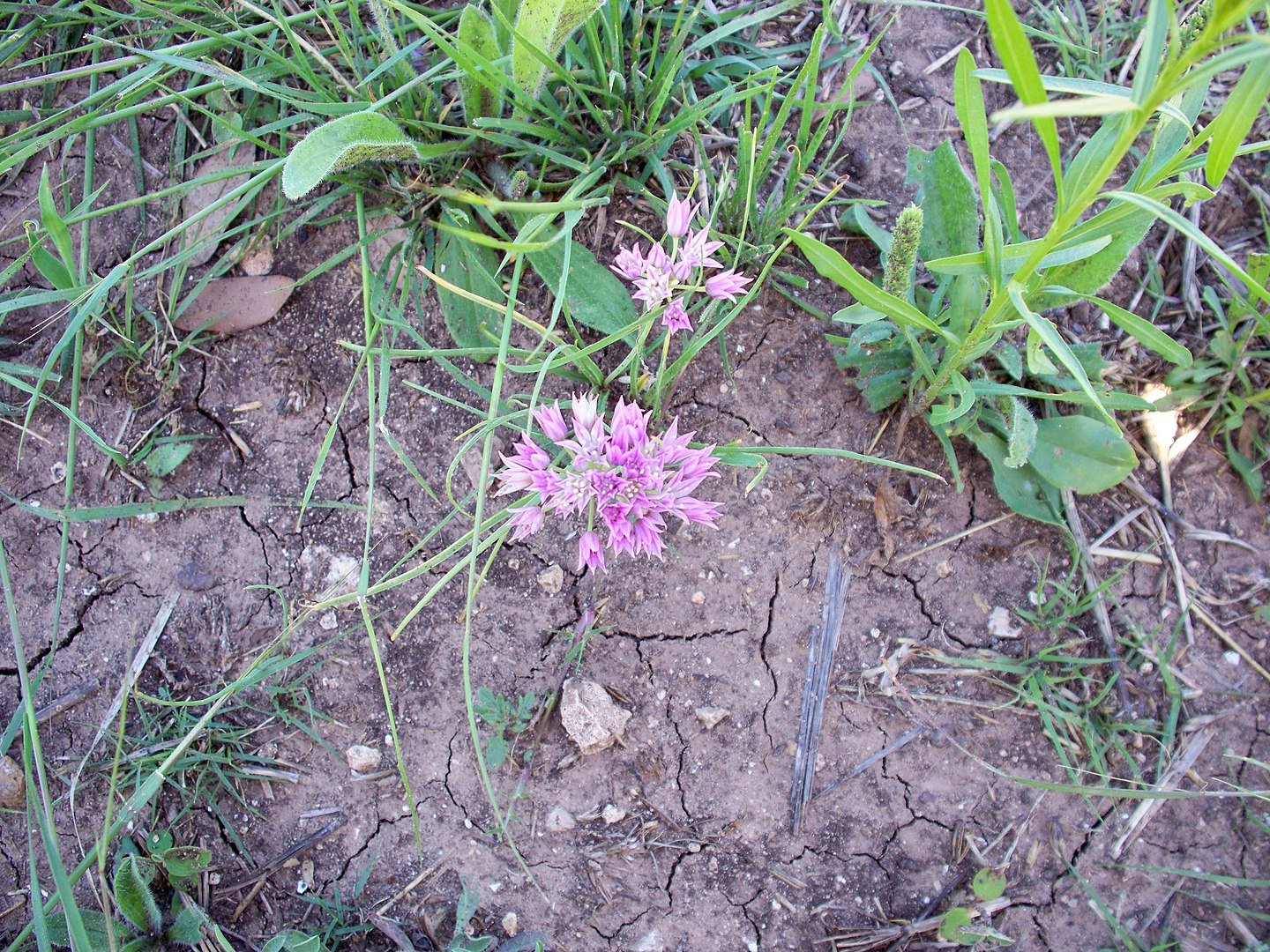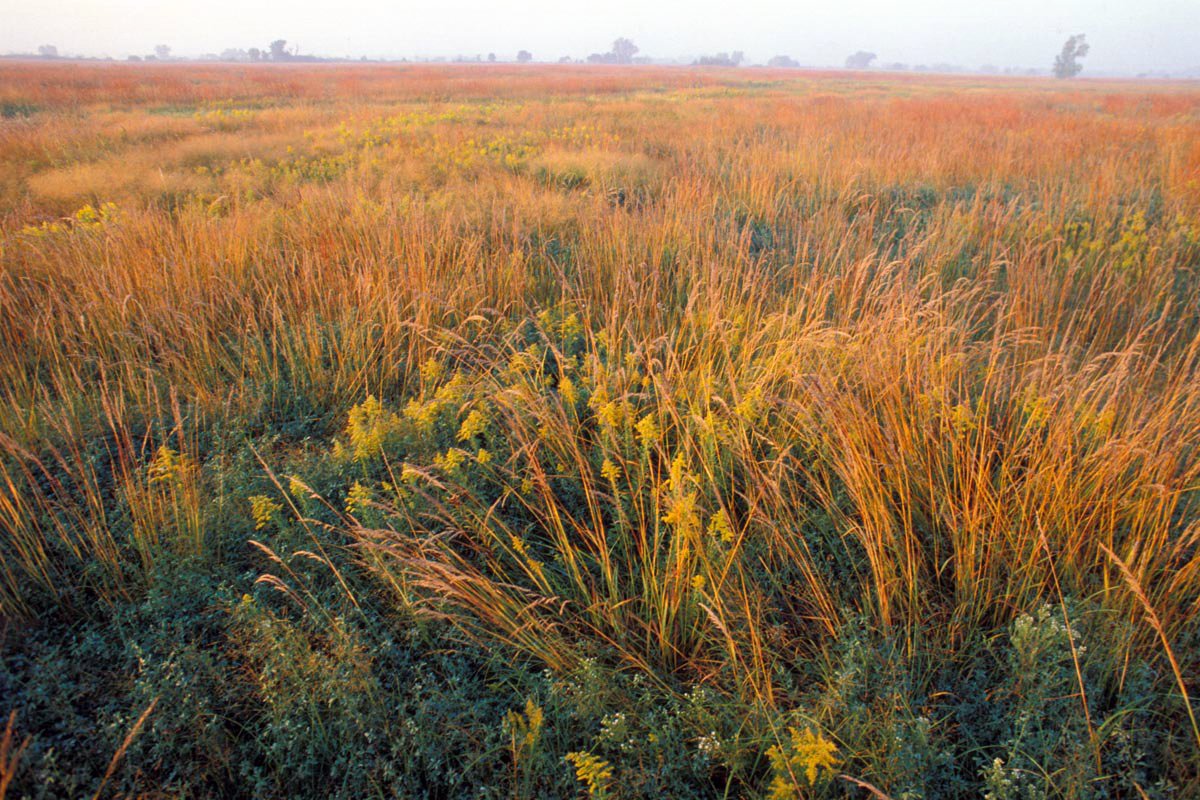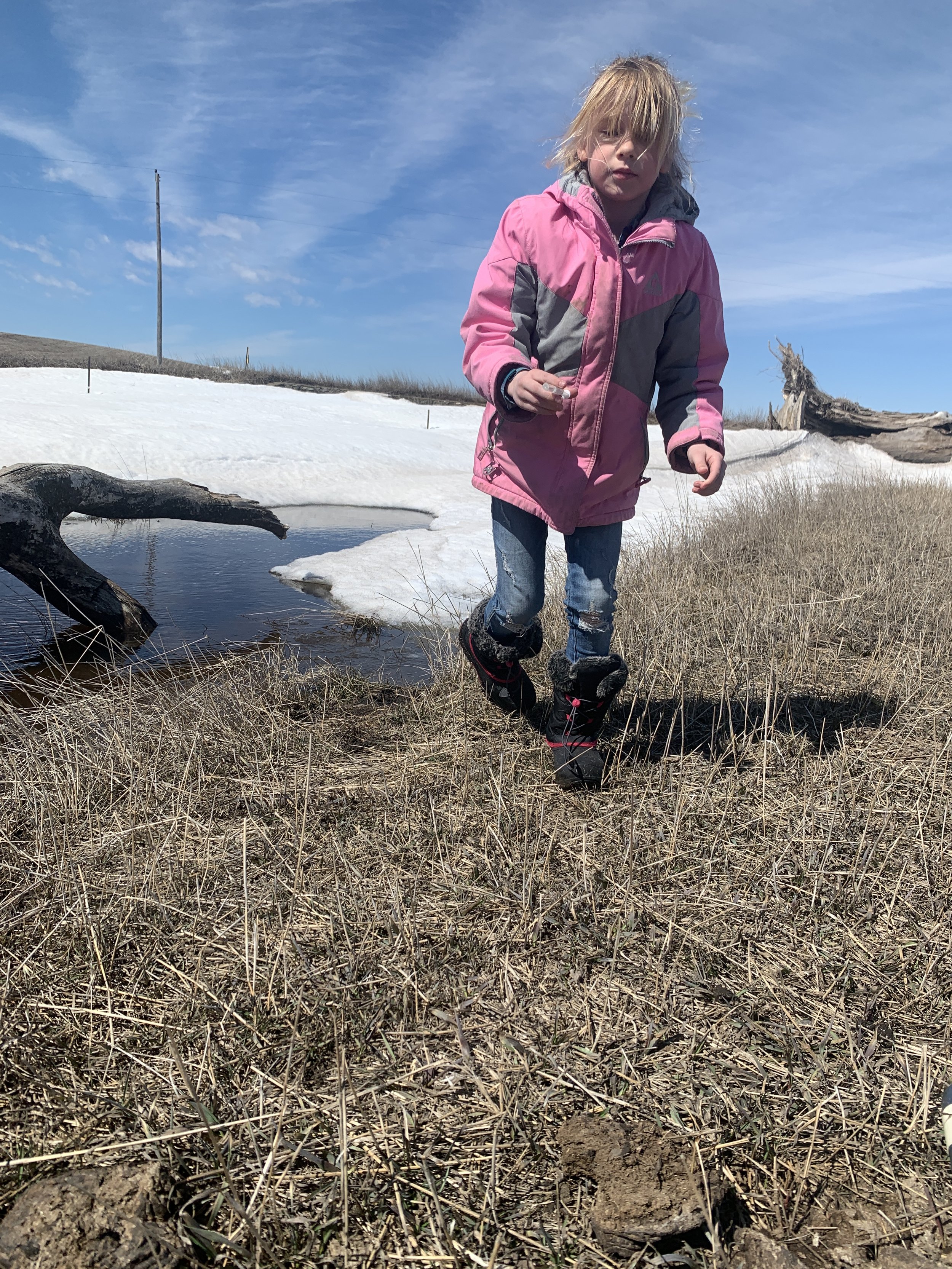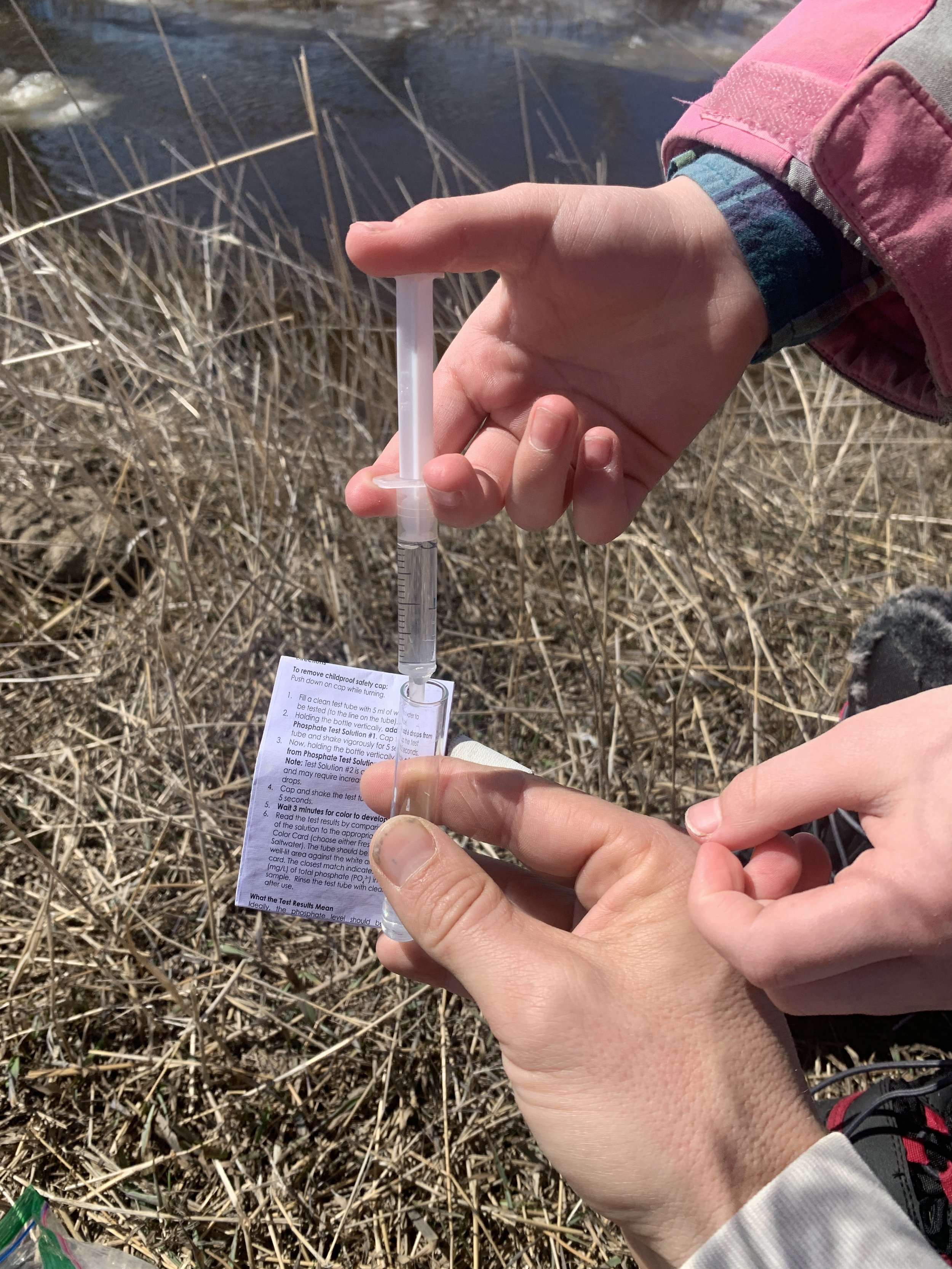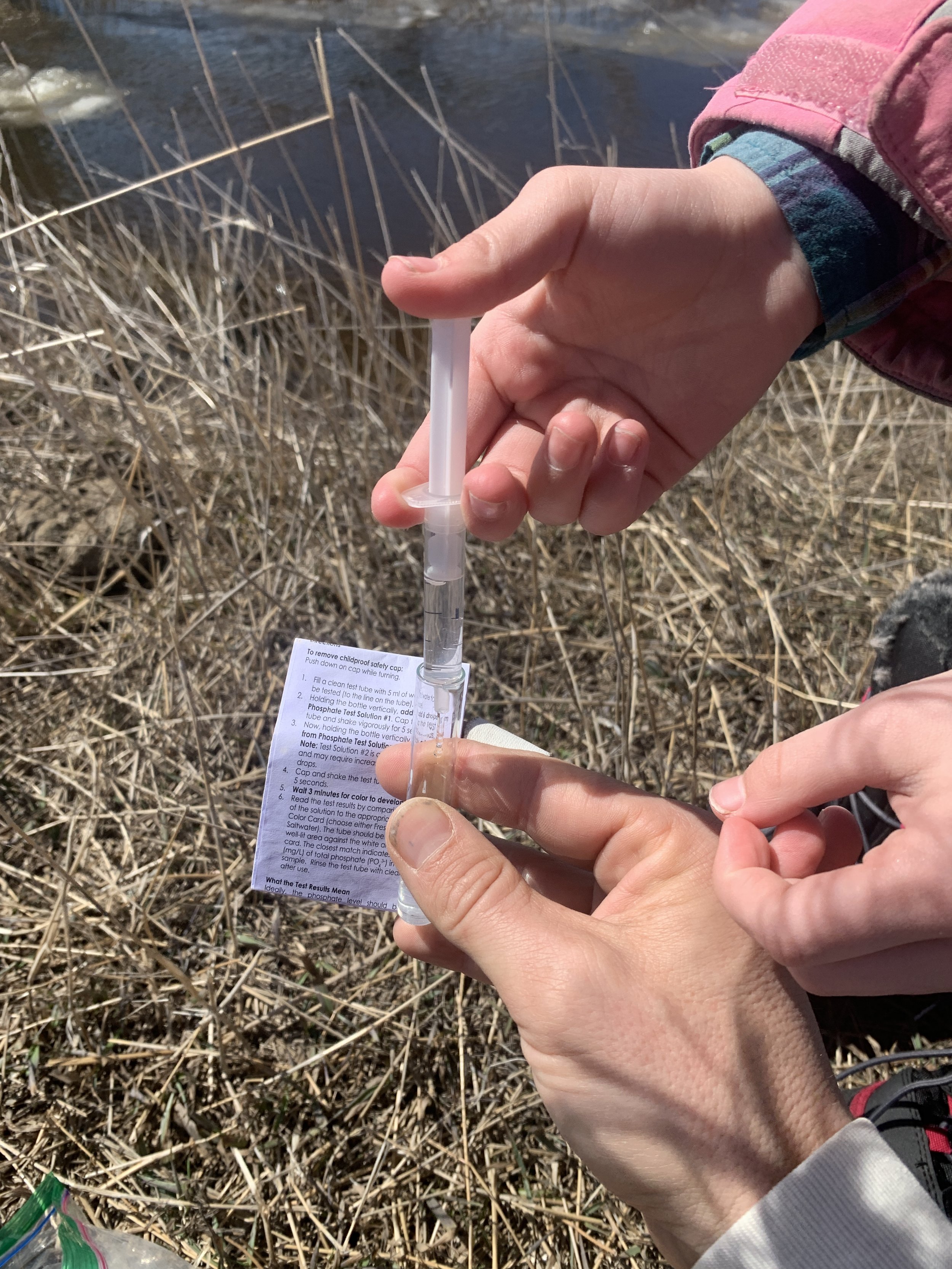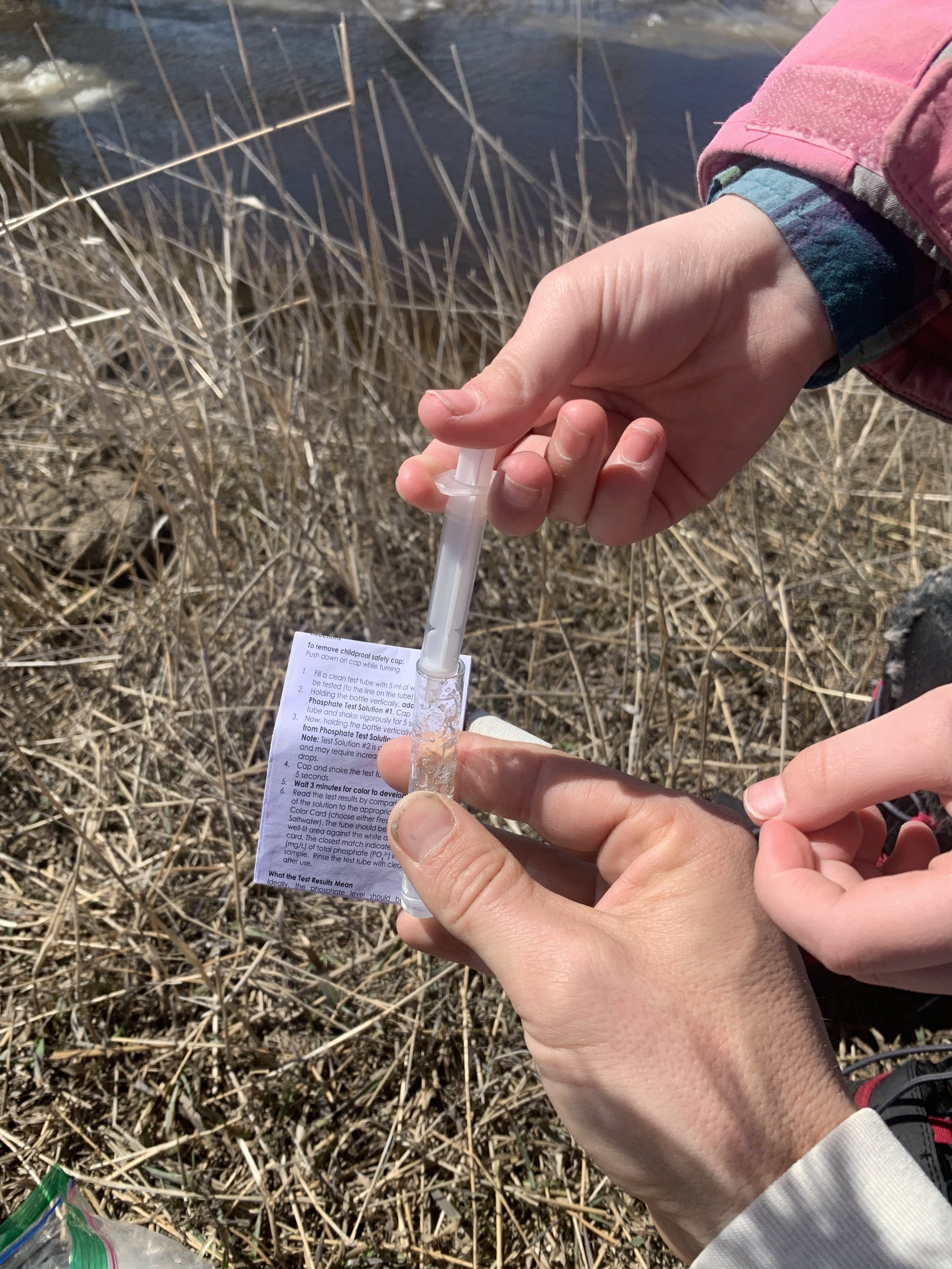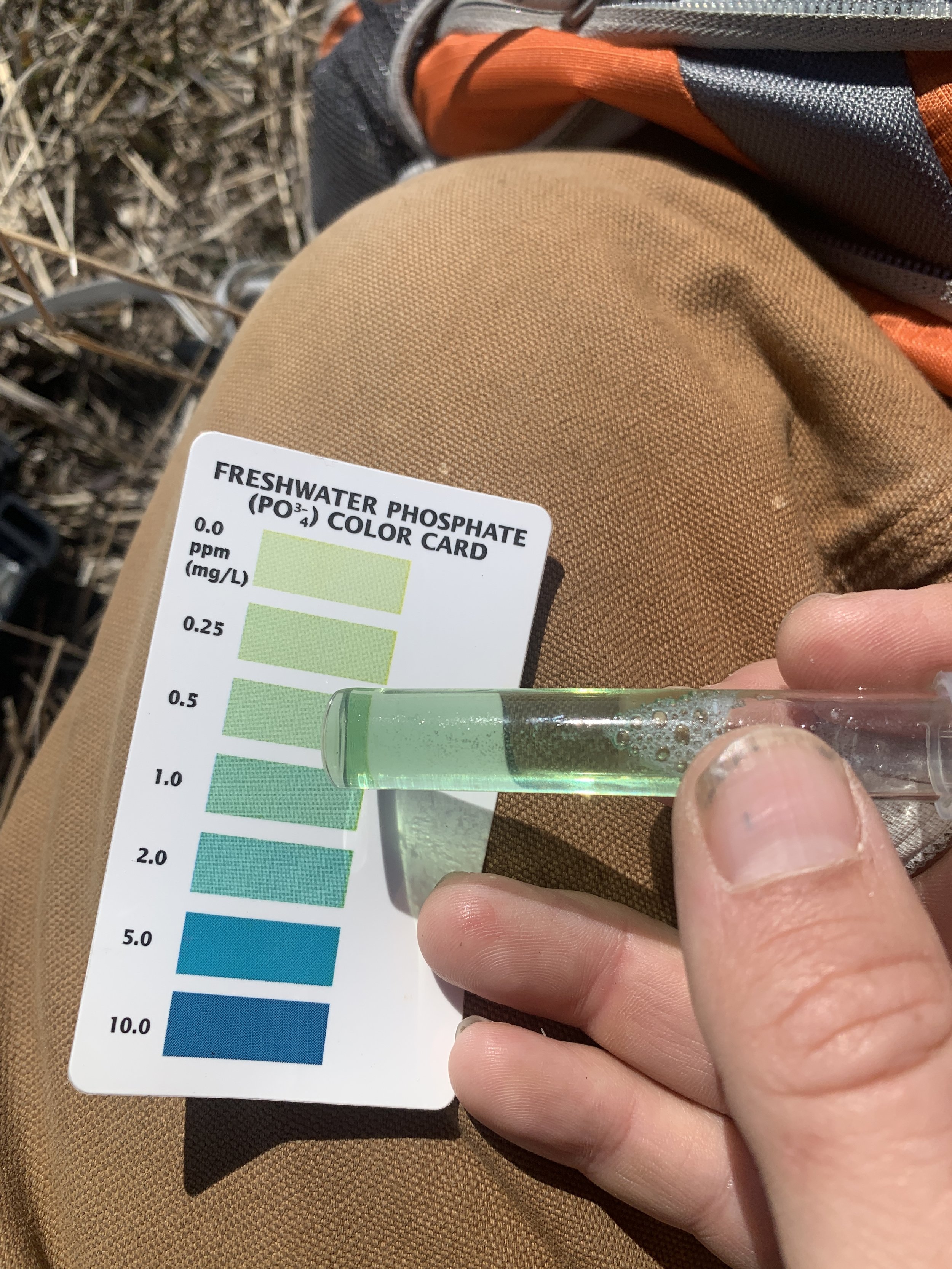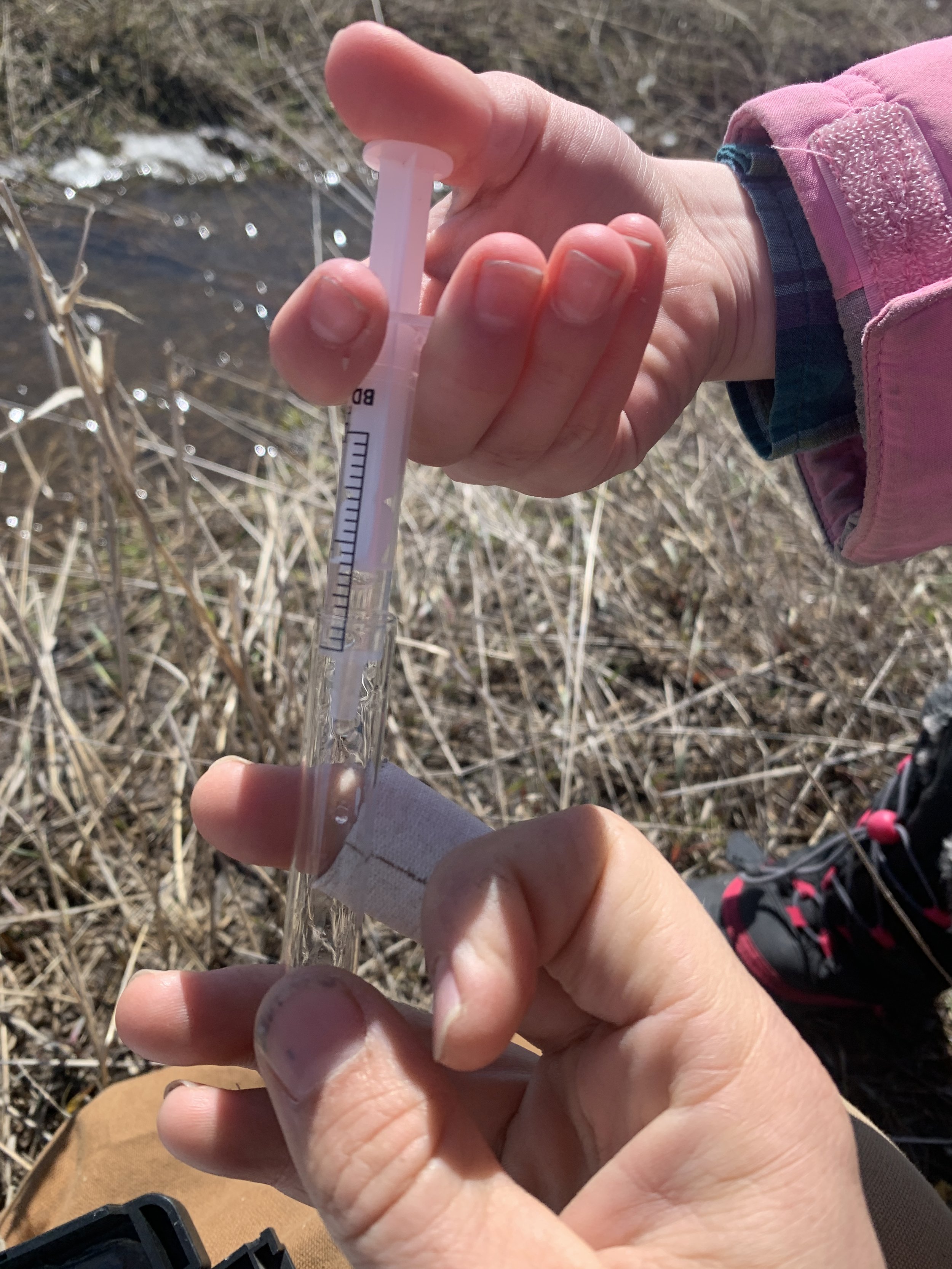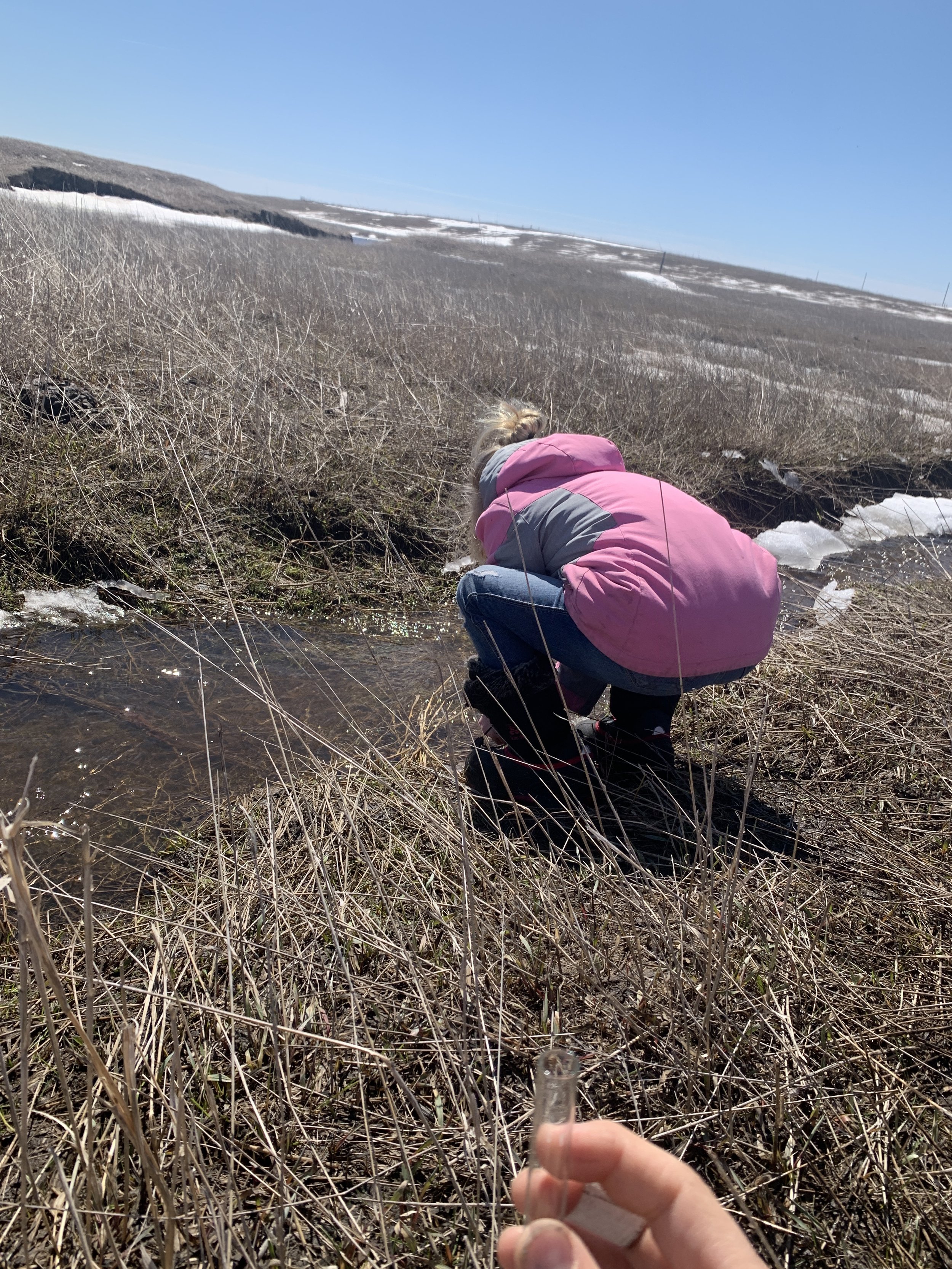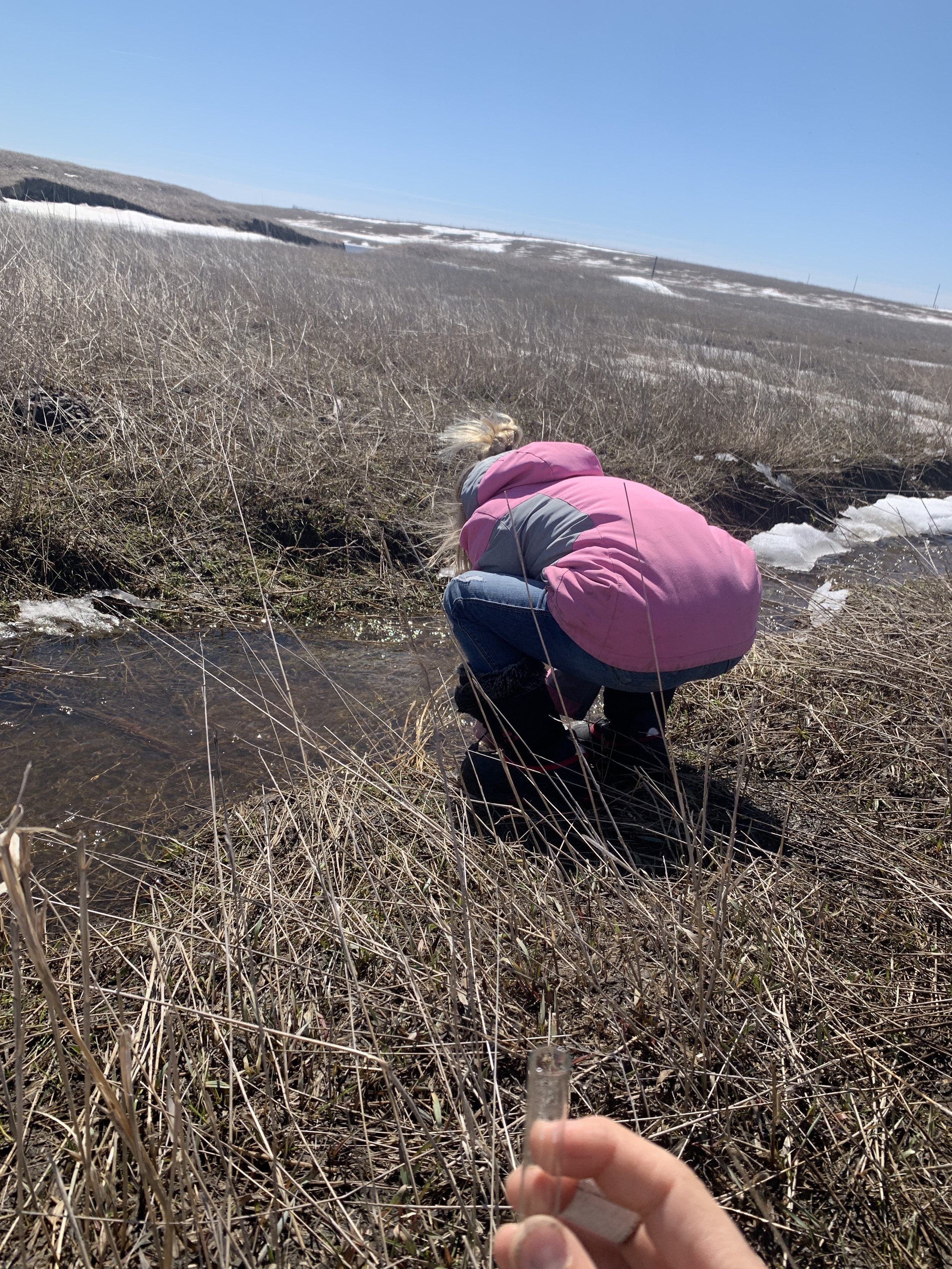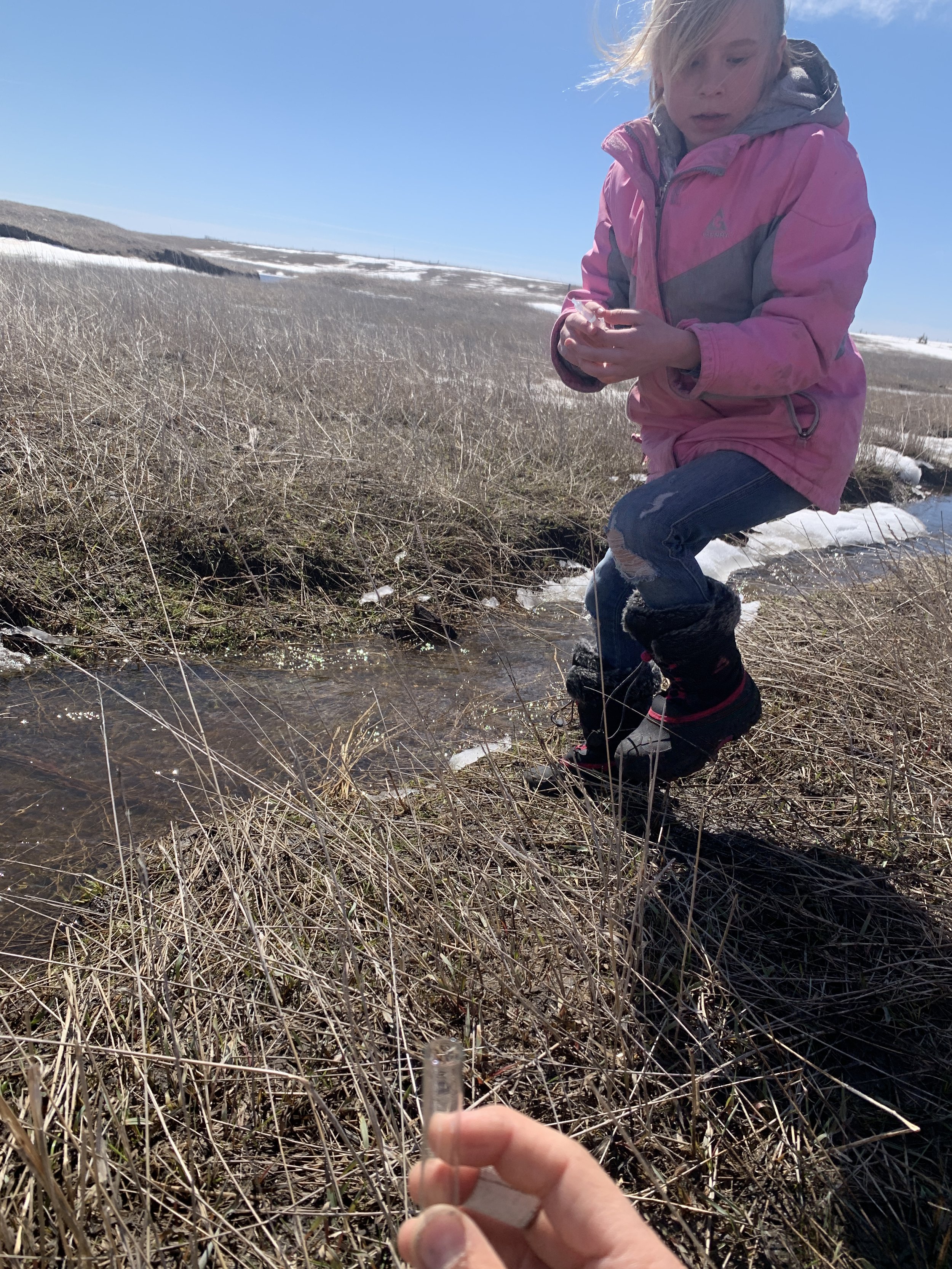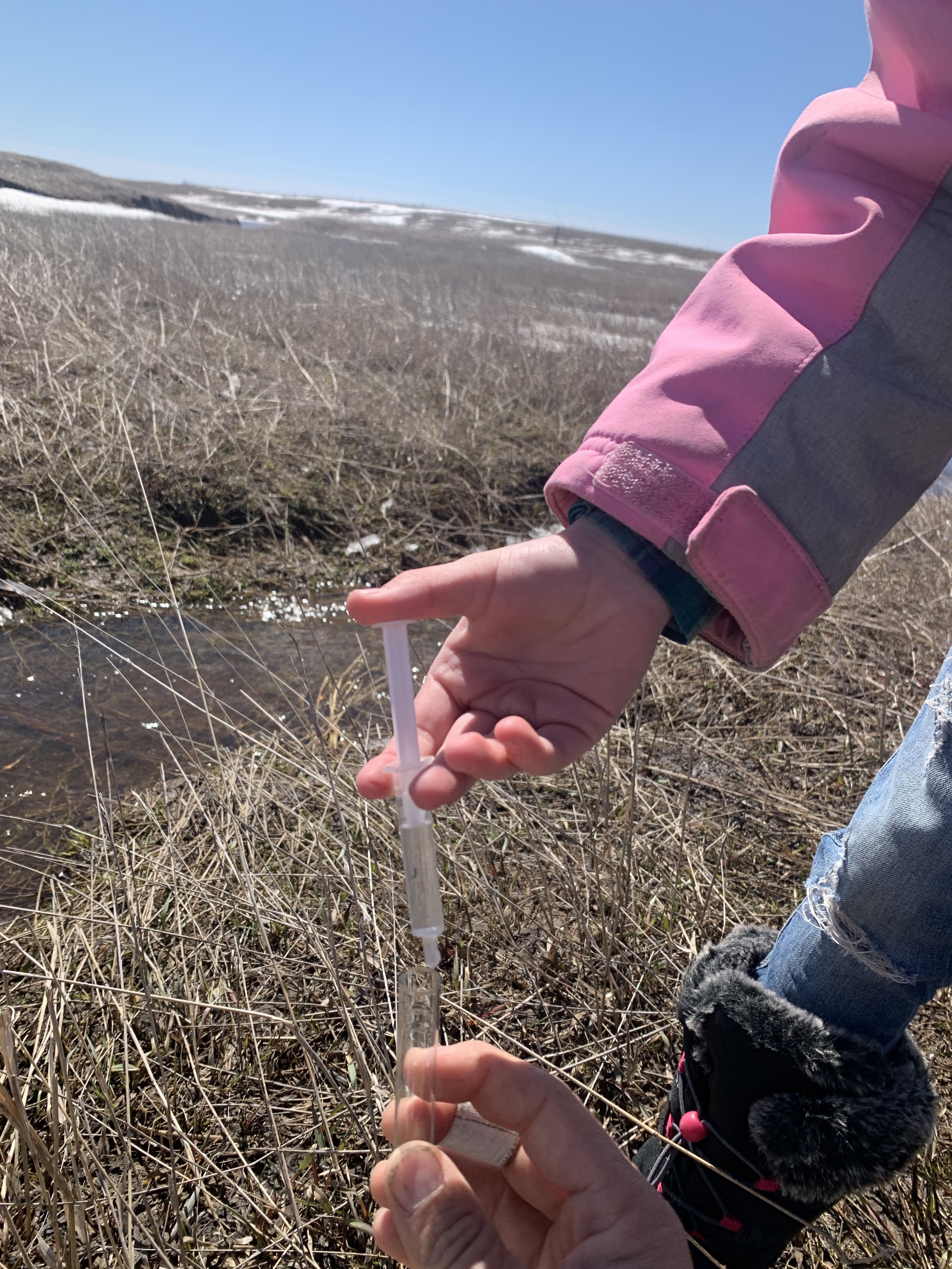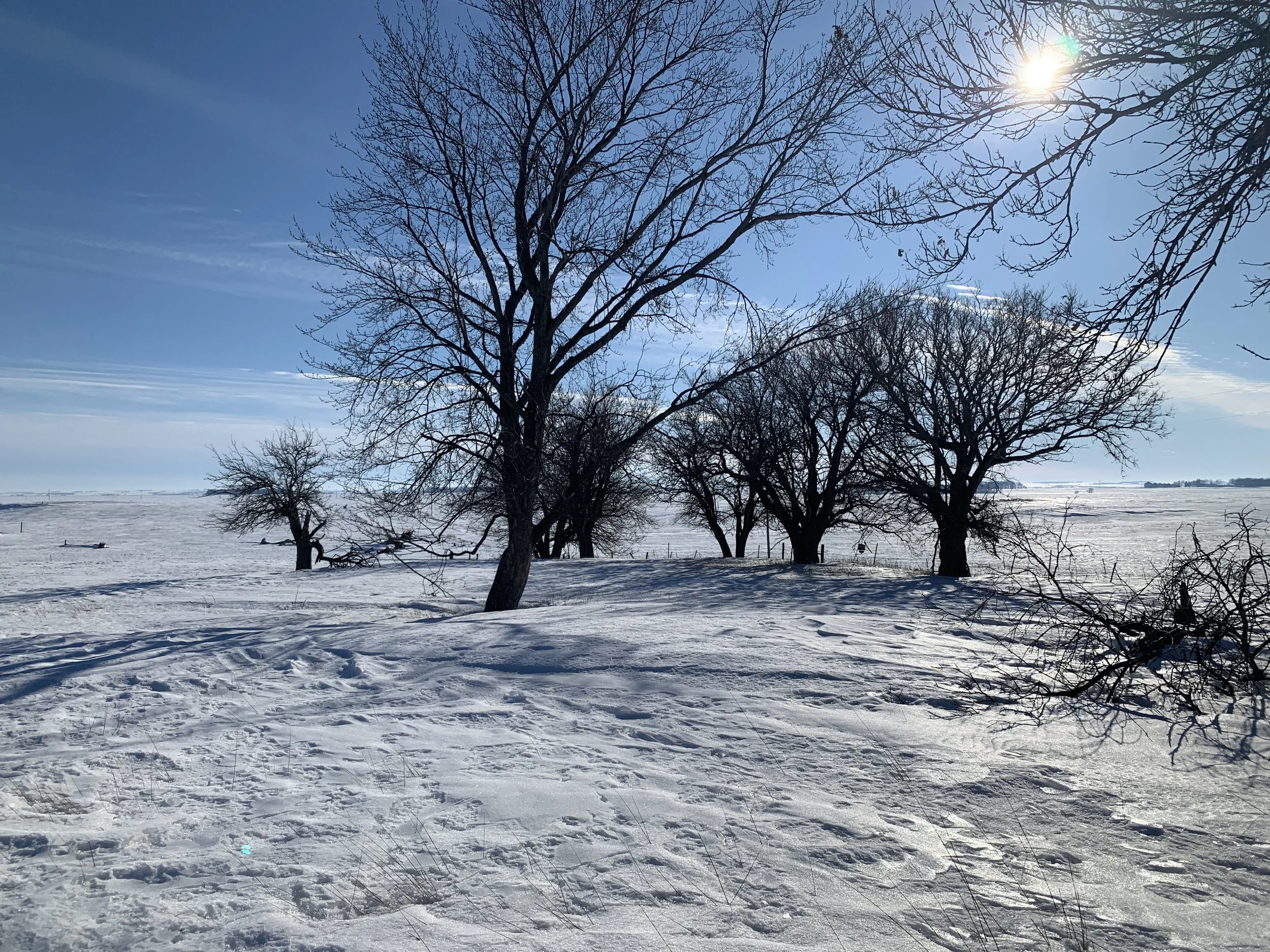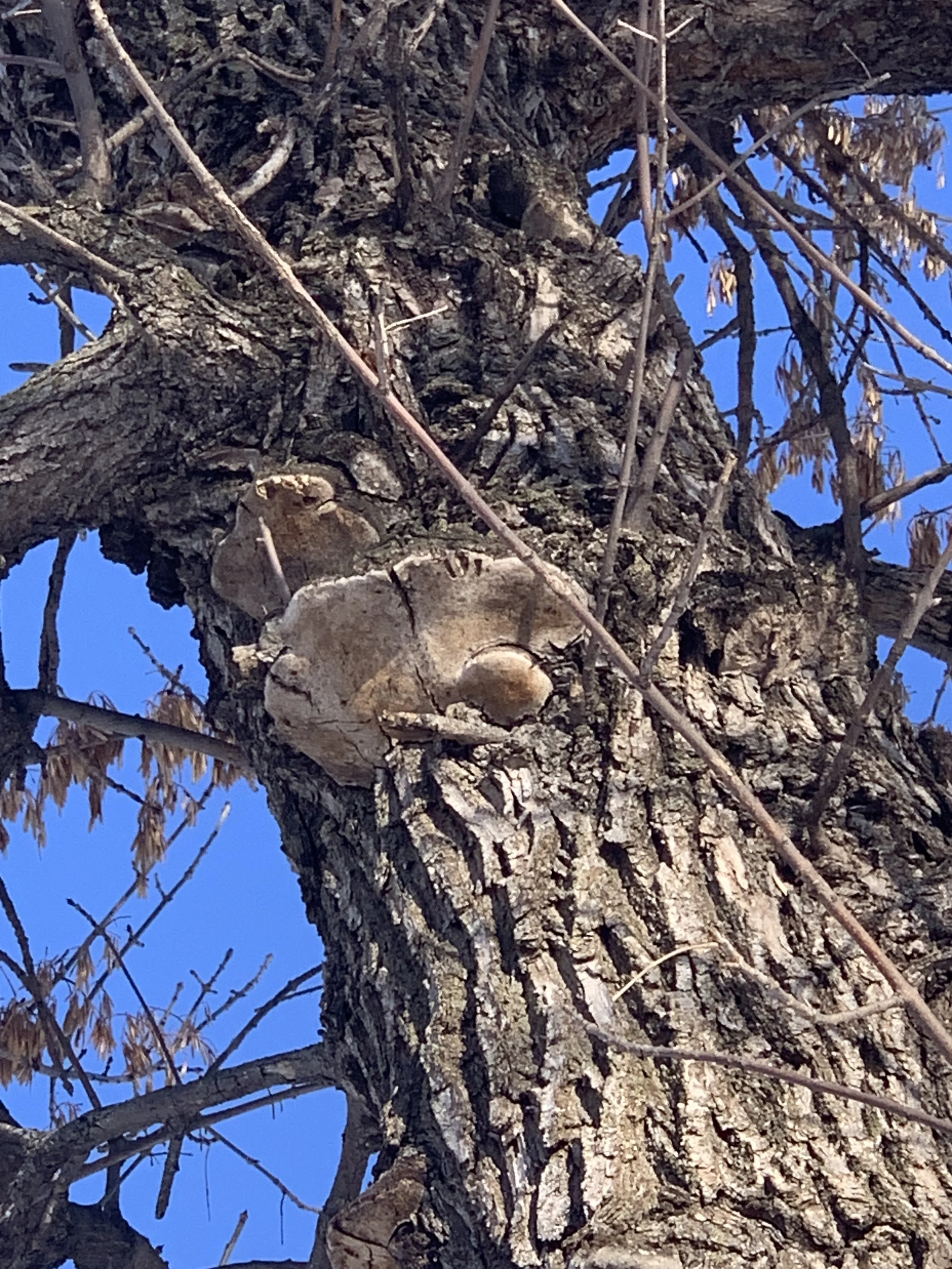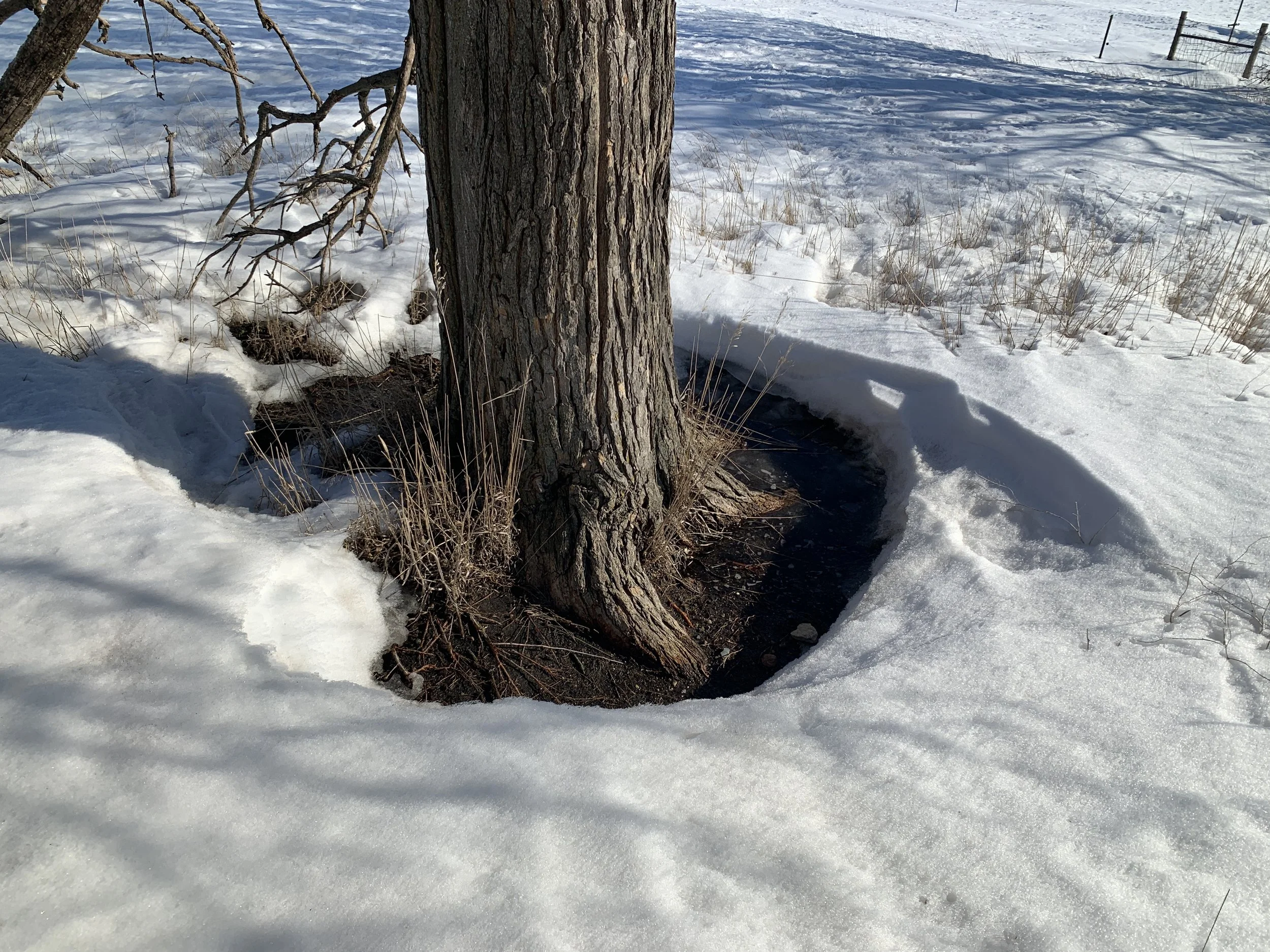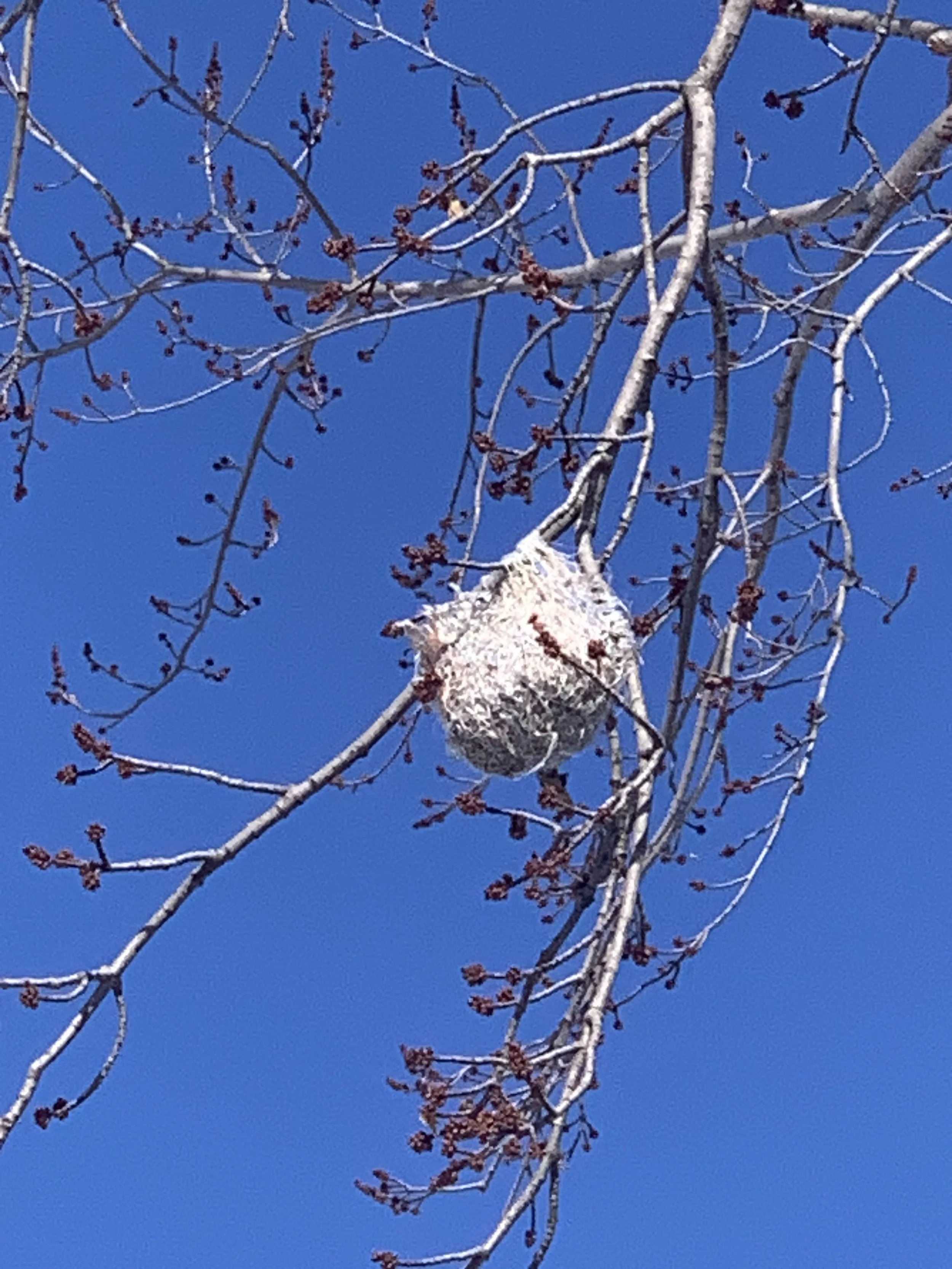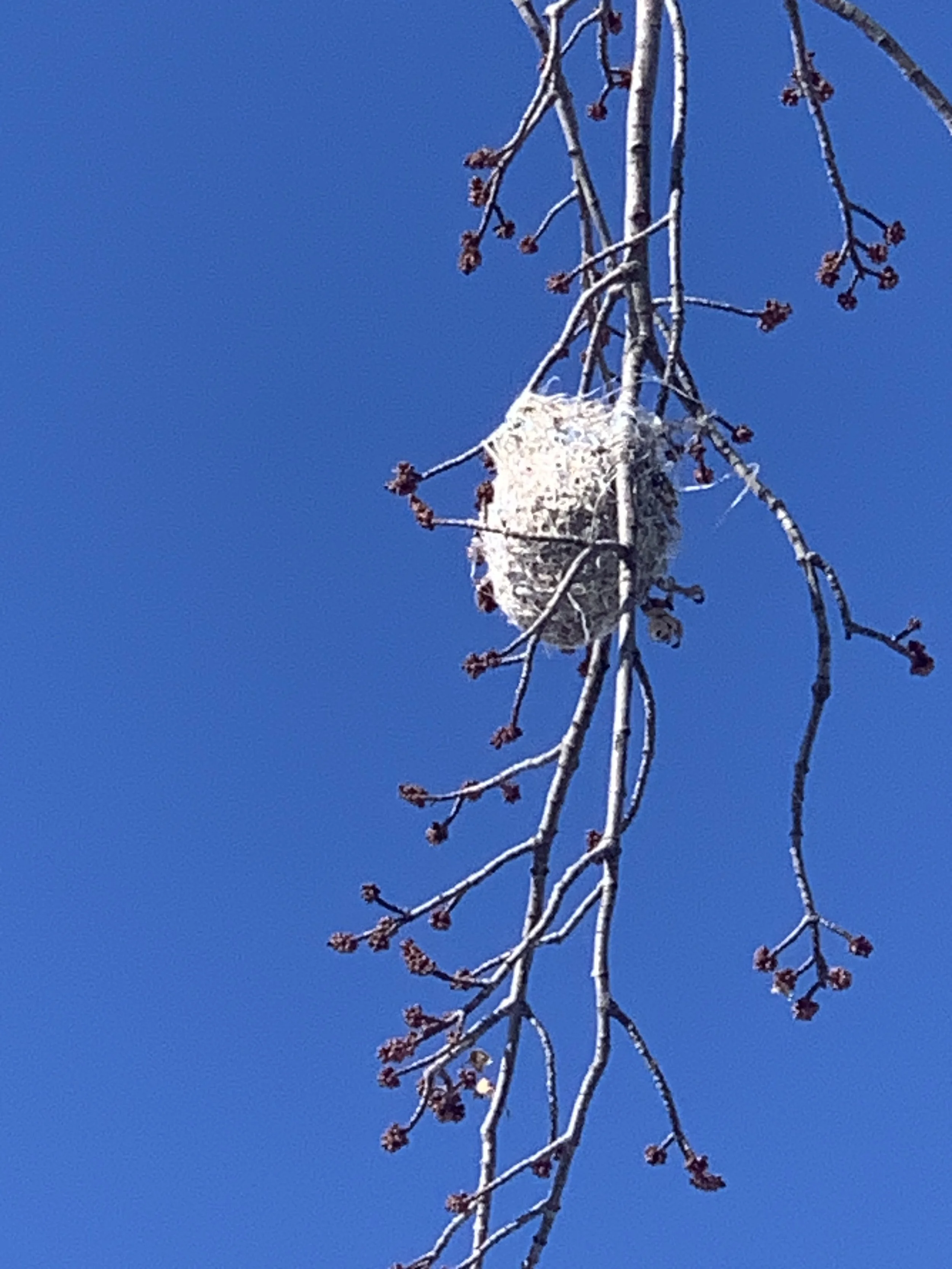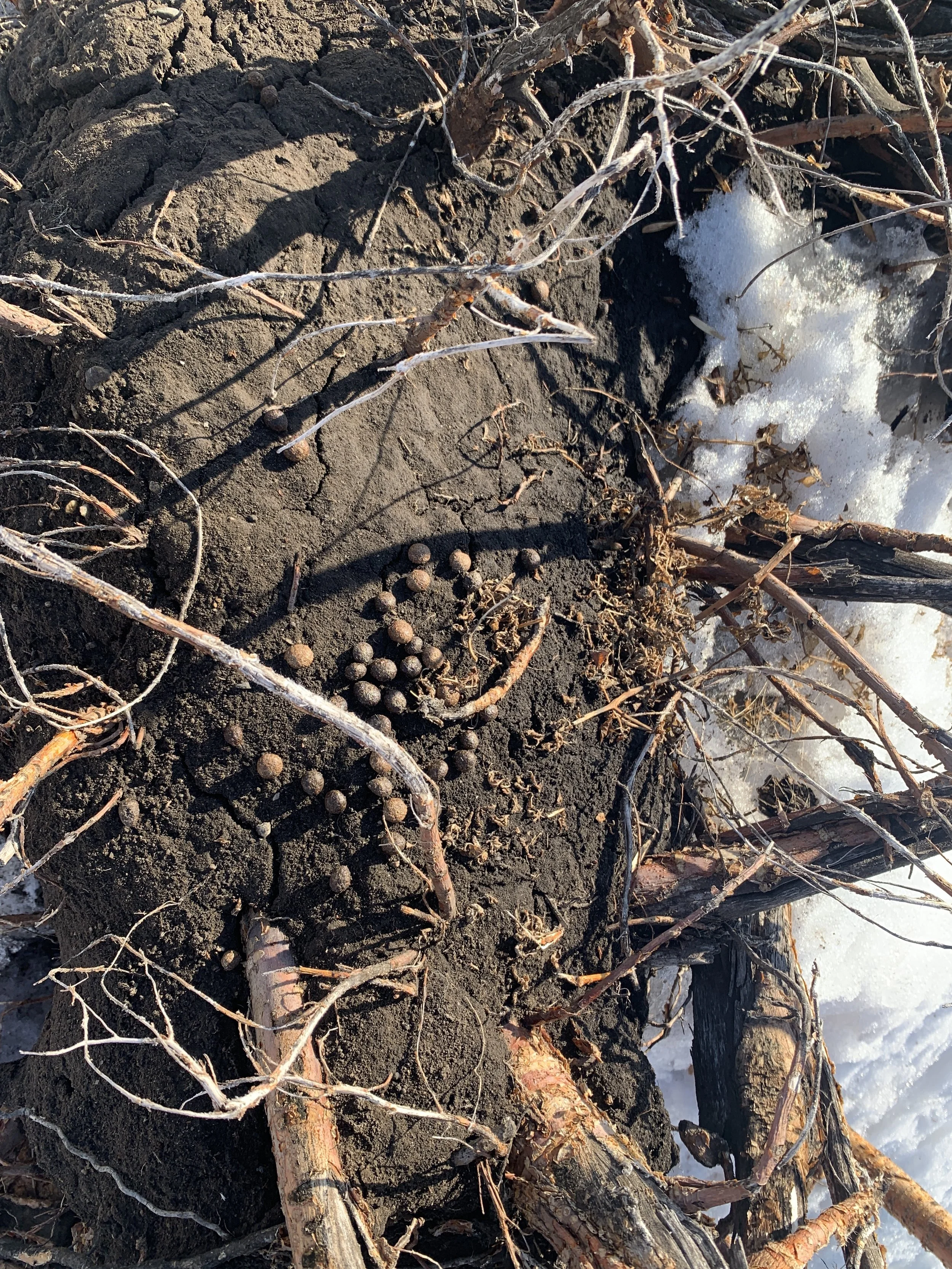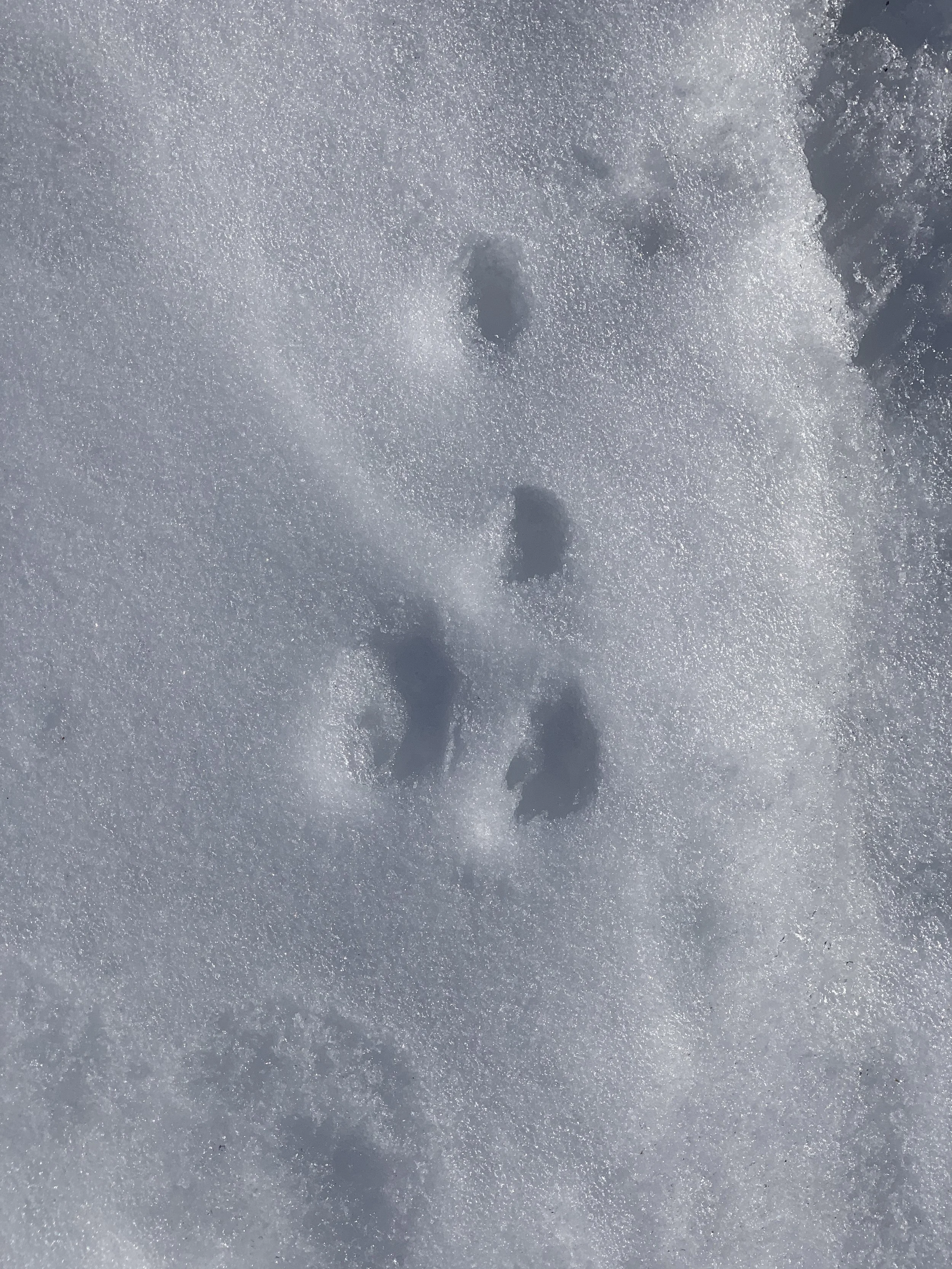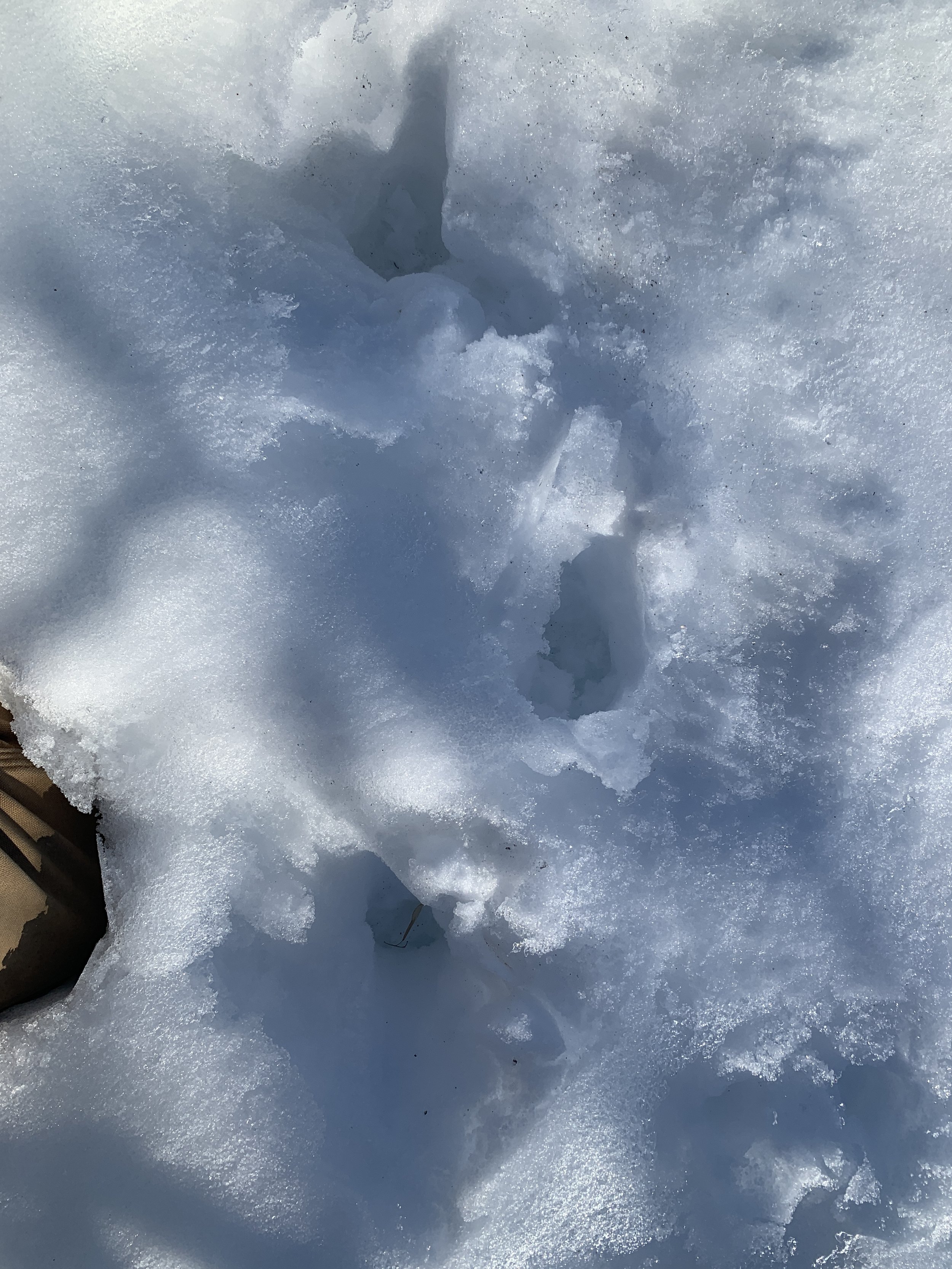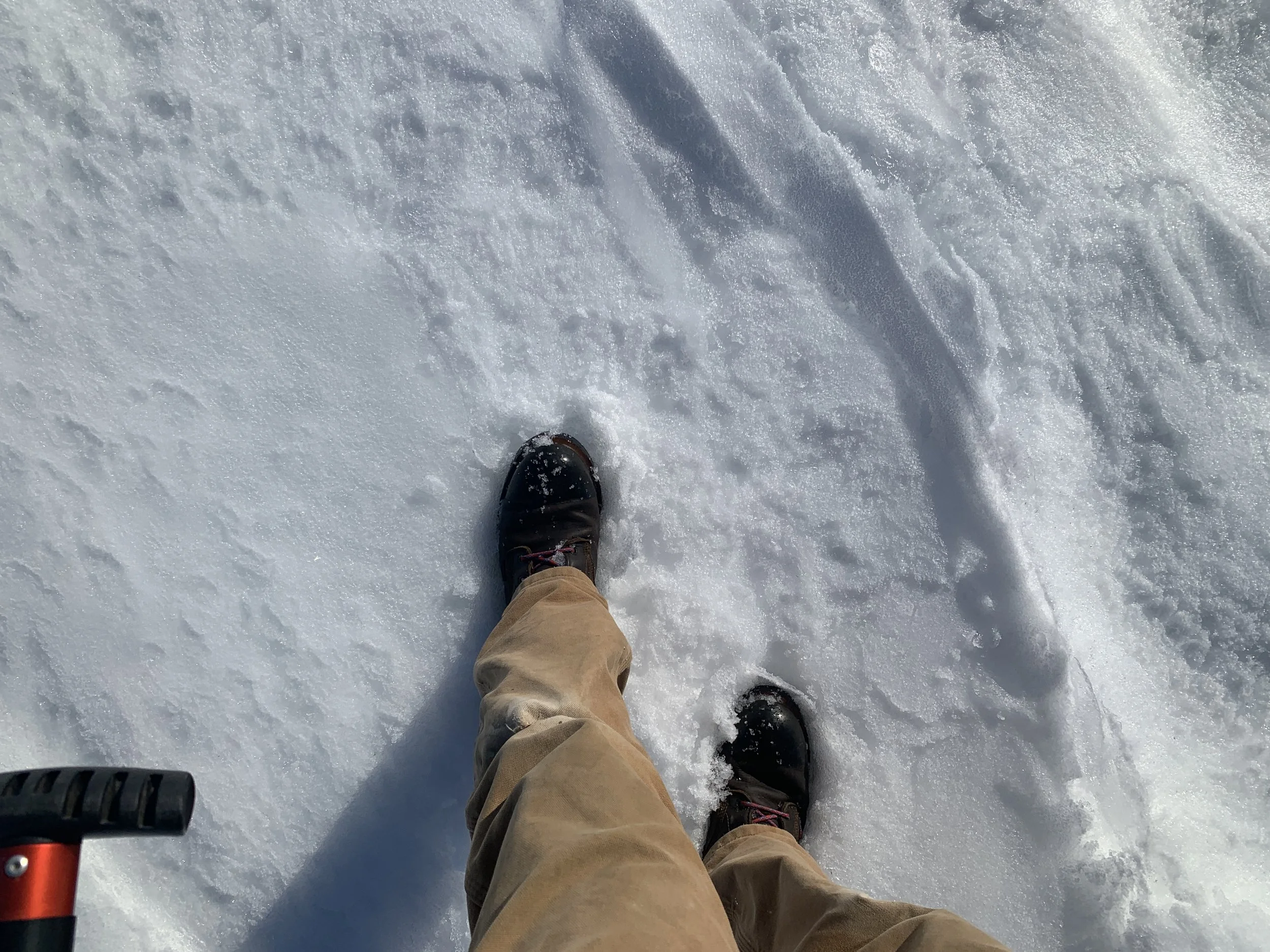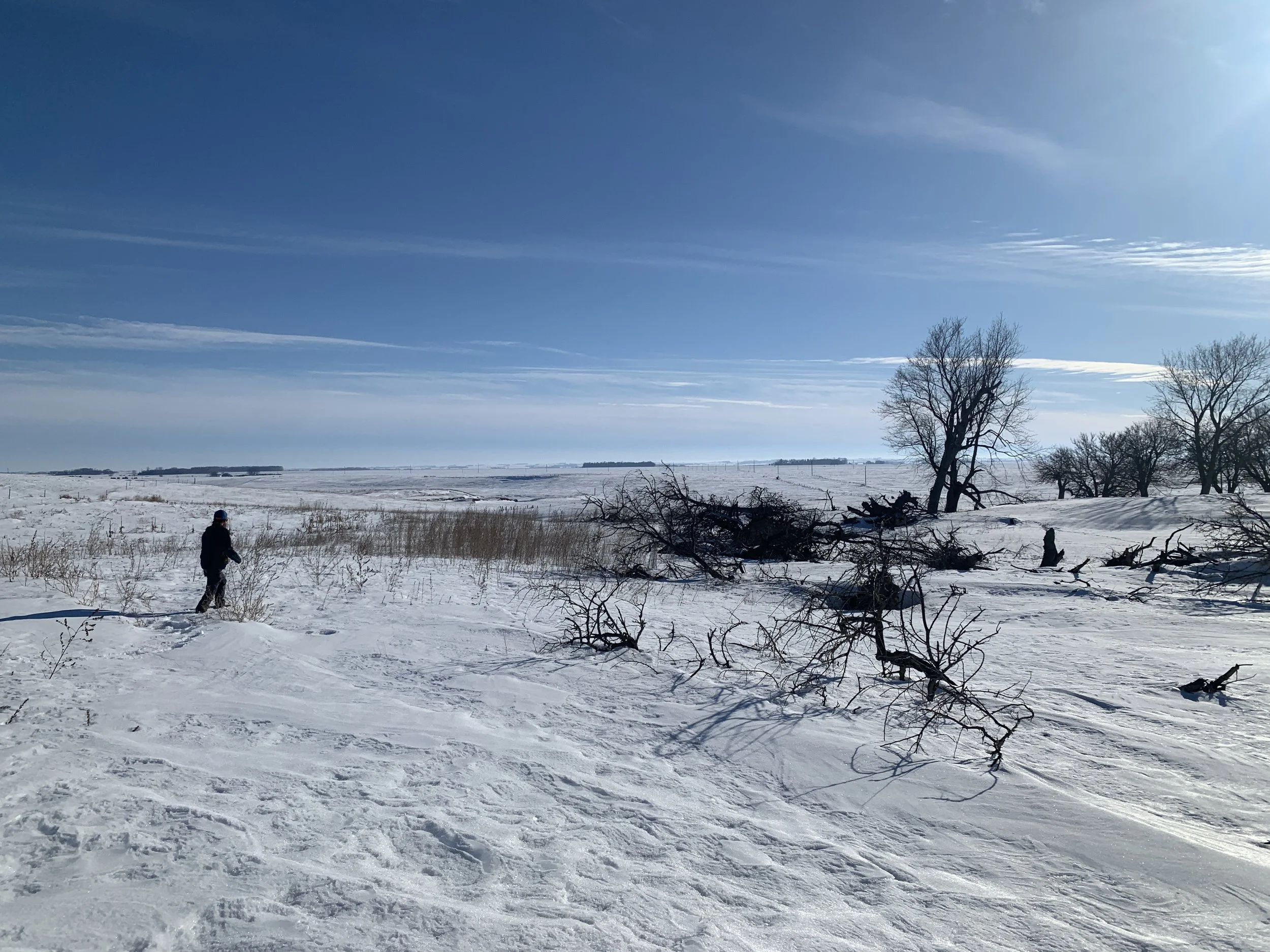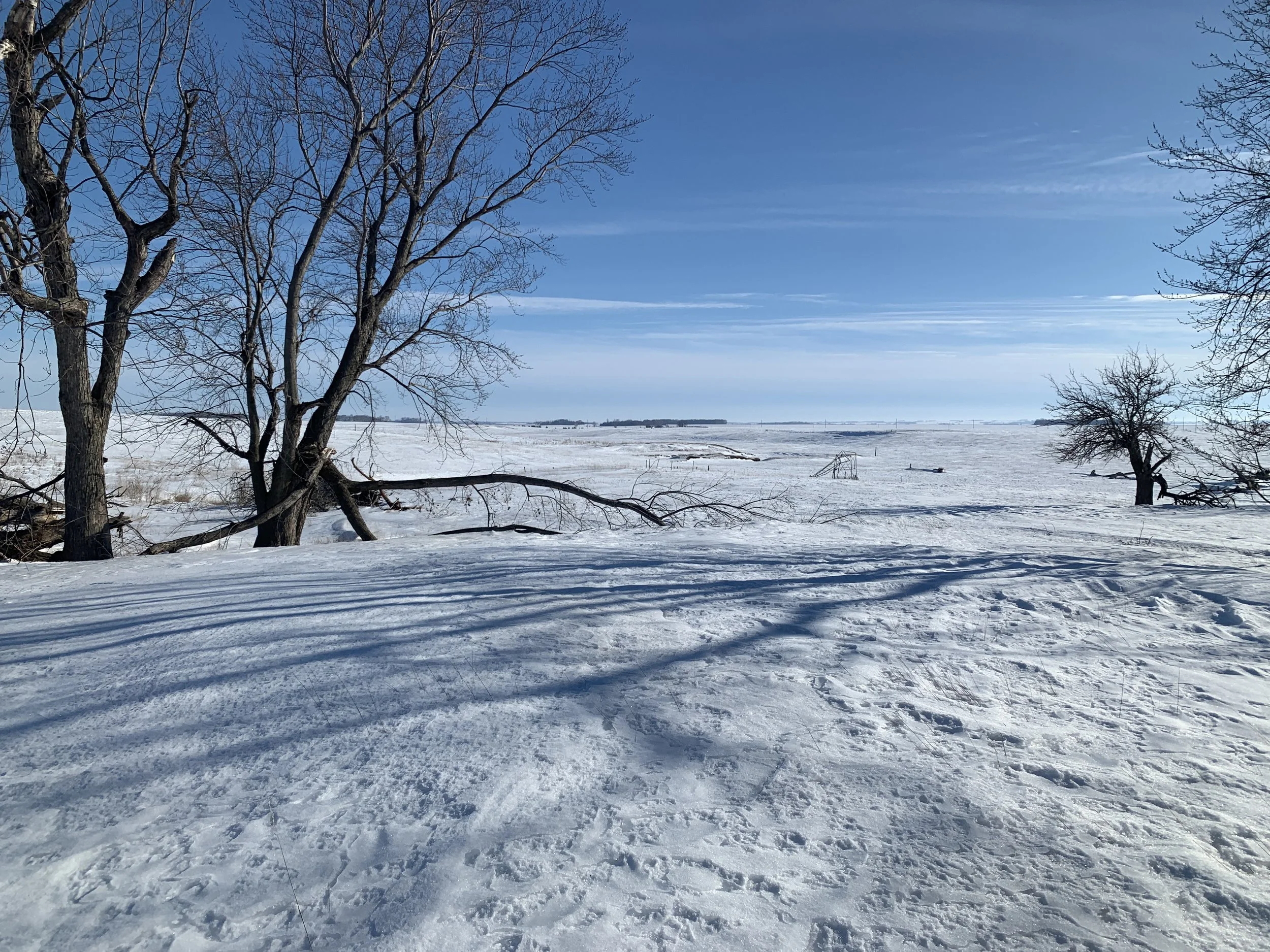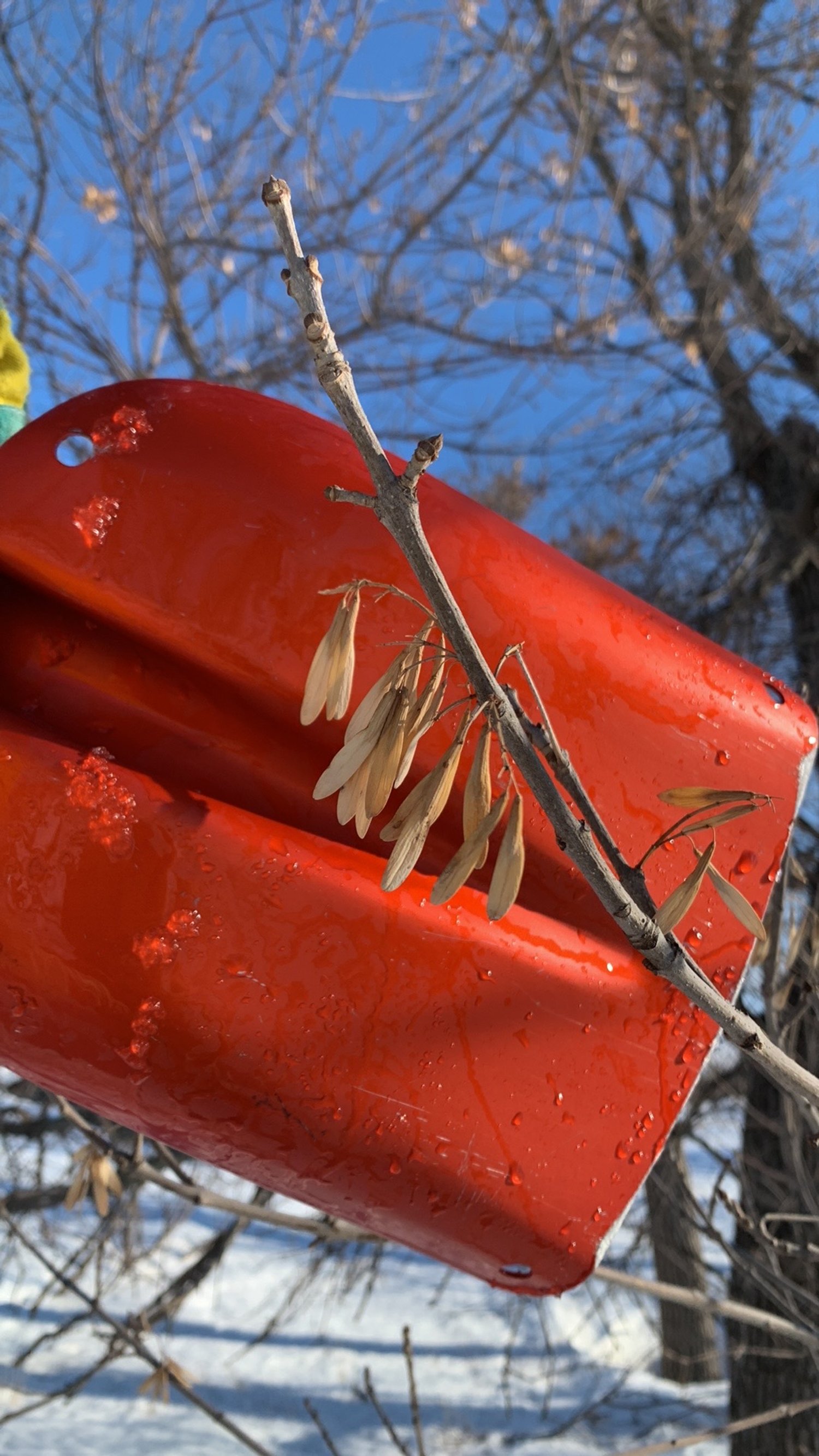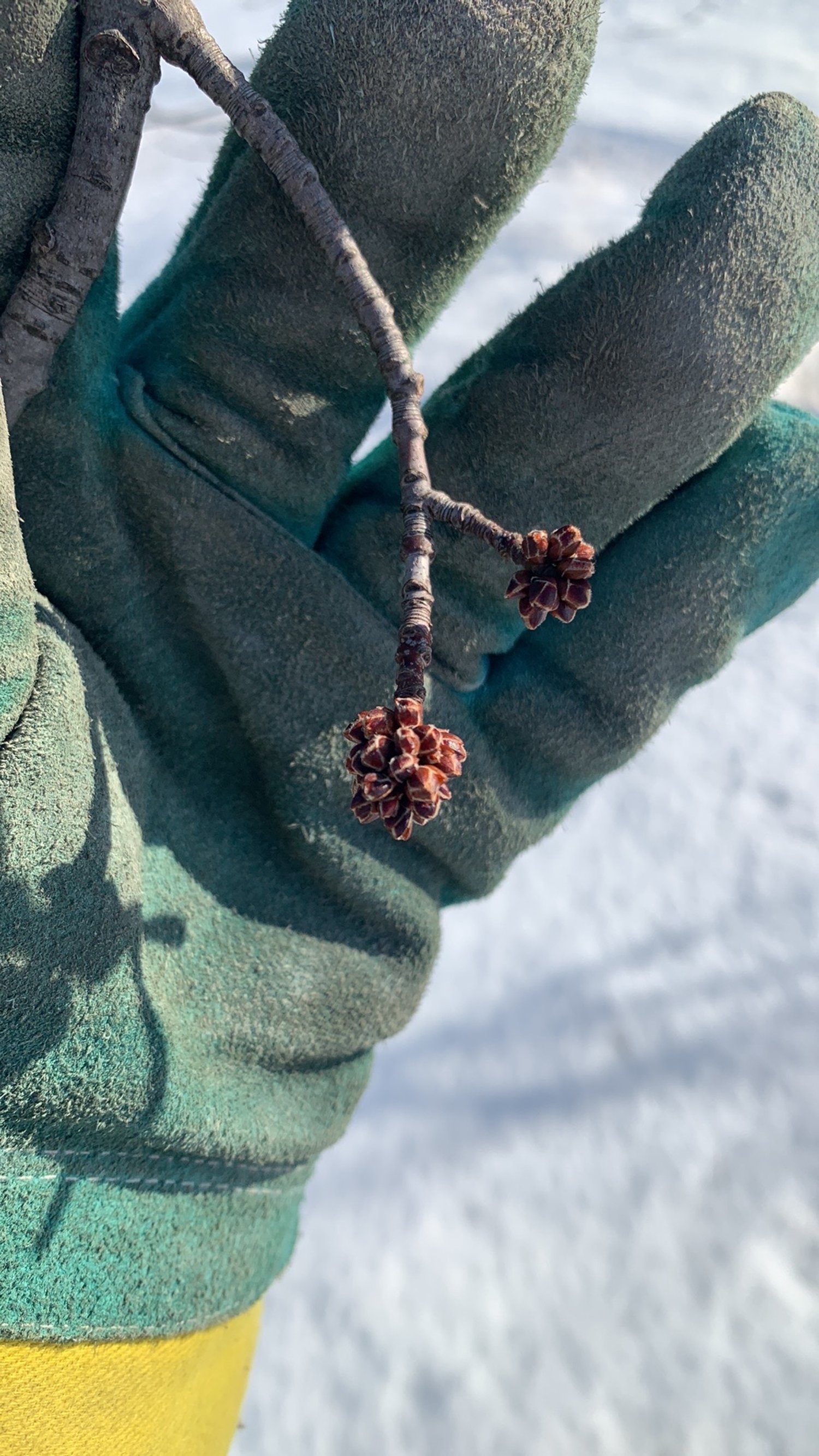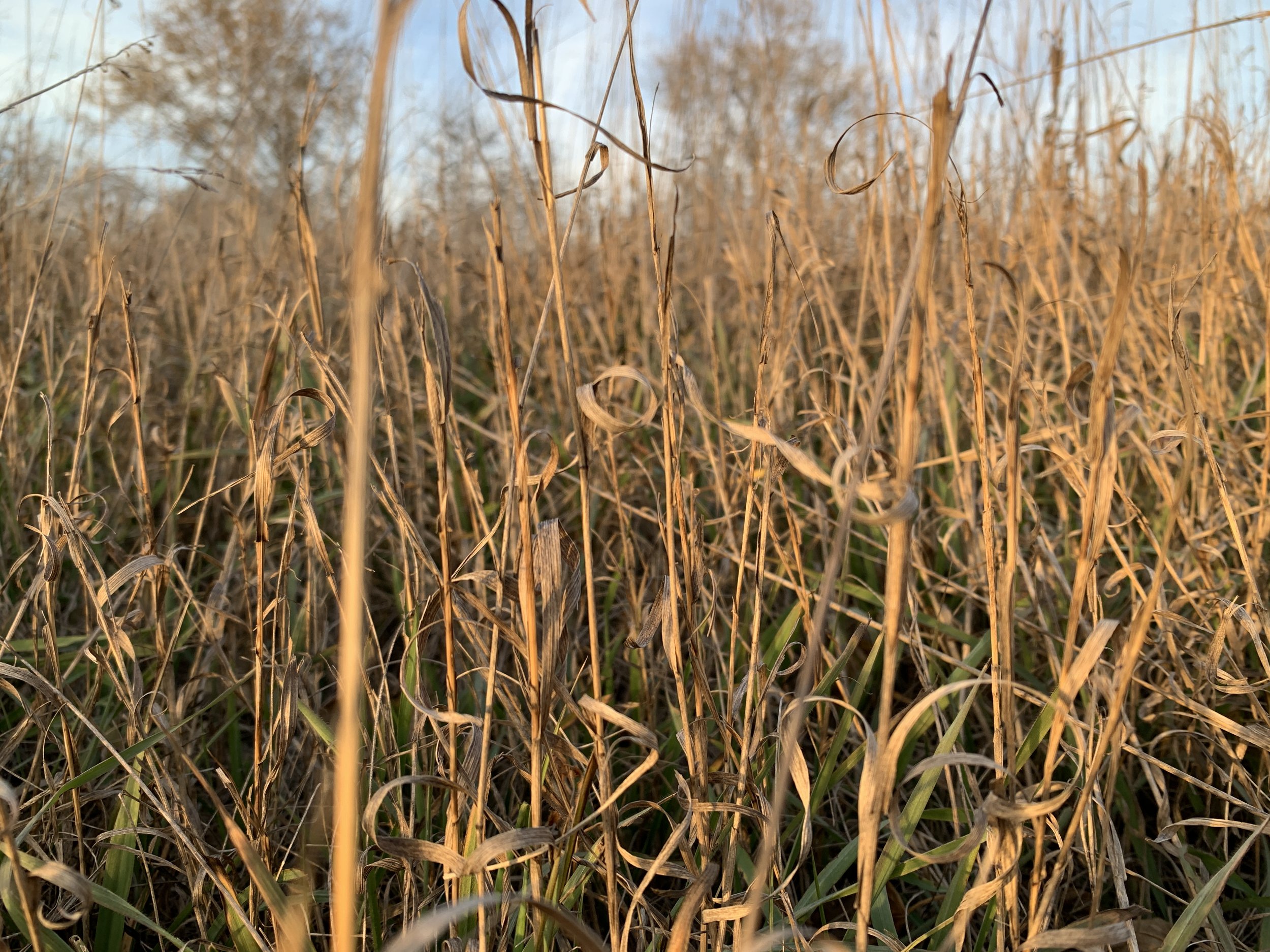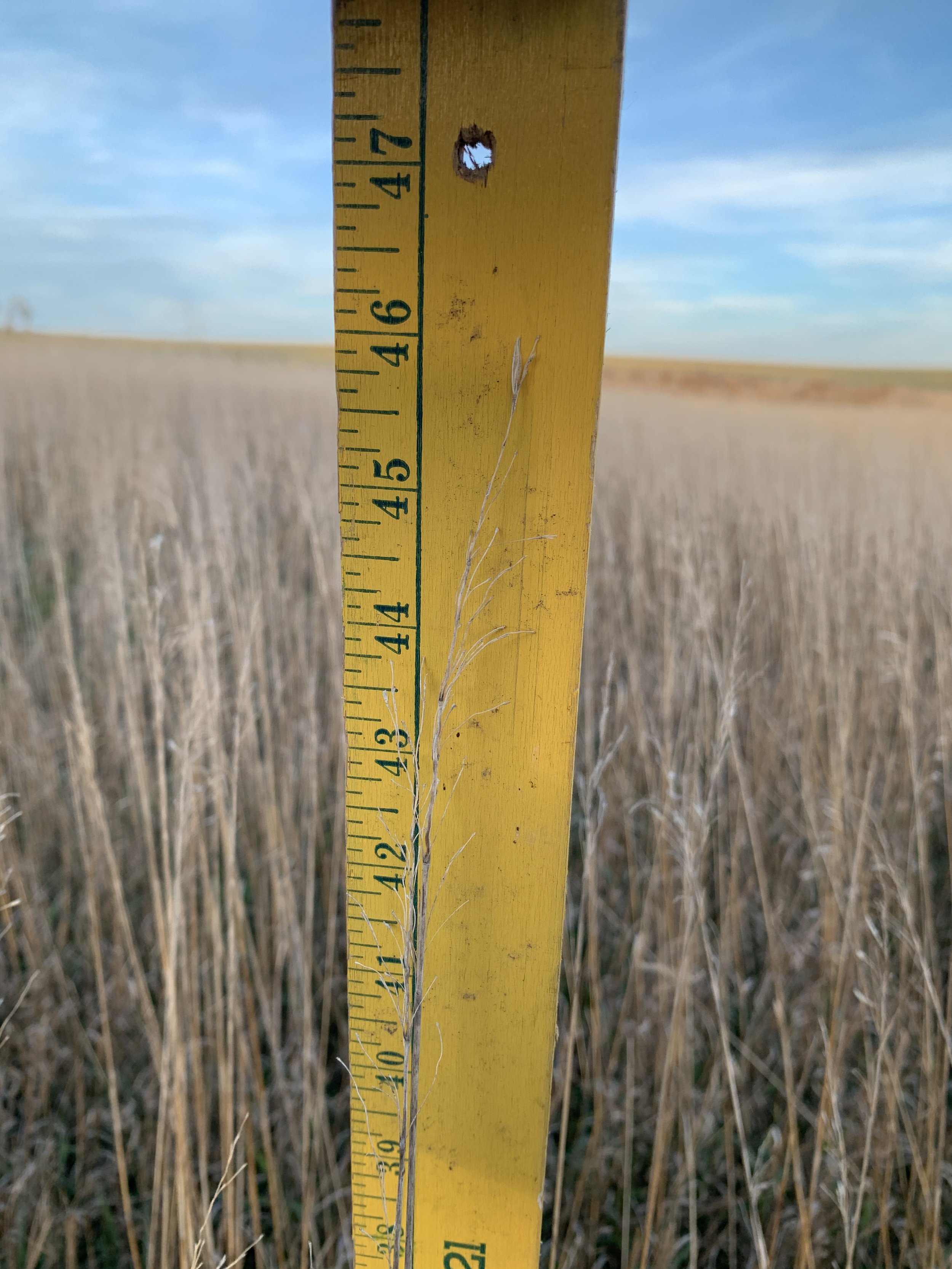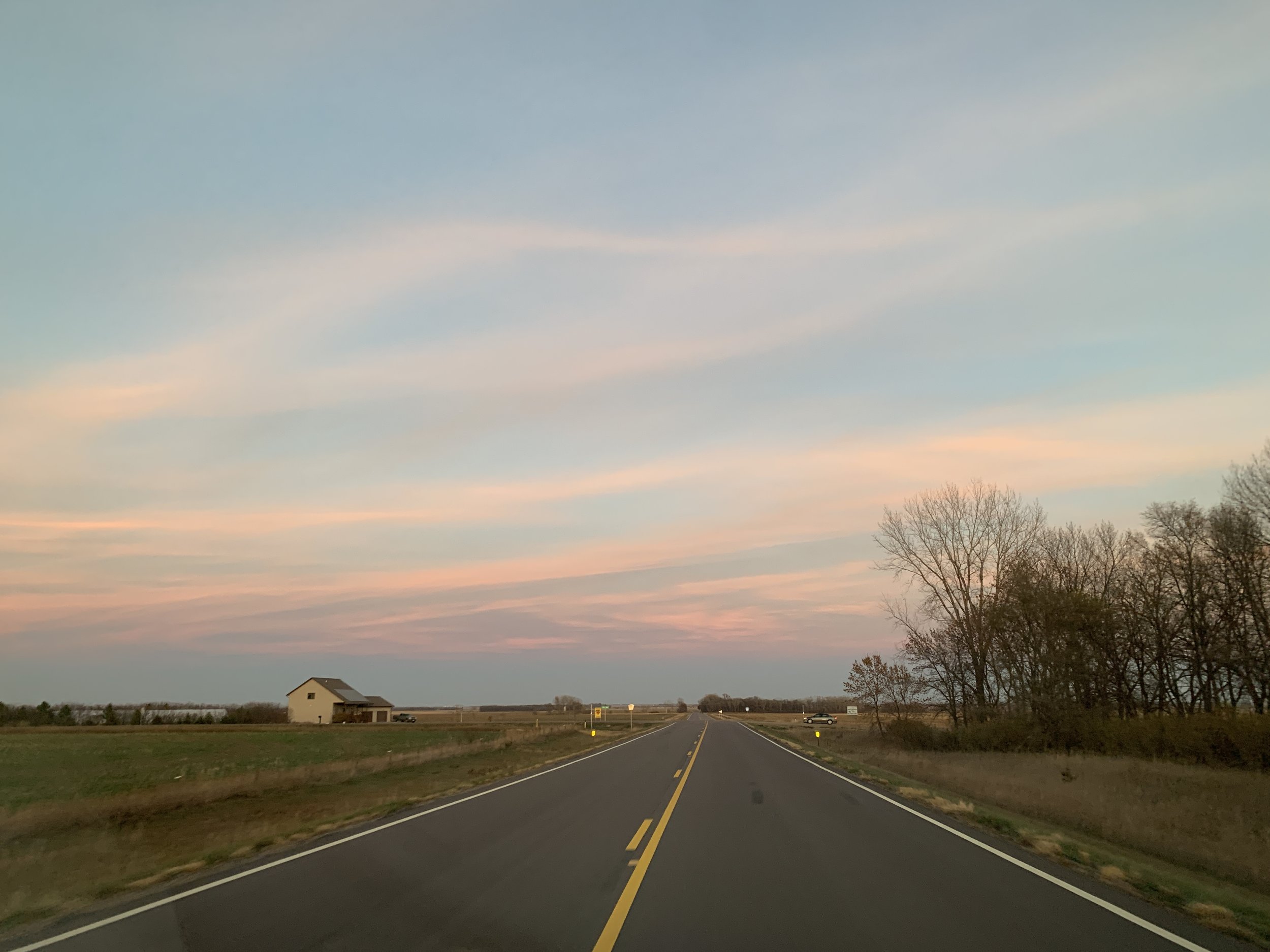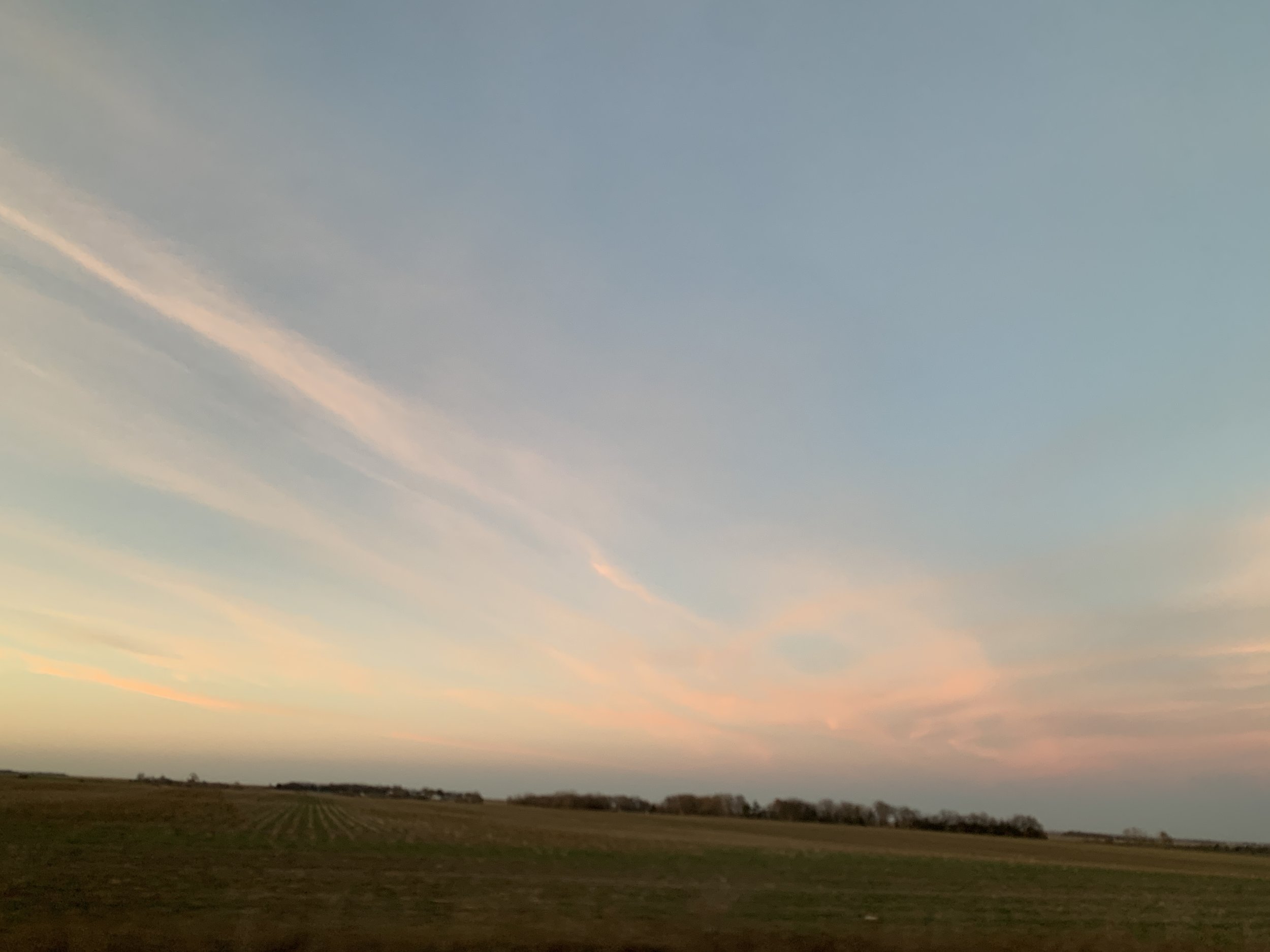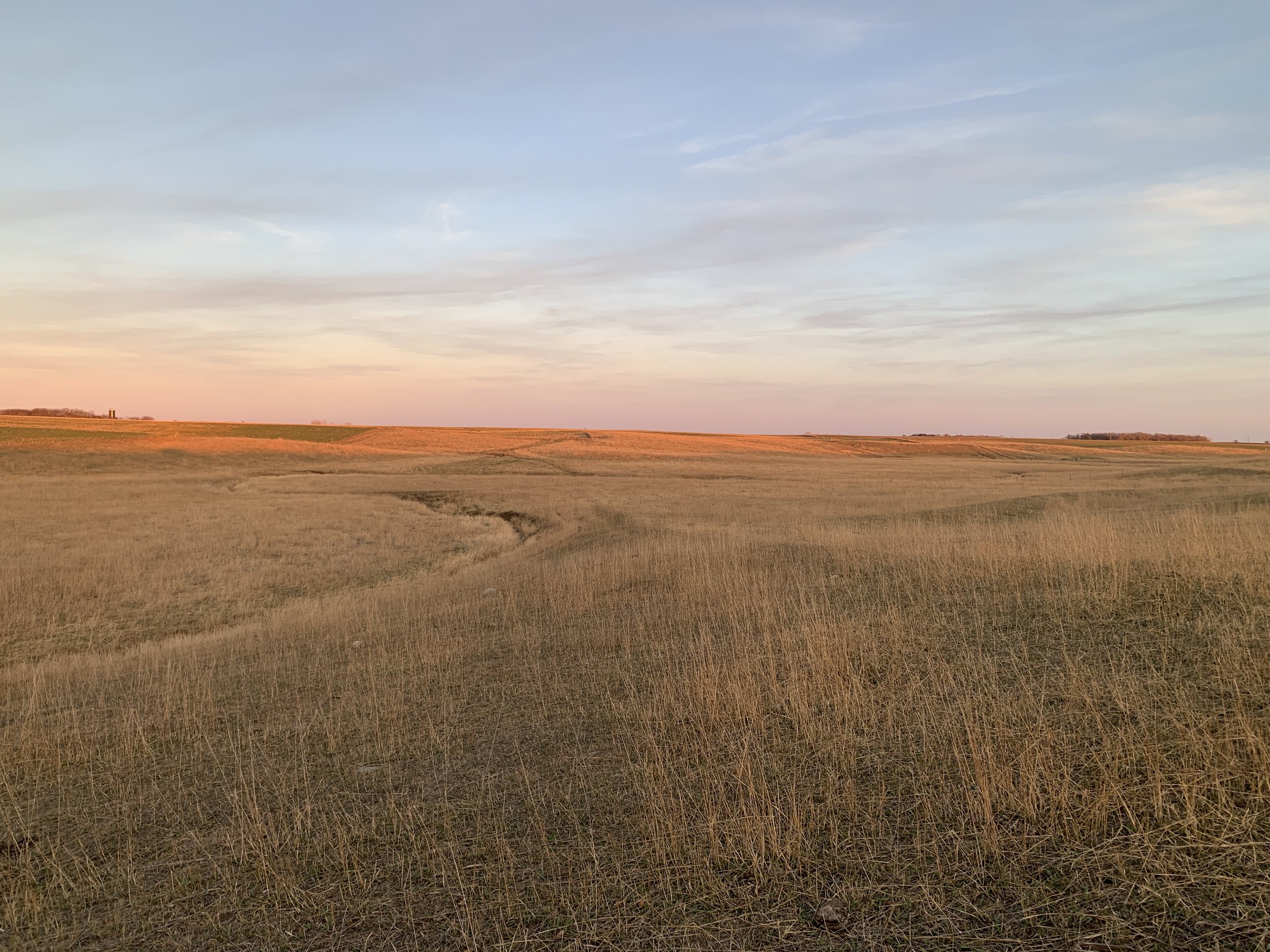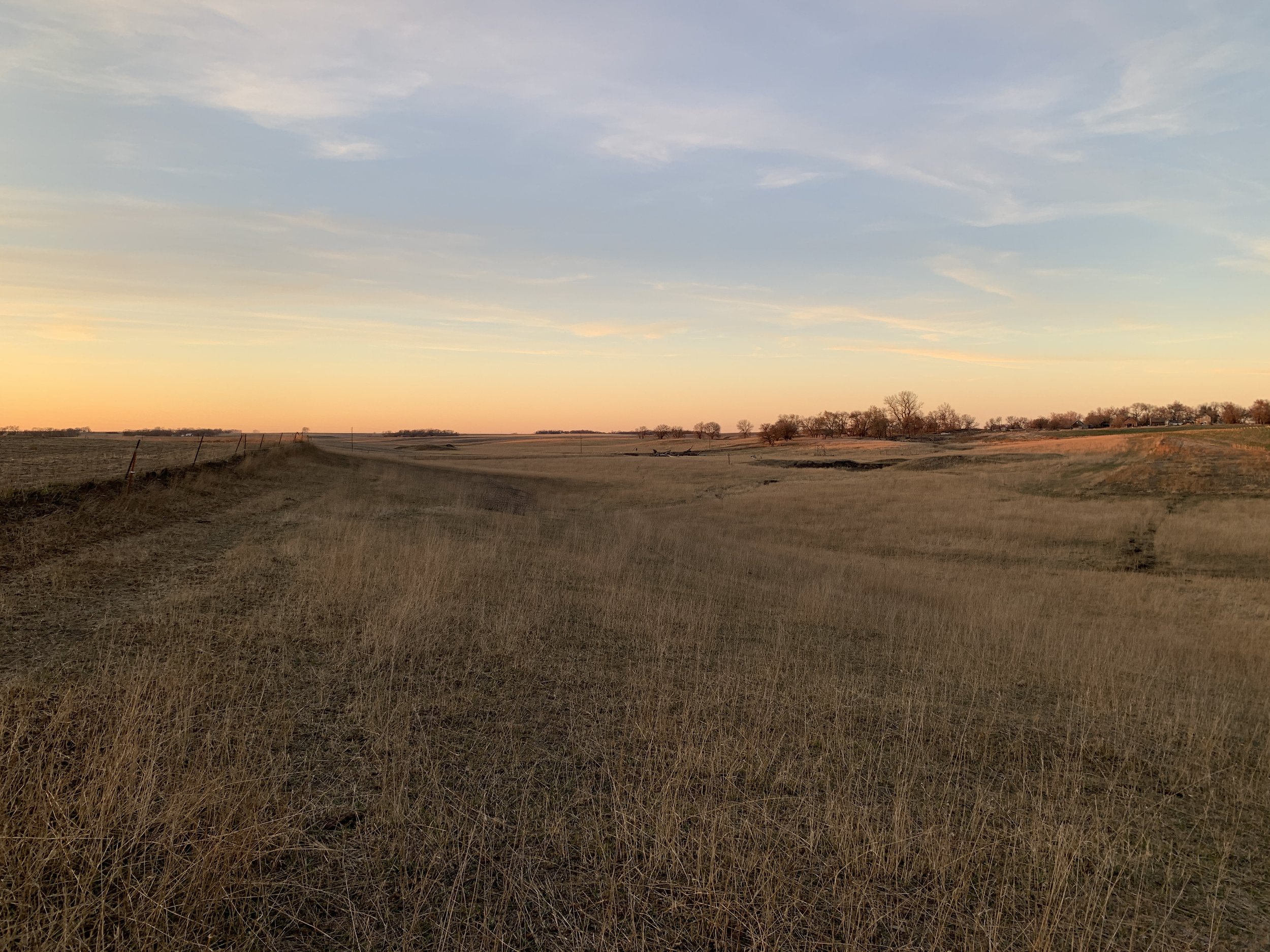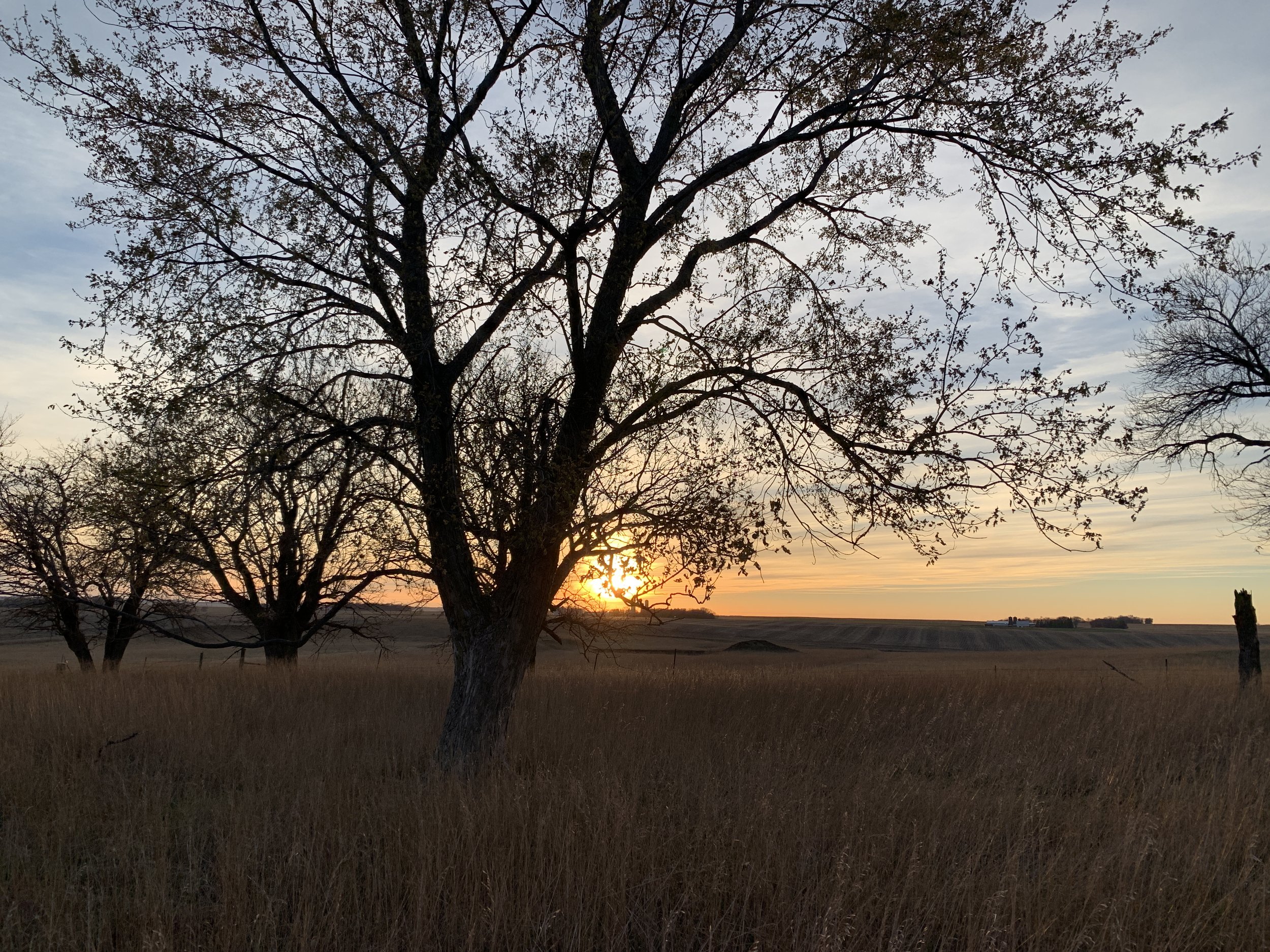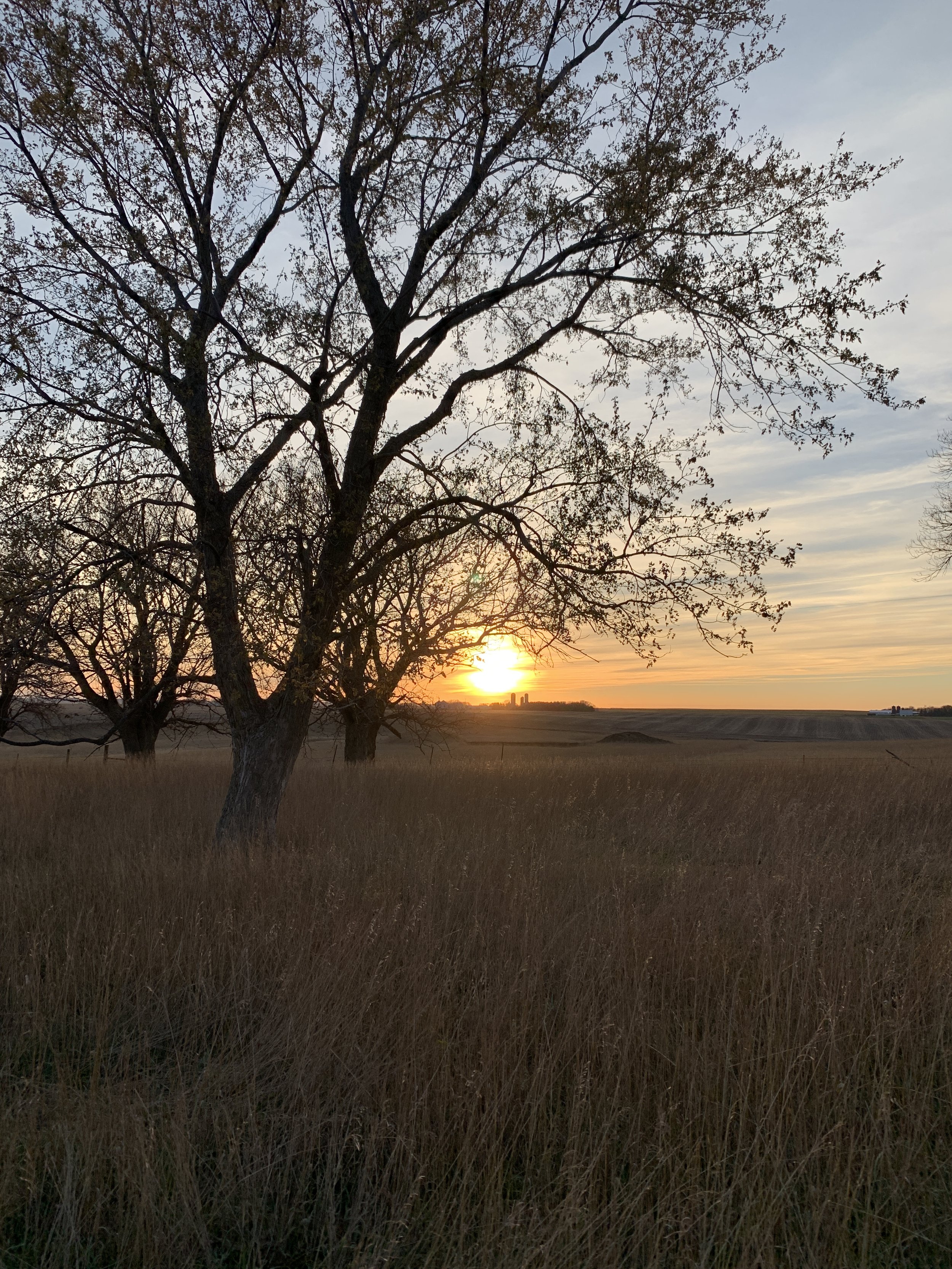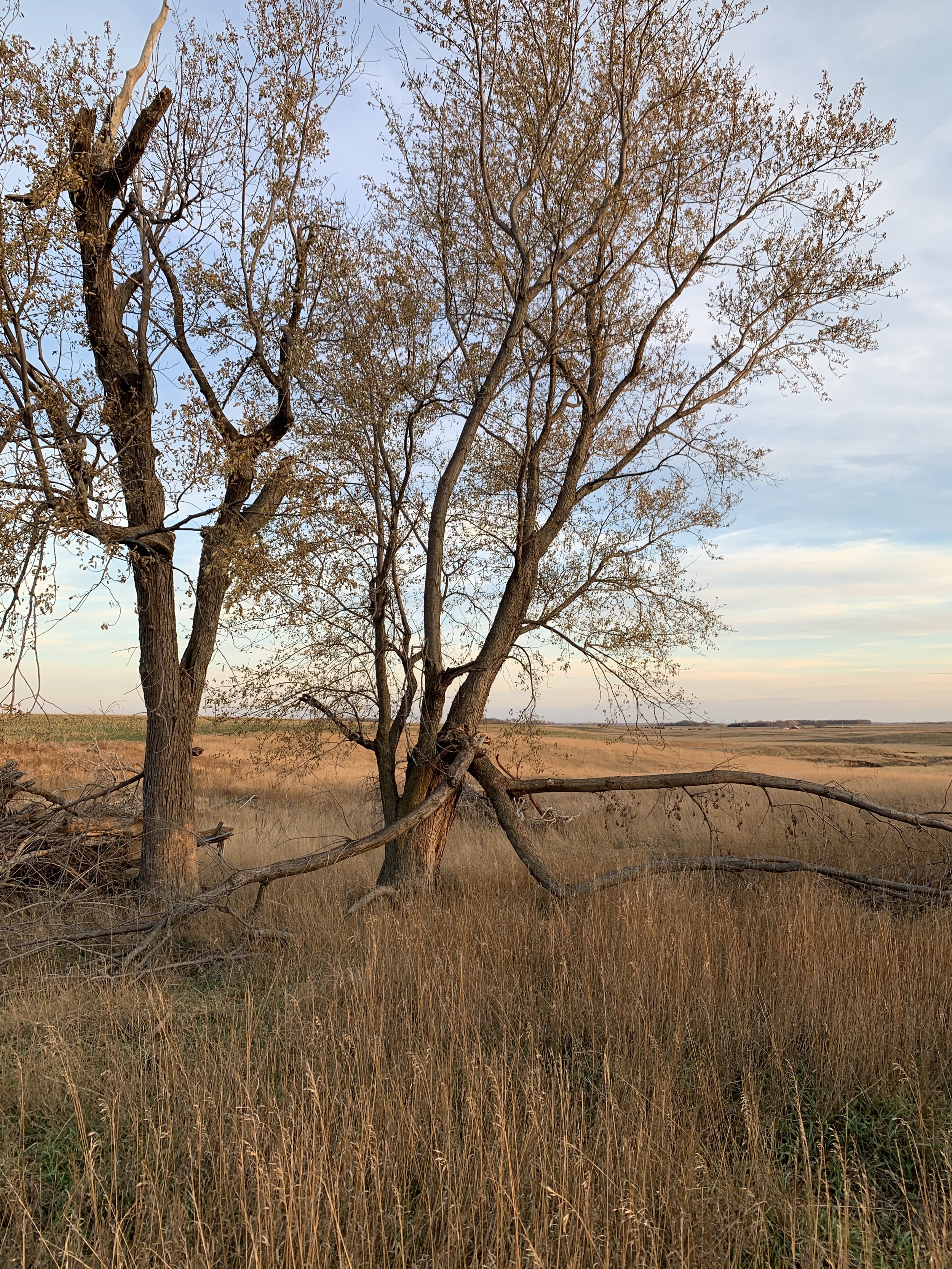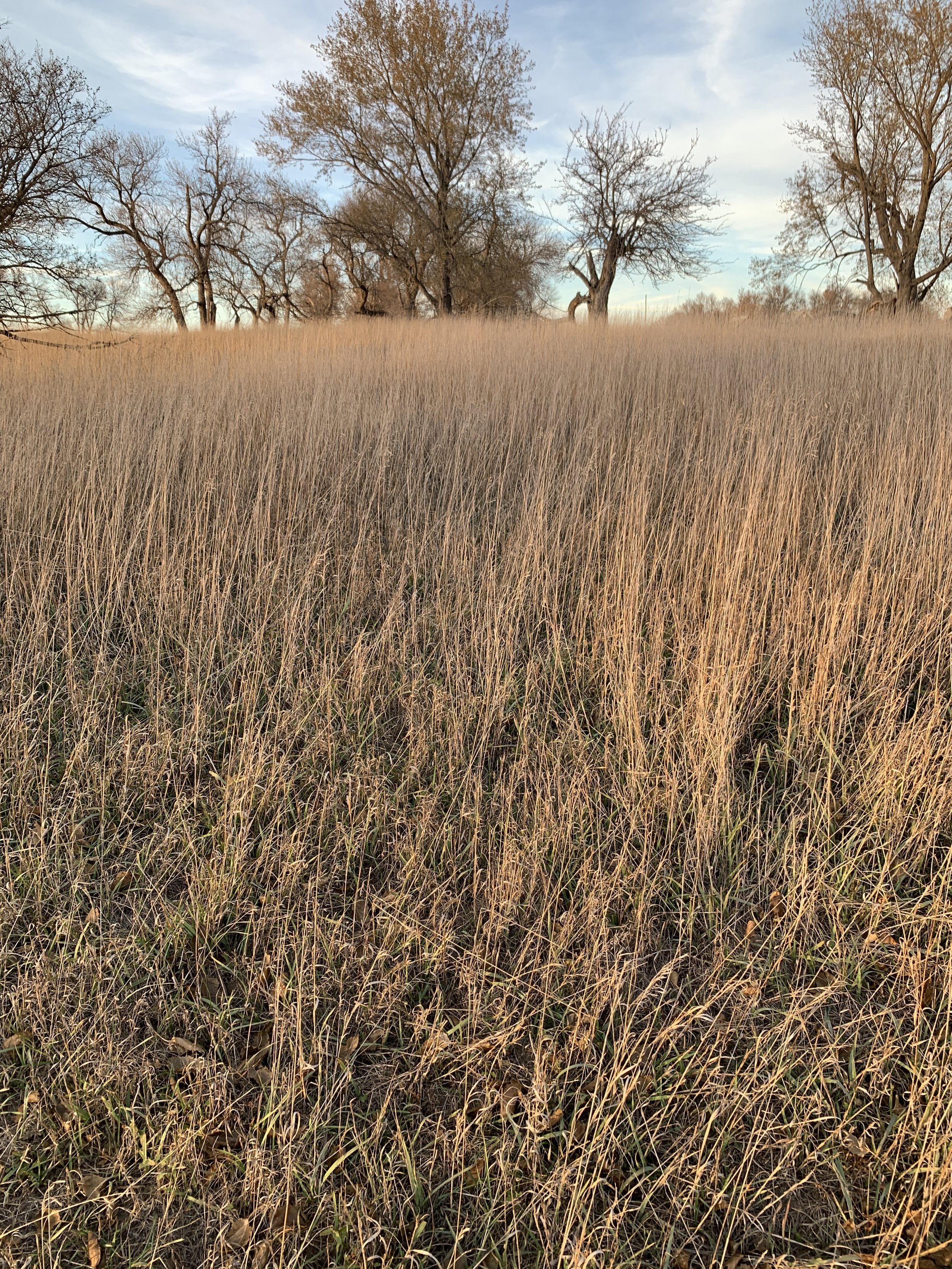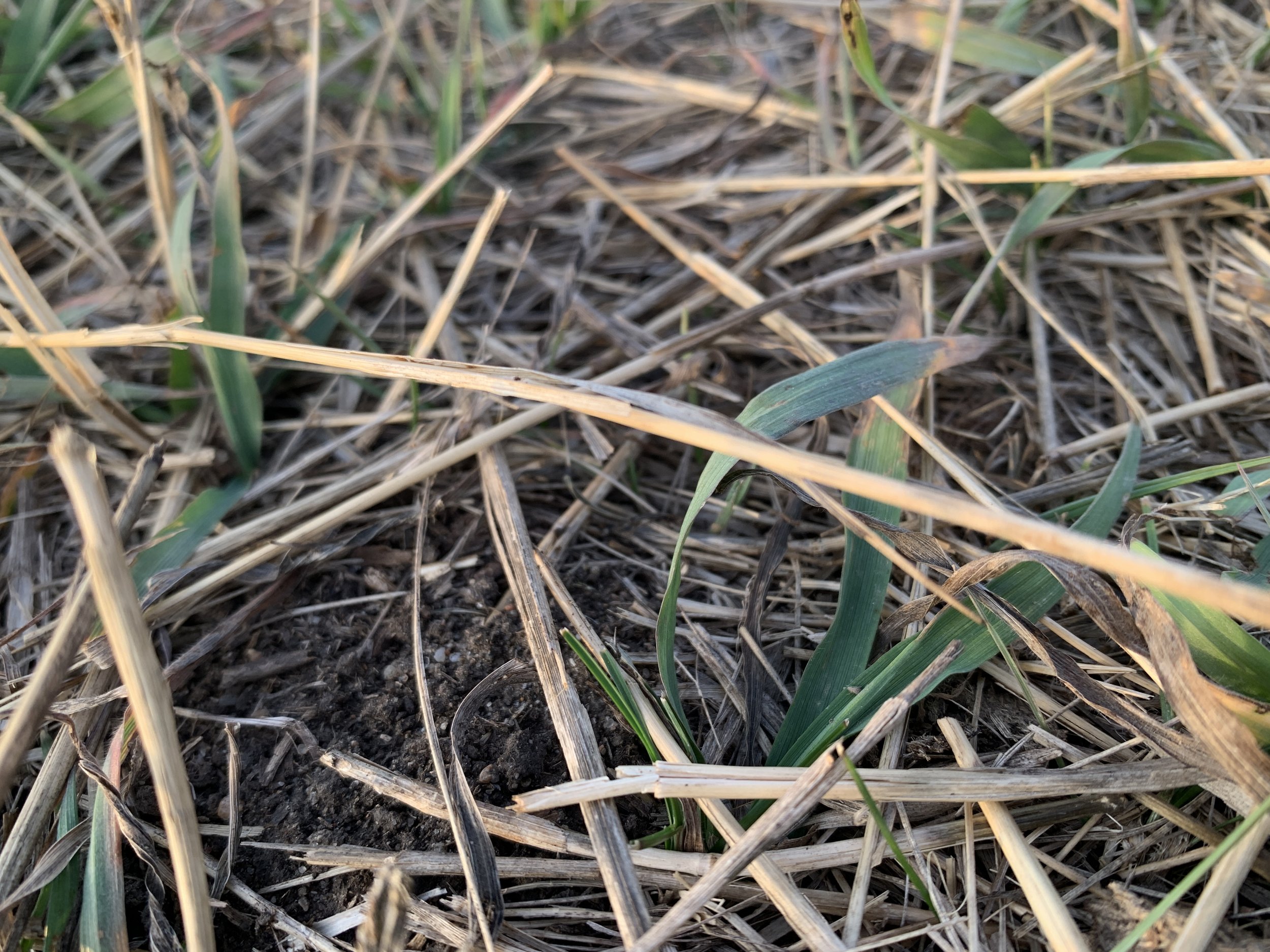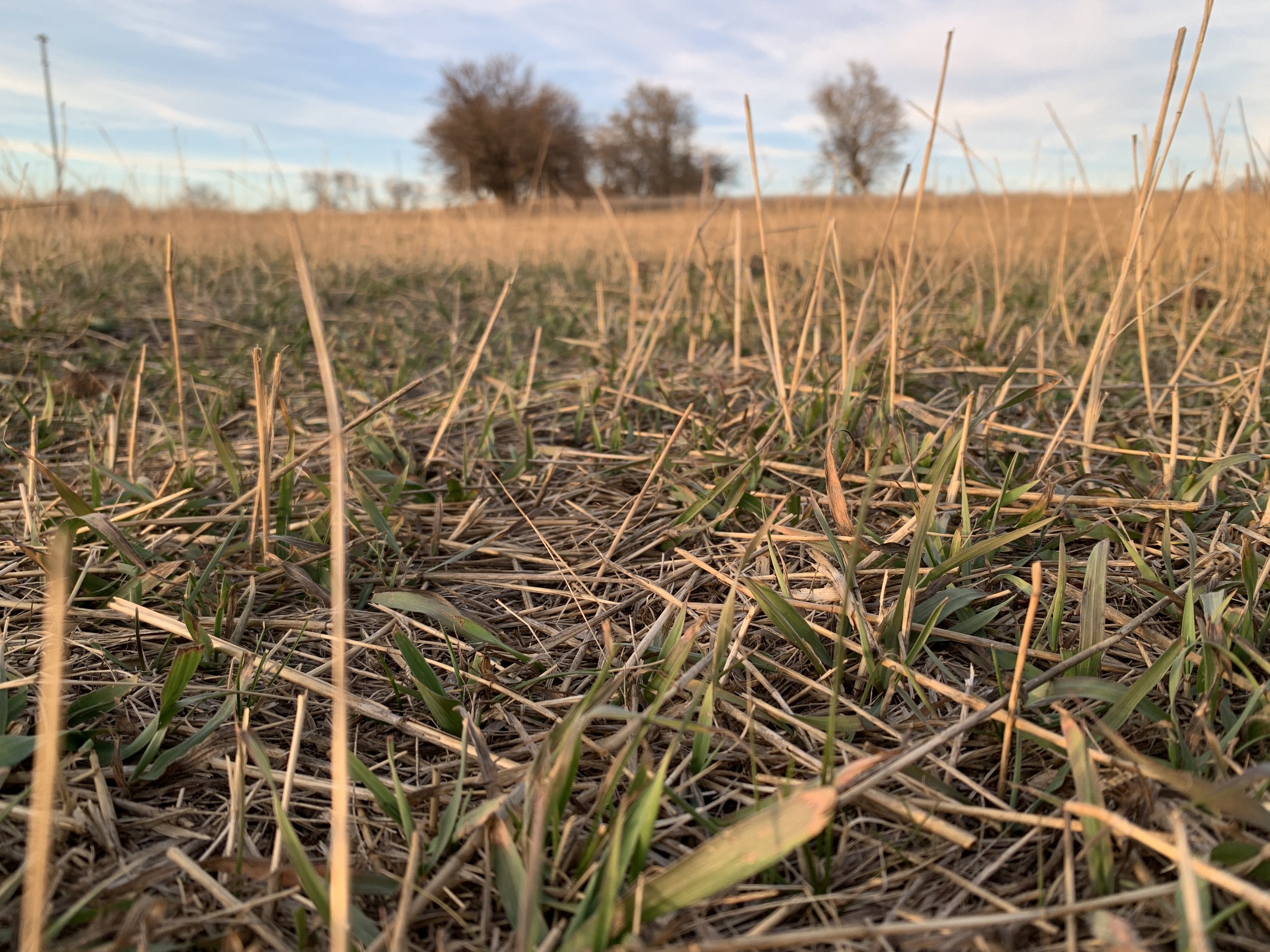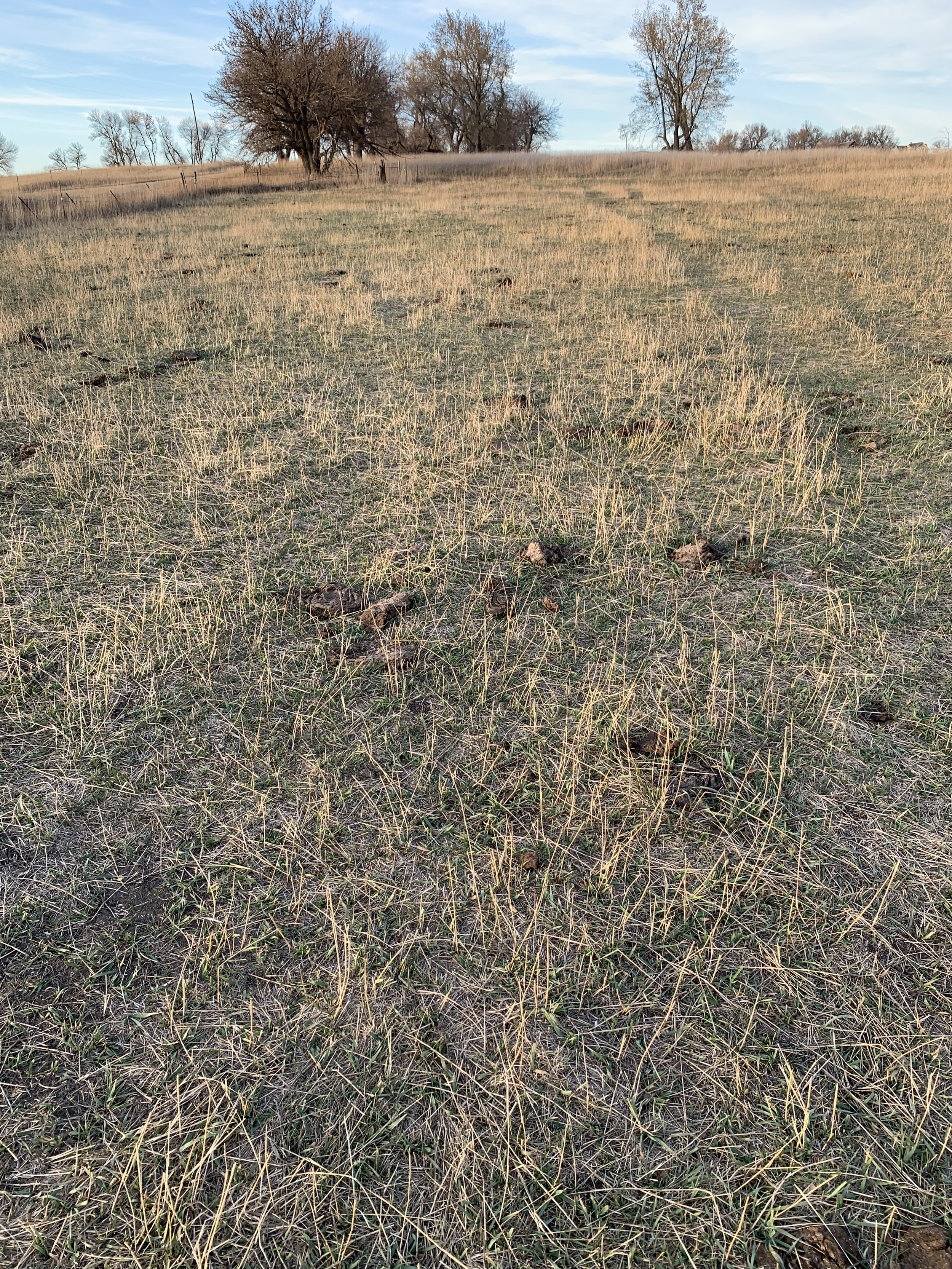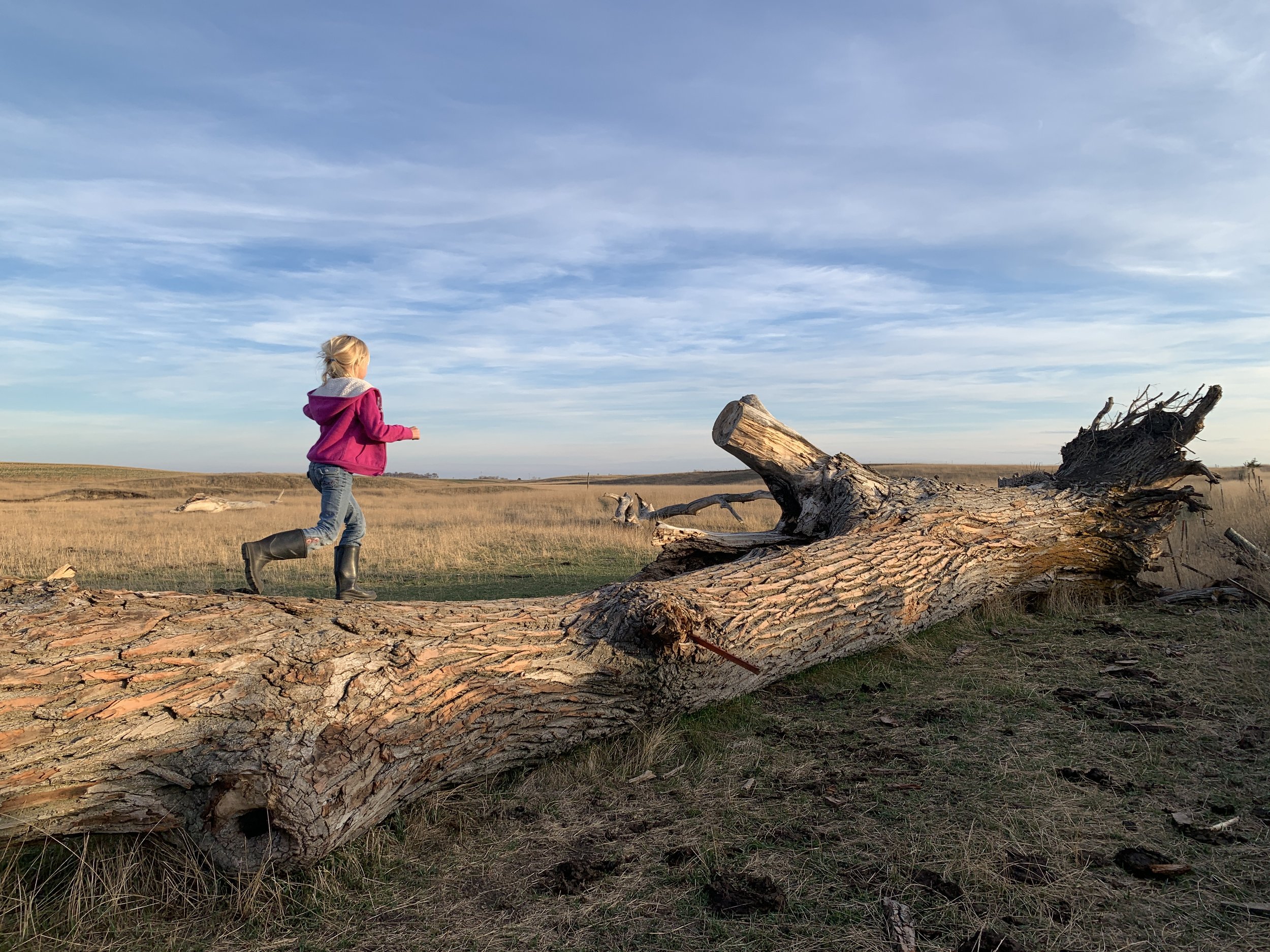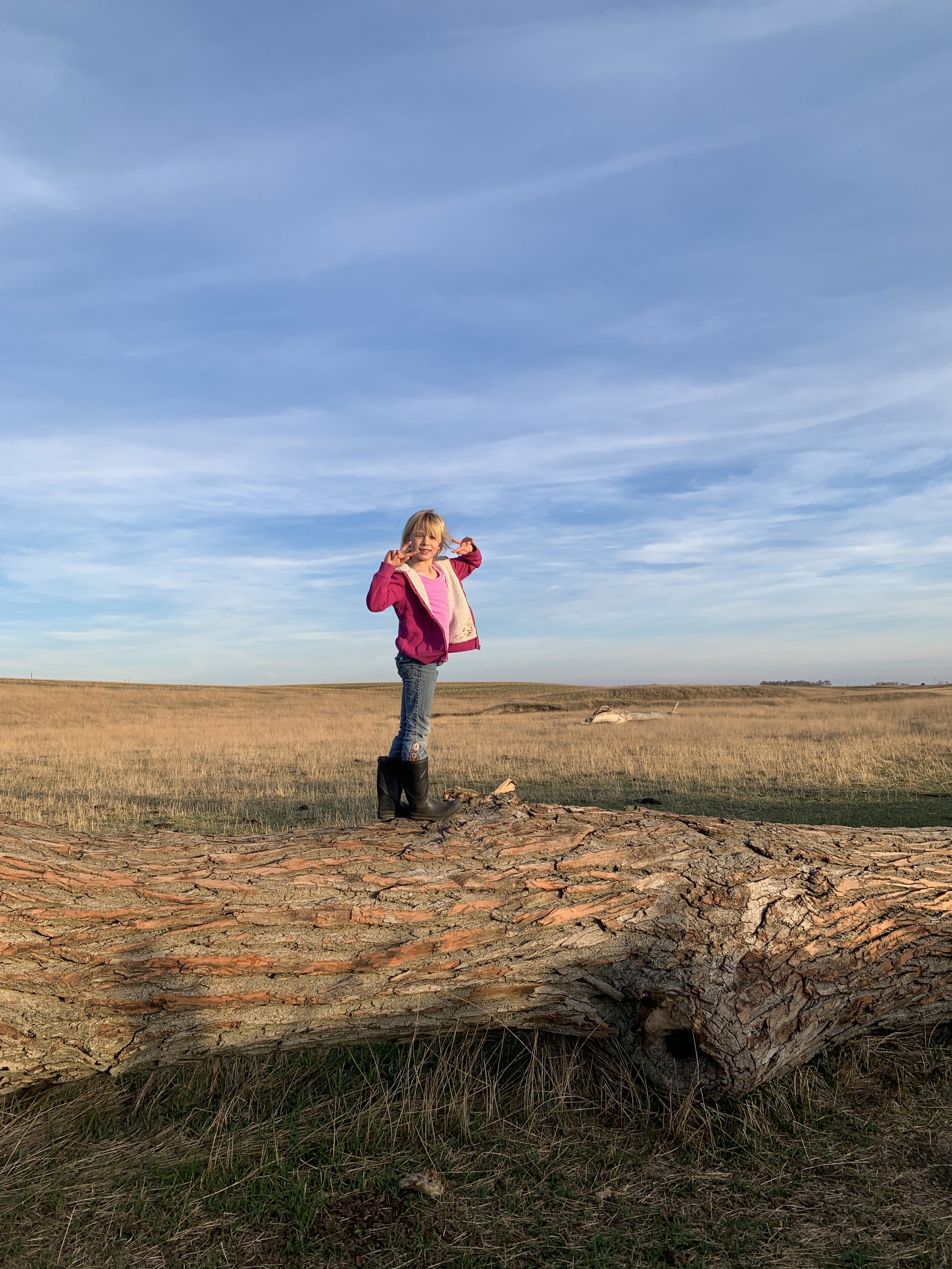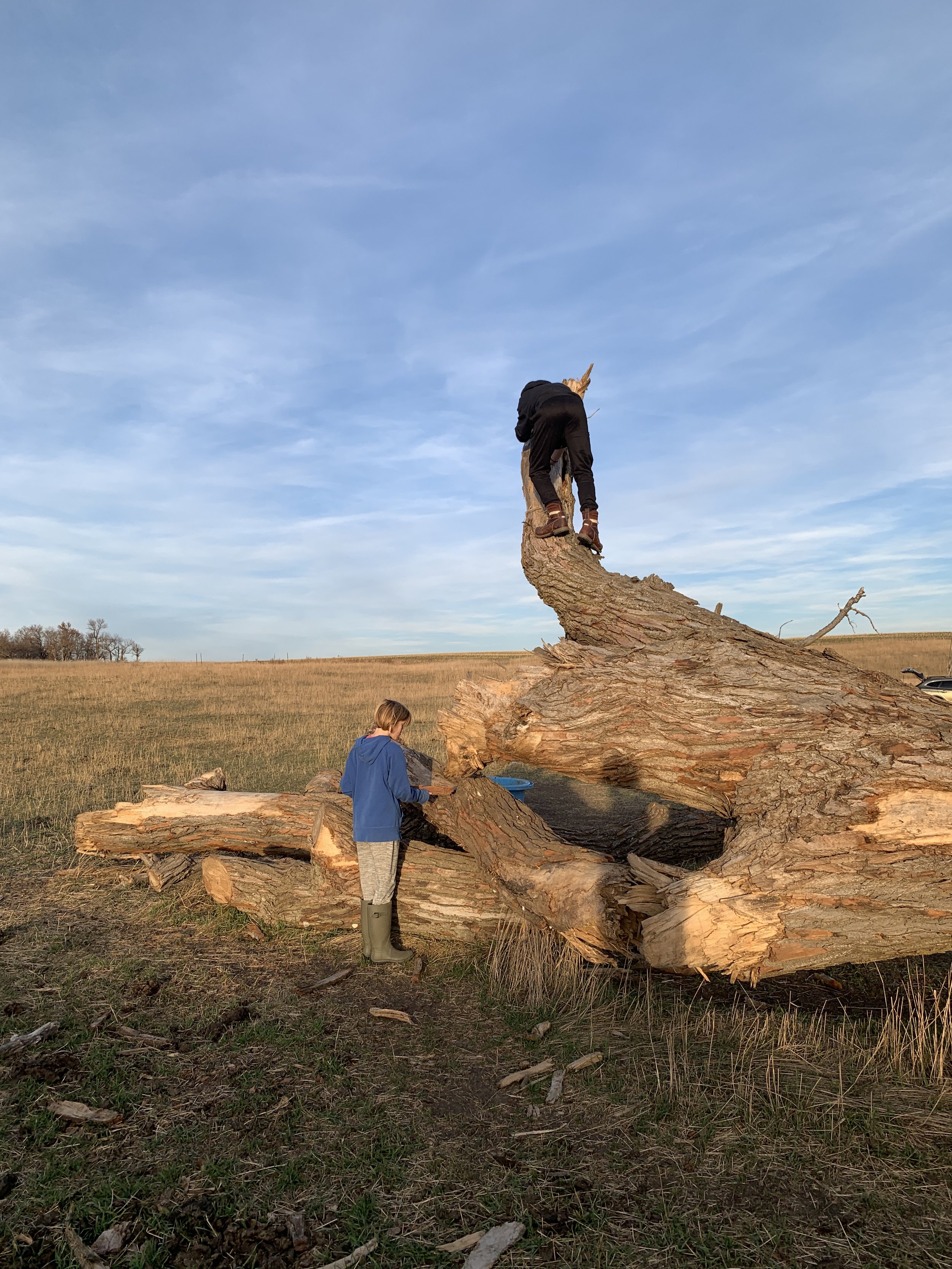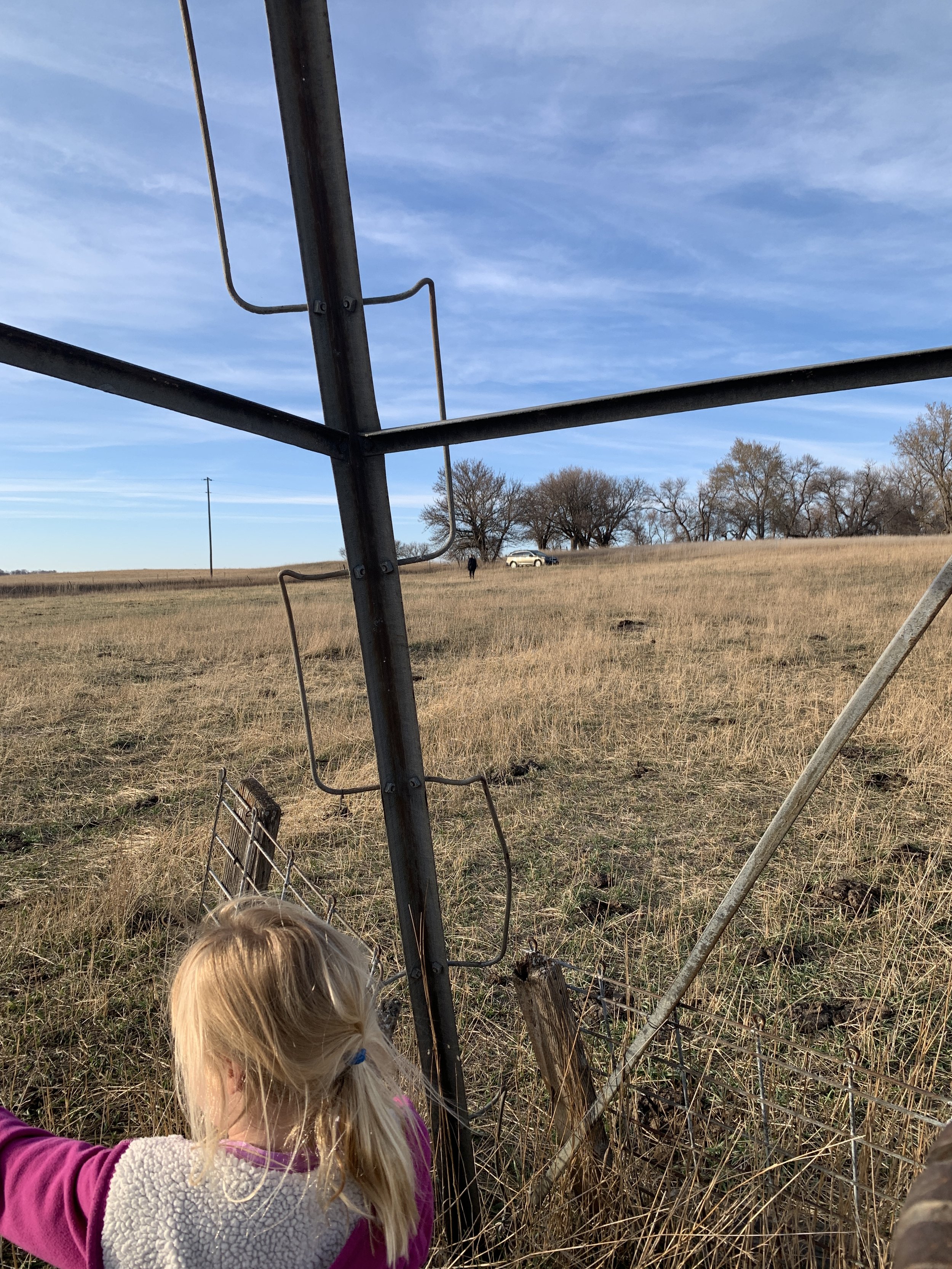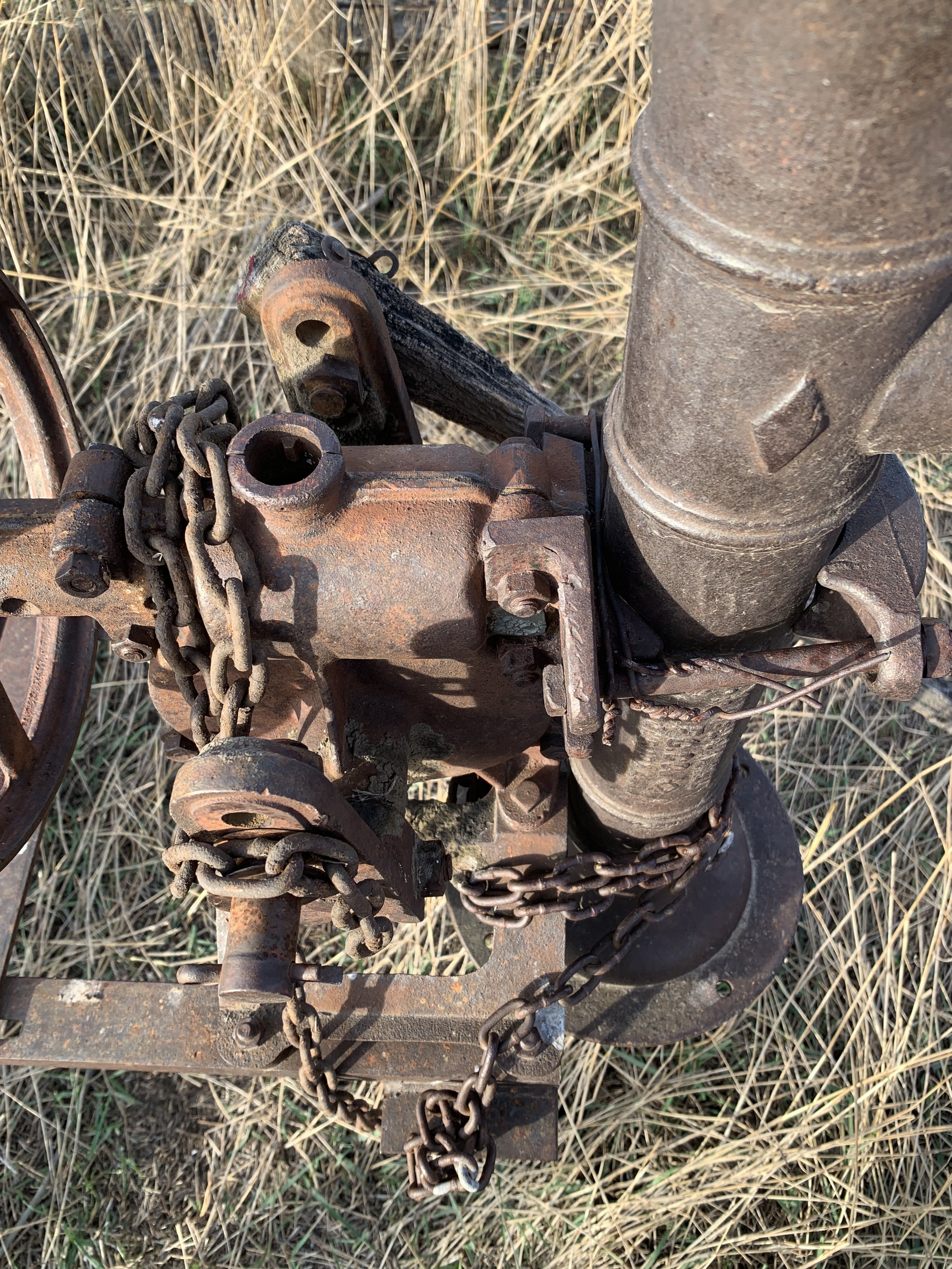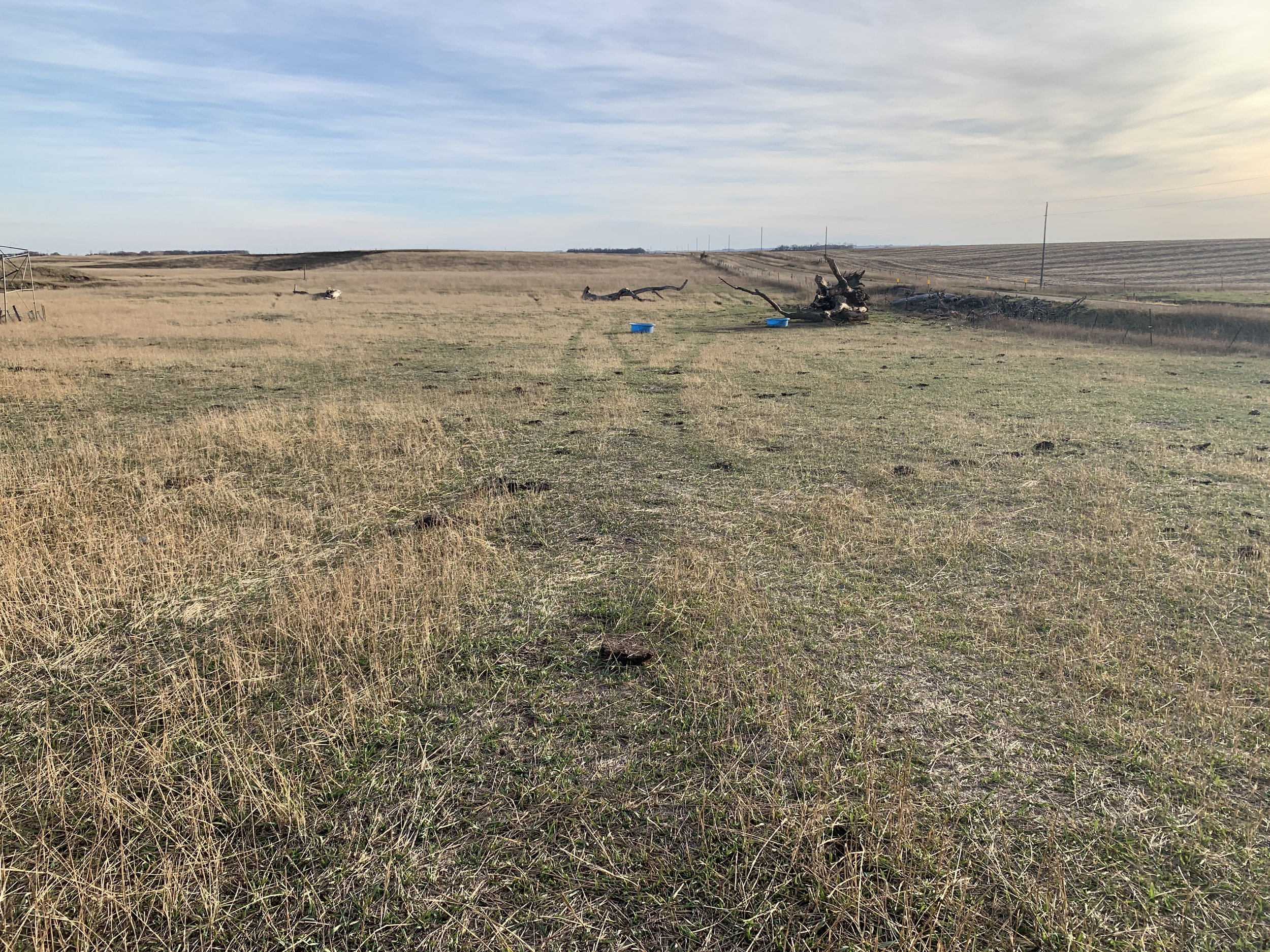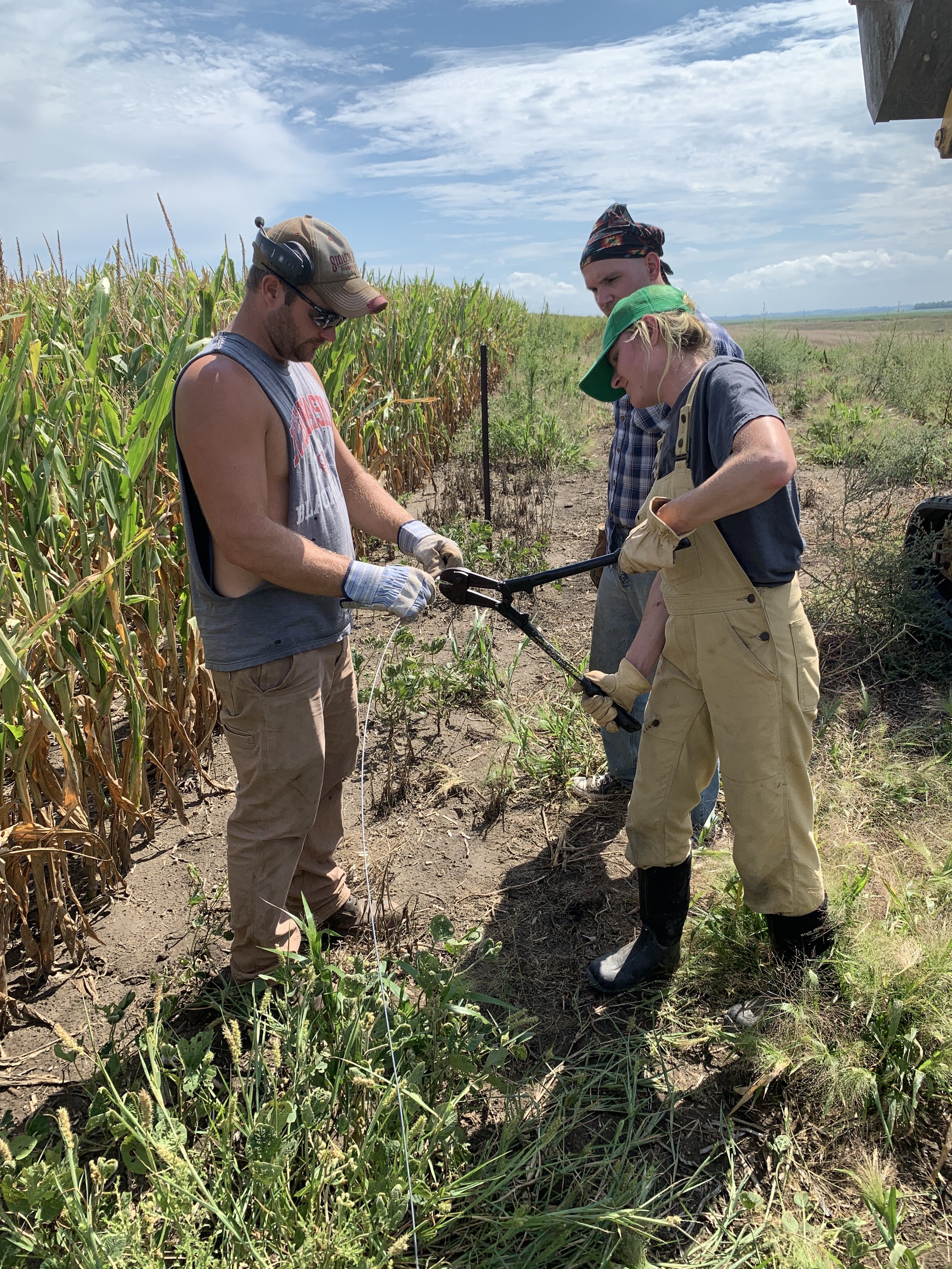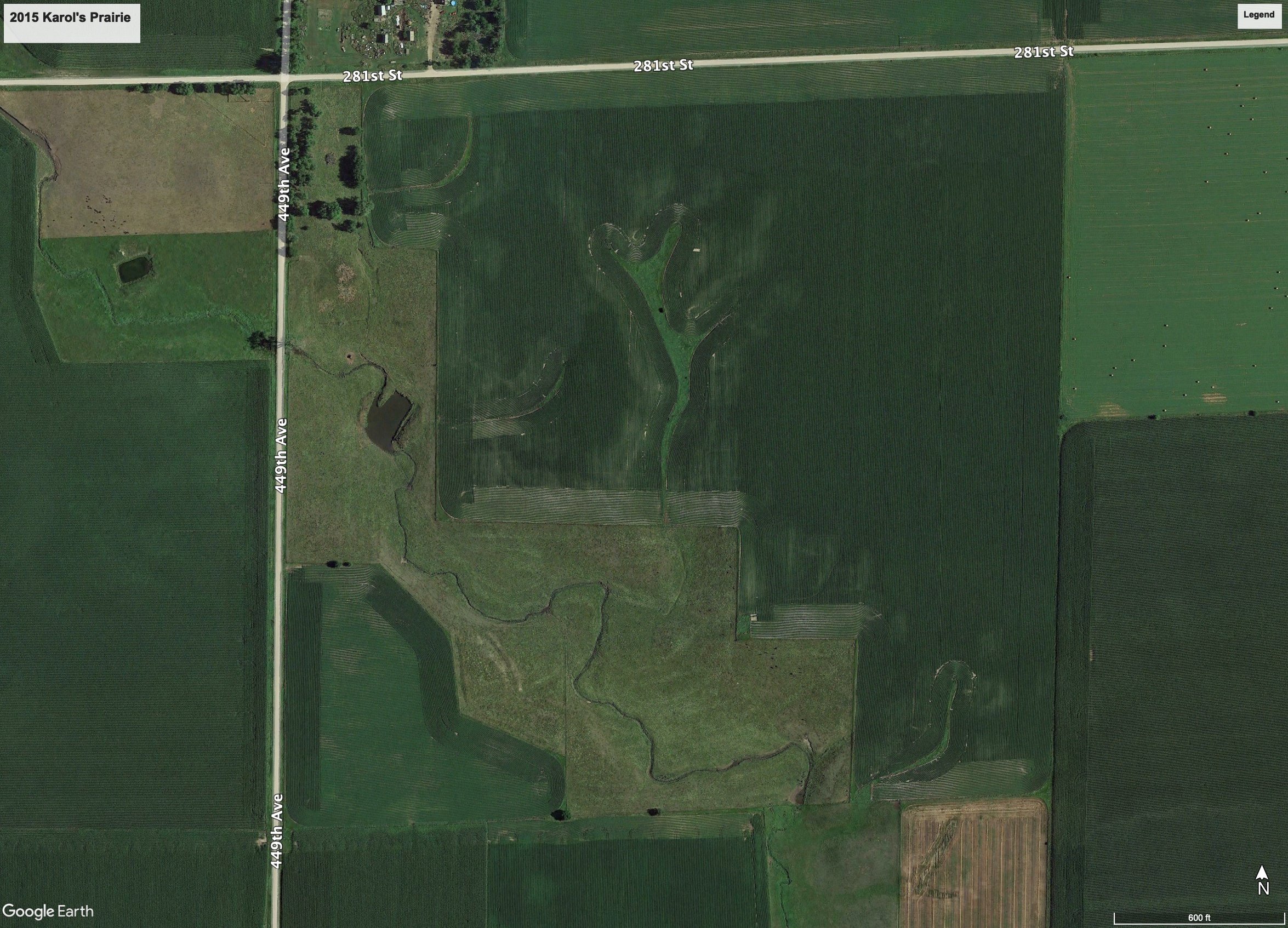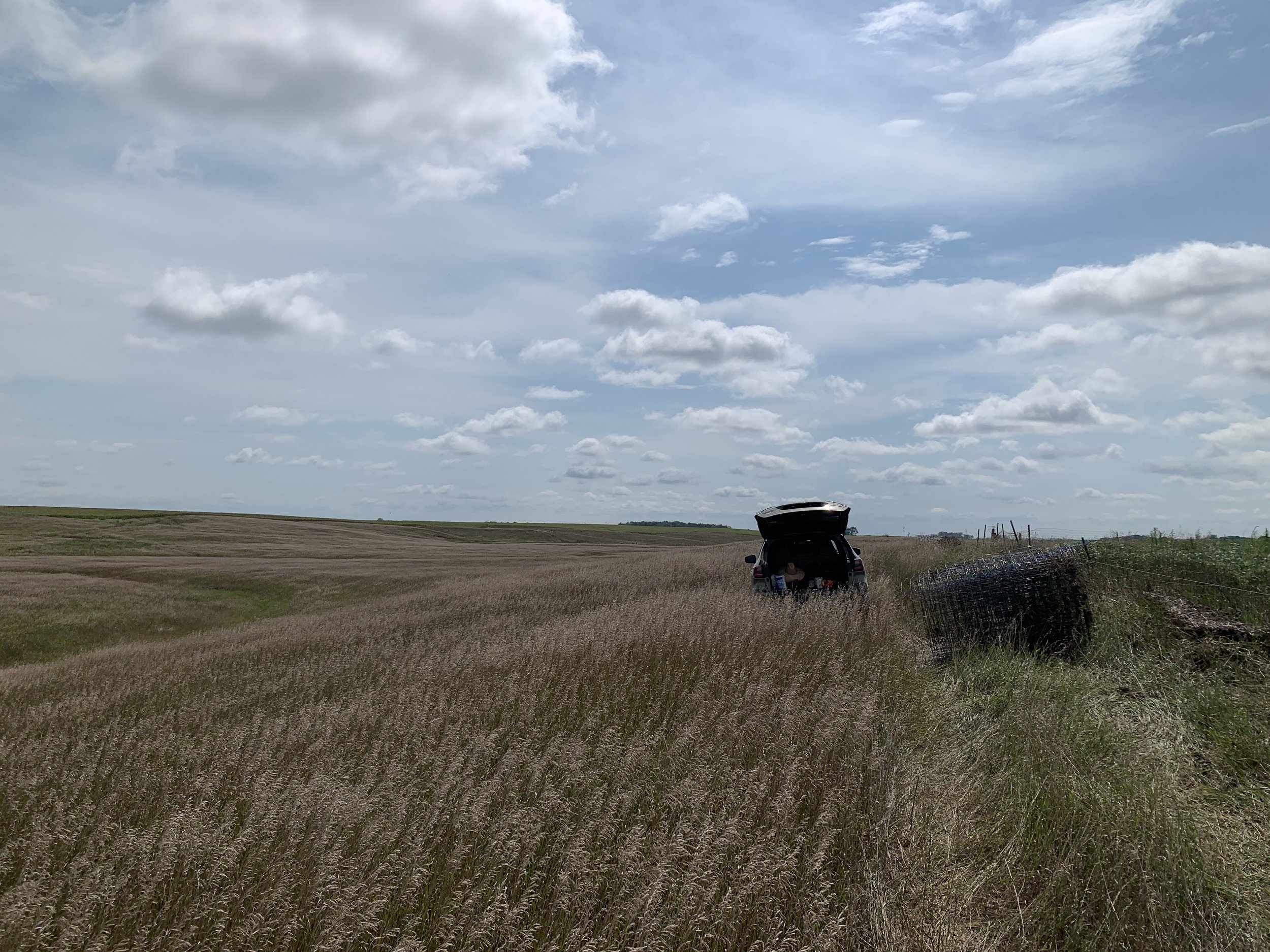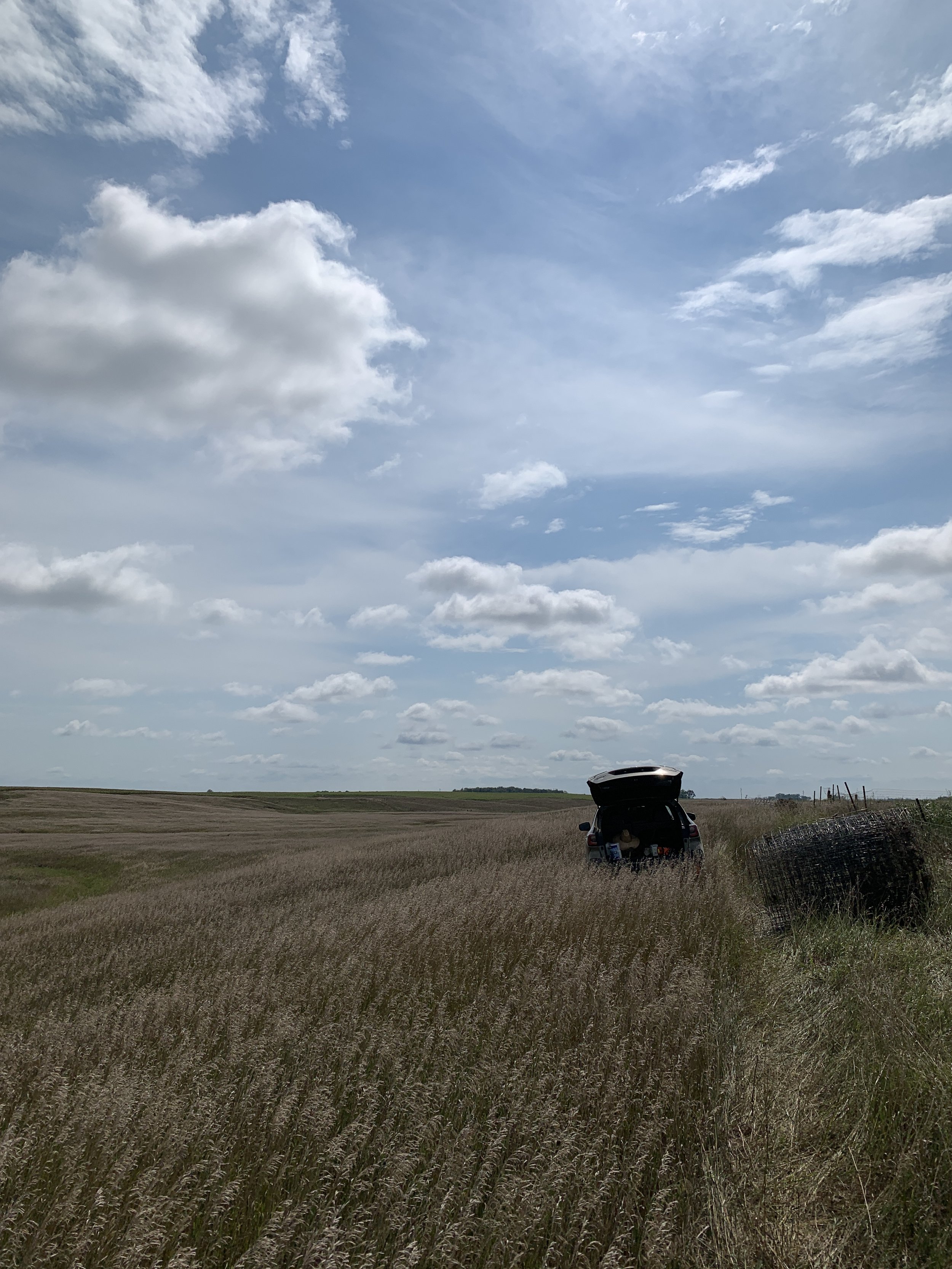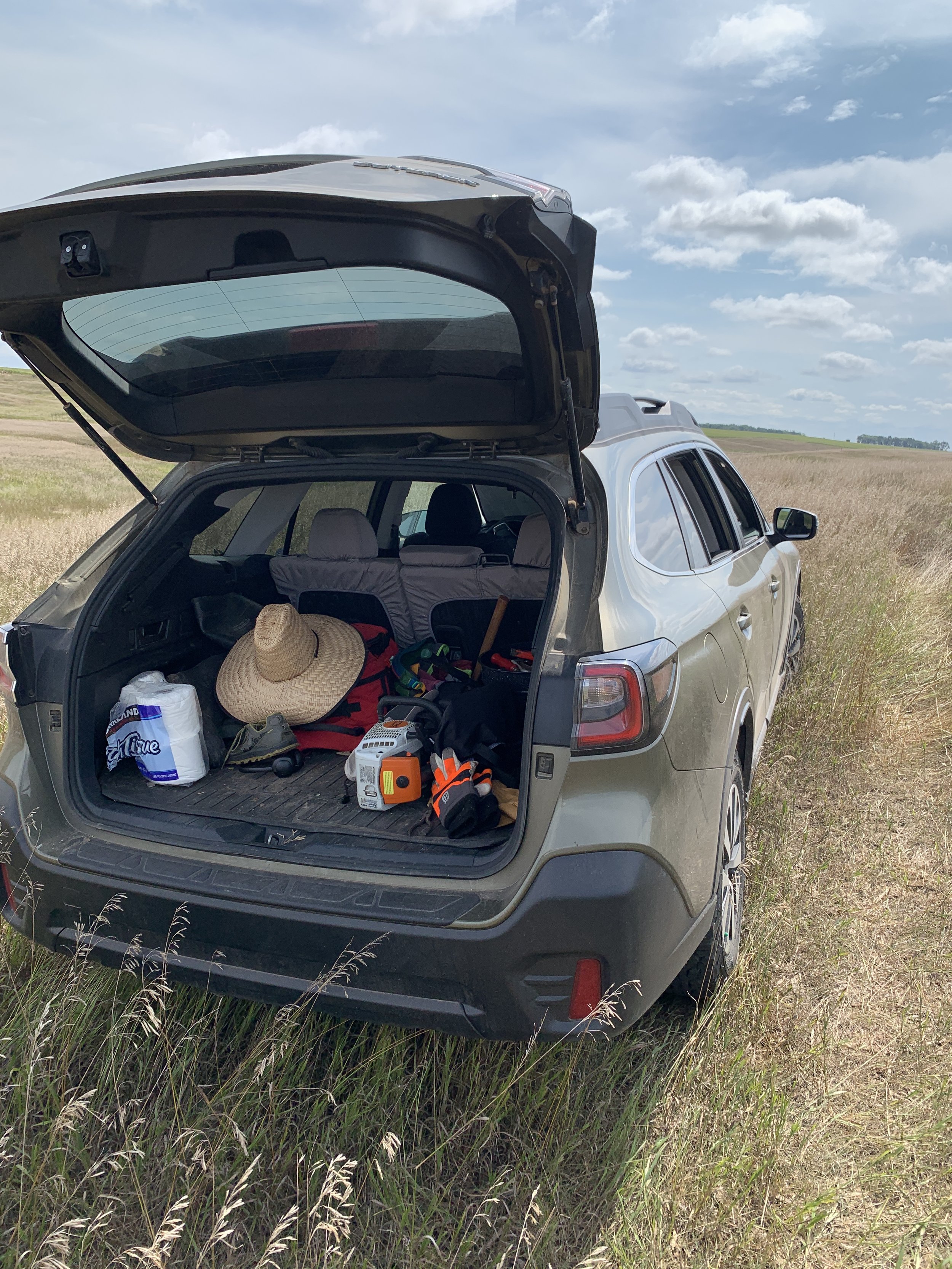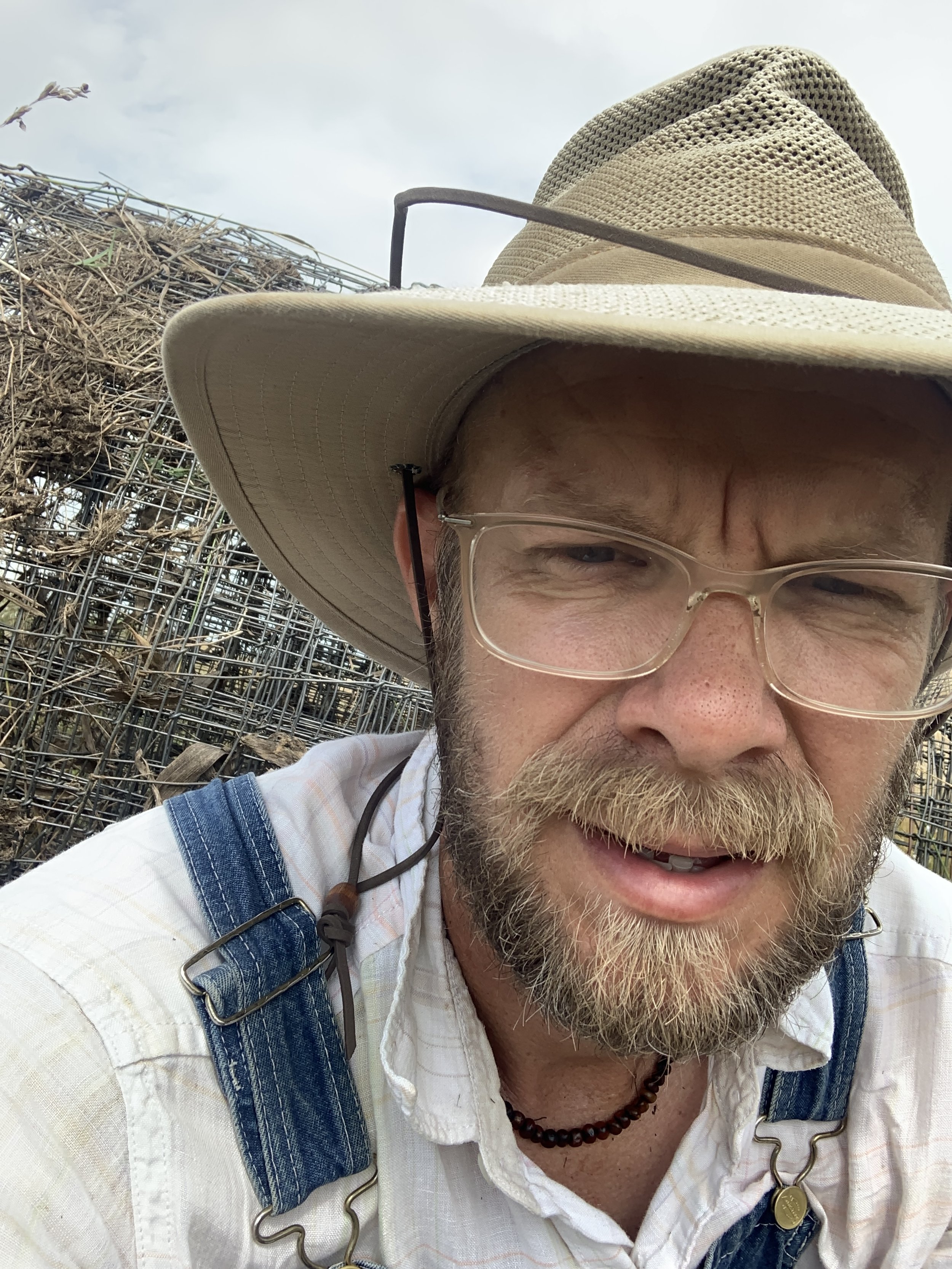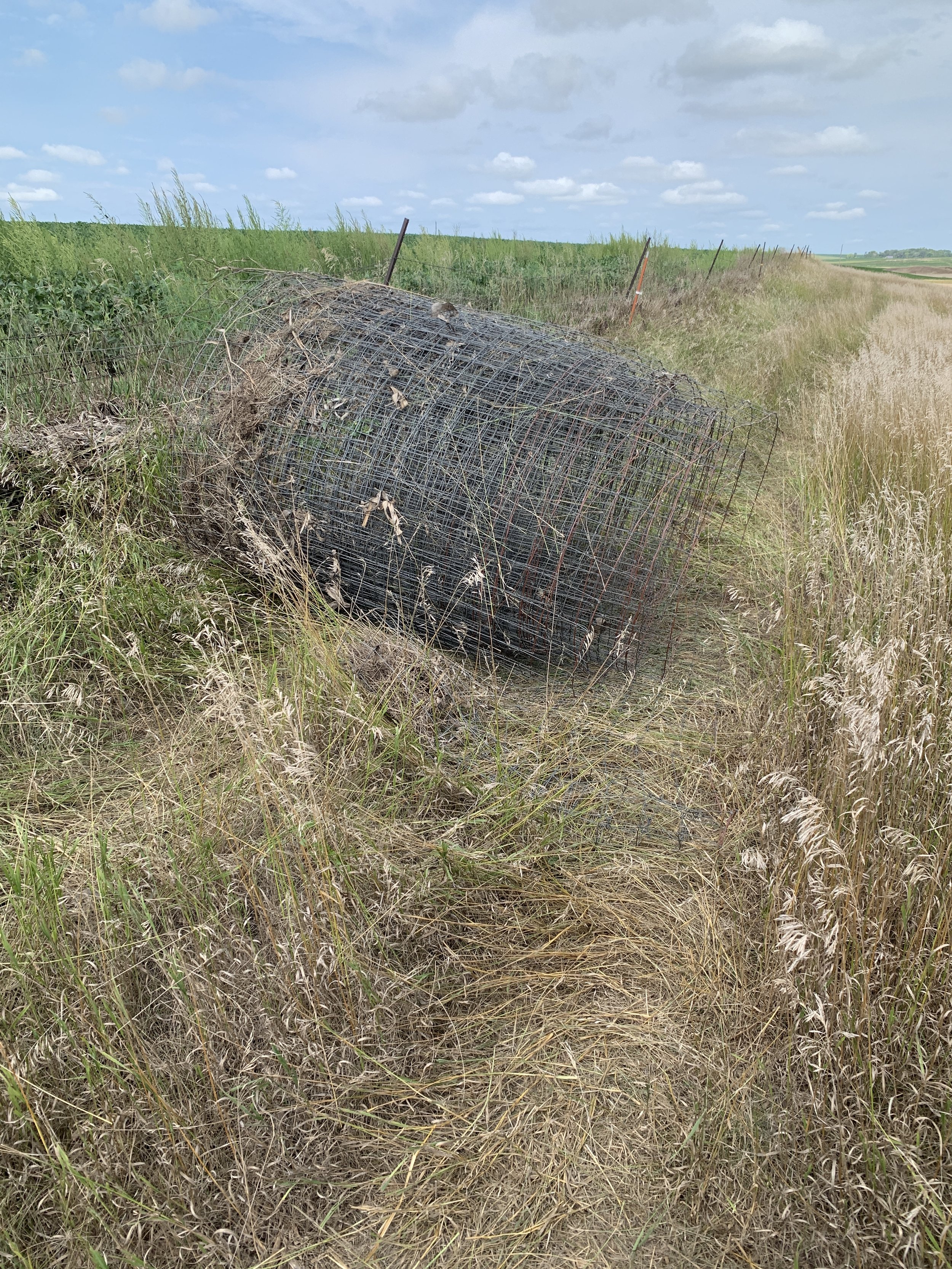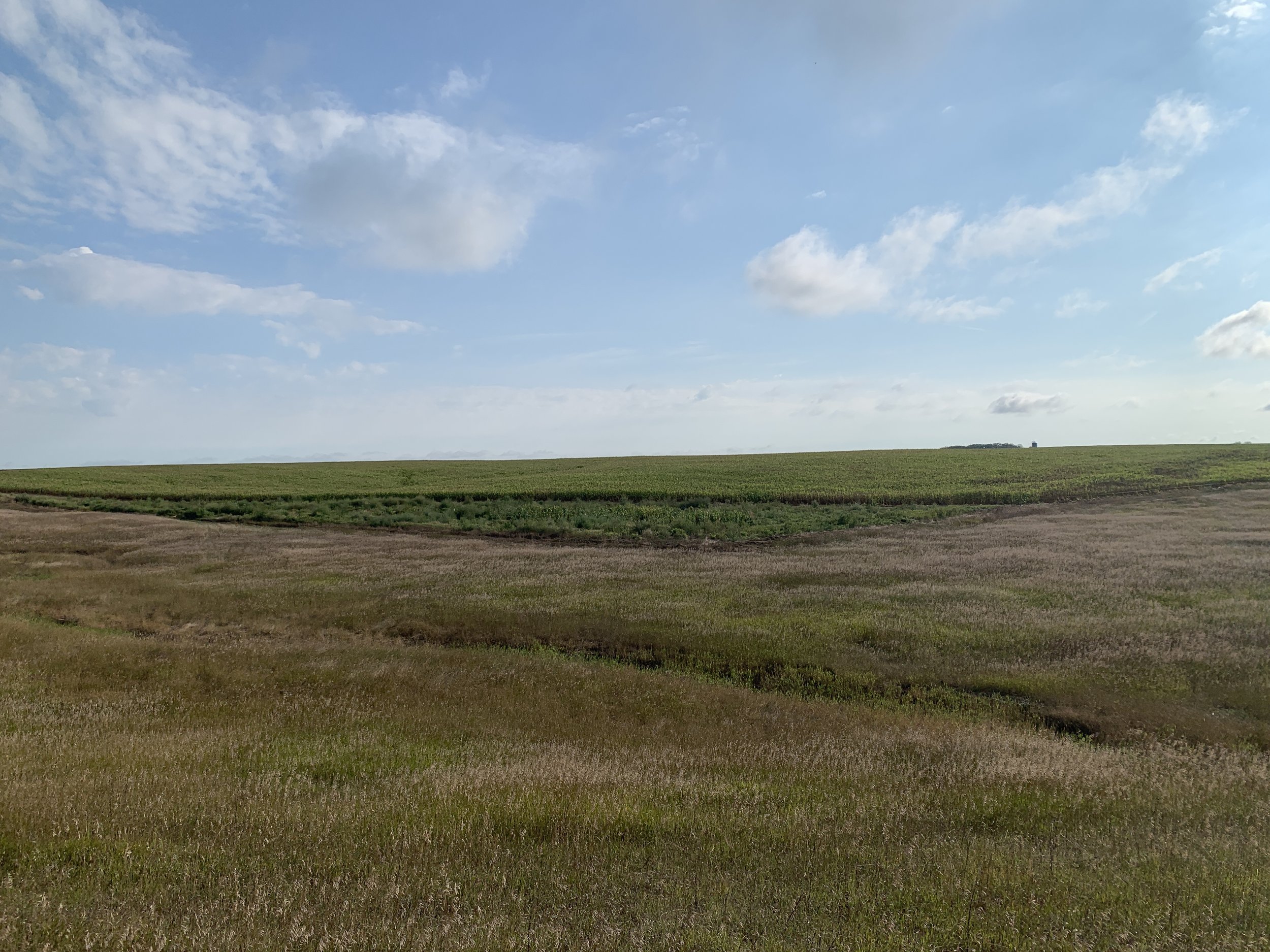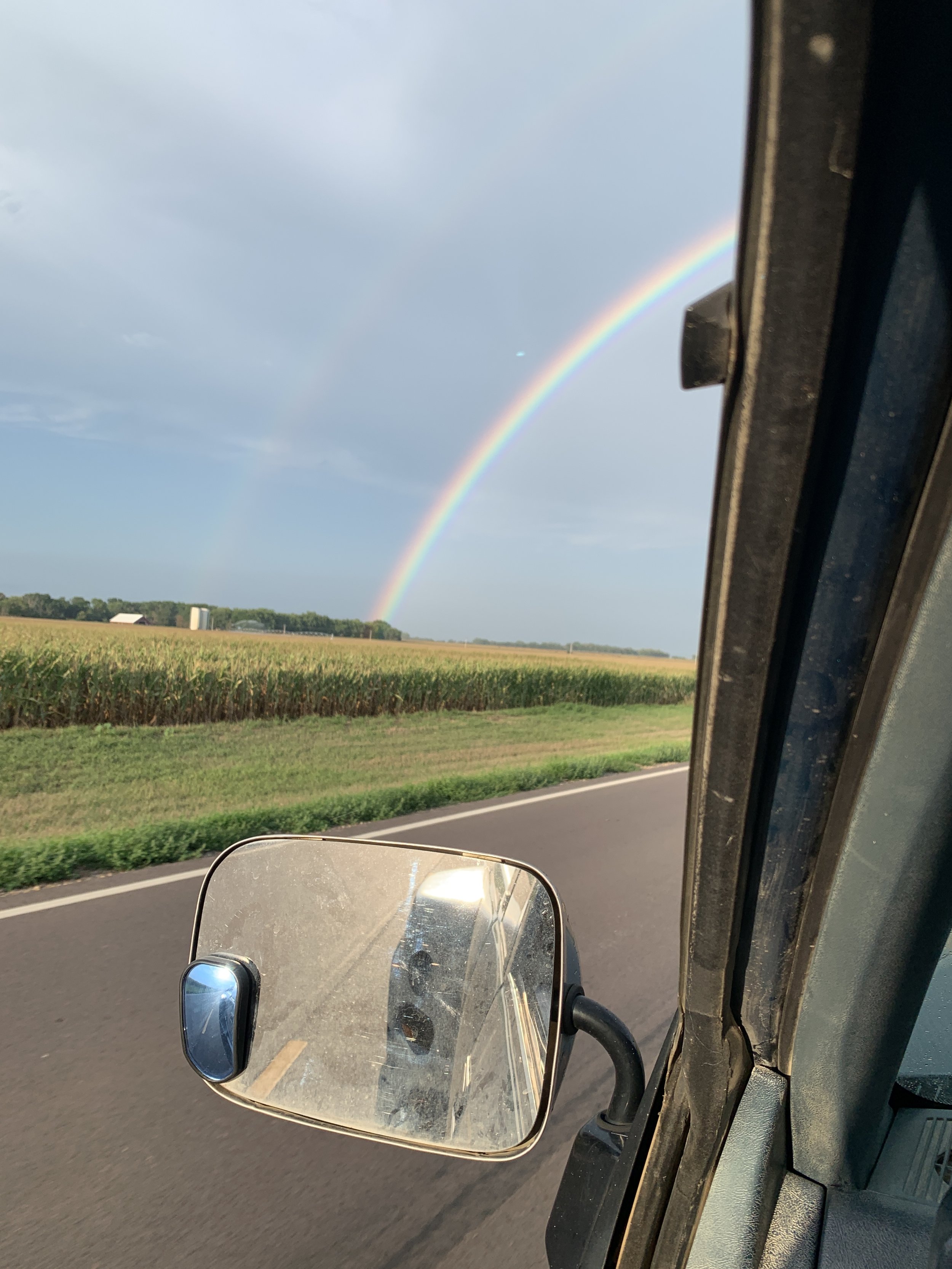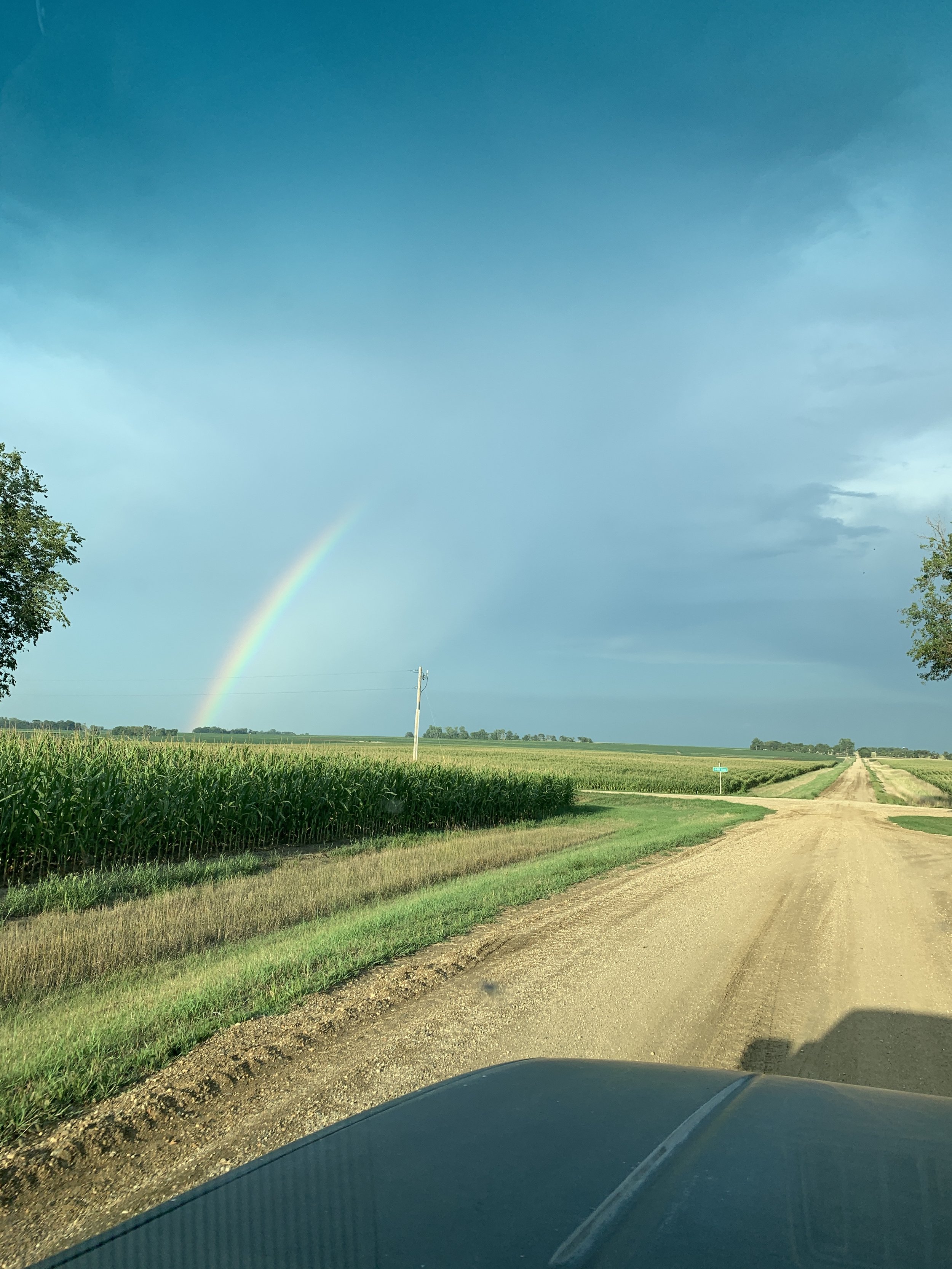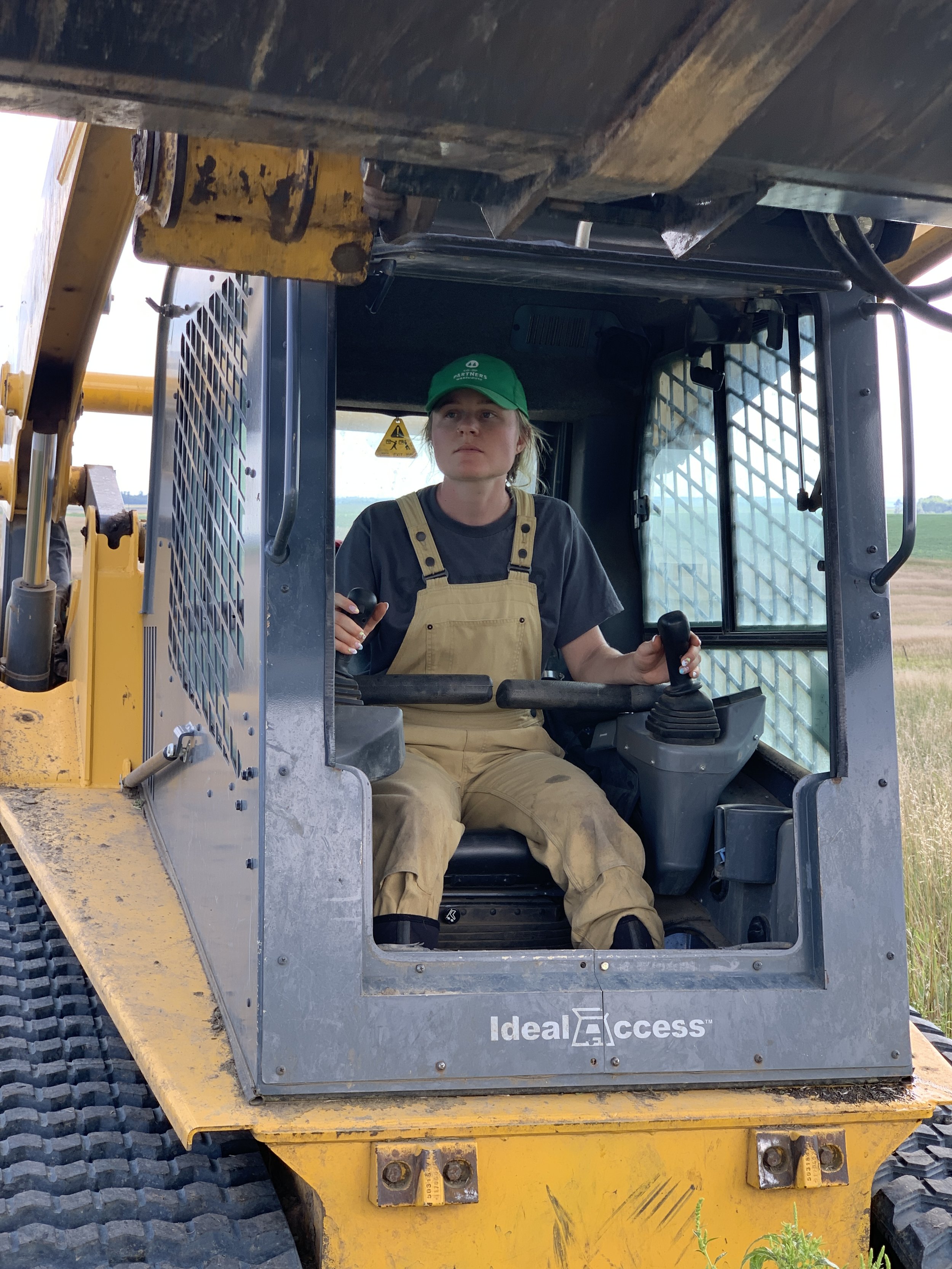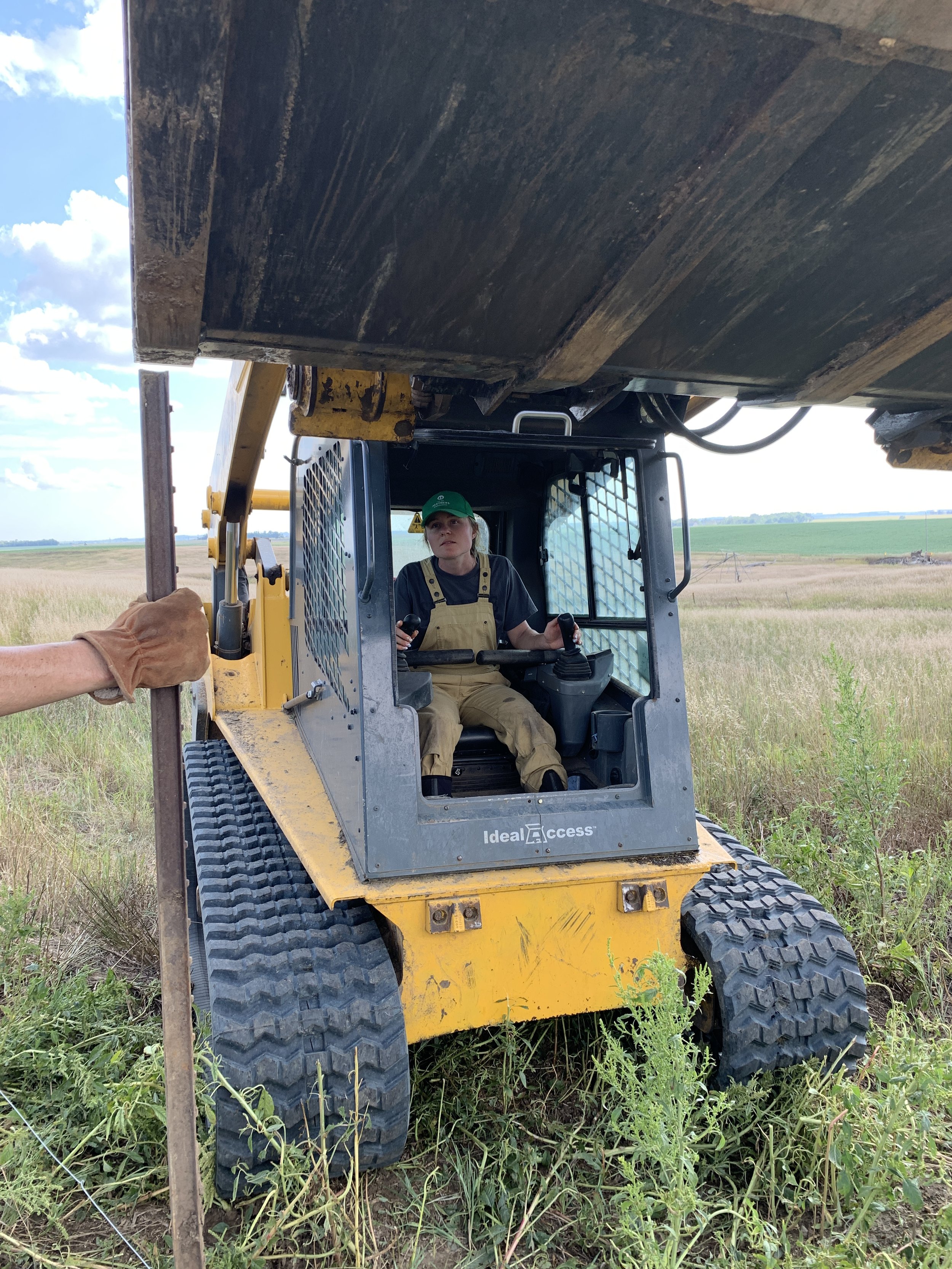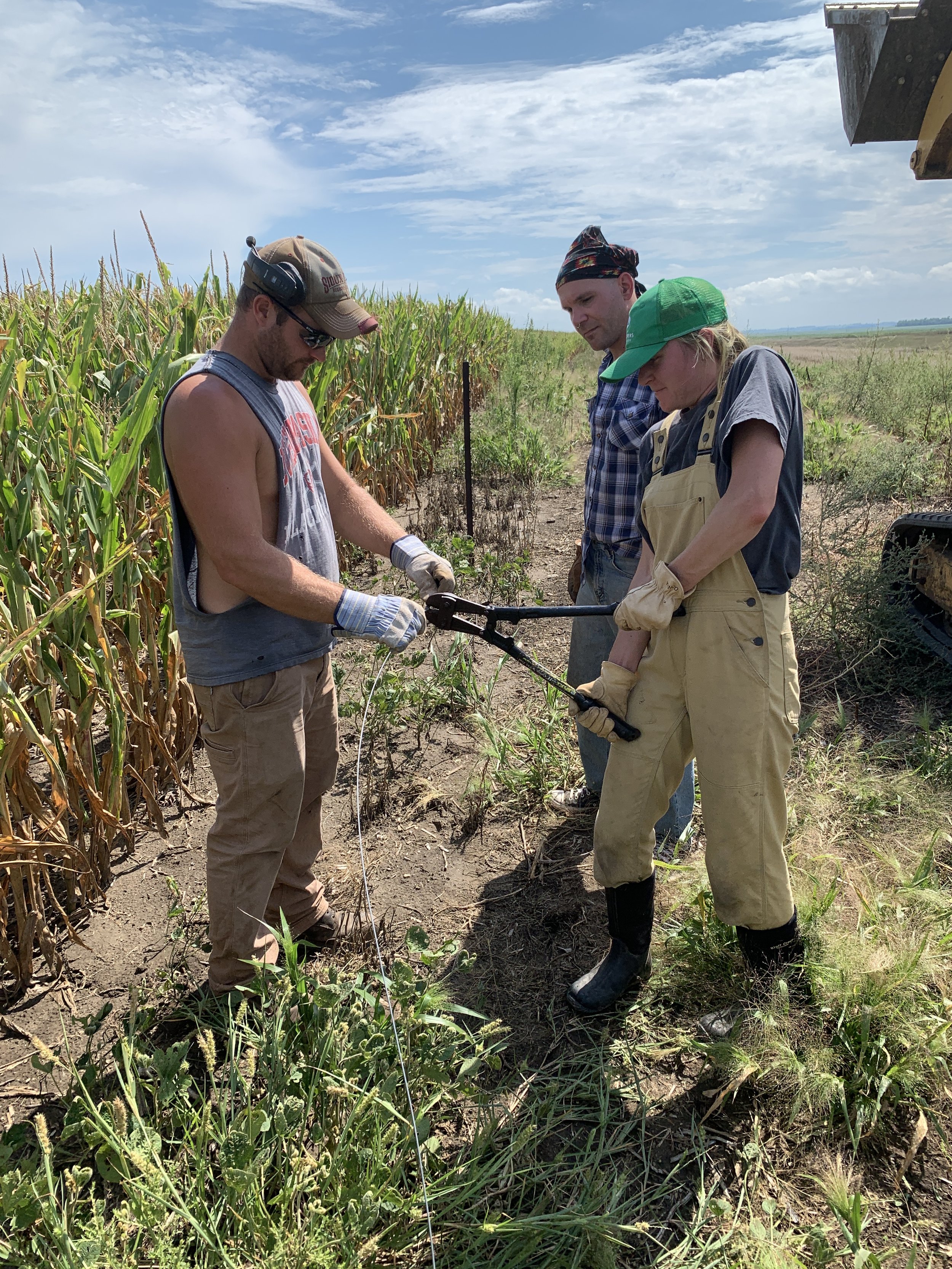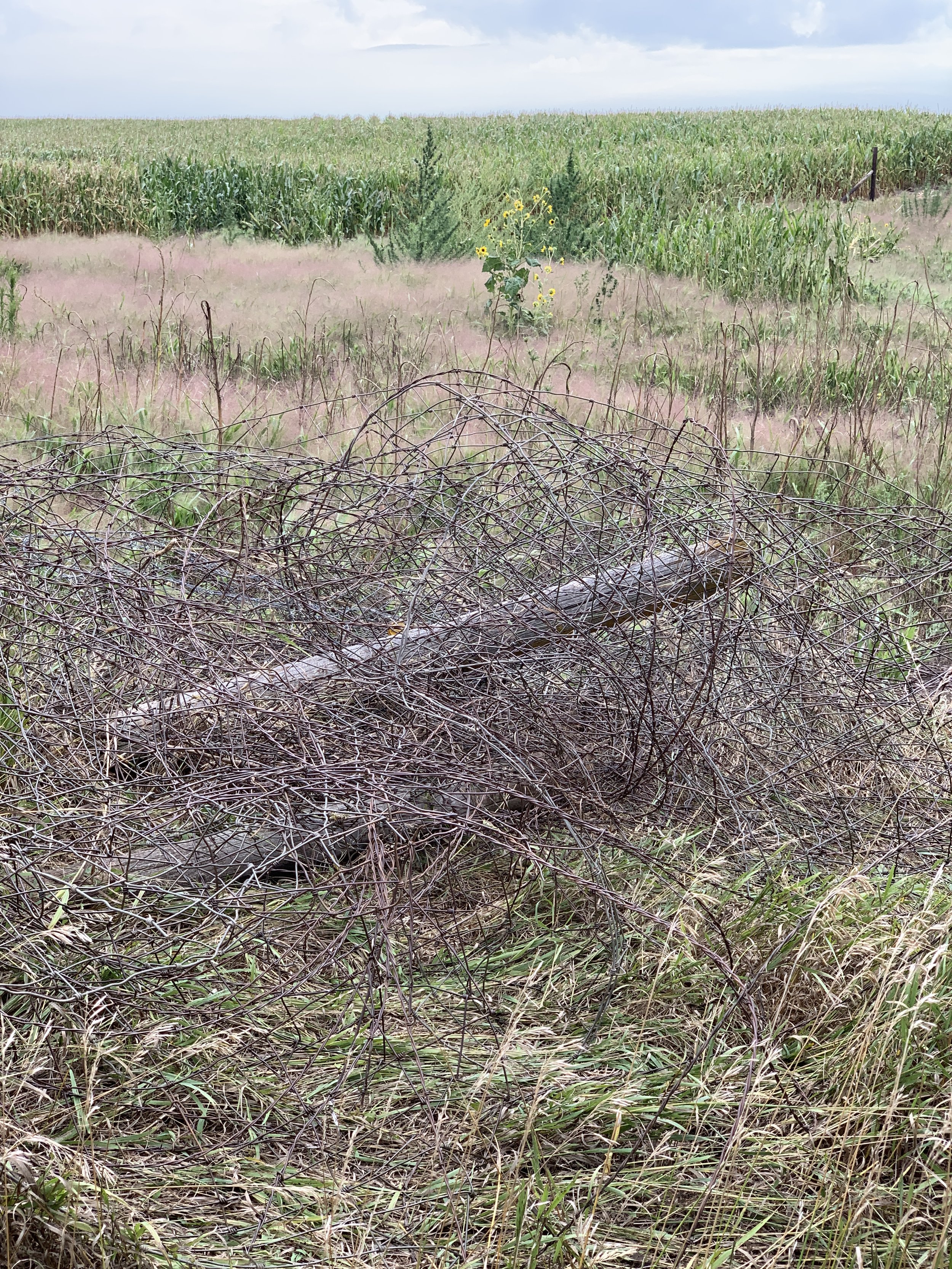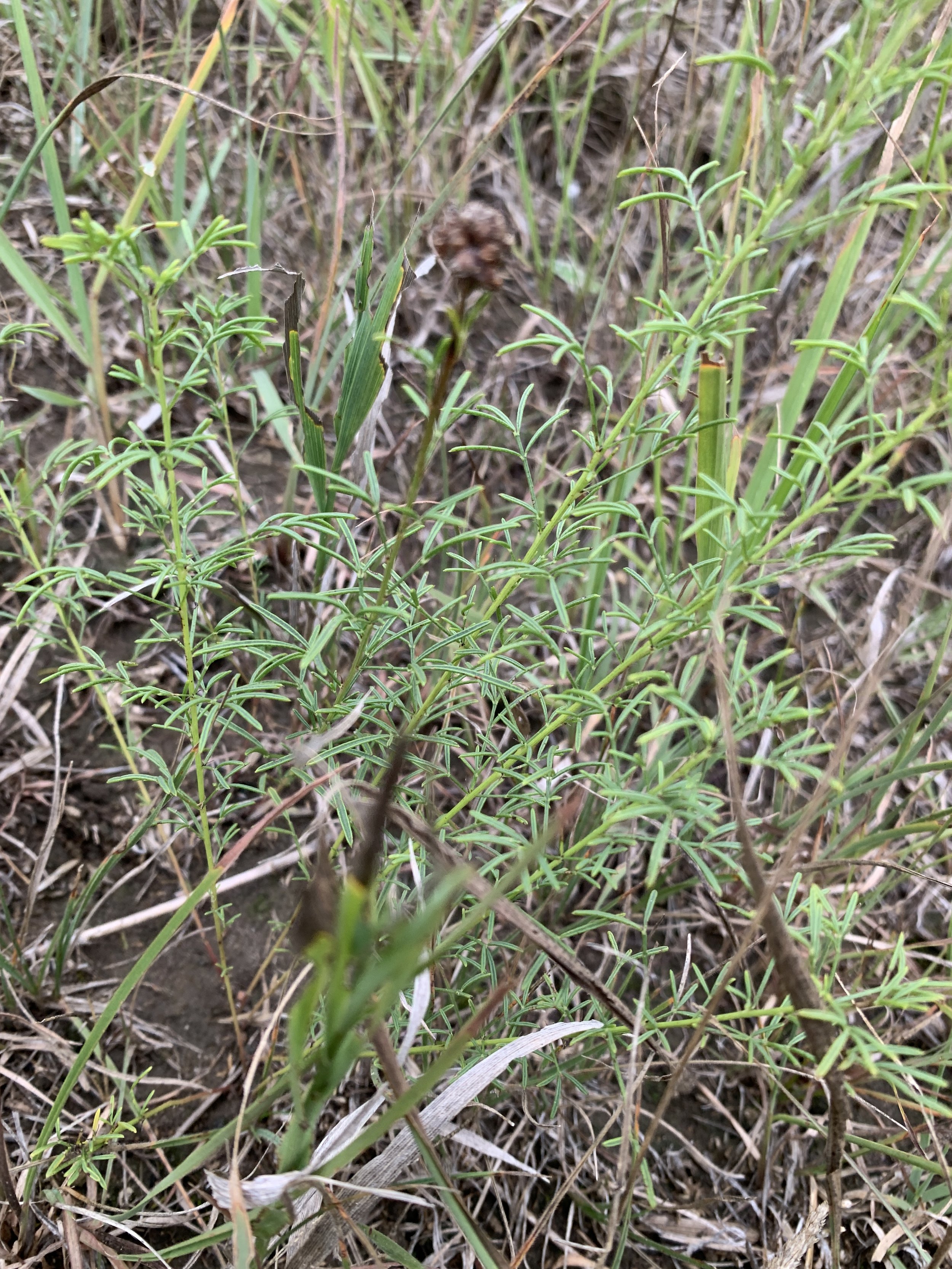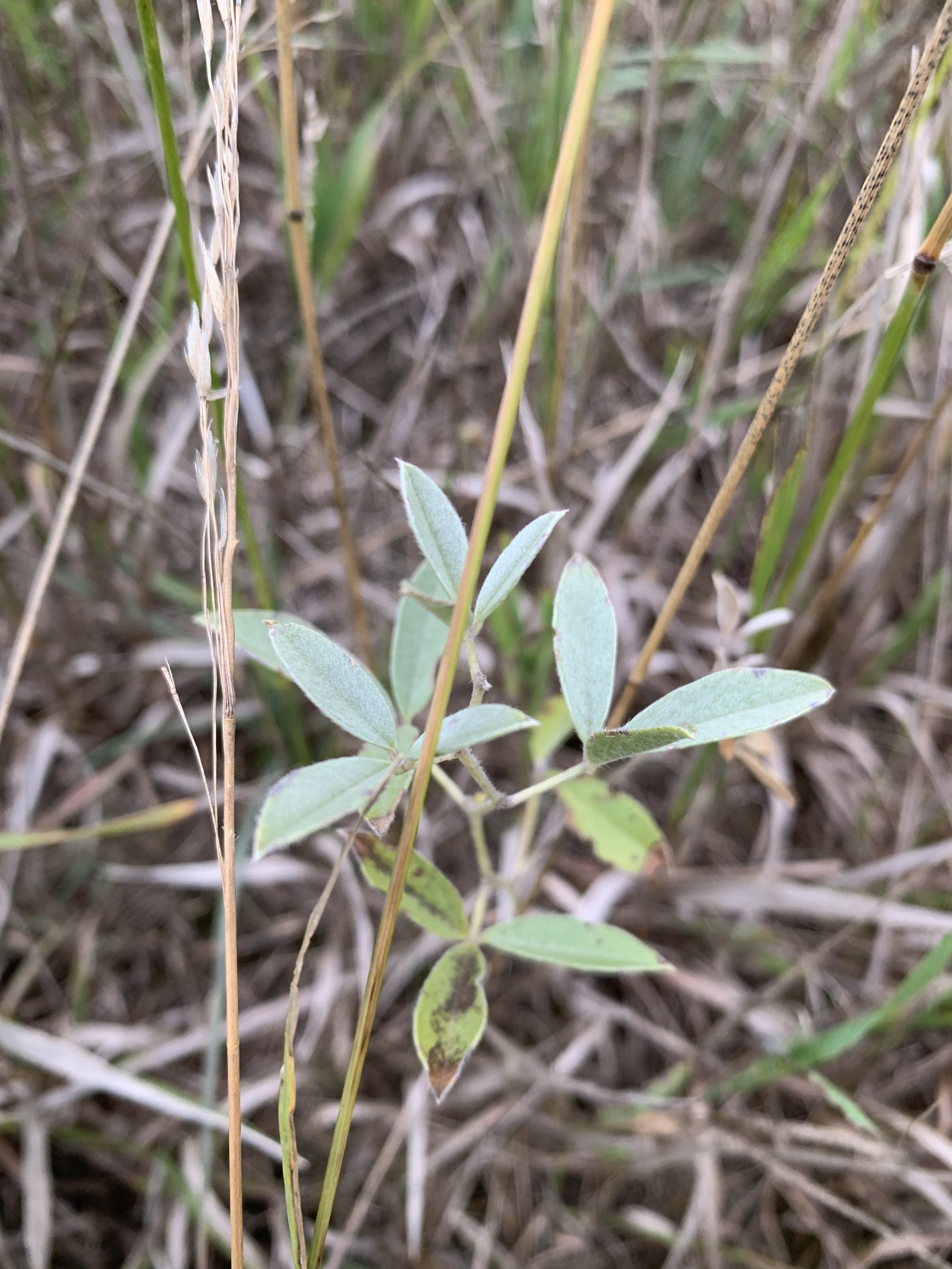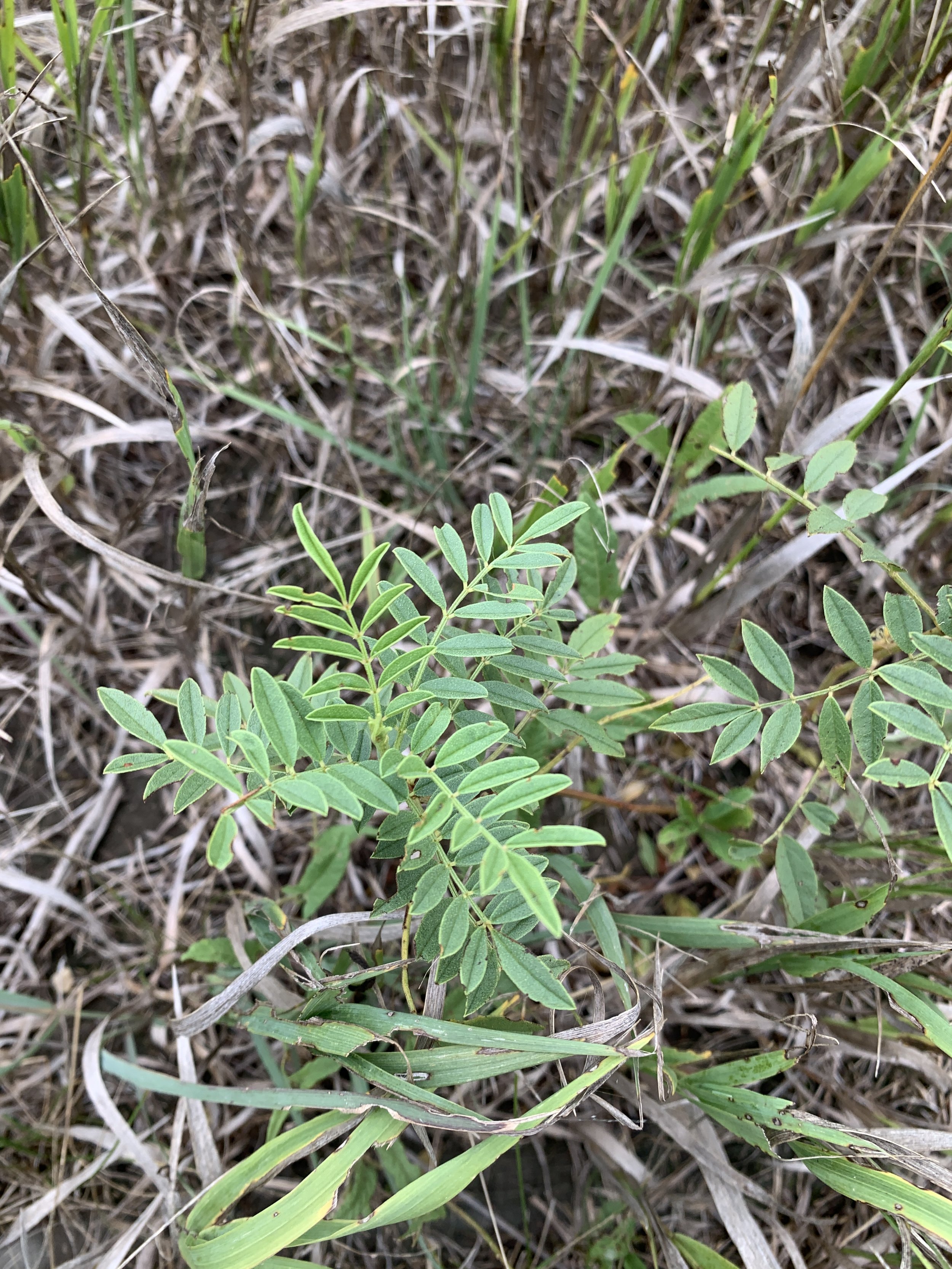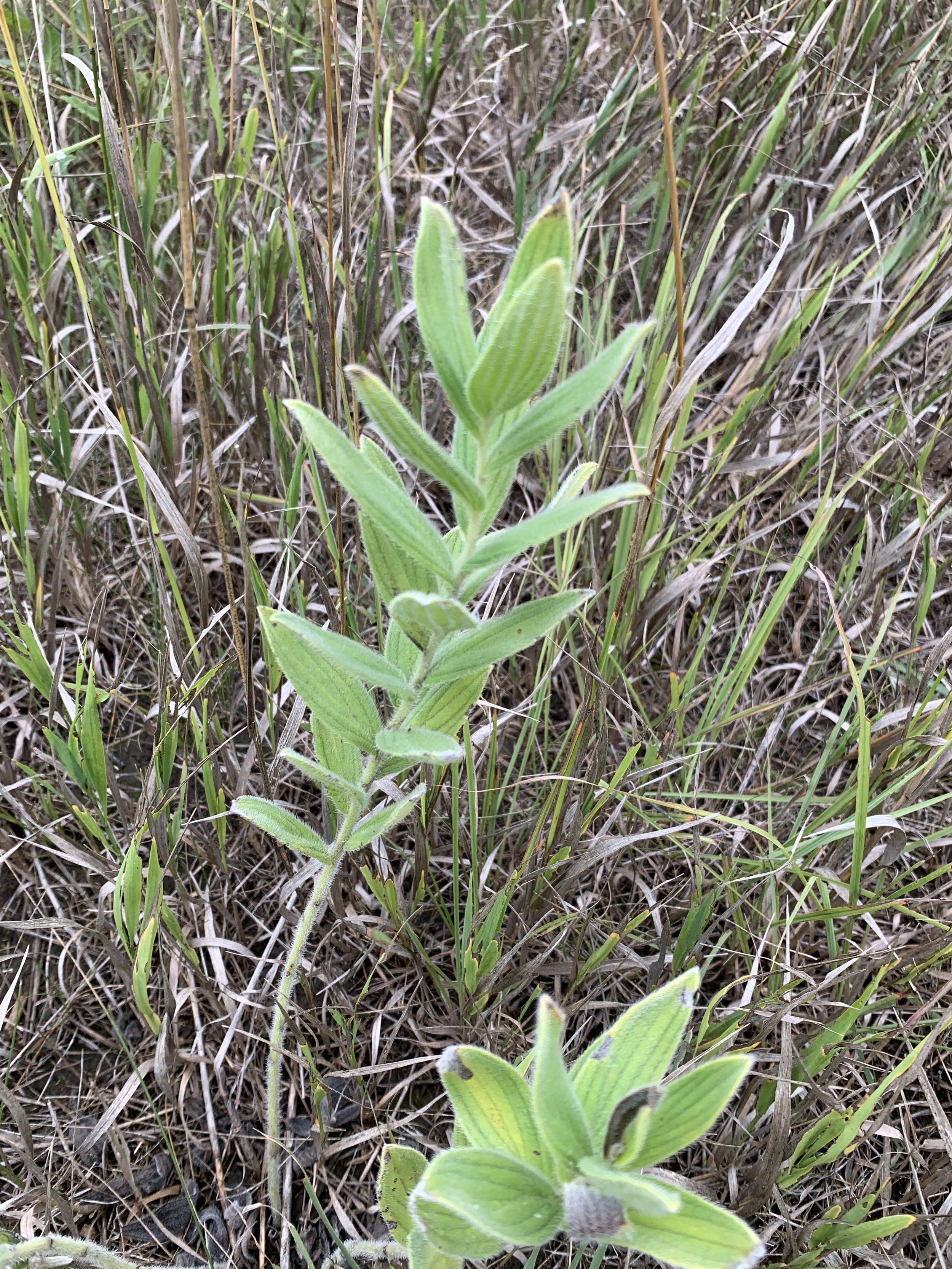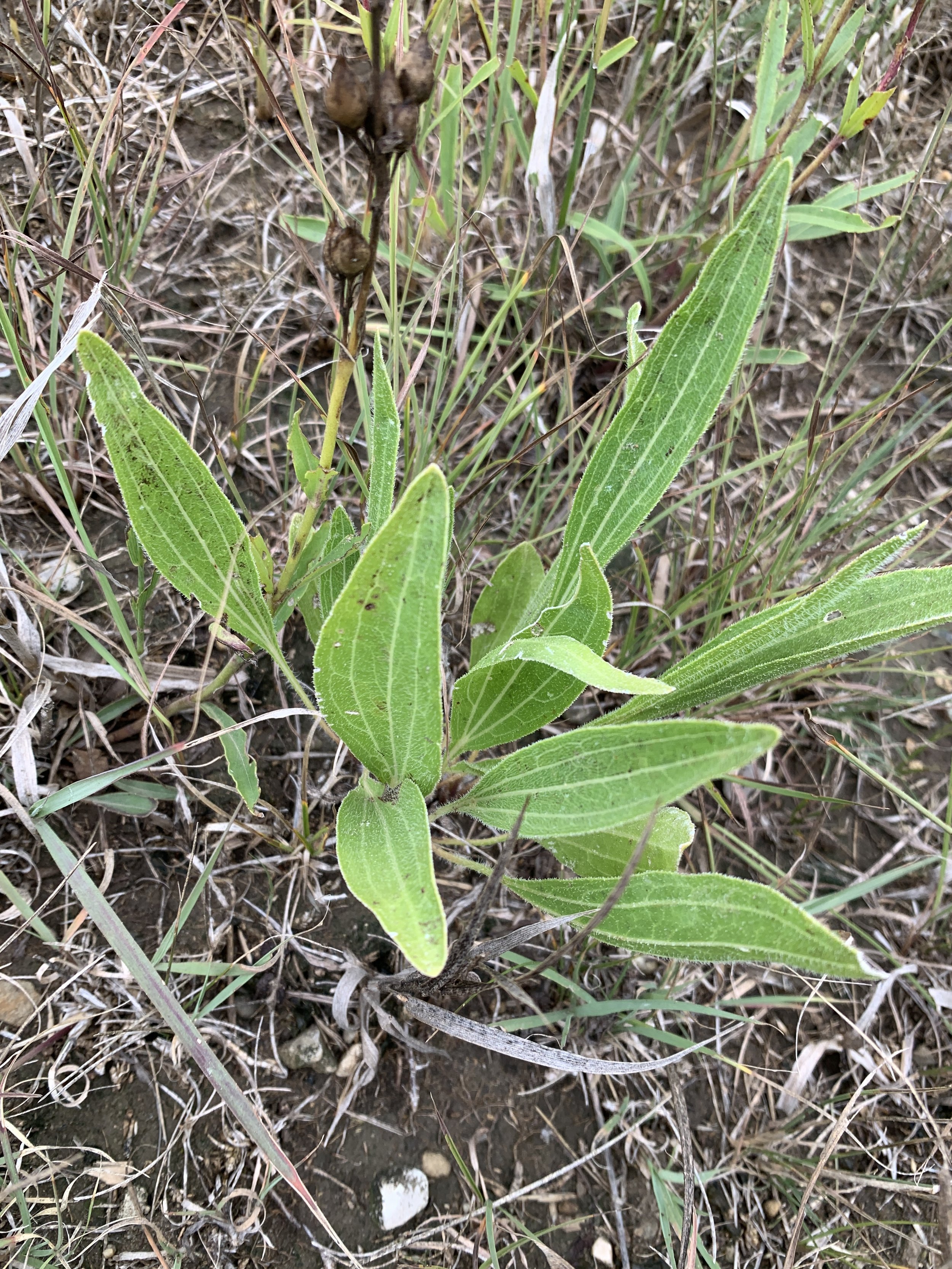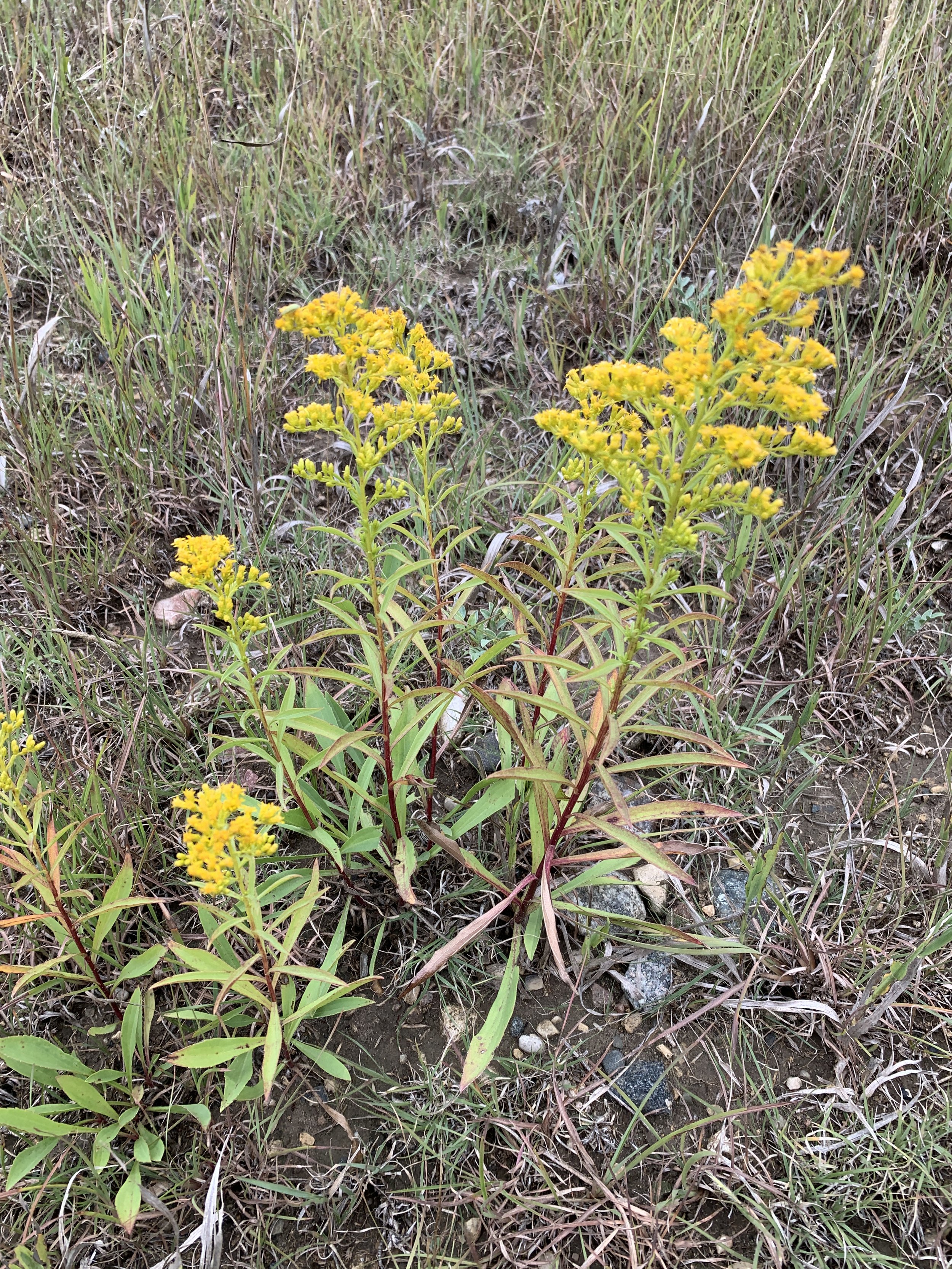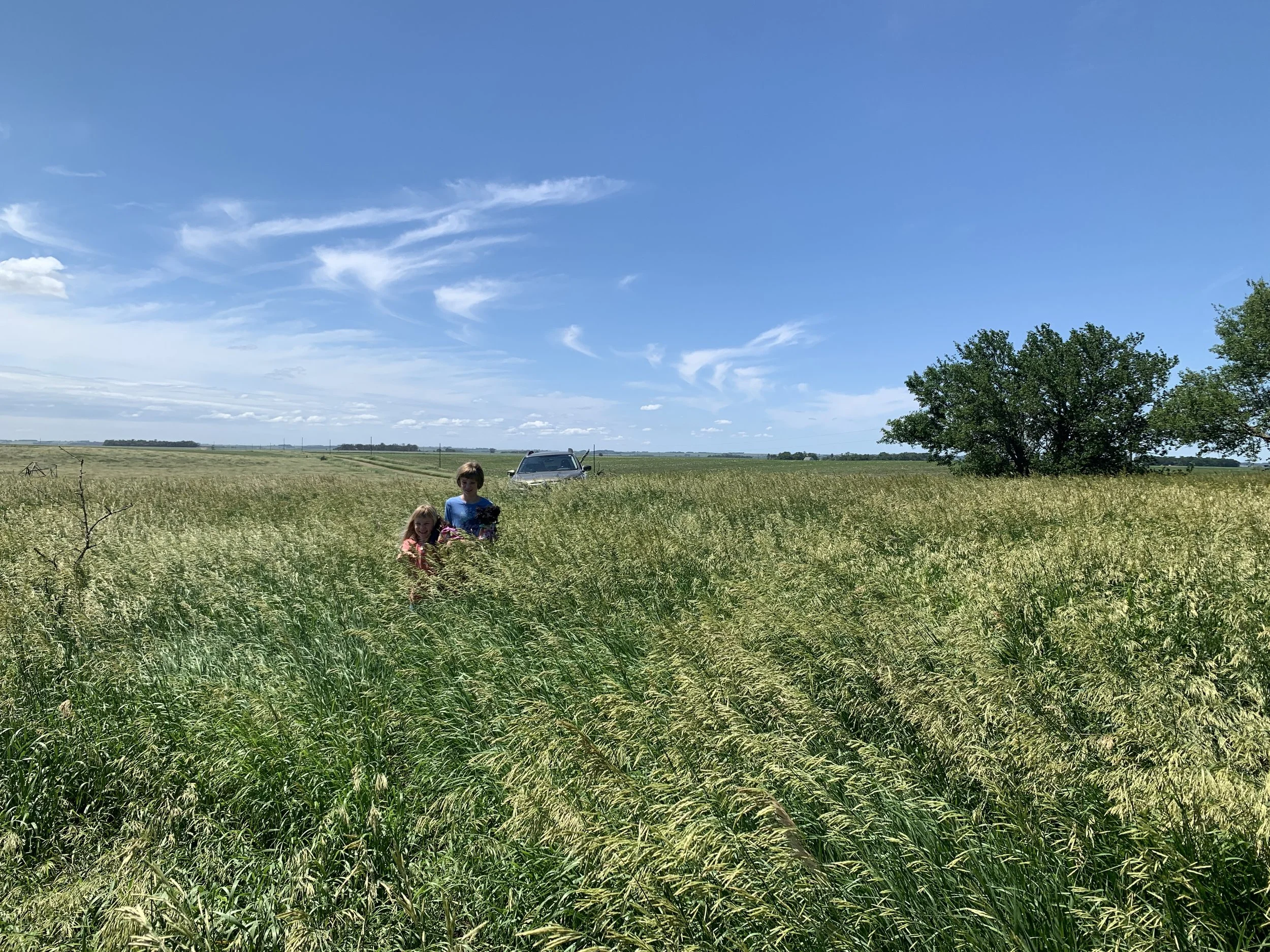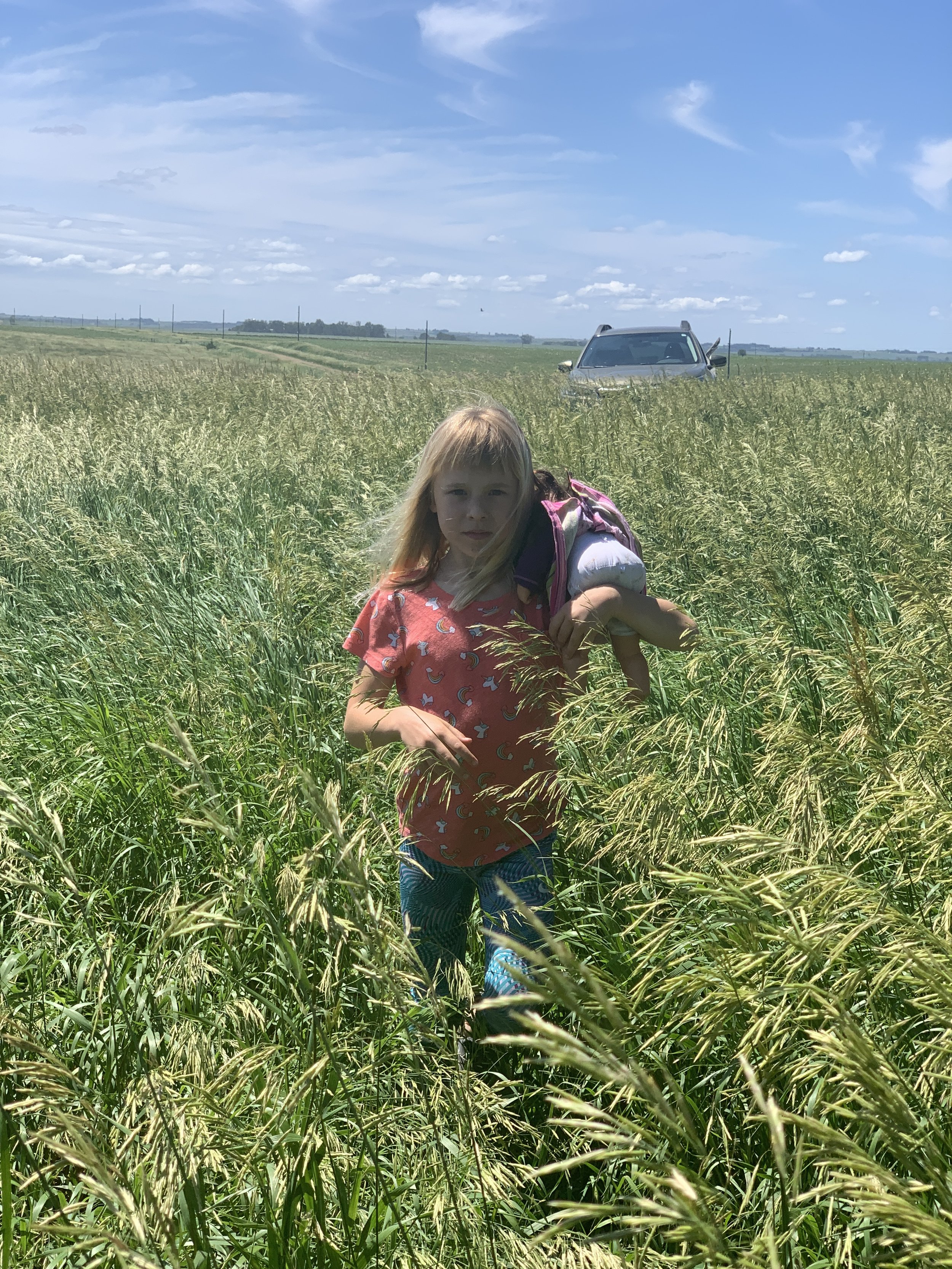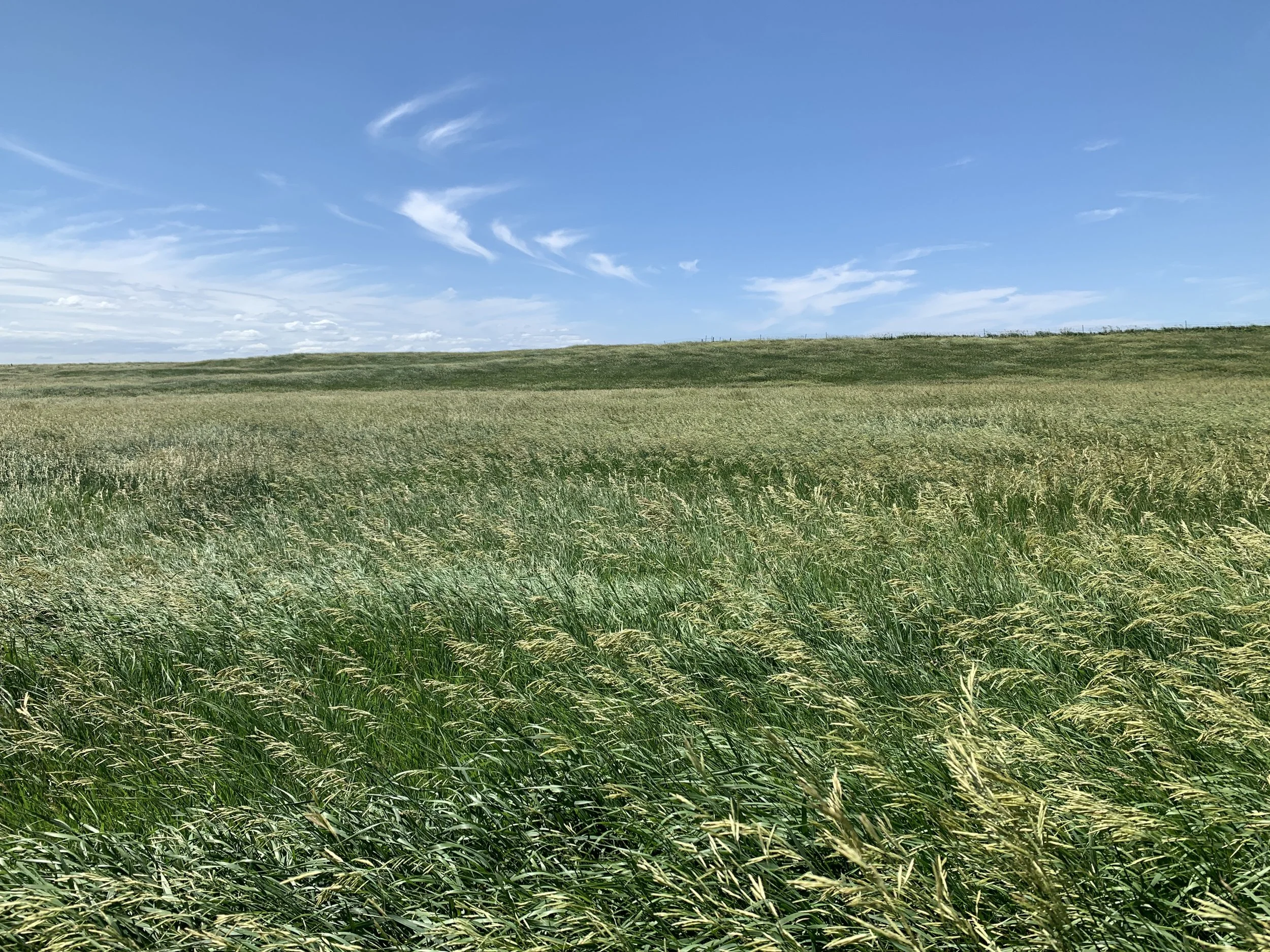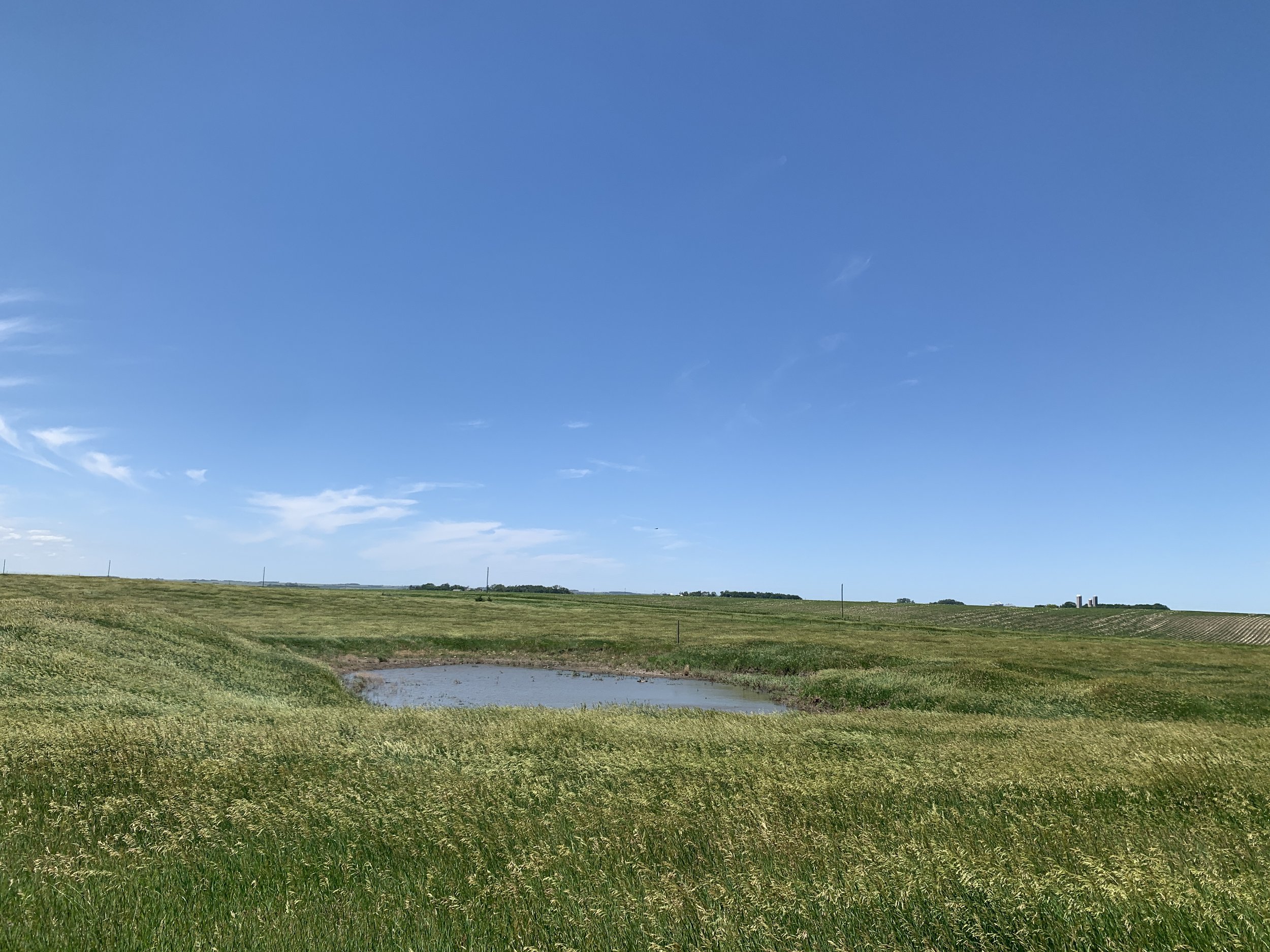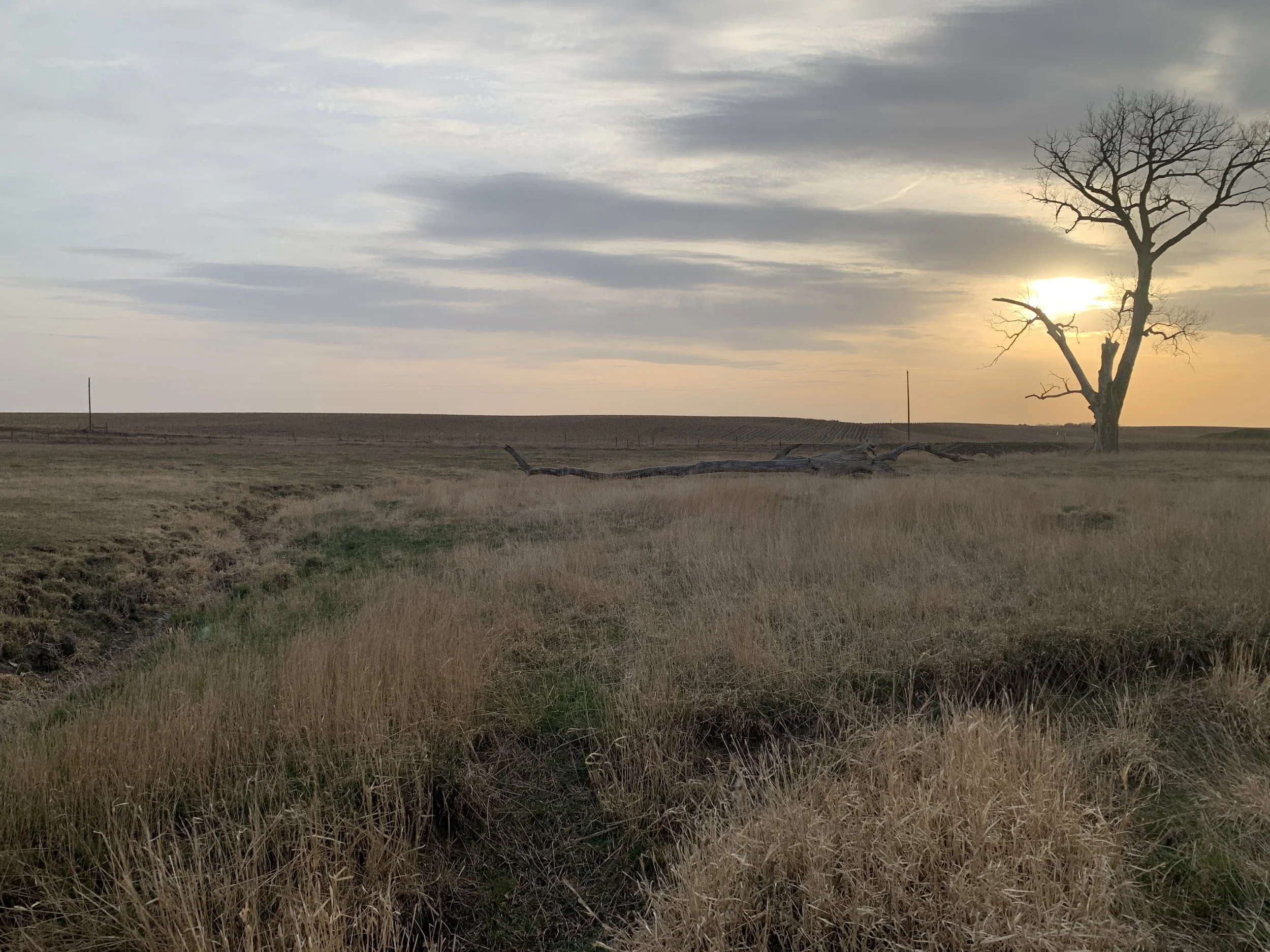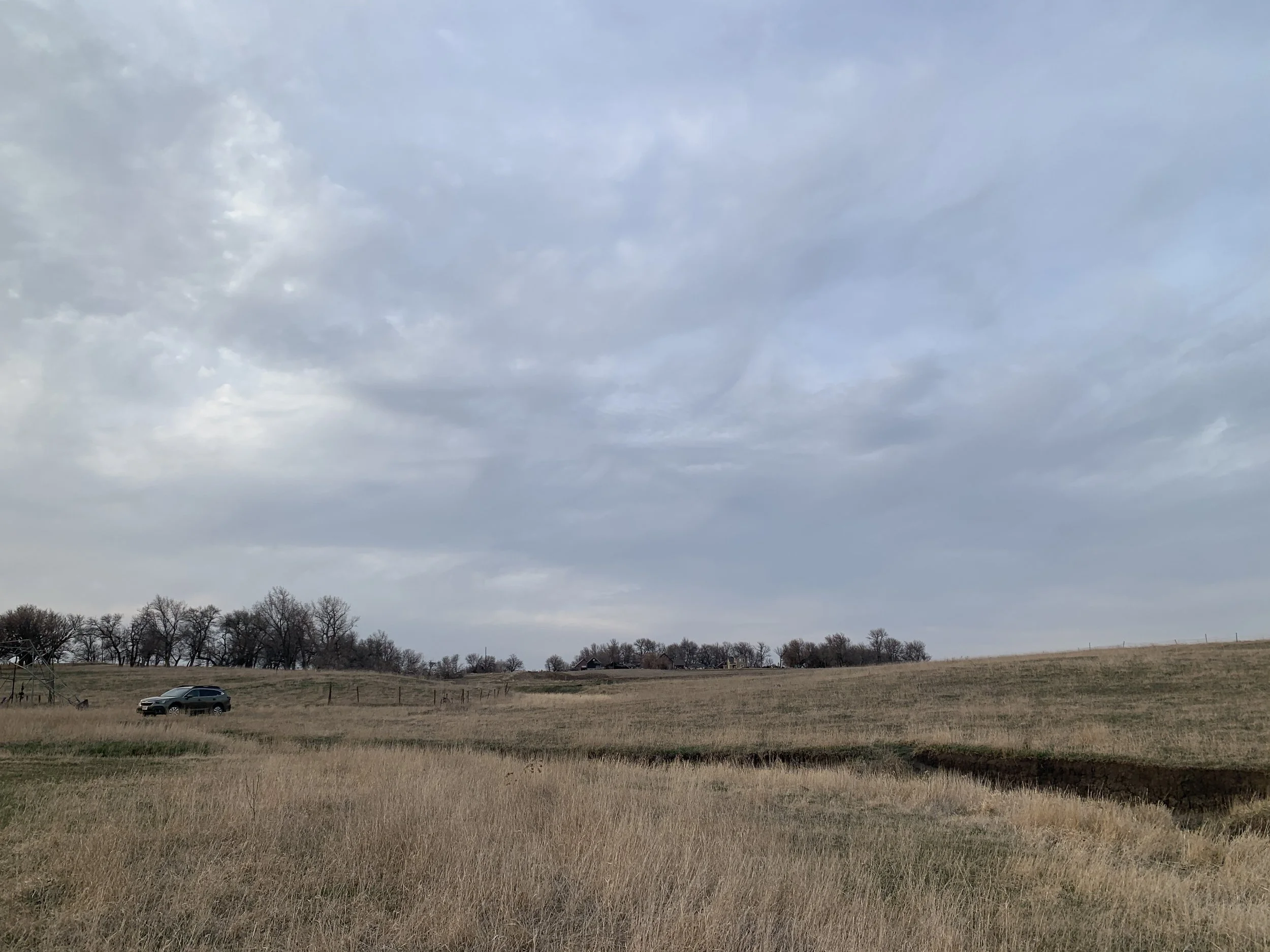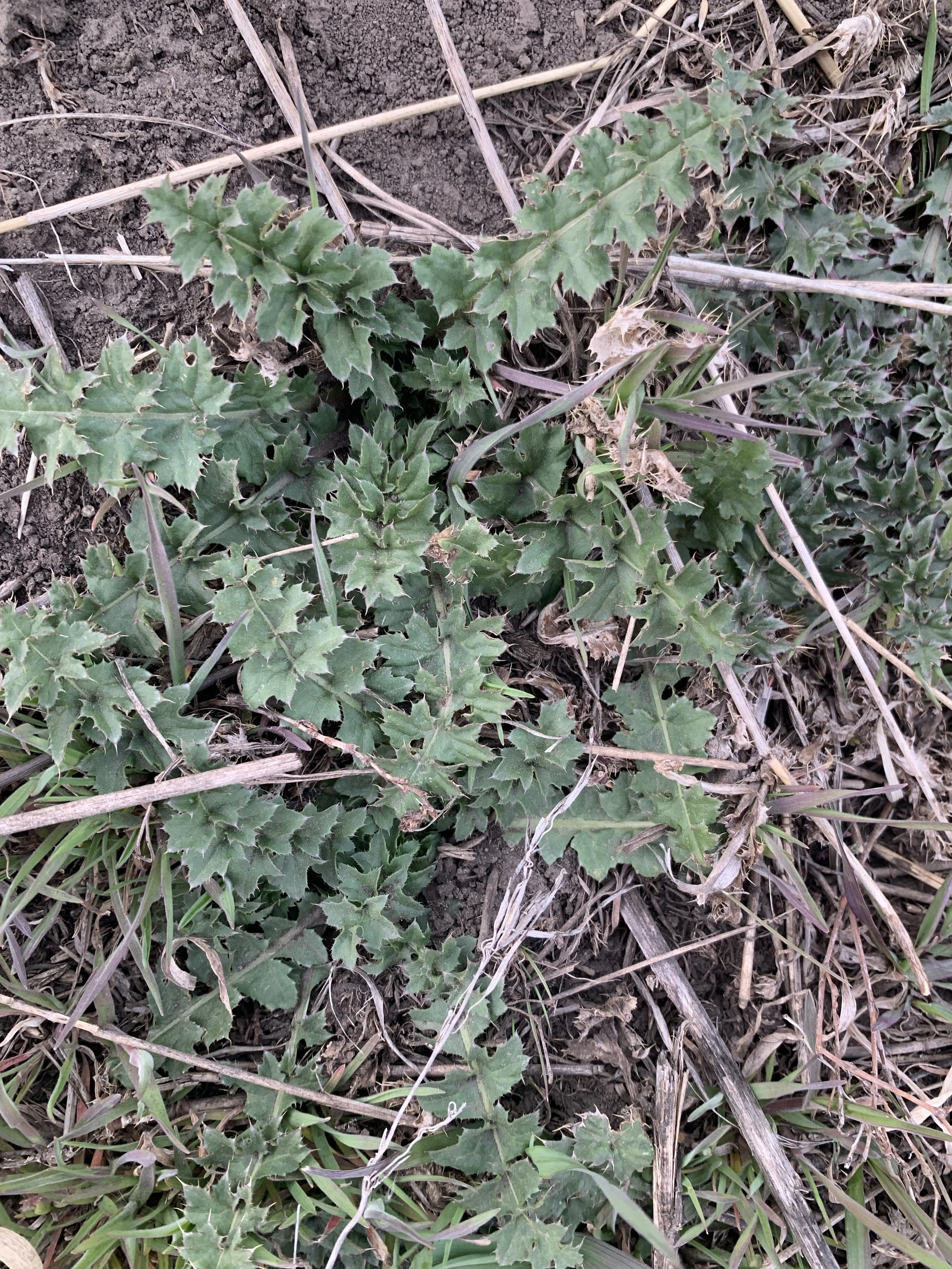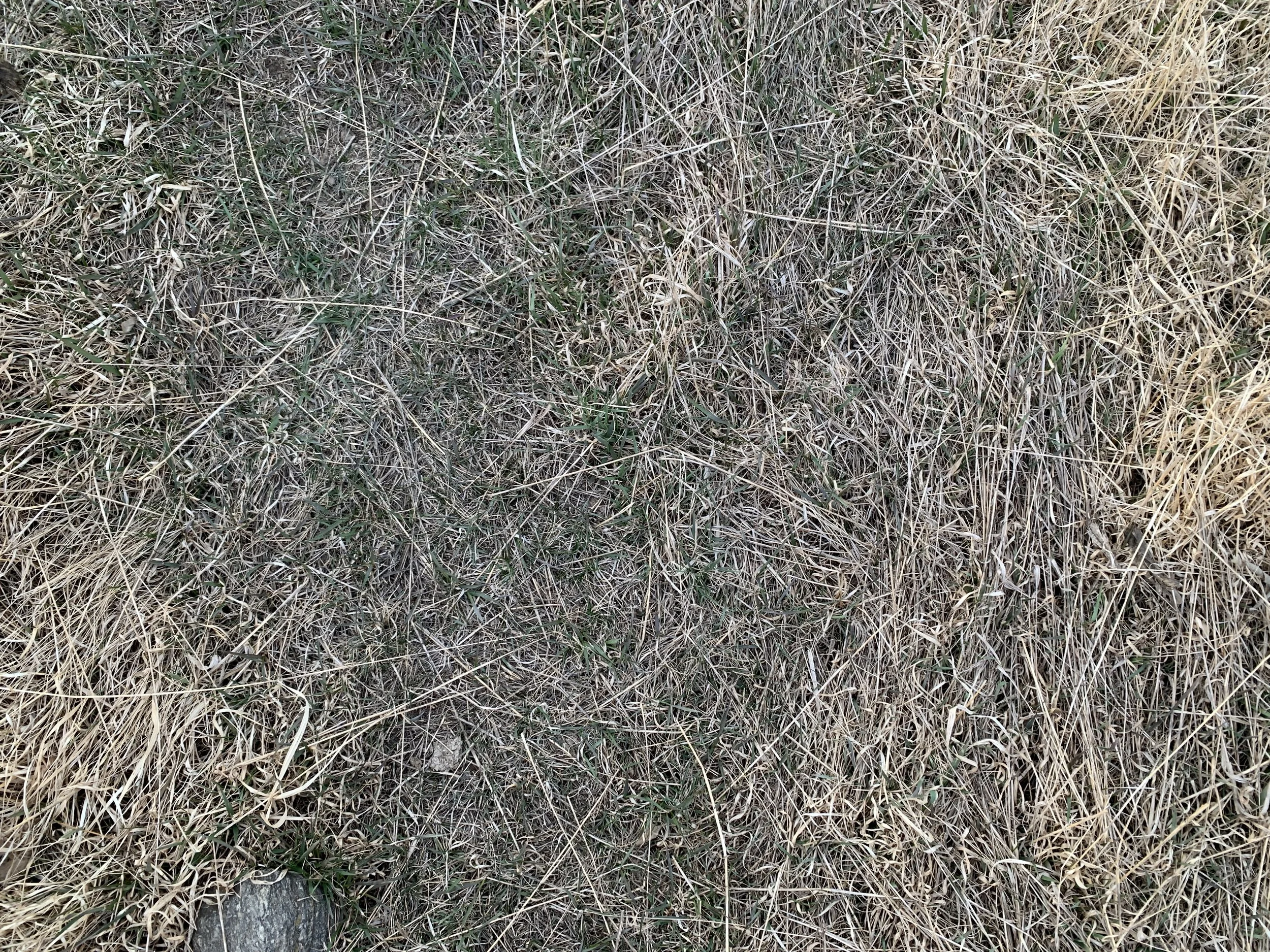Prepping for seed
So we are trying something new this year. We broke the 45 acres up into varoius paddocks with various methods of restoration being tested.
You can see in the photos we did some much needed clean up and even took down the damanged windmill.
Checking on the cows and fungi
We use cattle to help us restore the biology to the soil.
Cows can be used as part of a holistic approach to prairie restoration through a practice known as managed grazing or conservation grazing. When properly implemented, this approach can mimic the historical role of large herbivores, such as bison, in shaping and maintaining prairie ecosystems. Here are some ways in which cows can be utilized for prairie restoration:
Grazing Mimicry: Historically, large herbivores played a crucial role in shaping prairie landscapes through grazing. Cows can be used to mimic this natural process, helping to manage vegetation, control invasive species, and promote the growth of native grasses and forbs. Grazing helps maintain the openness of the landscape, preventing the dominance of woody vegetation.
Seed Dispersal: Cows can inadvertently aid in seed dispersal. As they move through the landscape, seeds can attach to their fur or be transported in their digestive systems. This can contribute to the natural dispersal of seeds, promoting the growth of diverse plant species within the prairie.
Vegetation Management: Controlled grazing can be used to manage vegetation composition and structure. By strategically moving cattle through different areas of the prairie at specific times, land managers can influence the abundance of certain plant species, control invasive plants, and promote the regeneration of native vegetation.
Soil Disturbance: Cows, through their grazing and movement, can contribute to soil disturbance. This can be beneficial for promoting seed germination and establishing new plant growth. Moderate soil disturbance can also prevent the accumulation of thatch and create microsites for seedling establishment.
Dung Fertilization: Cattle dung serves as a source of organic matter and nutrients for the soil. It contains nutrients like nitrogen and phosphorus, which can contribute to soil fertility and support plant growth. The dung also provides habitat for dung beetles and other decomposers, enhancing nutrient cycling.
Restoration of Disturbed Areas: Cows can be employed to restore degraded or disturbed prairie areas. By carefully managing their grazing patterns, land managers can encourage the recovery of native vegetation in areas that have been impacted by agriculture, development, or other disturbances.
Rotational Grazing: Implementing rotational or planned grazing systems ensures that cattle are moved through different sections of the prairie in a controlled manner. This prevents overgrazing, allows for rest and recovery periods, and promotes a more even distribution of grazing pressure, supporting the overall health of the ecosystem.
It's important to note that effective management is crucial when using cattle for prairie restoration to prevent overgrazing and ensure positive ecological outcomes. Collaboration with ecologists, land managers, and conservationists is often necessary to develop and implement grazing plans that align with the specific goals of prairie restoration projects.
The BDAs work!
We are definitely slowing down and retaining water on the land. Time for more Beaver Dam Anologs. We also had our wonderful grazing partner cut down some weeds in the corners.
Be the Beaver
Beaver dams offer a variety of environmental benefits, playing a crucial role in shaping and enhancing ecosystems. Here are some of the key advantages provided by beaver dams:
Water Storage: Beaver dams create ponds and wetlands by impounding water. This stored water helps in regulating stream flow, especially during dry periods, providing a consistent water source for various plants and animals.
Flood Prevention: By slowing down the flow of water, beaver dams can help prevent or mitigate floods. The dams act as natural barriers that absorb excess water during heavy rains, reducing the risk of downstream flooding.
Groundwater Recharge: Beaver dams facilitate the recharge of groundwater by holding water in the landscape. This is essential for maintaining soil moisture and sustaining vegetation, particularly in arid or semi-arid regions.
Erosion Control: The structures created by beavers, including dams and lodges, help control soil erosion along riverbanks and shorelines. The slowed water flow allows sediments to settle, preventing excessive erosion.
Habitat Creation: Beaver ponds and wetlands create diverse habitats that support a wide range of plant and animal species. The standing water provides breeding and foraging grounds for amphibians, insects, fish, and waterfowl. Additionally, the wetland environment promotes the growth of aquatic vegetation.
Biodiversity: The complex ecosystems formed around beaver dams contribute to increased biodiversity. The varied habitats created by the dams attract a diverse array of wildlife, including birds, mammals, and aquatic species. This biodiversity, in turn, strengthens the overall resilience of the ecosystem.
Water Quality Improvement: Beaver dams help filter and purify water by trapping sediment and pollutants. This results in improved water quality downstream as the water gradually moves through the beaver-created wetlands.
Climate Change Resilience: Beaver dams may play a role in climate change resilience. The stored water in beaver ponds can act as a buffer against drought, helping ecosystems cope with changing climate conditions. Additionally, the creation of wetlands contributes to carbon sequestration.
It's important to note that while beaver activity provides these ecological benefits, conflicts can arise in human-altered landscapes, such as flooded areas around roads and agricultural fields. In some cases, efforts are made to manage beaver-human conflicts and find ways to coexist with these ecosystem engineers.
Beaver Dam Anologs
Beaver dam analogs (BDAs) are human-built structures designed to mimic the functions of natural beaver dams. These structures are created to restore or enhance ecosystems by imitating the hydrological and ecological benefits of beaver activity. Beavers are known for their dam-building behavior, which creates wetlands and alters landscapes in ways that benefit various plant and animal species.
Benefits of Beaver Dam Analogs:
Water Retention and Recharge: BDAs help in retaining water in the landscape. By slowing down the flow of water, they allow for increased groundwater recharge and help prevent water runoff. This is especially valuable in arid or semi-arid regions.
Floodplain Restoration: Beaver dam analogs contribute to the restoration of floodplains by creating diverse wetland habitats. They enhance the natural floodplain functions and promote biodiversity by providing suitable habitats for various plants, insects, amphibians, and birds.
Improved Water Quality: Slowing down water flow allows sediments and pollutants to settle, leading to improved water quality downstream. This can have positive effects on aquatic ecosystems and human water supplies.
Wildlife Habitat: The creation of wetlands and associated habitats supports a wide range of wildlife. Beaver dam analogs attract various species, including birds, mammals, amphibians, and insects, contributing to increased biodiversity.
Erosion Control: By slowing the movement of water, BDAs can help control erosion in riverbanks and other areas prone to soil loss. This is particularly useful in areas affected by human activities that have disrupted natural hydrological processes.
Climate Change Resilience: Beaver dam analogs may play a role in climate change resilience by contributing to water storage, reducing the impacts of drought, and supporting ecosystems that can adapt to changing conditions.
It's important to note that the success of beaver dam analog projects depends on proper design and site selection. Additionally, these structures should be monitored to ensure they achieve their intended ecological goals without causing unintended negative consequences.
What did the rain bring?
Visited the prairie two days in a row to see what happens when it rains. We are trying to understand flows on the property: flows of water, wind, animals, seeds, etc. Also the raccoons have been busy working through the large brush piles left behind from renovating the shelter belt.
Seeding the soil, Testing the water
On Sunday I headed out to the prairie with my girls. I am trying as best I can to let the wild spaces find a place in their hearts. All of us need the wild. We need to be hot and cold and wet. We need to smell the smells and hear the birds and be scared by something unusual. The temperature reached above 50 for the first time this year that I can remember so I was eager to see the snow runoff and feel the sun.
The drive out there was less muddy on the maintained portions of the road than I expected but way sloppier on the unmaintained. Thank goodness for a Subaru.
Well there was so much runoff you could hear it even amongst the howling winds. We parked in the shelter belt gate on the north end. From there, there is easy access to water coming in from the West, North, and East fields and joining down at the dugout.
Well we were there 5 minutes before my oldest daughter Claire fell into the creek above. She had forgotten that it was a little ravine and just thought it was a snow pile. Needless to say she fell in thigh deep. We all “helped” her by laughing at her and taking her pic.
Seeding the Prairie
Our first actual goal of the day was to plant prairie seeds in 2 test spots. The next 4 pictures are me zooming in for you to the north end of the prairie to 2 spots marked in white. The darker soil is the stand from last year in the prairie.
I say that one of these spots is 10 meters squared and the other is 100 meters squared but I did not have a tape measure. I simply paced off something close to it. They may be closer to 8 meters squared and 64 meters squared. While one child scraped back the duff, the others sprinkled in and stomped in the seed mix.
Each area received the same amount of seeds. This will give us some idea how density impacts the areas. Also one is in the trees and the other is along the water. Hopefully we learn something. The seed mix was:
Nine parts Anise hyssop donated by Lauren Forsch of Sioux Falls
One Part Milk weed donated by Prairie Ally in Luverne, MN
One Part Allium donated by Lauren Forsch of Sioux Falls
One Part Hydrangea donated by Lauren Forsch of Sioux Falls
Two Parts Prairie Mix donated by Steven Fisher of Pilot Mound, MN
Two Parts Dense Blazing Star donated by Lauren Forsch of Sioux Falls
The hope, of course, from seeding the prairie is that we begin to understand what the land will and won’t support. I gathered all of these seeds from thriving plants in our bioregion. I hope that this increases our chances for success as these seeds are climate-adjusted.
Testing the water
We tested the water in 2 spots. Location one had the runoff from the pasture to the west of us. Location 2 had the runoff from the drain tile and pasture to the east of the shelter belt area.
At Test Site 1 we did Nitrate, Ammonia, and Phosphorus tests
25mg/L of Nitrates were measured.
NH3 + NH4+ Ammonia measured <0.15 mg/L
On the phosphorus test I had some help
Our phosphate measurement was 0.5 mg/L.
At Test Site 2 we did Nitrate, and Phosphorus tests. You’ll see my help was really into it.
We measured 10 mg/L of Nitrates
We measured 1.0 mg/L of Phosphorus
Overall our concern for the surface water is in regards to the cattle dugout to the west and manure levels and to with the drain tiles to the east. Surface runoff has plenty of buffer strip between tilled soil and the creek. However, drain tiles skip that buffer strip and drain directly into the creek. We will continue to monitor.
Winter cover
I took 2 wilderness and wildlife enthusiasts with me out to see the winter cover. We are pretty sure we found a leftover Baltimore Oriole nest in the tree. We also say many rabbit and mouse tracks. The silver maple was already budding. I think we have 2 of them at least.
Fall checkin
Took the girls back out to see how the fall was shaping up. We explored the old cottonwood and worked on the windmill some more.
We measured the grass where the cows helped graze it. They grazed it down to about 2 inches.
Here is a photo directly across the fence where they did not graze. You can see it is about 46 inches.
Fenceline update
Well the decision to partner with our neighbors the Waltners and how we were going to partner on this task took quite a few months. We had two primary goals to merge. The Waltner’s wanted a straighter fenceline so that plowing and harvesting in their big machinery was easier. Our shared fenceline used to look like this on the east side.
You can see our lighter color pasture against their dark green crop. You can also clearly see the property line as it stairsteps down and to the right. After many many negotiations, we agreed to the following:
Don’t change the property lines. Just create a working agreement between the parties.
Remove the end-of-life mulberry trees along the shared fence line on the north end of the pasture.
Make the fence “straighter” as it crossed the properties.
Net zero land for both parties. Because of the nature of triangles, as we straightened it out we “lost” 11 acres of prairie and “gained” 11 acres of cropland.
We will manage the weed situation in the released triangles from their portion.
We will put up a high-tensile fence around our pasture so we have grazing as an option.
Here is what we ended up with.
You can still see our old property lined shaded by darker appearing soil and their new cropland by the lighter appearing soil.
We could not have accomplished this without the ridiculous effort of Anne Waltner, our neighbor and Tom Gruber, our other neighbor and grazing partner.
We also had amazing help from a group of land lovers from Sioux Falls SD.
I can’t believe it still works
Let’s get right to it. Check out this video.
I dug this electric motor out of the dirt under the windmill and took it home to try and repair it. And it fired right up when I plugged it in. Can you believe that? Who knows the potential of life still on the property? The hidden gems. The surprises.
What are the weeds telling us?
The presence of noxious weeds like thistle can tell us several things about the quality and health of our soil, as weeds are often indicators of soil conditions.
Firstly, the presence of noxious weeds like thistle can indicate that the soil is disturbed or damaged. For example, thistle often thrives in areas that have been overgrazed or where the soil has been compacted, as these conditions can provide ideal growing conditions for the weed.
Secondly, the presence of noxious weeds like thistle can indicate that the soil is lacking in nutrients, particularly nitrogen. Thistle, like many other weeds, is a nitrogen-loving plant, and it will often grow in areas where there is an excess of nitrogen or where other plants are not competing for the nutrient.
Thirdly, the presence of noxious weeds like thistle can indicate that the soil is not being managed properly. For example, thistle can spread rapidly if not controlled, and it can quickly become a problem in agricultural settings. This may indicate that the landowner or manager is not taking appropriate measures to prevent the spread of the weed.
Overall, the presence of noxious weeds like thistle can indicate that the soil is not in good health, and that further management may be required to restore its quality. However, it is important to note that the presence of a single weed species should not be used as the sole indicator of soil health, as other factors such as weather conditions, land use, and management practices can also affect weed growth.
The overlooked pollinator
If you live in the Great Plains of North America, chances are you've seen the white-lined sphinx moth. These striking insects, with their long proboscis and distinctive white stripes on their wings, are not only beautiful to look at, but they also play an important role in pollinating the plants in the region.
The white-lined sphinx moth, also known as the hummingbird moth, is a common sight in the Great Plains during the summer months. They are most active during the day, hovering over flowers with their long proboscis extended to reach the nectar inside. As they feed, they inadvertently pick up and transfer pollen from flower to flower, making them an important pollinator.
One of the unique features of the white-lined sphinx moth is its ability to hover in mid-air, much like a hummingbird. This makes them particularly adept at pollinating flowers that are deep and narrow, which can be difficult for other insects to access. In addition to their role as pollinators, these moths also serve as an important food source for many animals, including birds and bats.
Despite their importance, white-lined sphinx moths are often overlooked by people. Many mistake them for hummingbirds, or simply don't notice them among the other insects buzzing around the flowers. But if you take the time to watch these beautiful creatures in action, you'll see just how important they are to the ecosystem of the Great Plains.
So the next time you see a white-lined sphinx moth hovering over a flower, take a moment to appreciate the role it plays in pollinating the plants around us. These small insects may be easy to overlook, but they are an essential part of the web of life in the Great Plains.
Life in the tallgrass
So we went back to the prairie again today. I cut some weeds and let the girls run again. Along the way, I found a bird’s nest in the thistle and saw a white-lined sphinx moth enjoy the thistle. Amazingly or sadly the thistle is the only thing blooming so the pollinators are making the most of it. Kind of sad to cut it.
The triangle areas along the border with the Waltners that is now untilled and going a bit crazy with the seed bank of super-resilient weeds. That field to the east is very sandy.
Another great find was a robin’s nest in the thistle. I left the plant standing so the little guys had a fighting chance!
Let the girls run
Sometimes you have to be wild in wild spaces. I took my two youngest girls and turned them loose. The grass was knee-high and there was water in the dugout. This is good. We need the moisture. The girls brought their dolls. The wind was 24 mph out of the NW and it was 79 degrees out. Clearly from the photos, you can see the smooth brome (Bromus inermus).
May Derecho
A broad, 400 mile-long path of destructive winds from a derecho and seven tornadoes moved from southern Nebraska to central Minnesota during the afternoon of May 12, 2022. Gusts as high as 107 mph were recorded in some areas.
And the big old cottonwood went down.
I got a text from the neighbors:
So as soon as I had a few hours available I hopped in the car and headed out. On the way there was a ferocious barn burning that seemed unmanned. I even called the fire department and they said they were aware of it.
And sure enough the old tree of life had completed it’s journey. Based on my calculations it is about 120 years old. It will take some chainsaw work to get it out of the roadway.
We are also prepping to move the fence in partnership with our neighbors to the east.
Dry Spring Evening
I popped out to the prairie again this evening. The thistle were already hard at work and some early grasses. This would be a great time to burn in the next couple of weeks. I am attending a burn clinic in Mitchell to learn how we can incorporate fire into our management strategy.
Walking the fields
Like any solid relationship, it takes time, and lots of listening. Today I just walked the fields. Listening. Trying to understand what they understand. In the winter the prairie mostly sleeps. This winter is very dry so the wind through the frozen dried grass sounds like the ocean.

